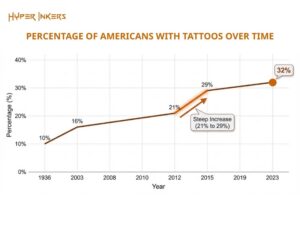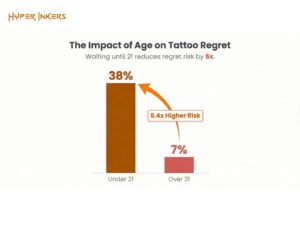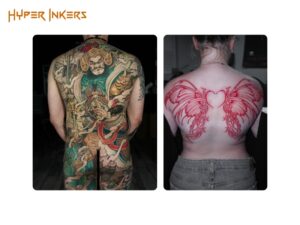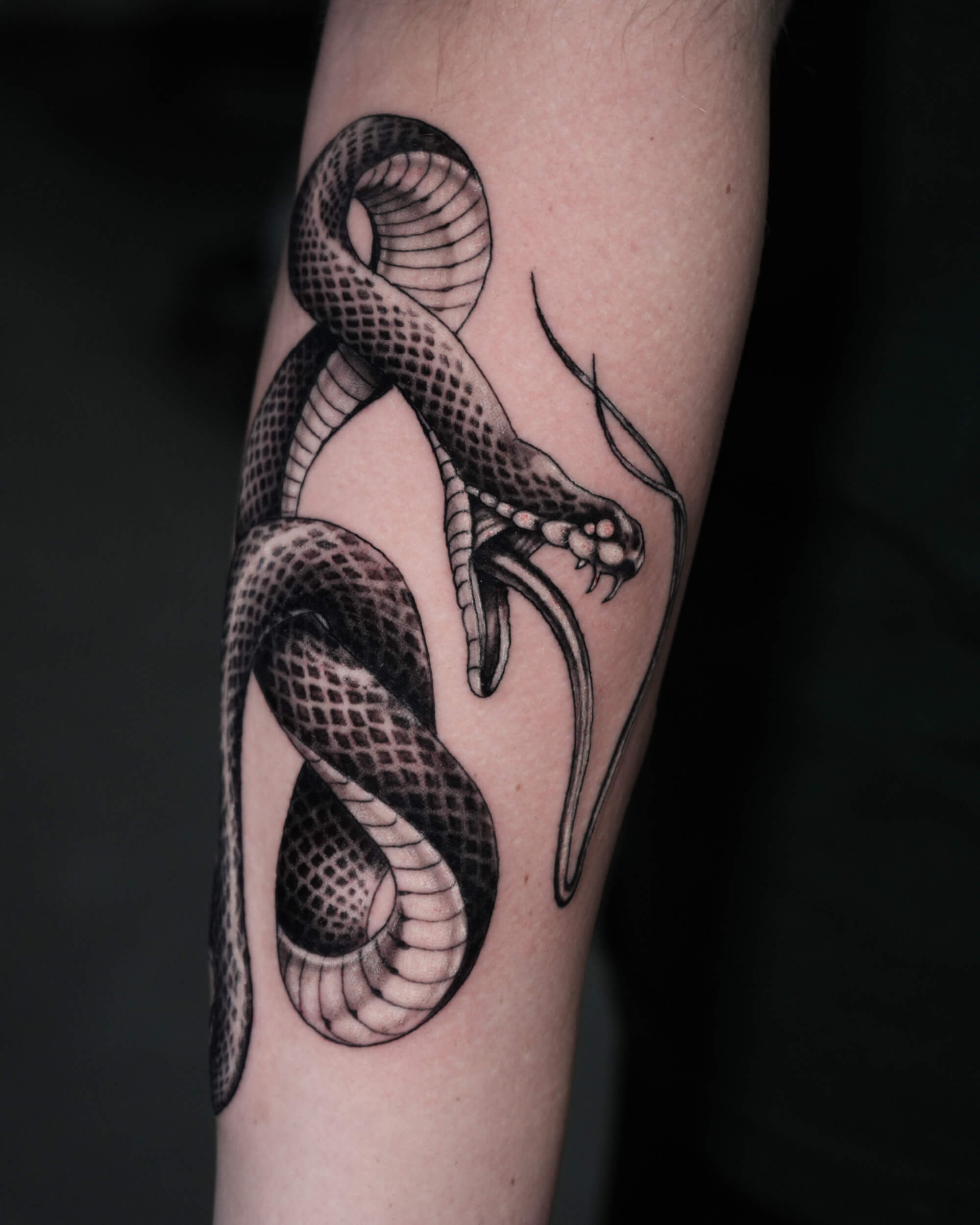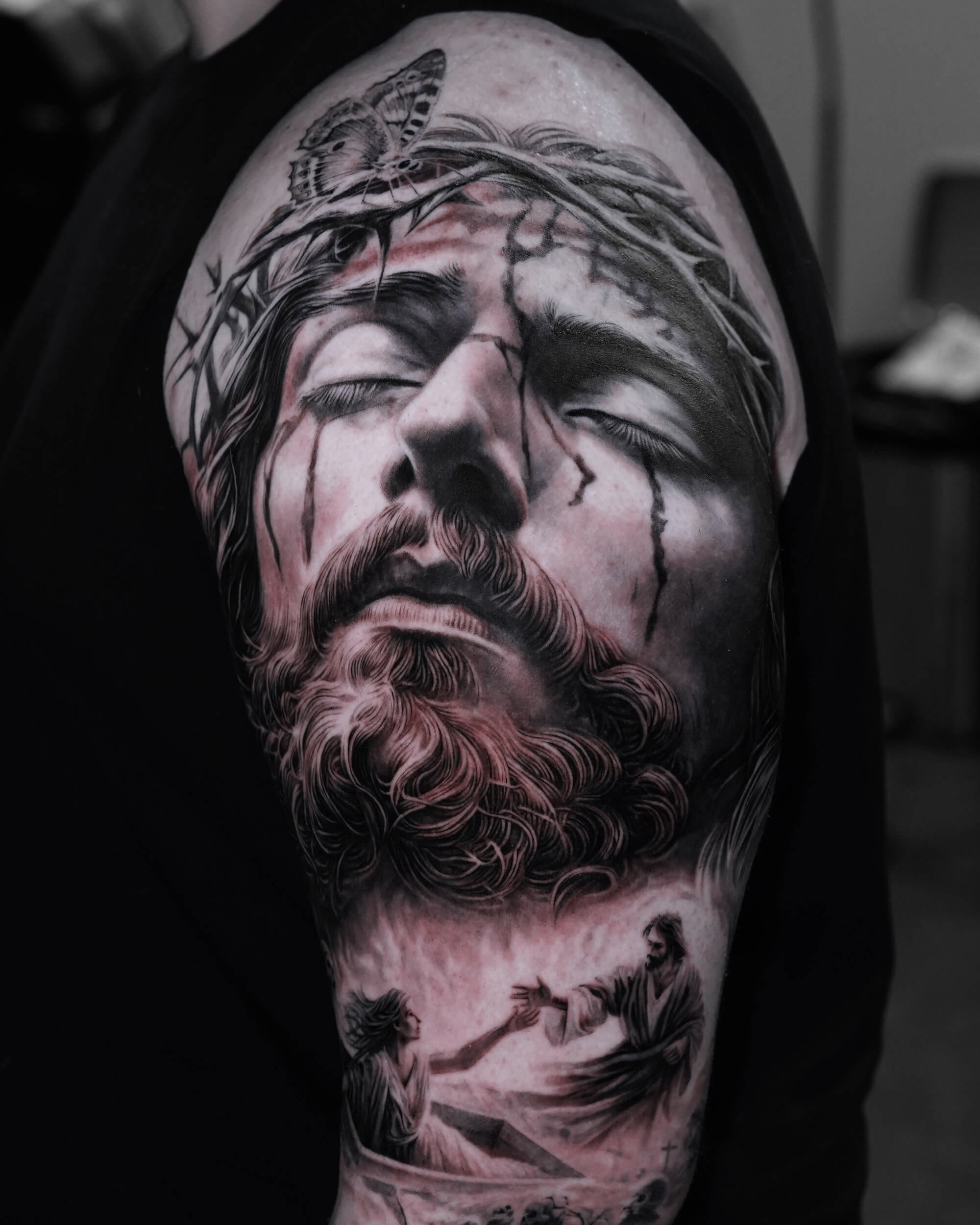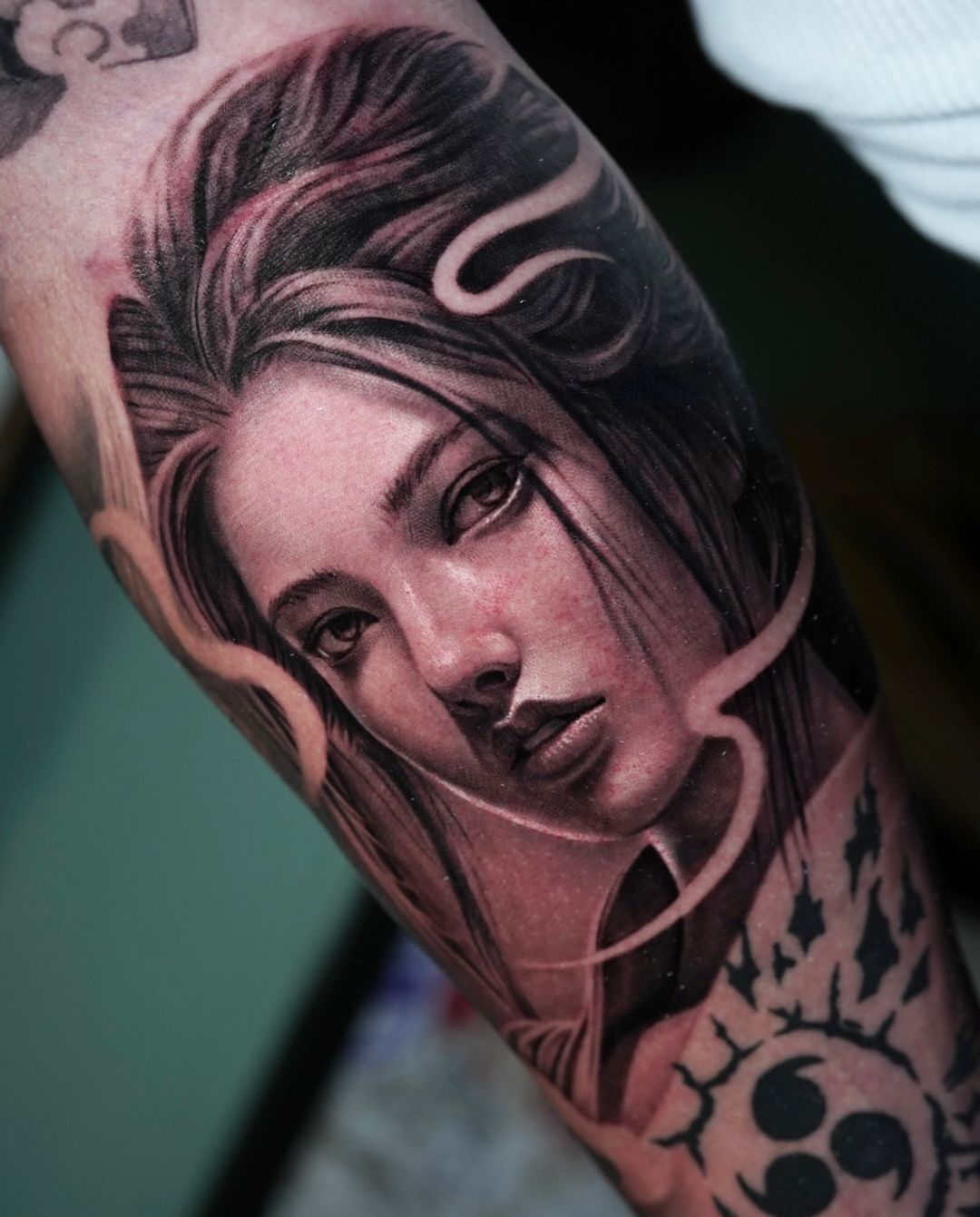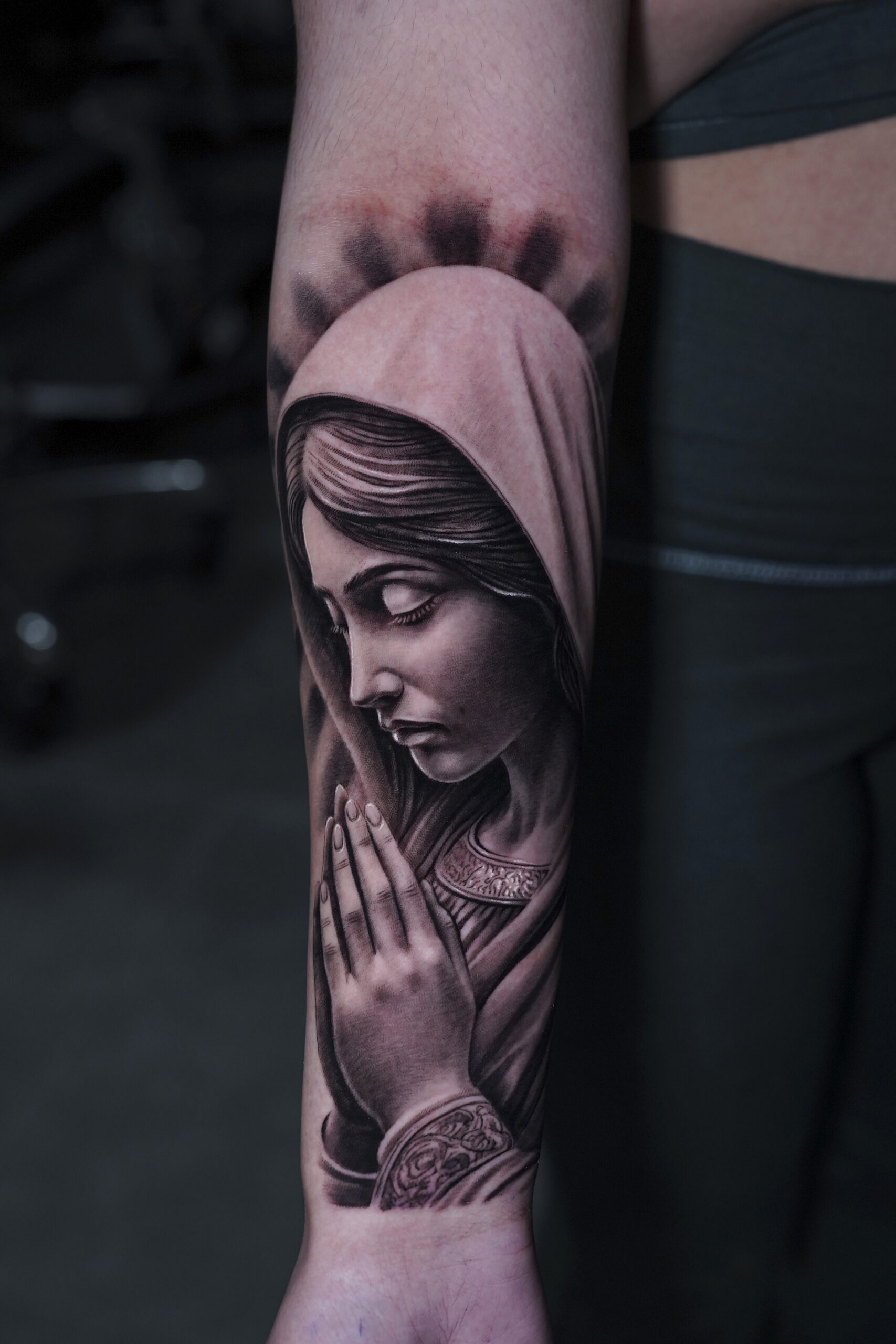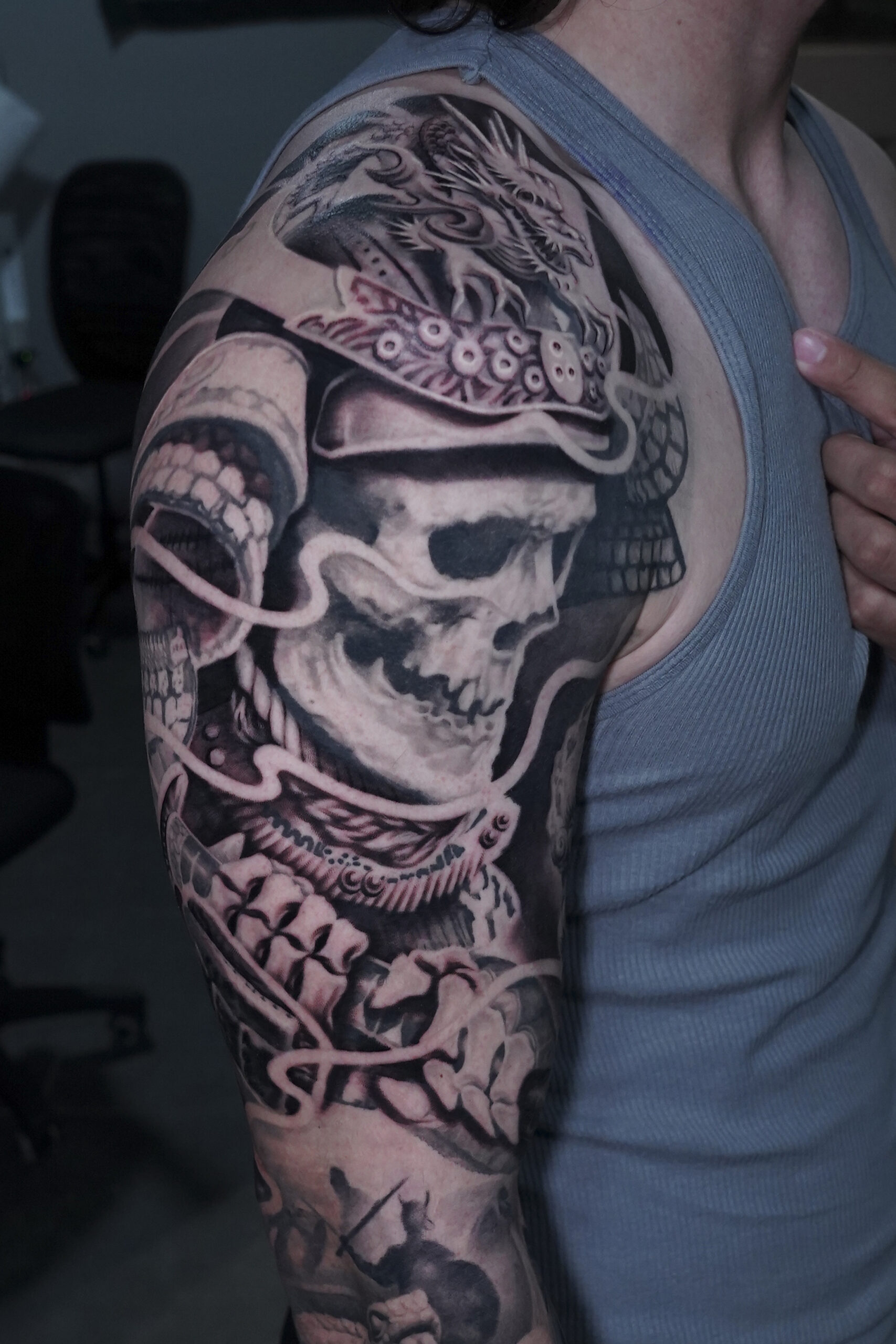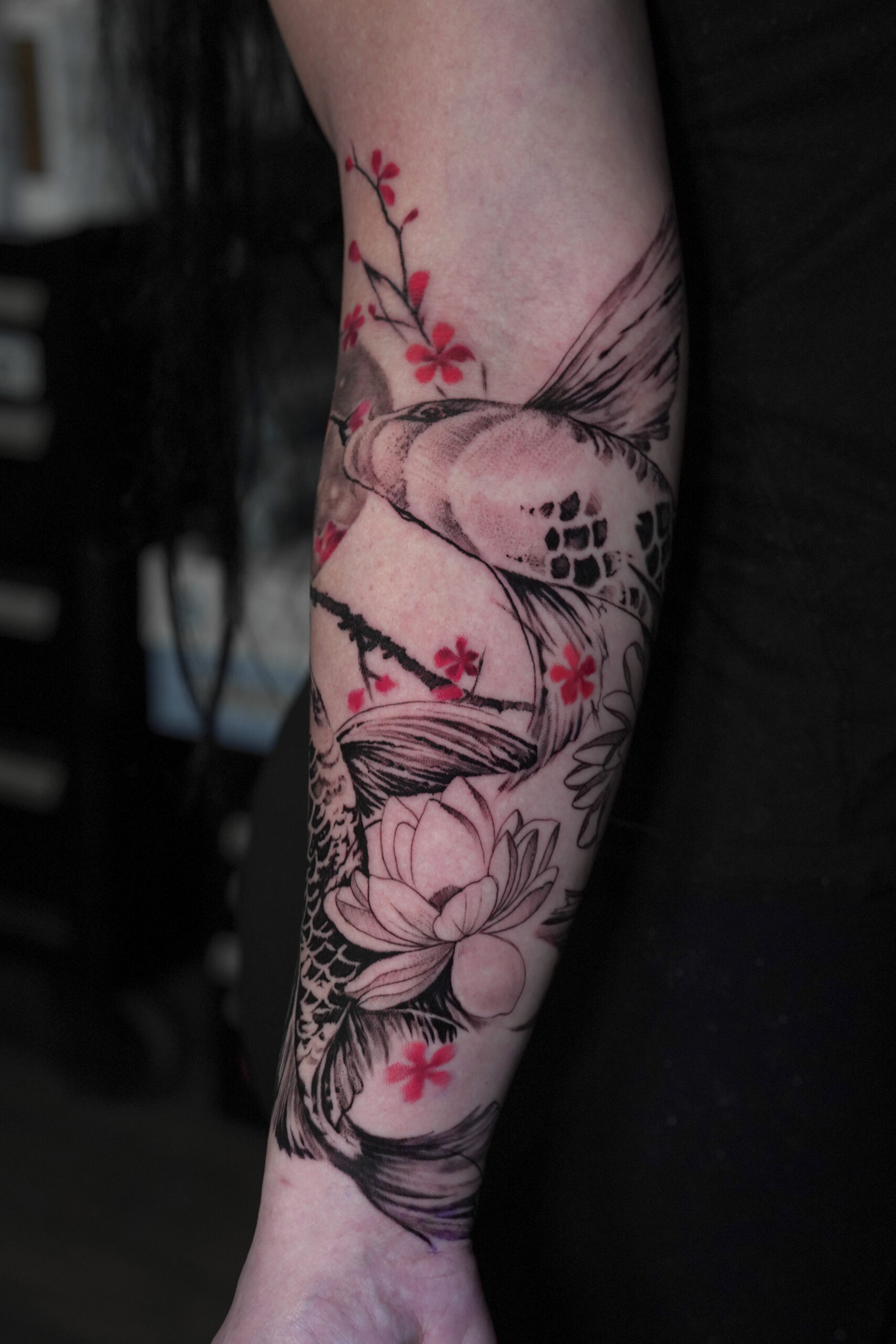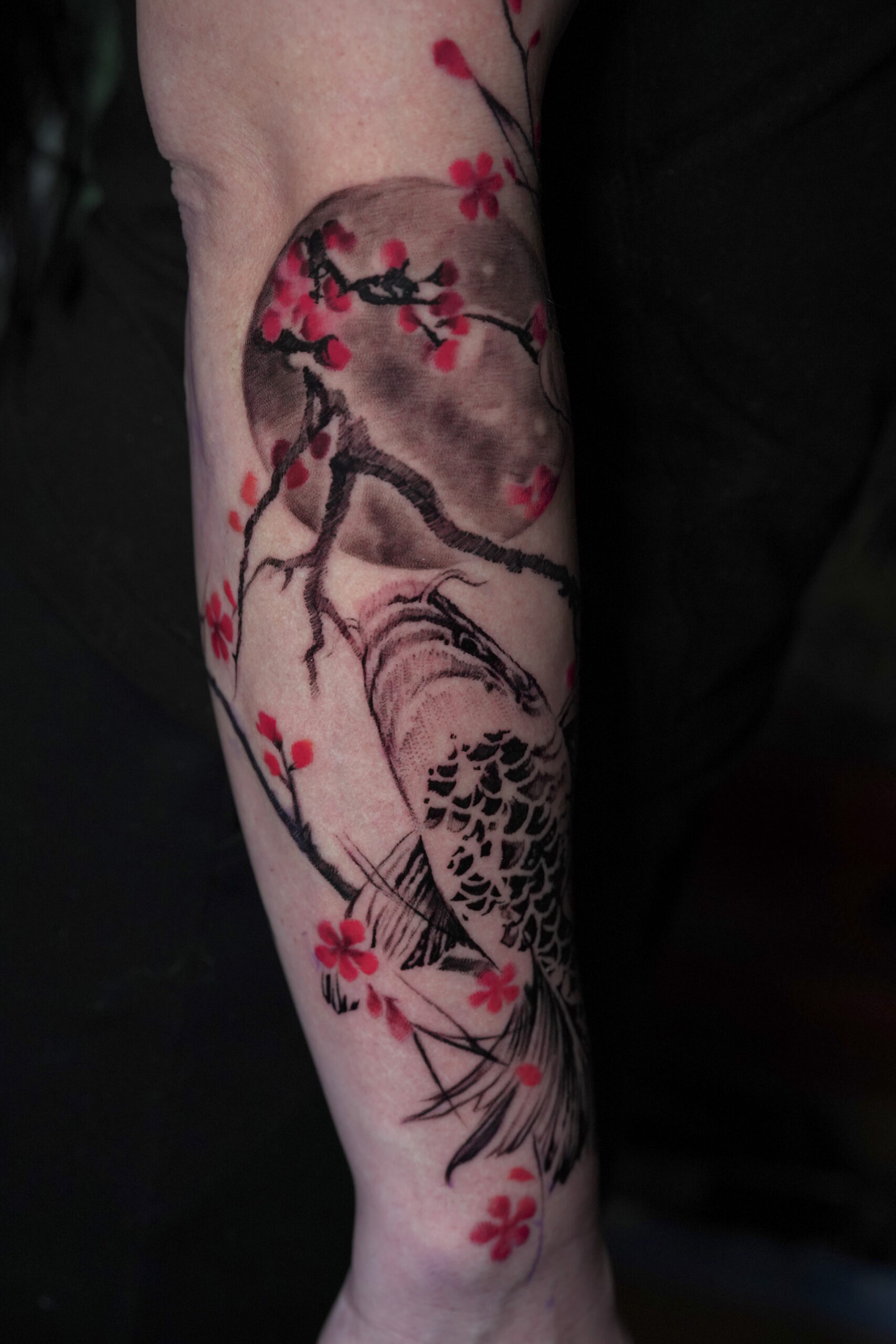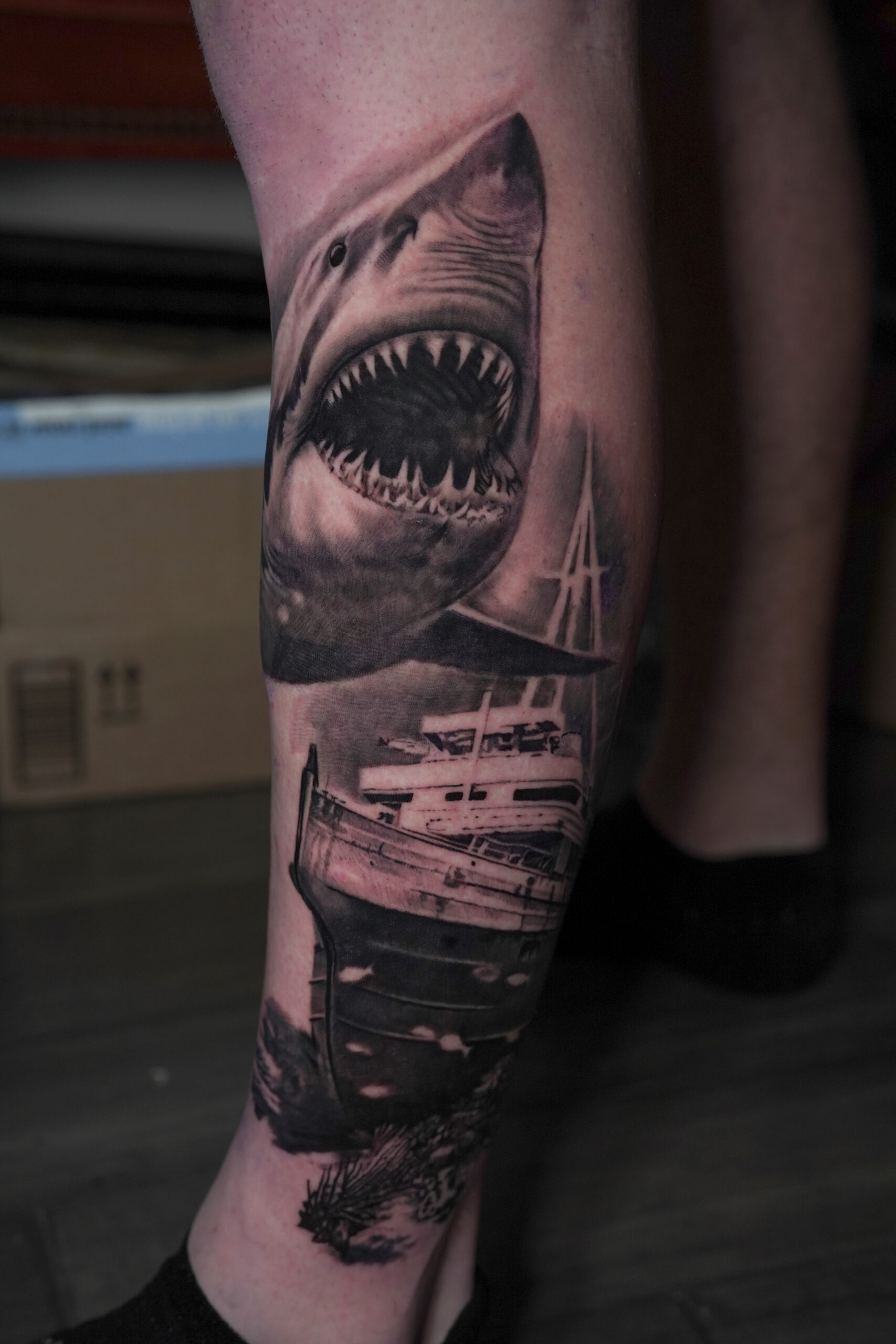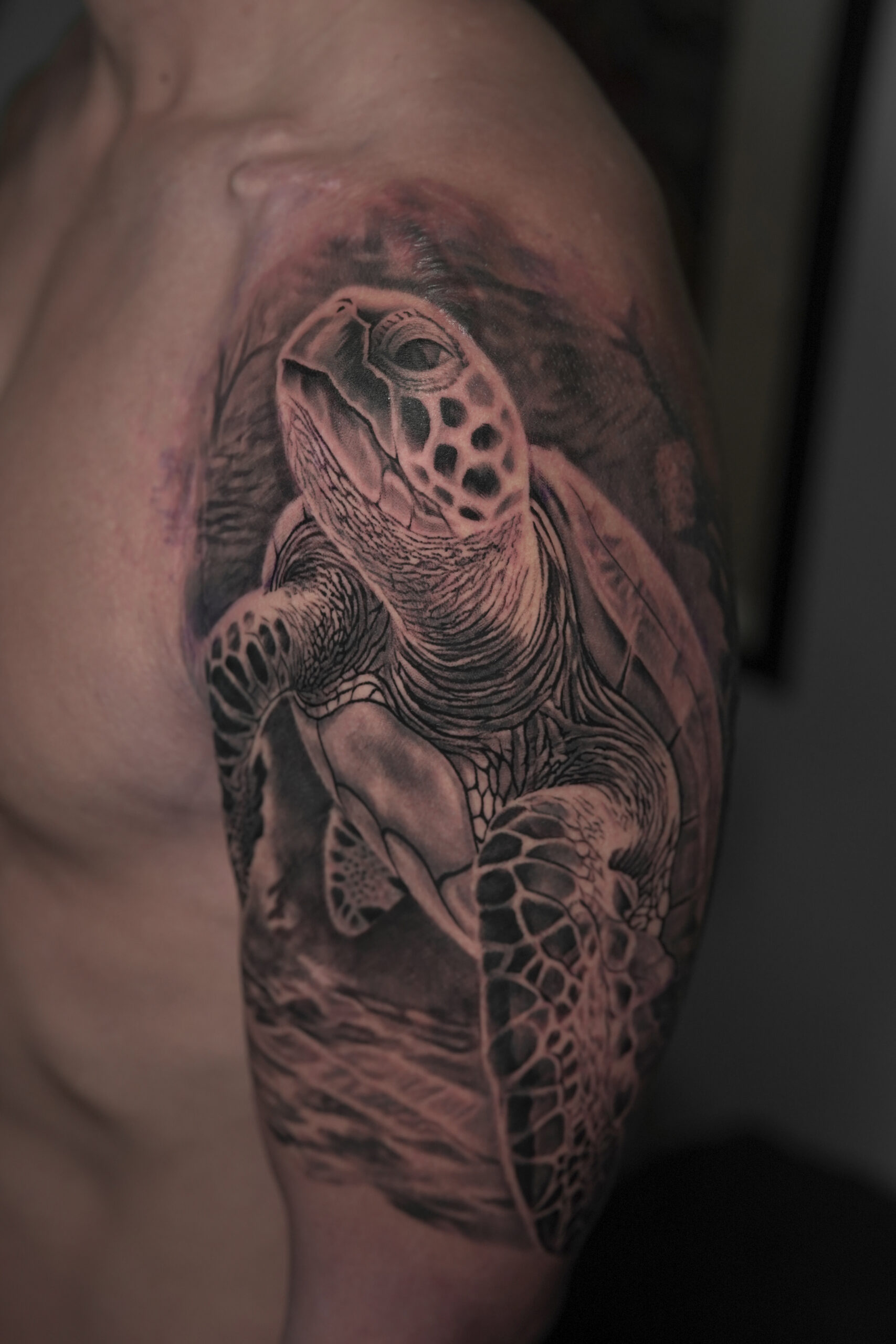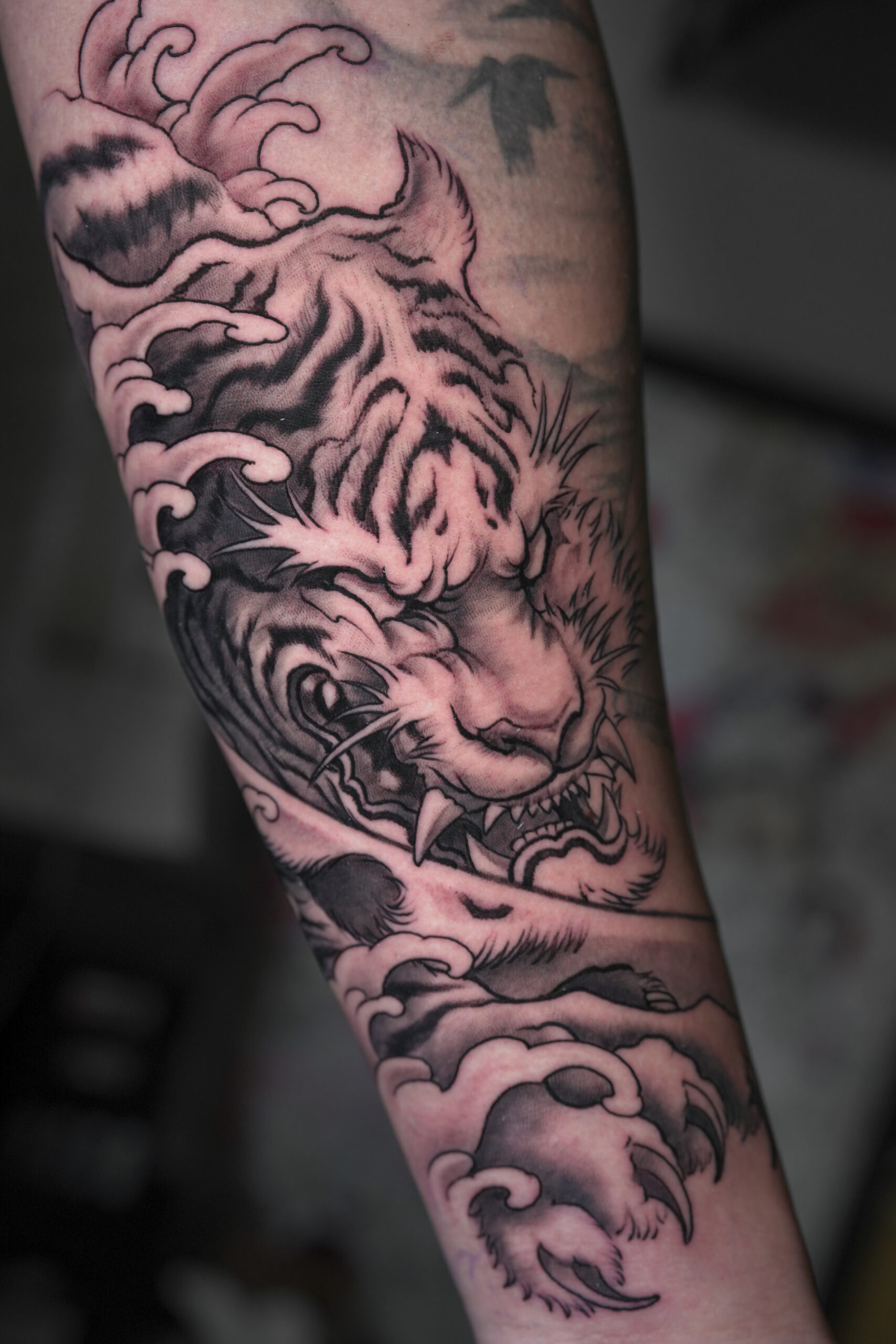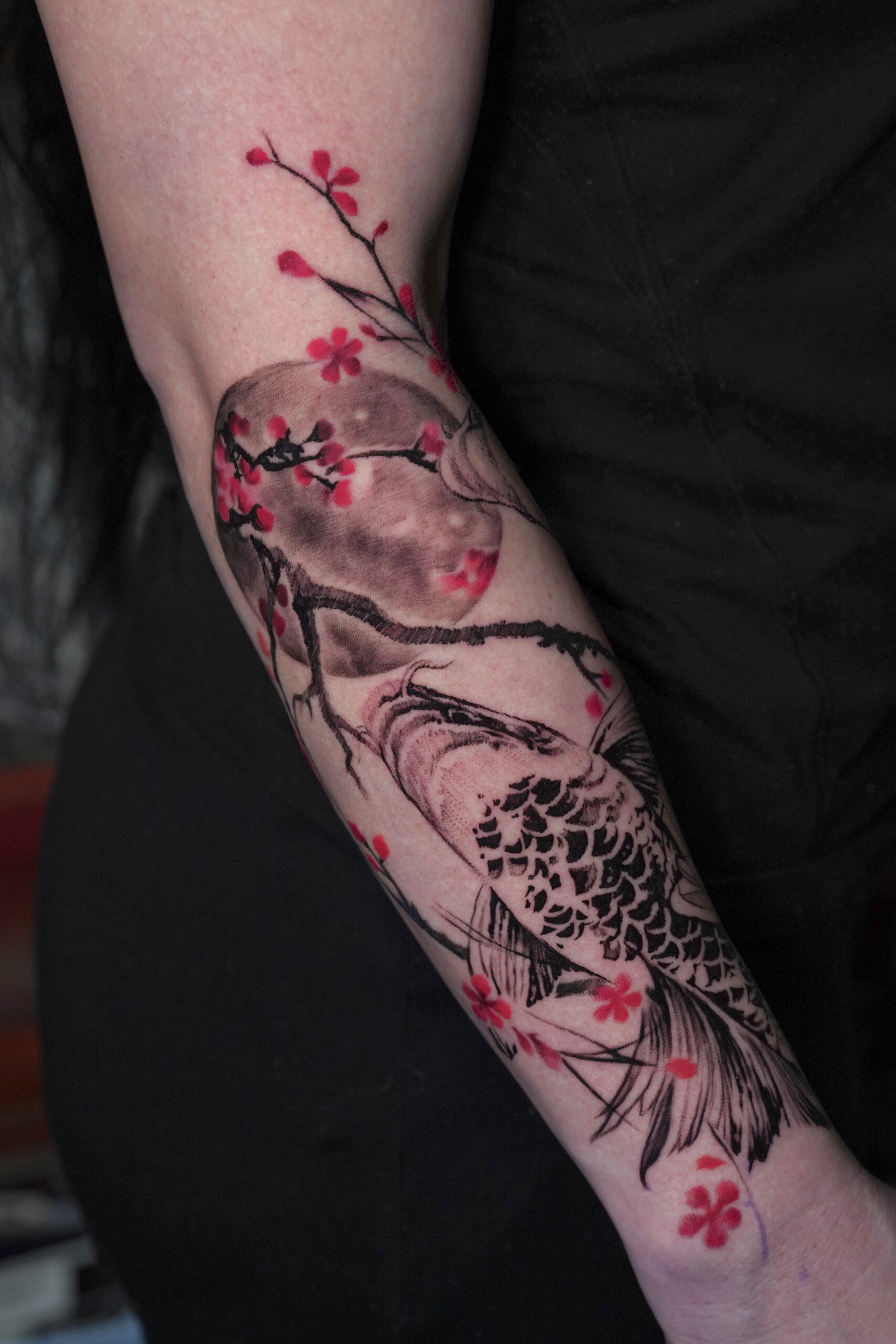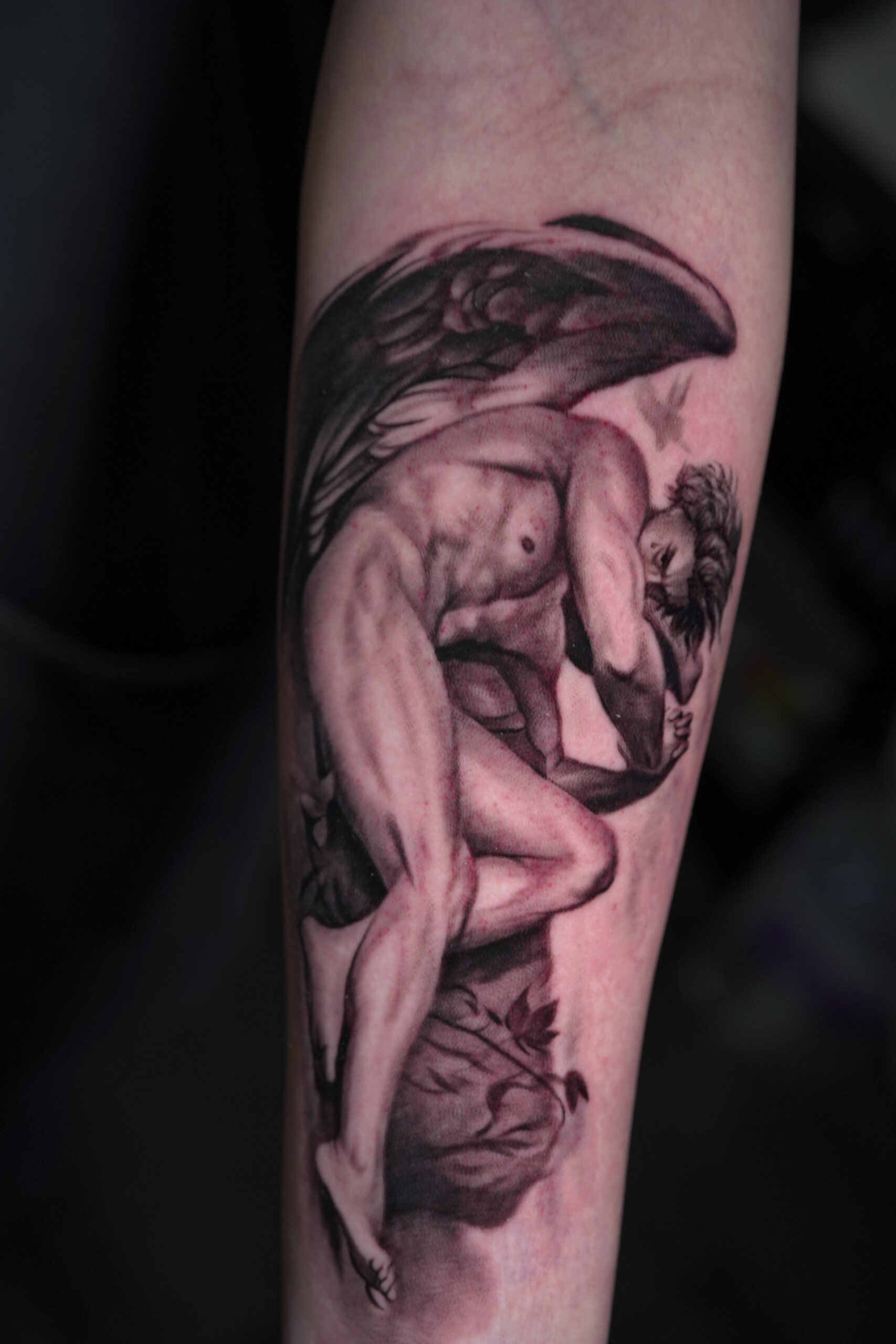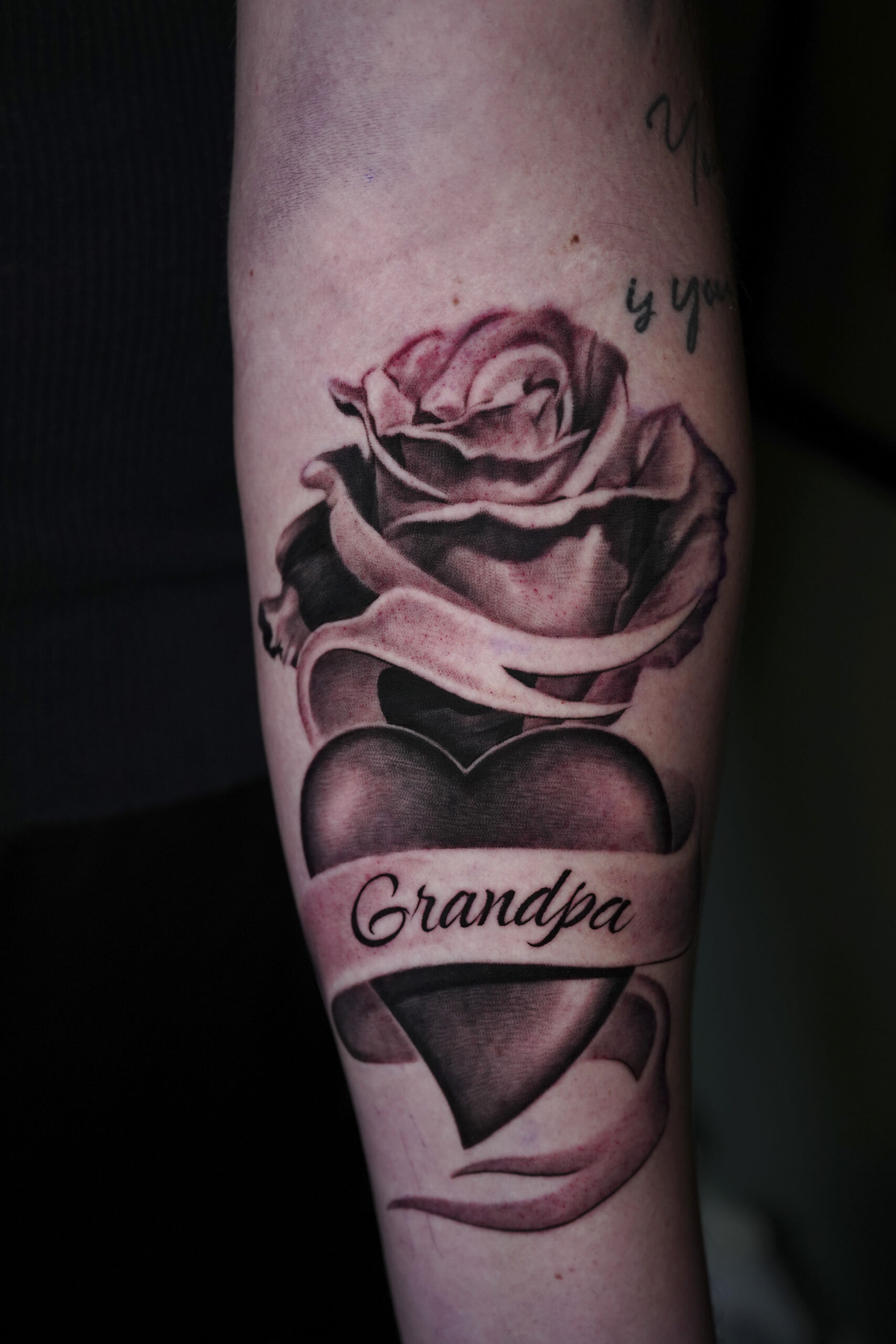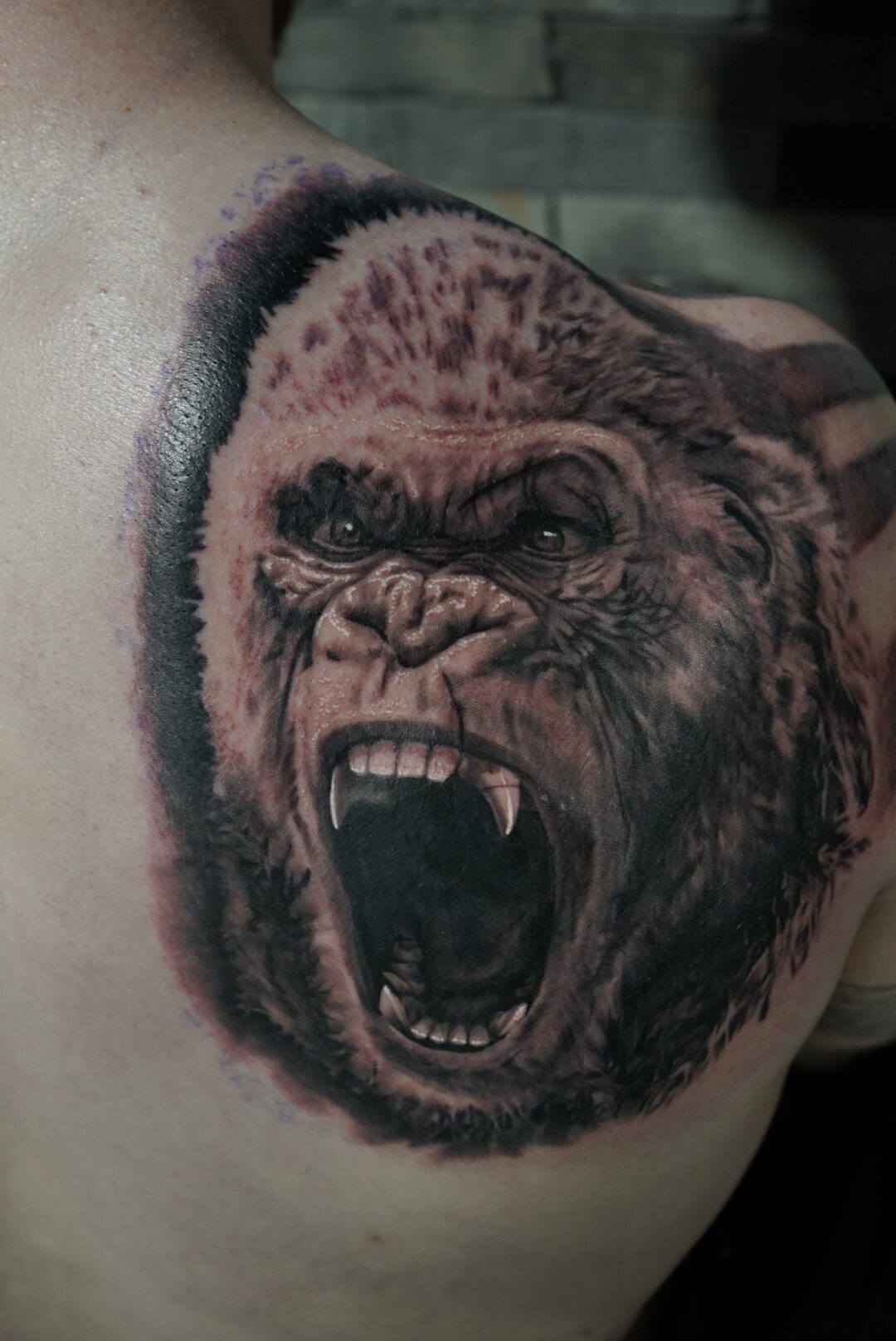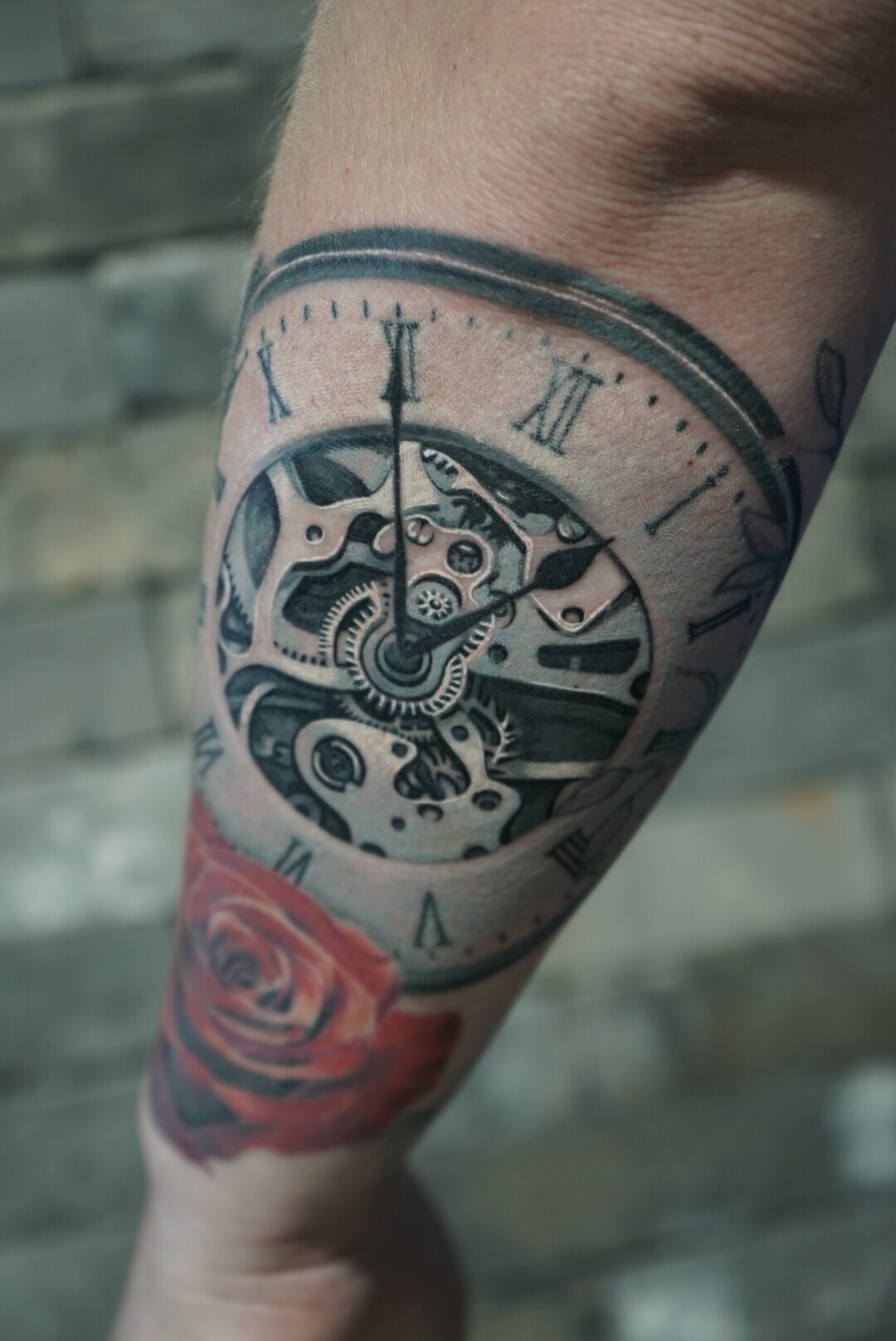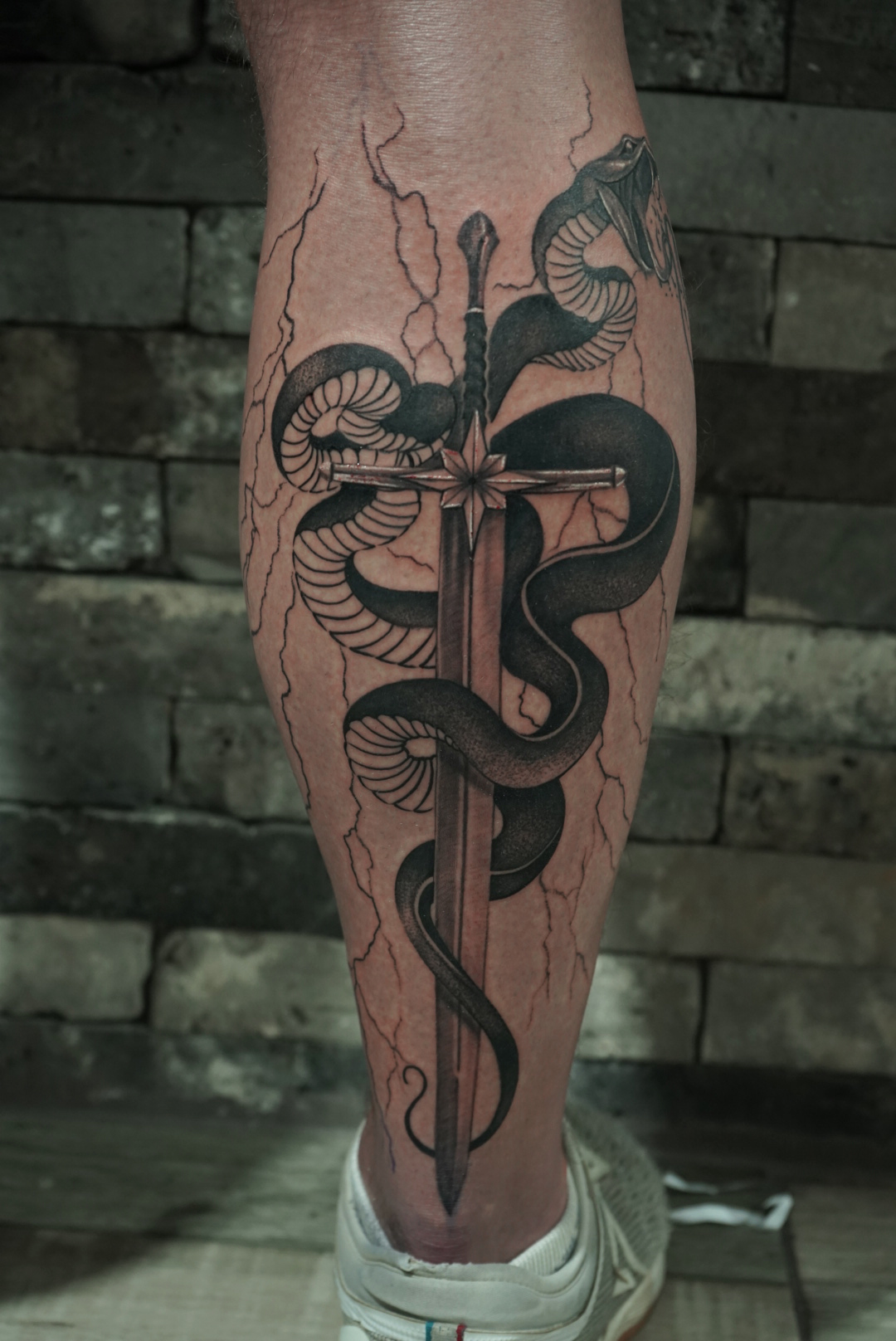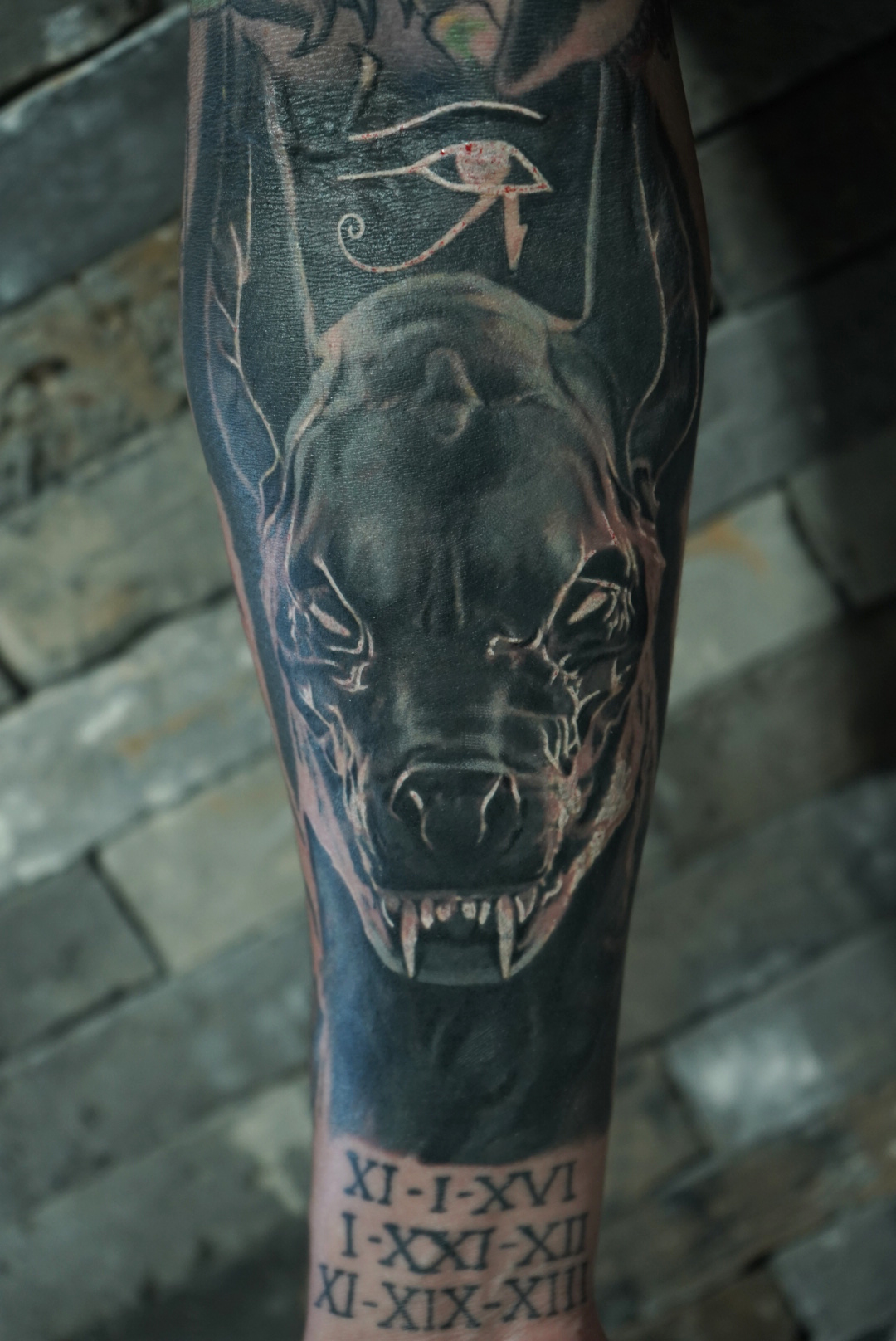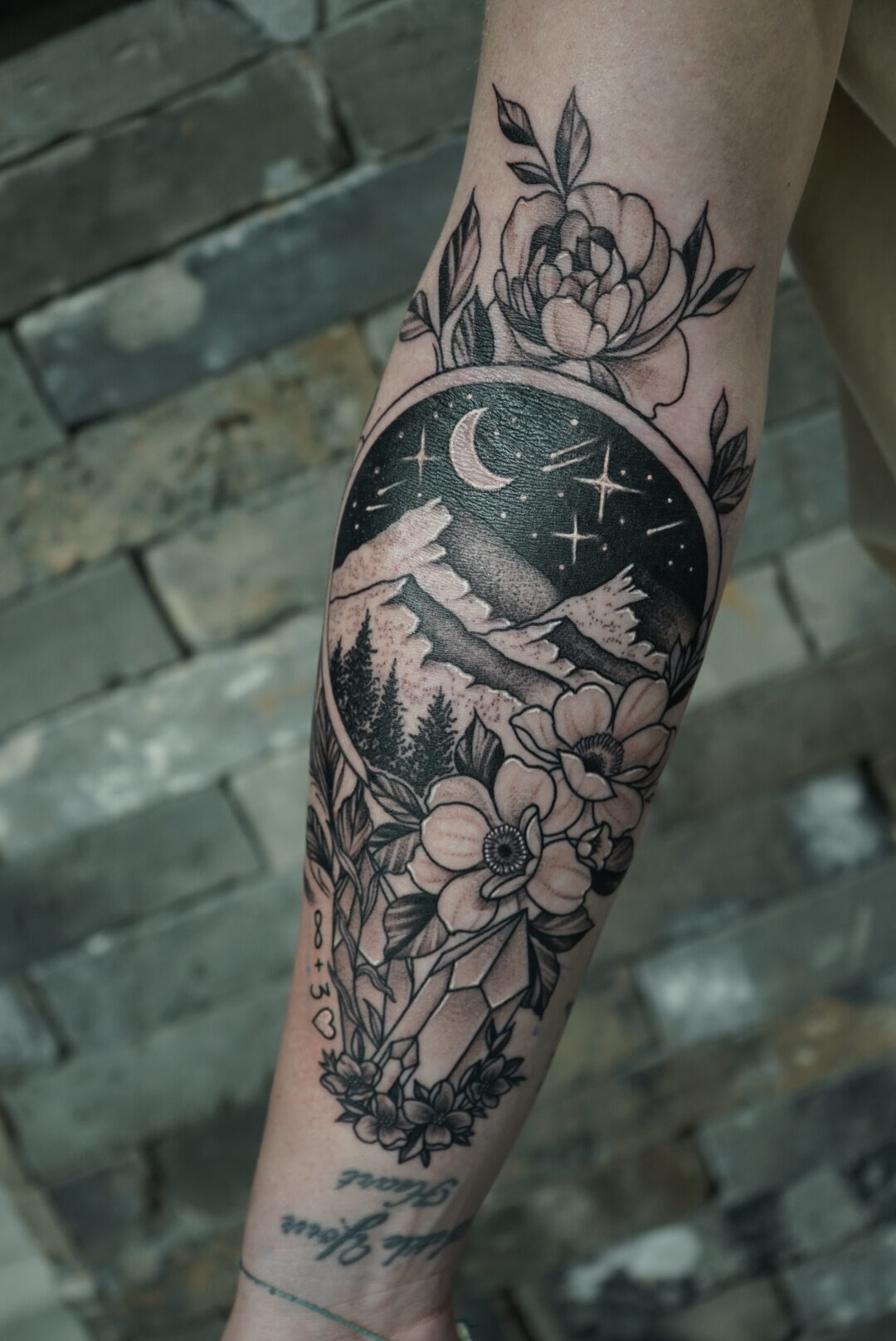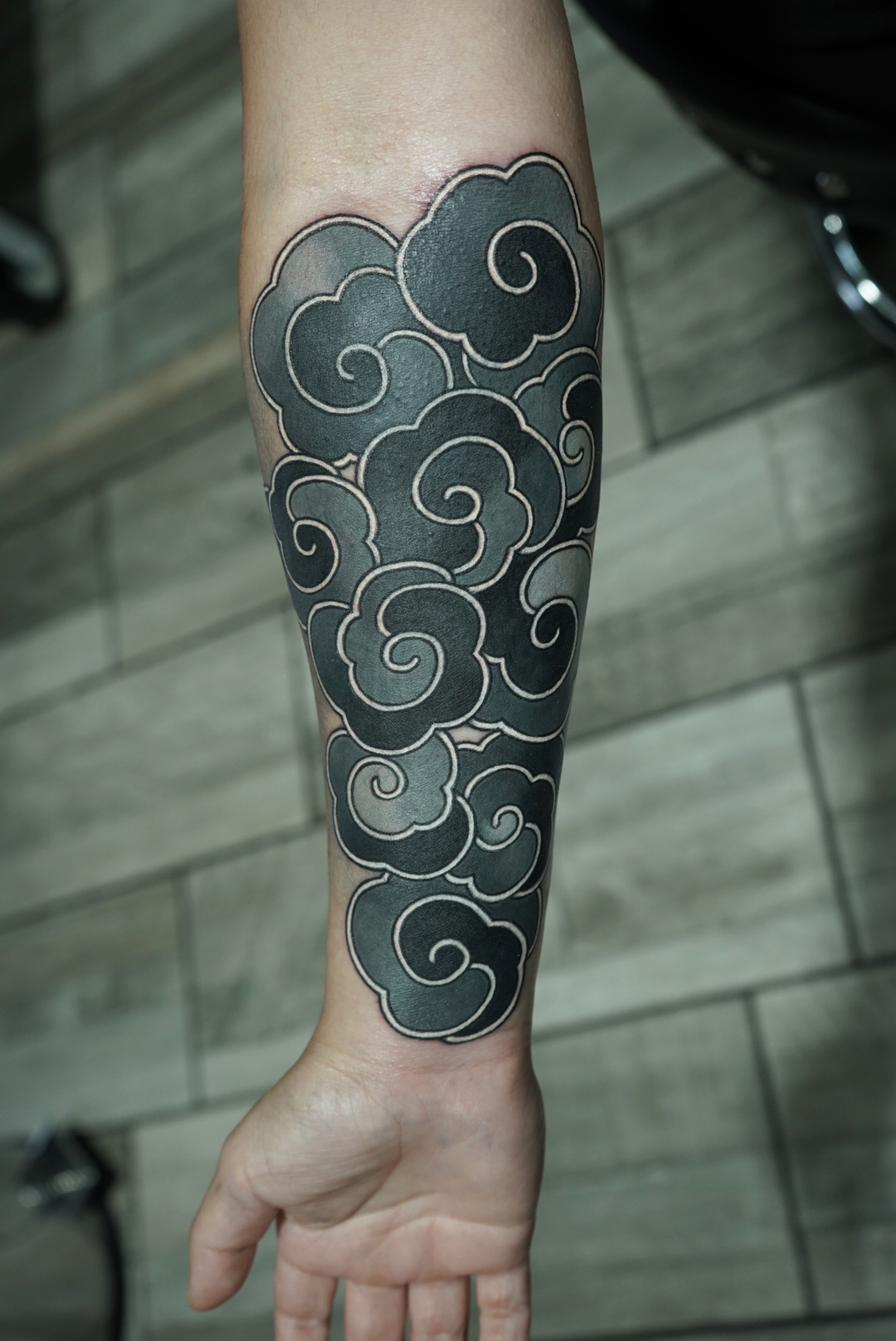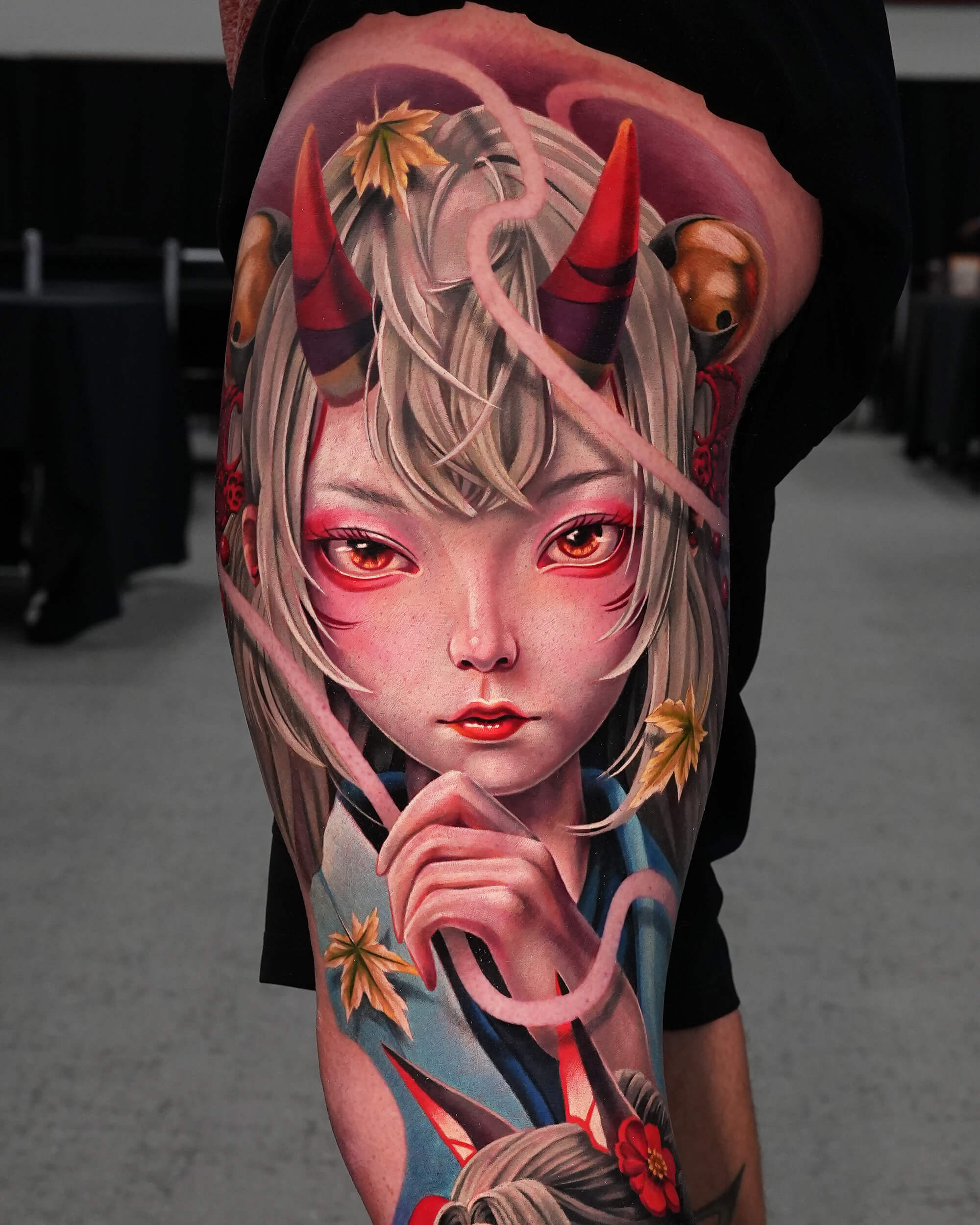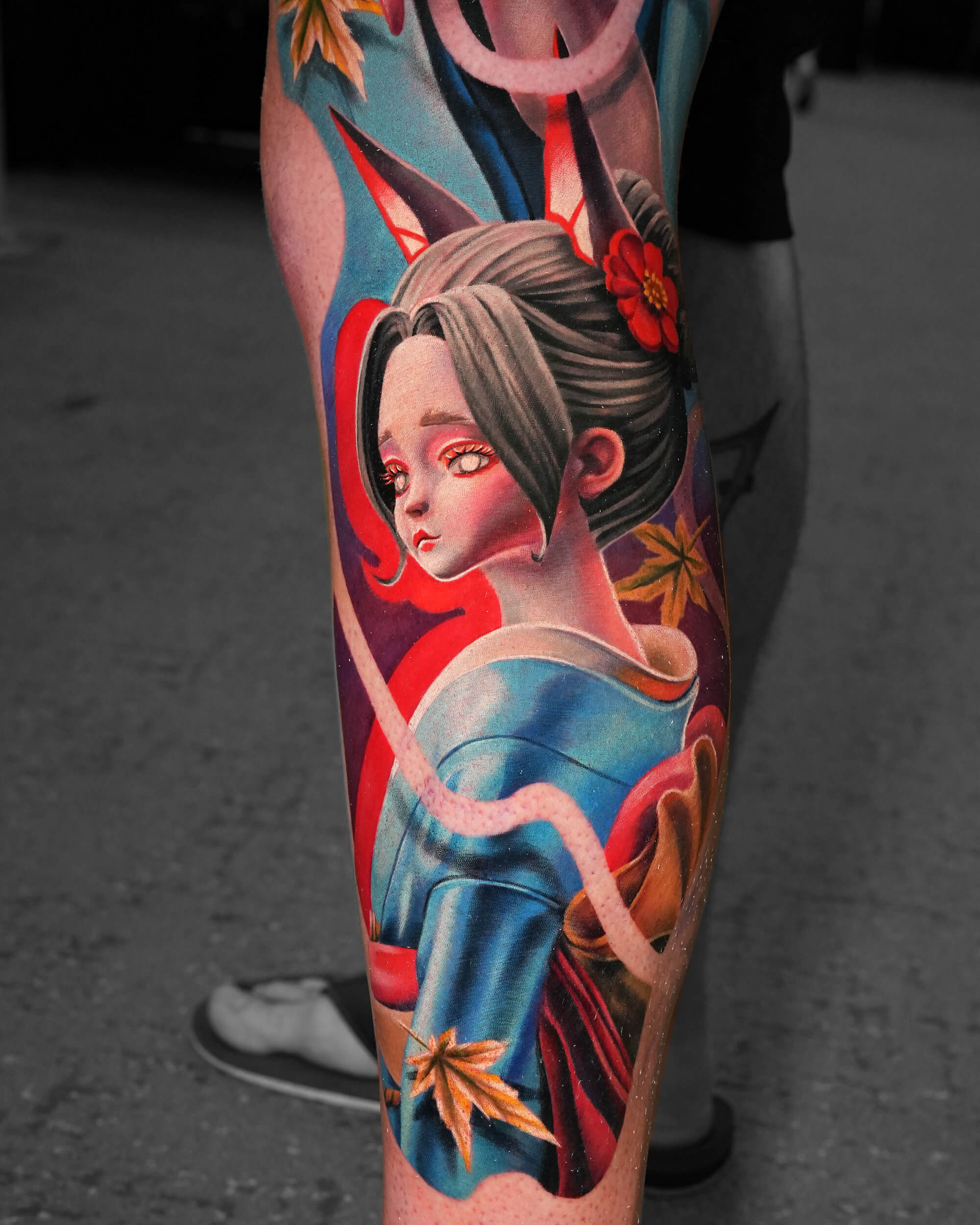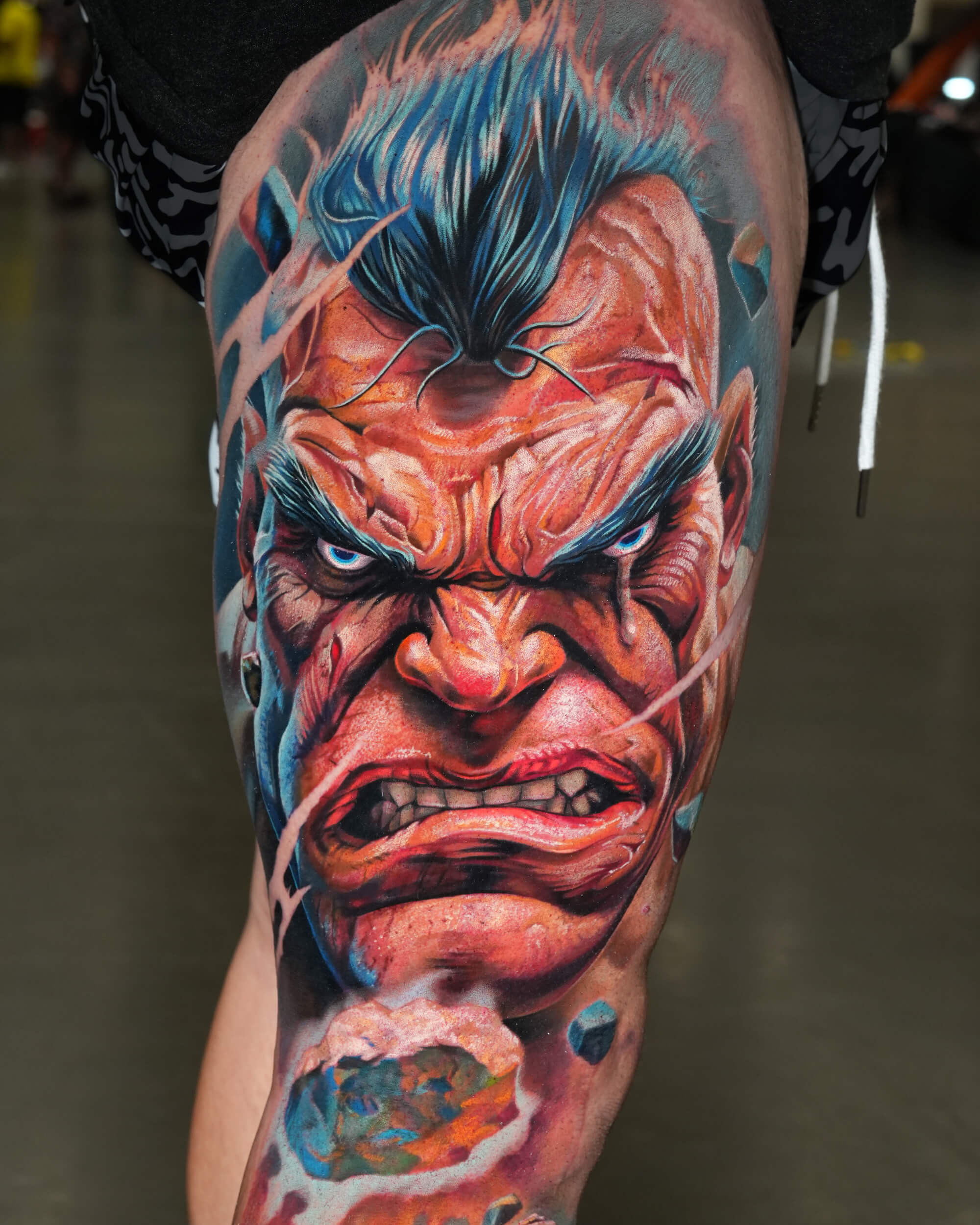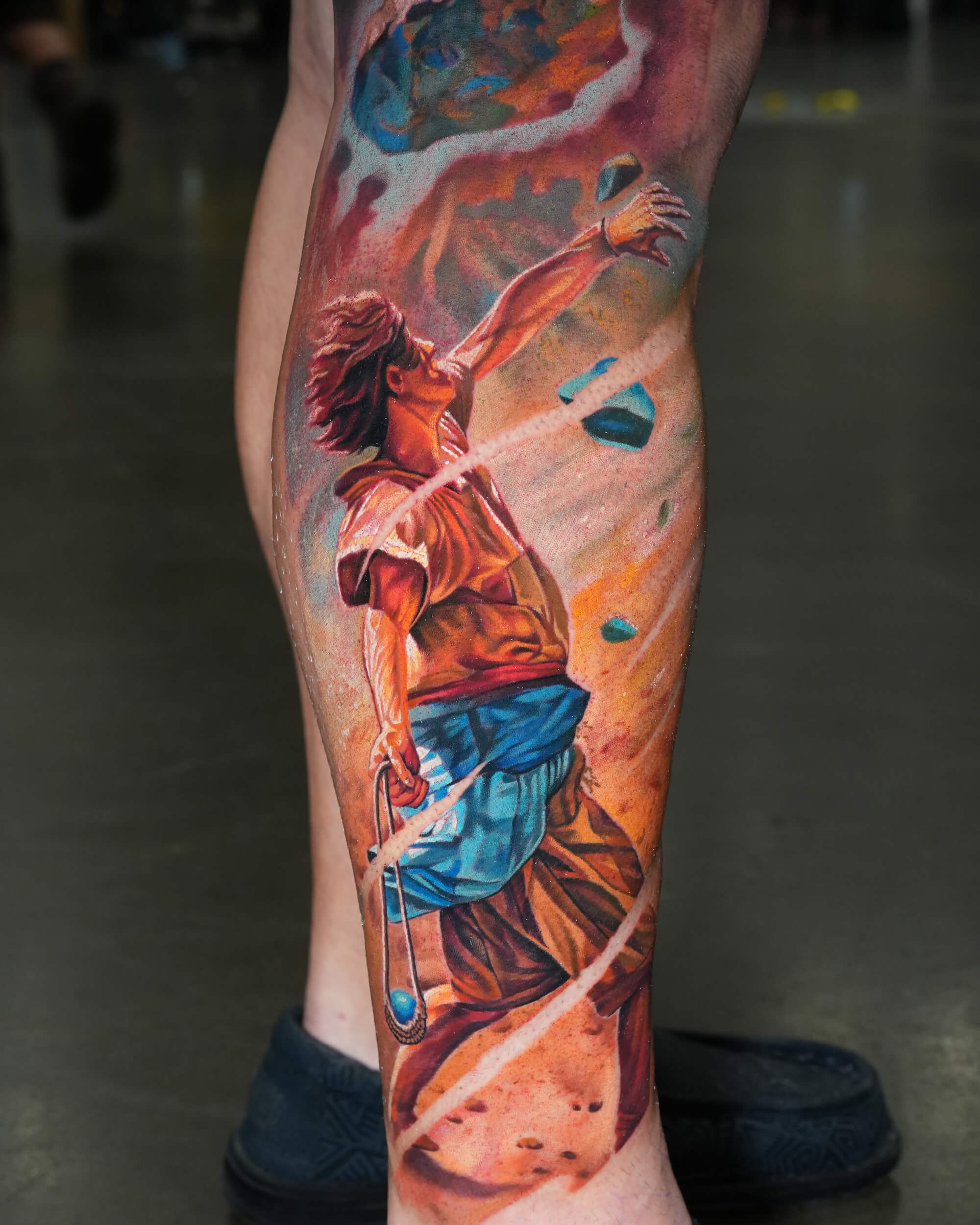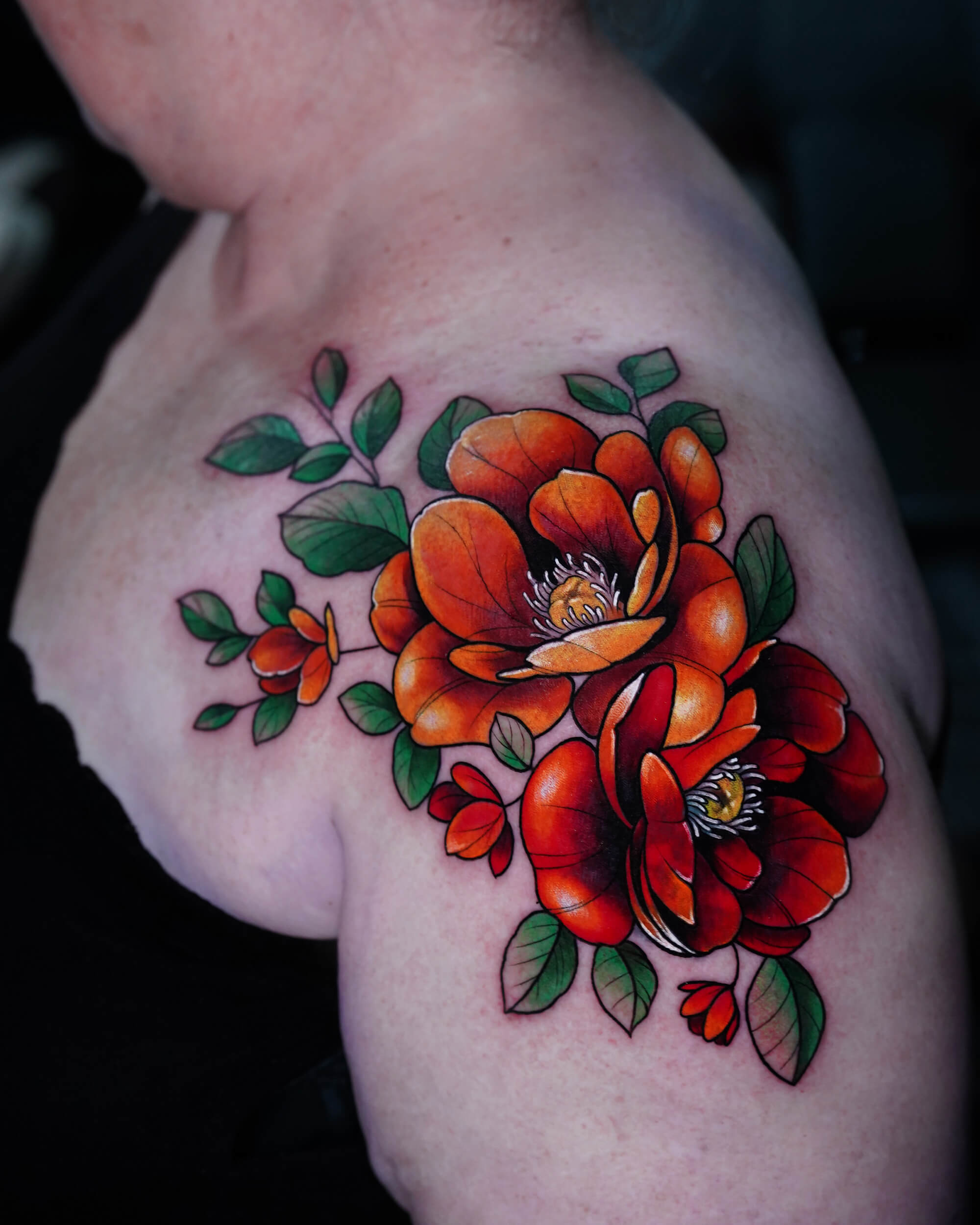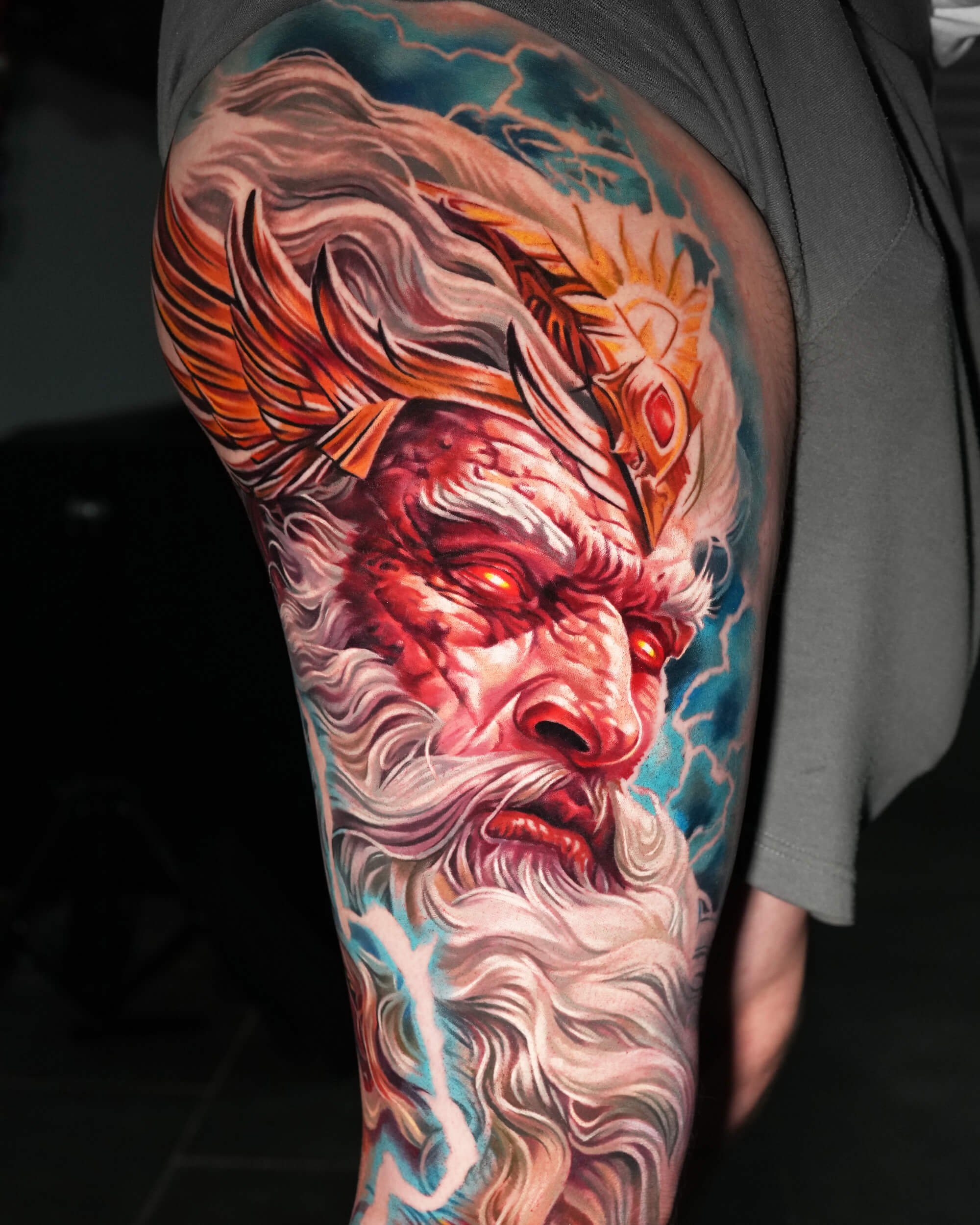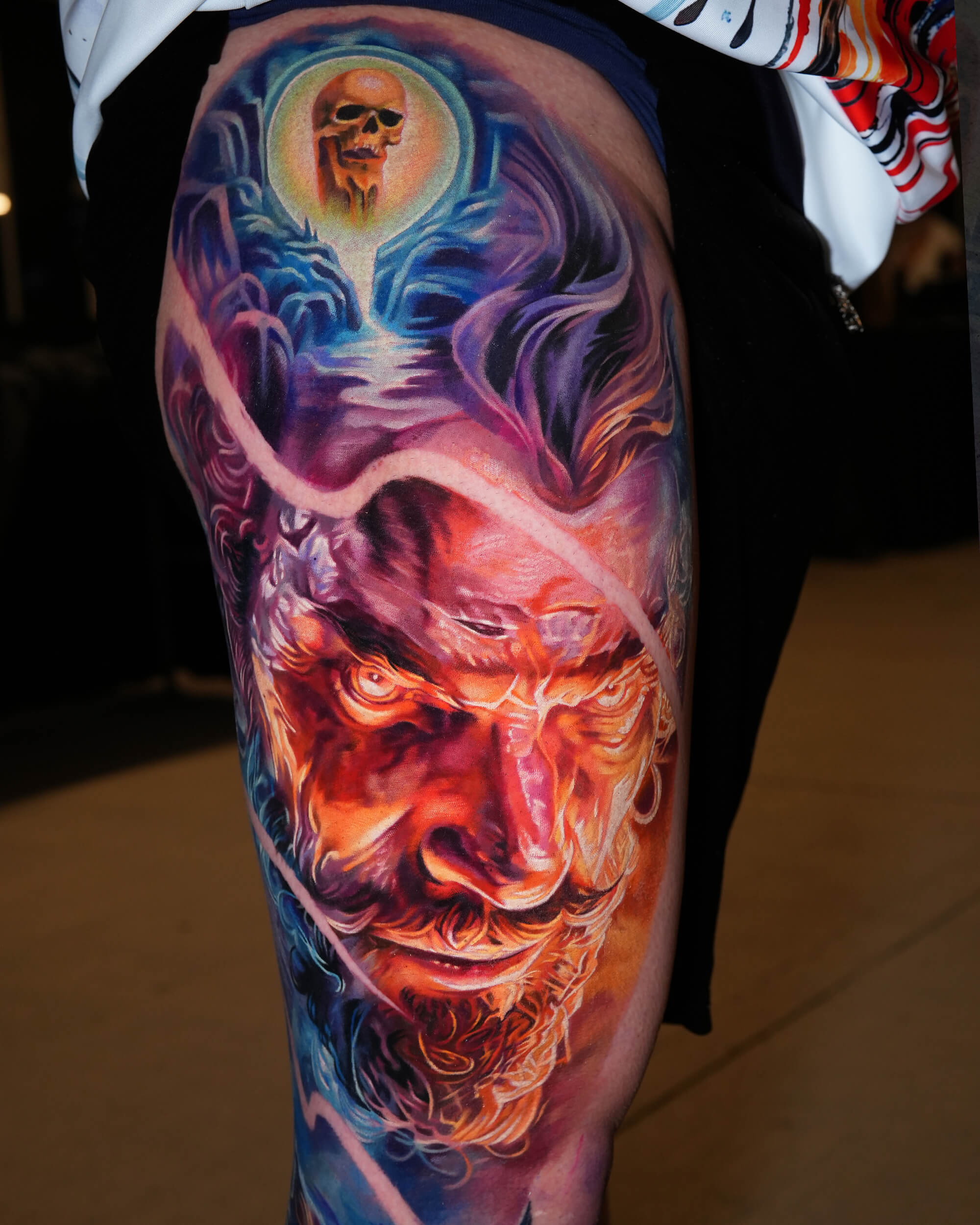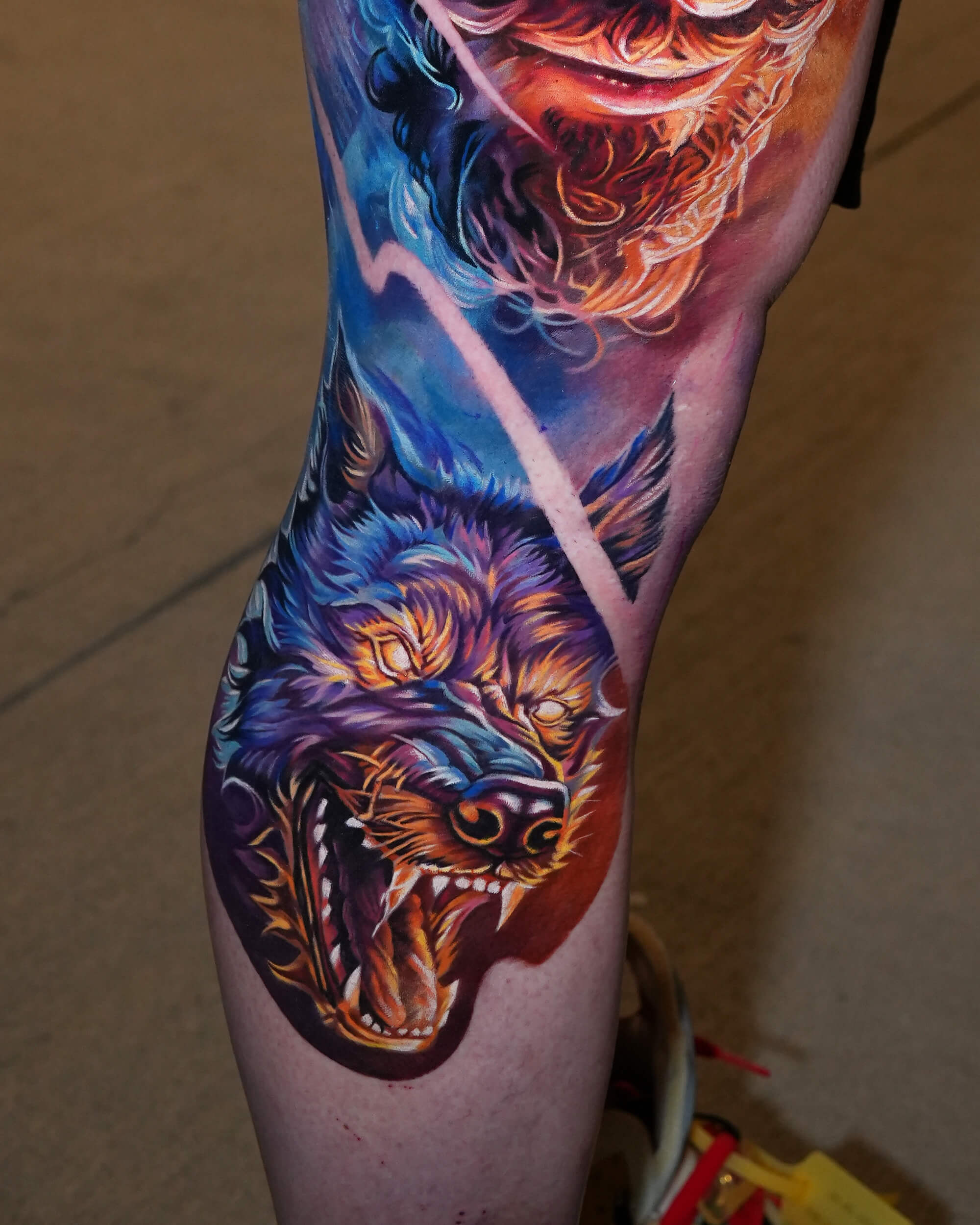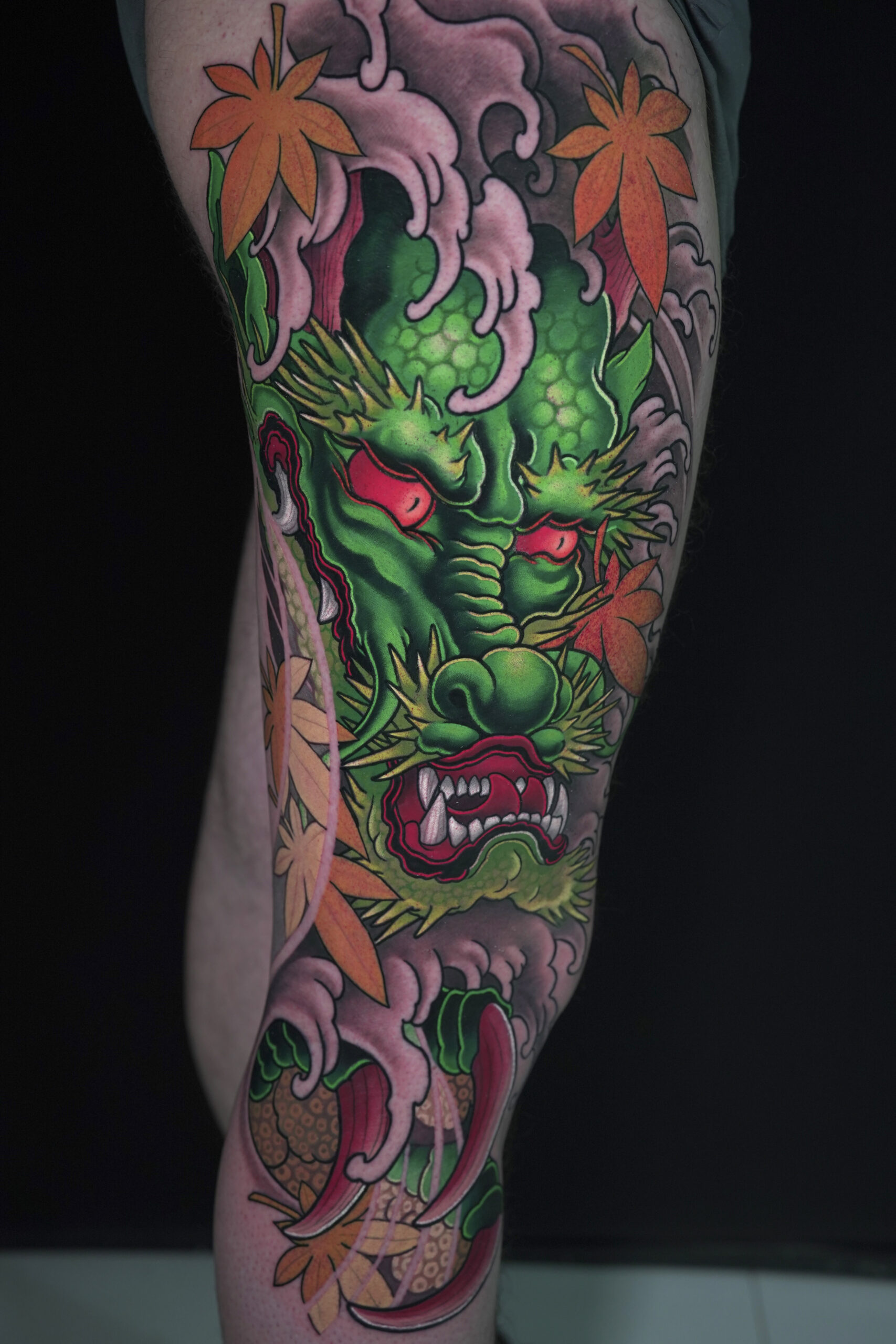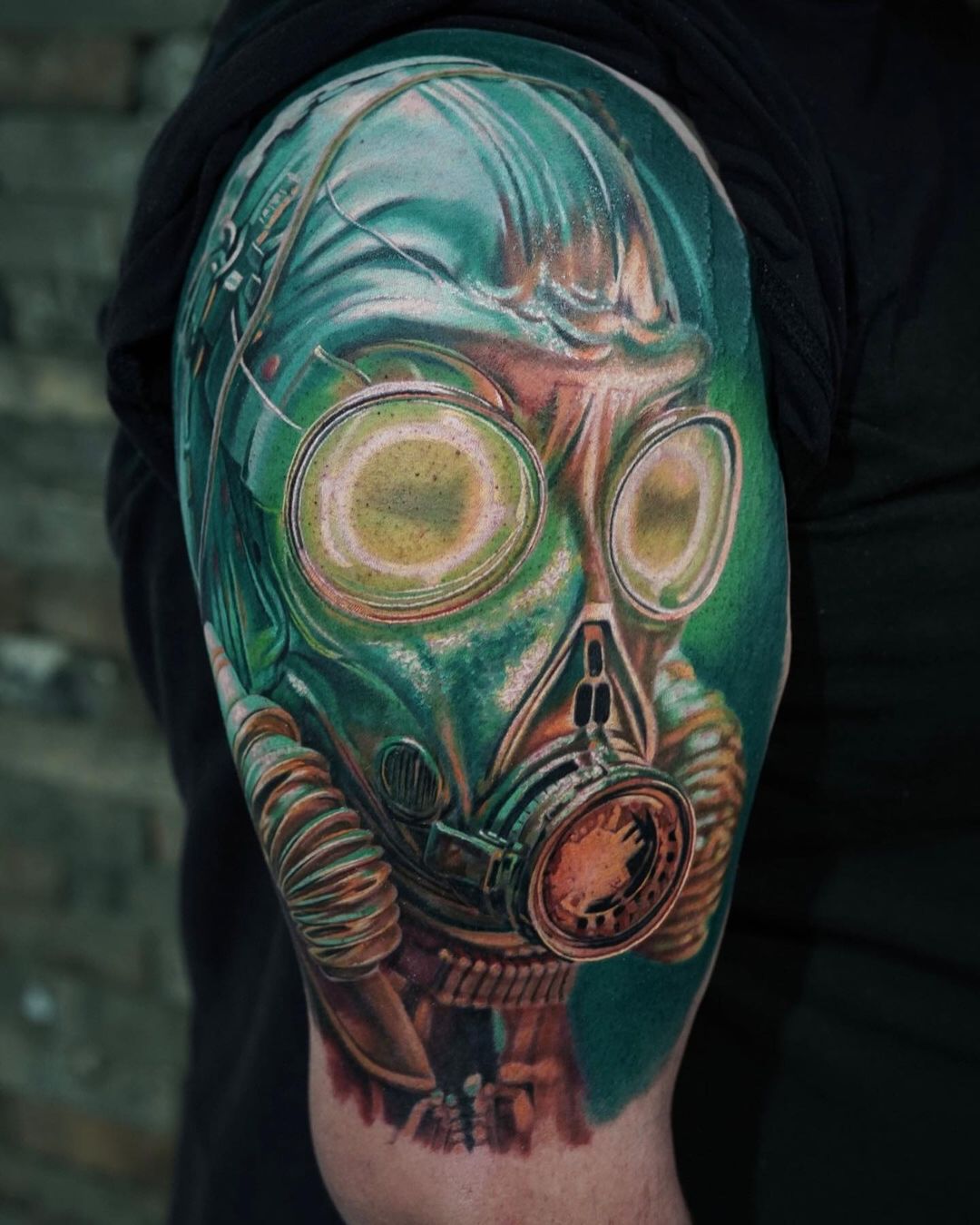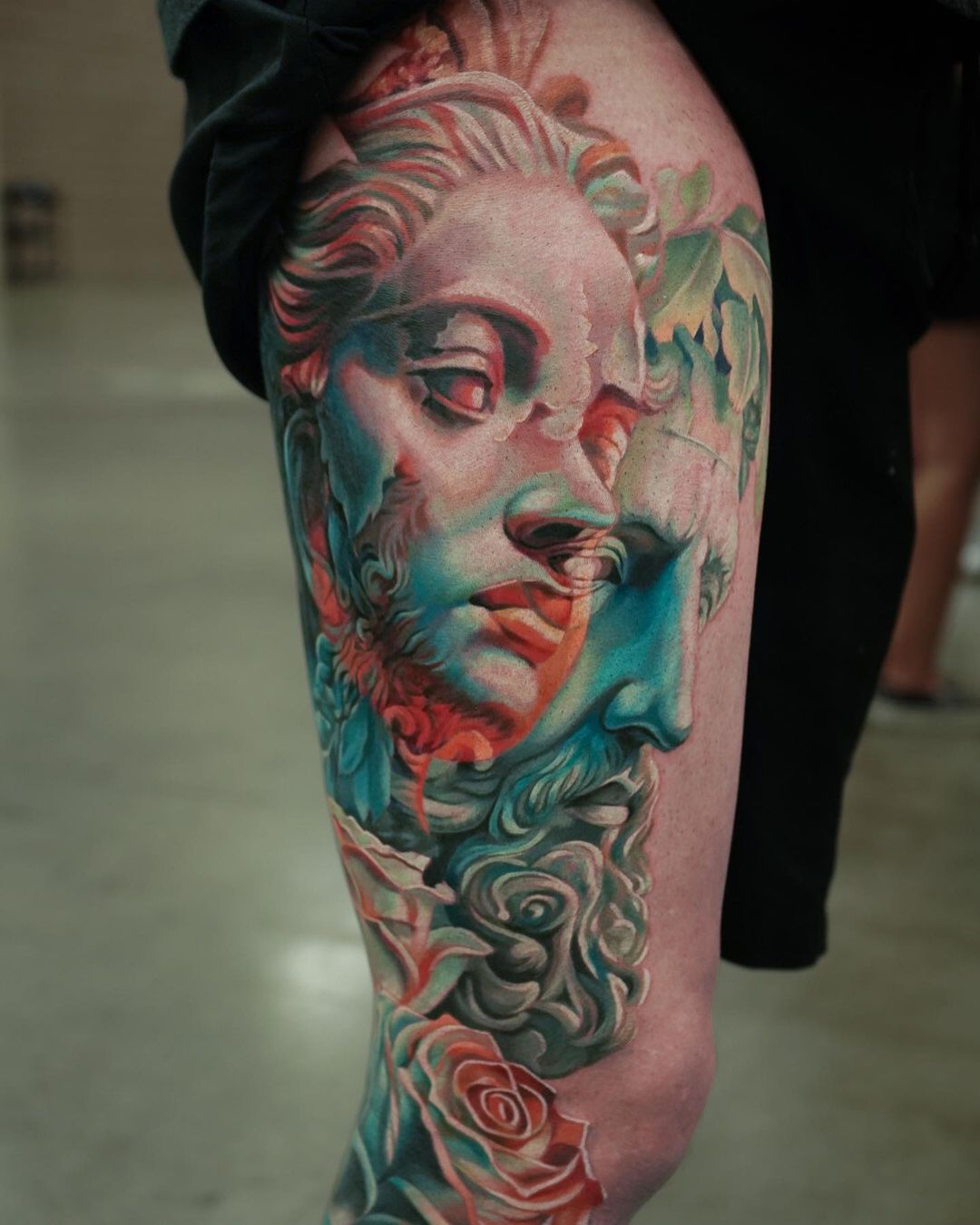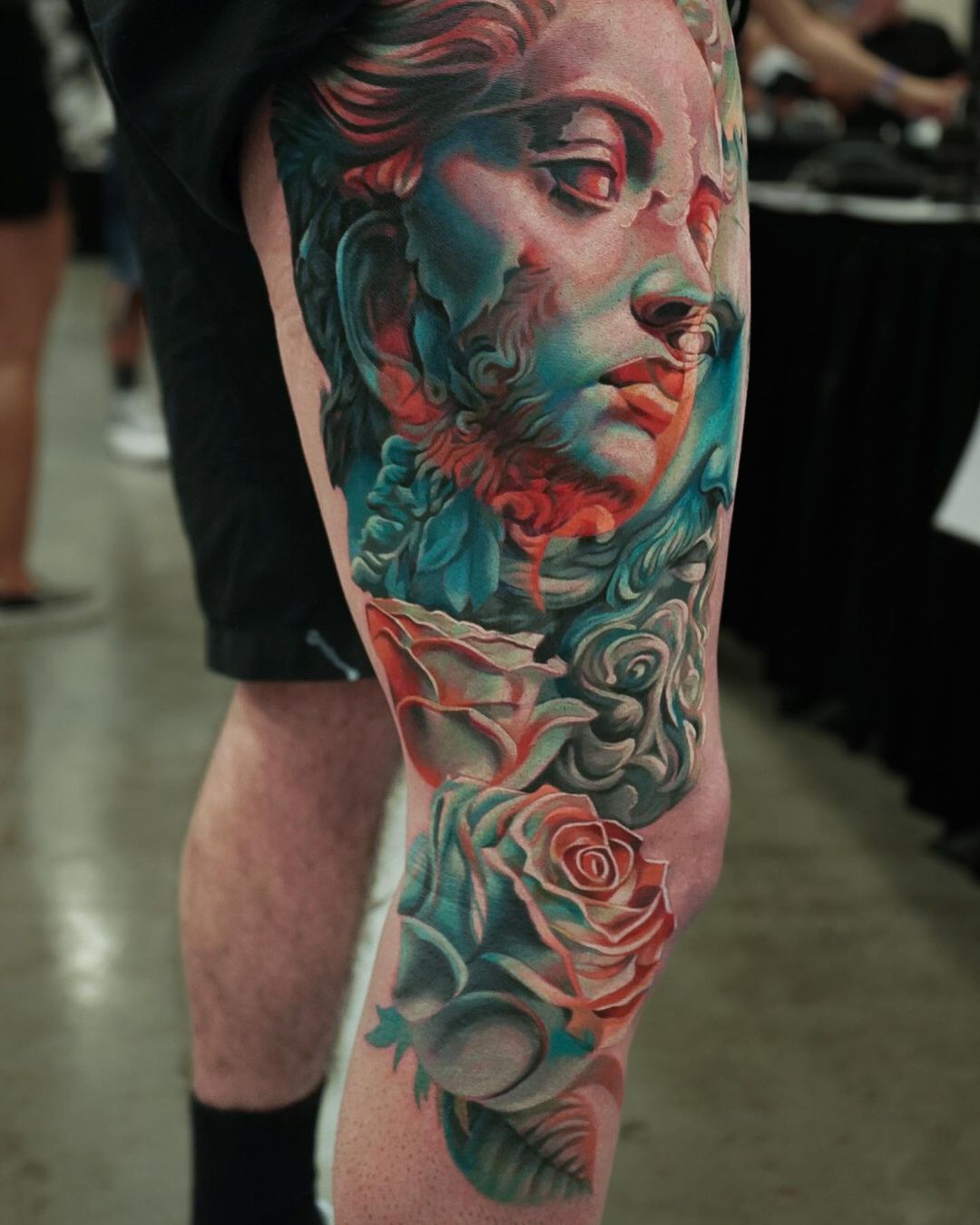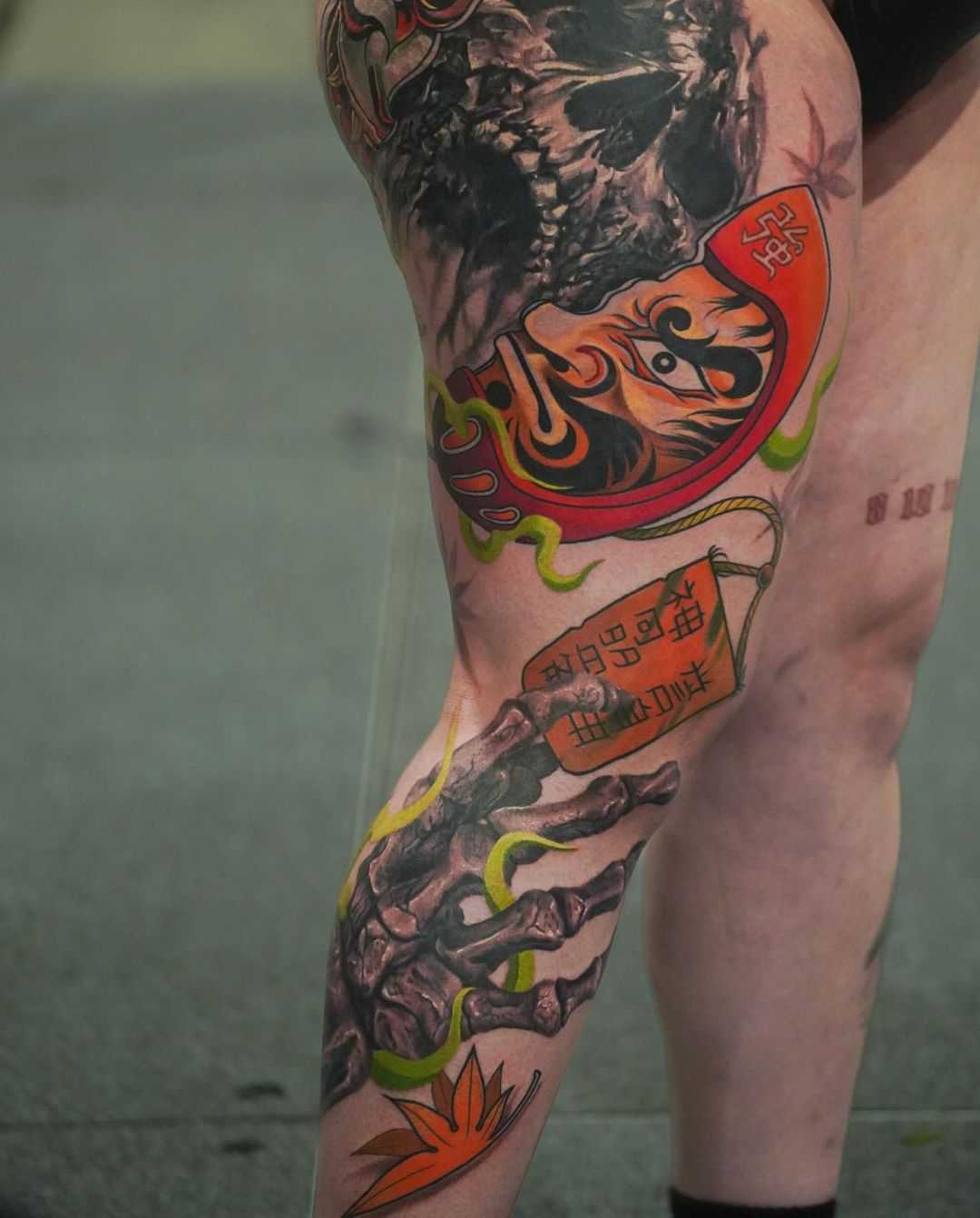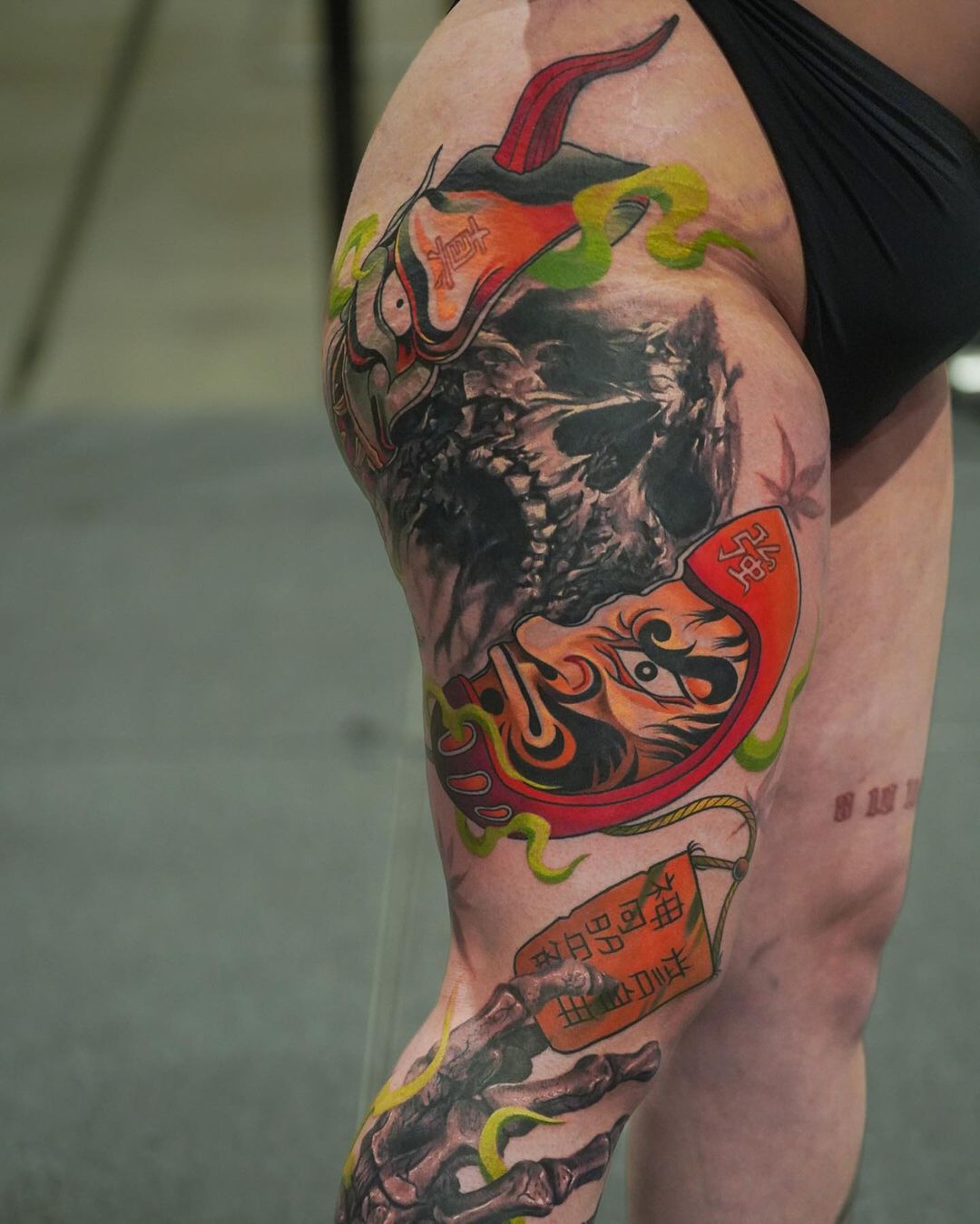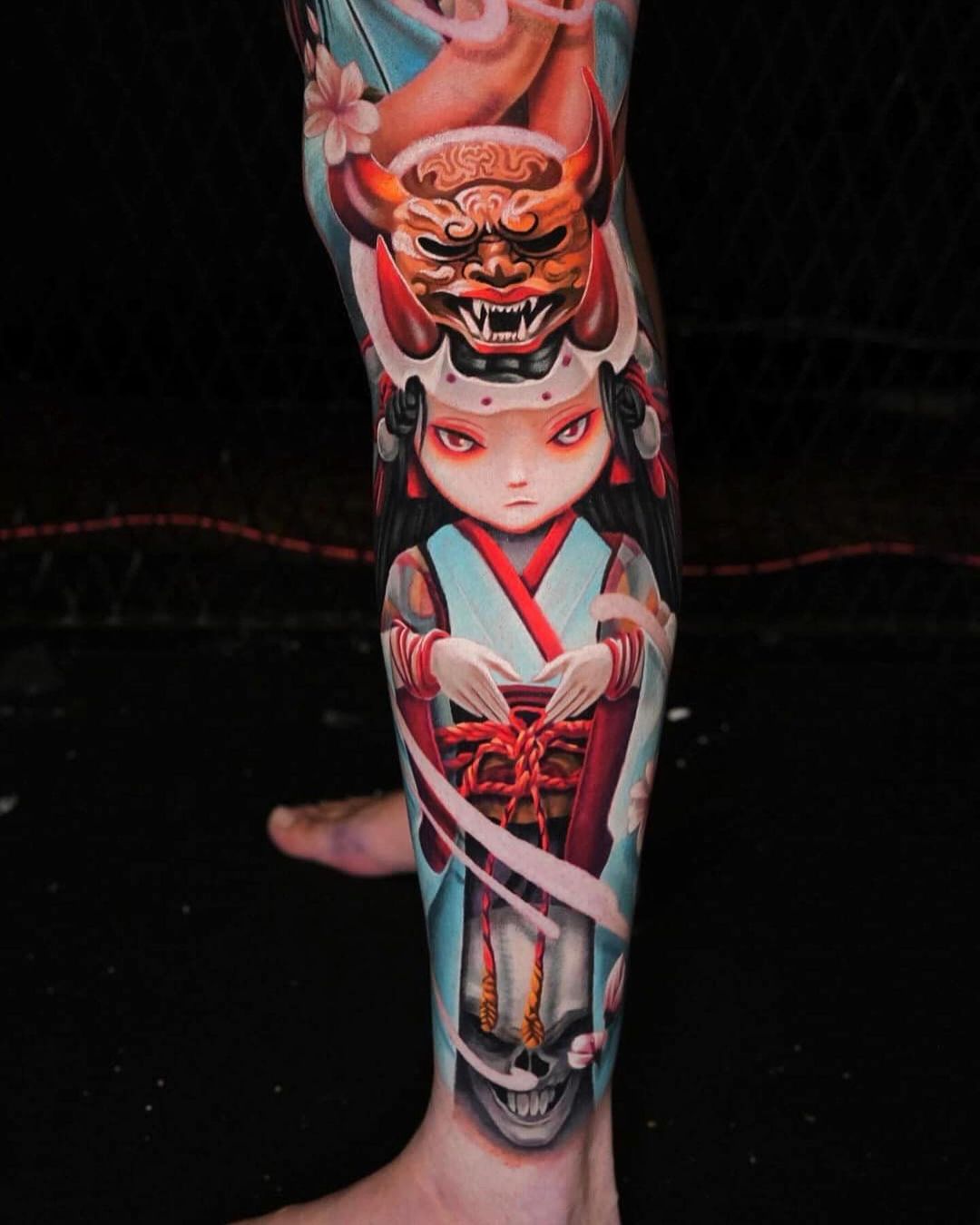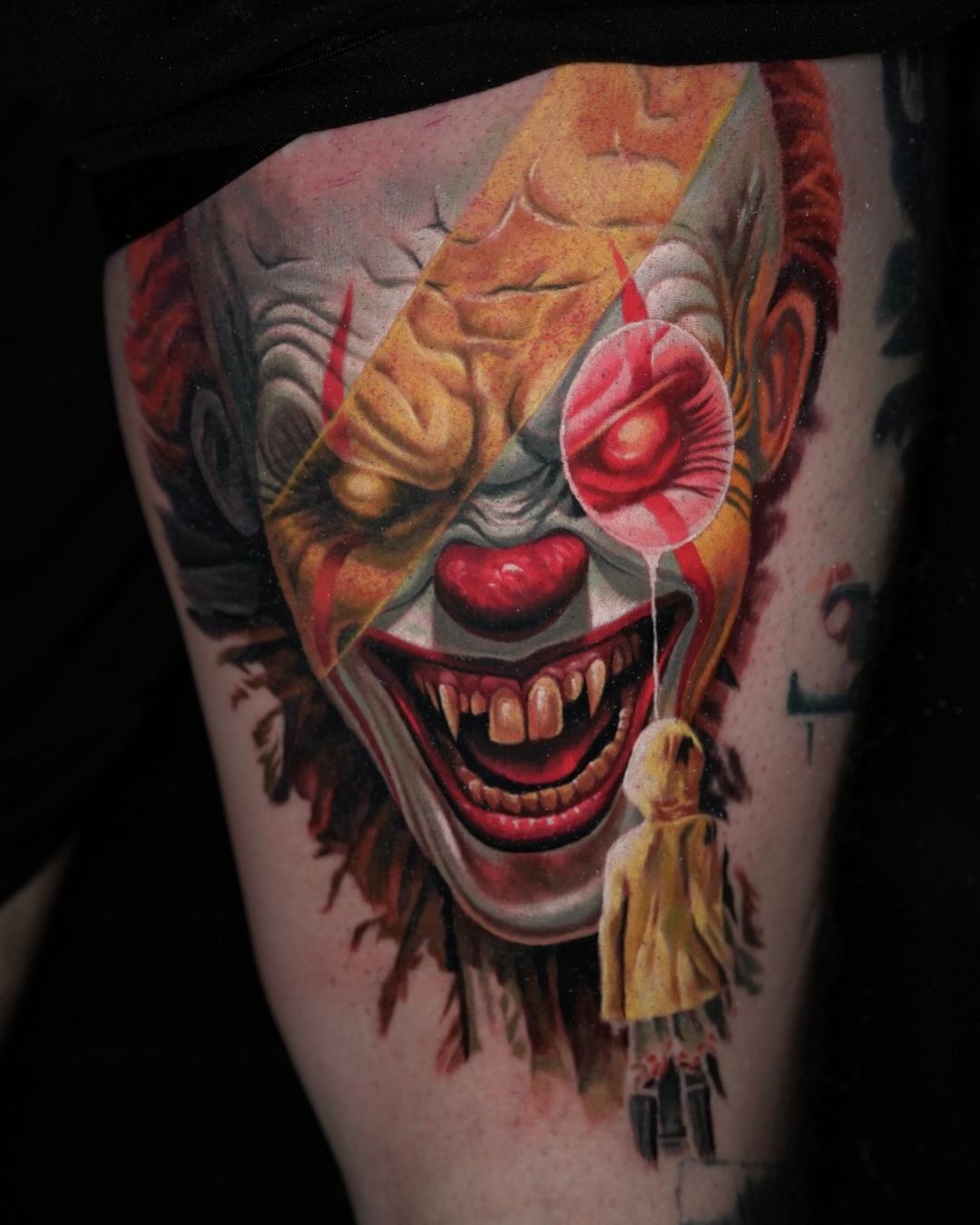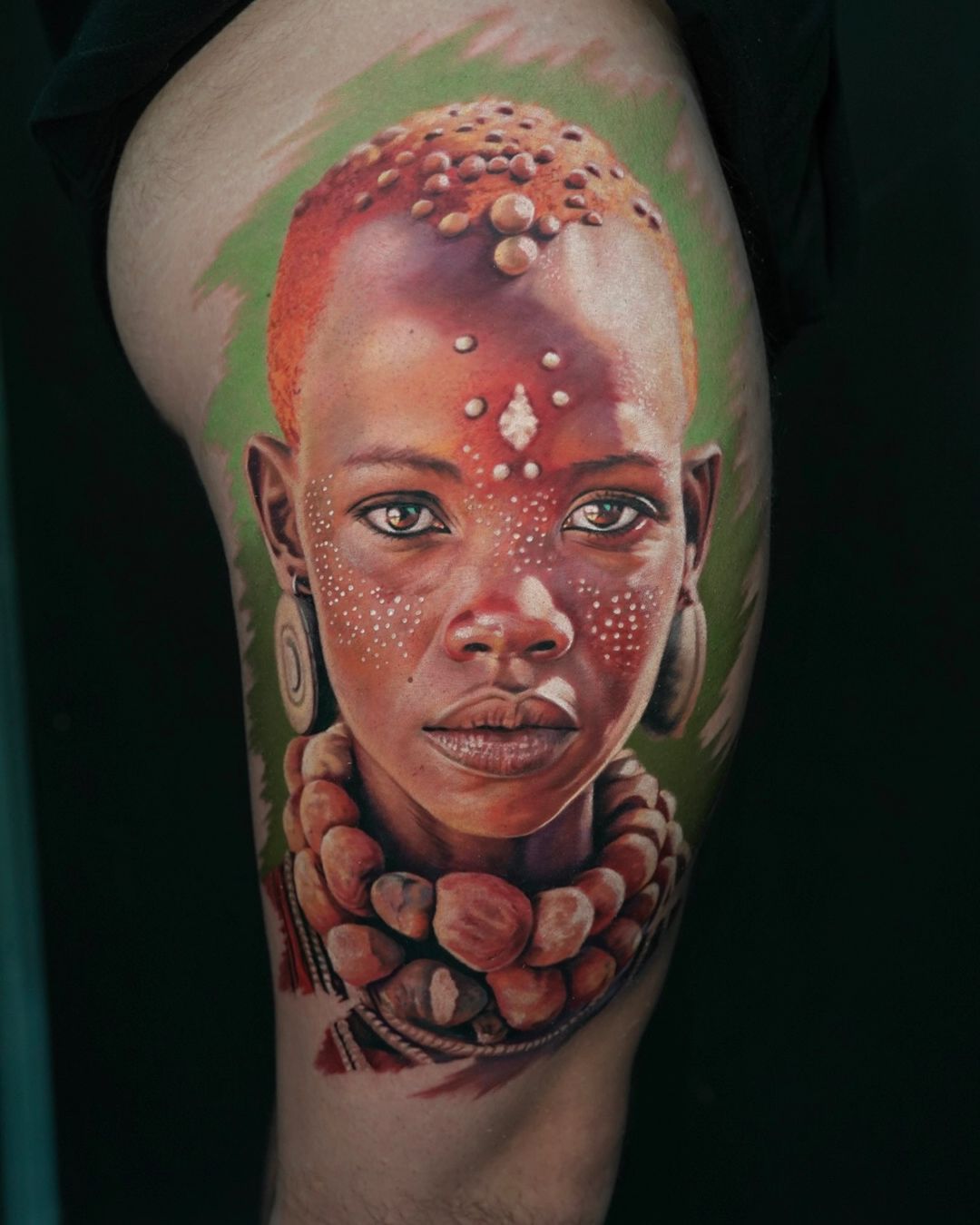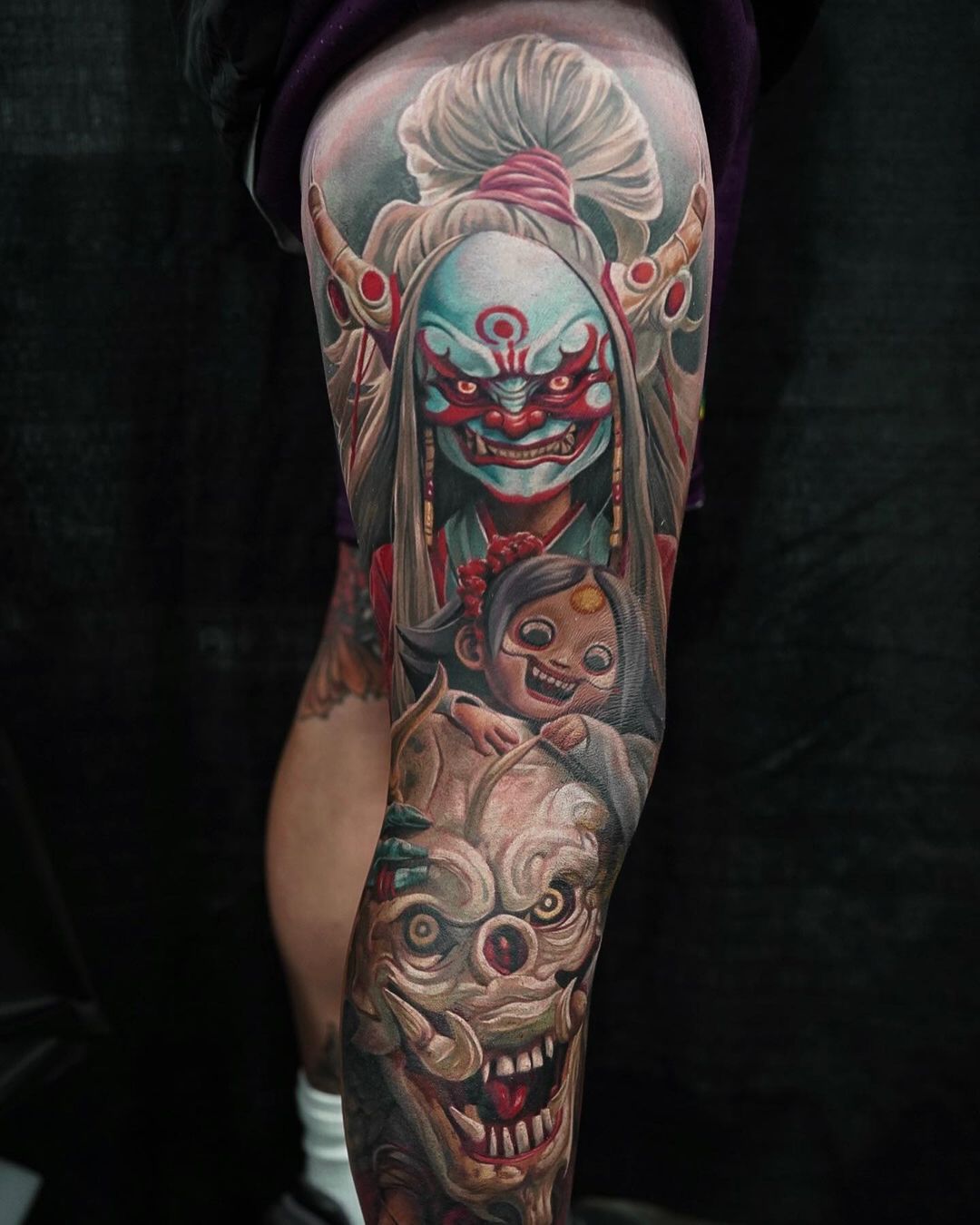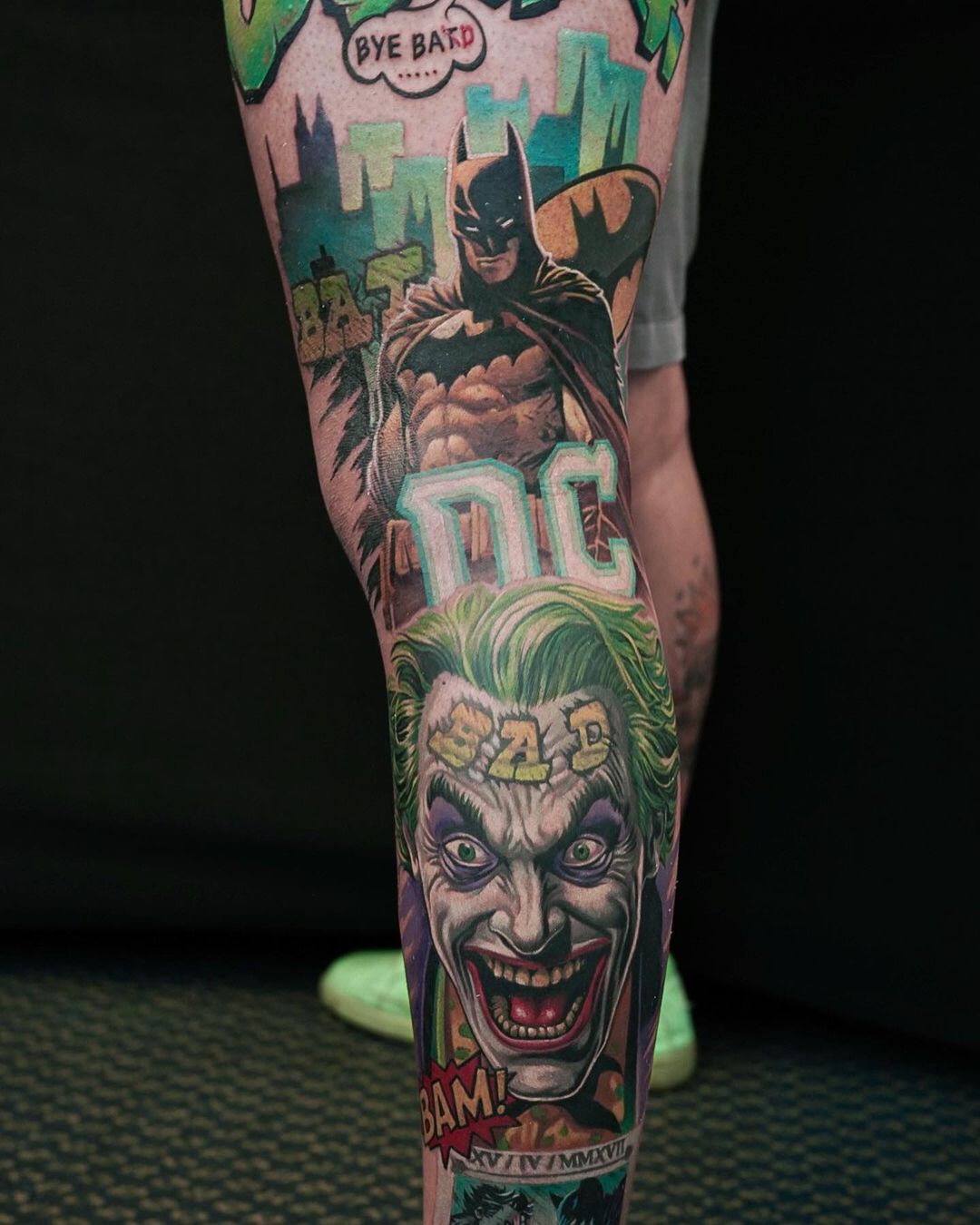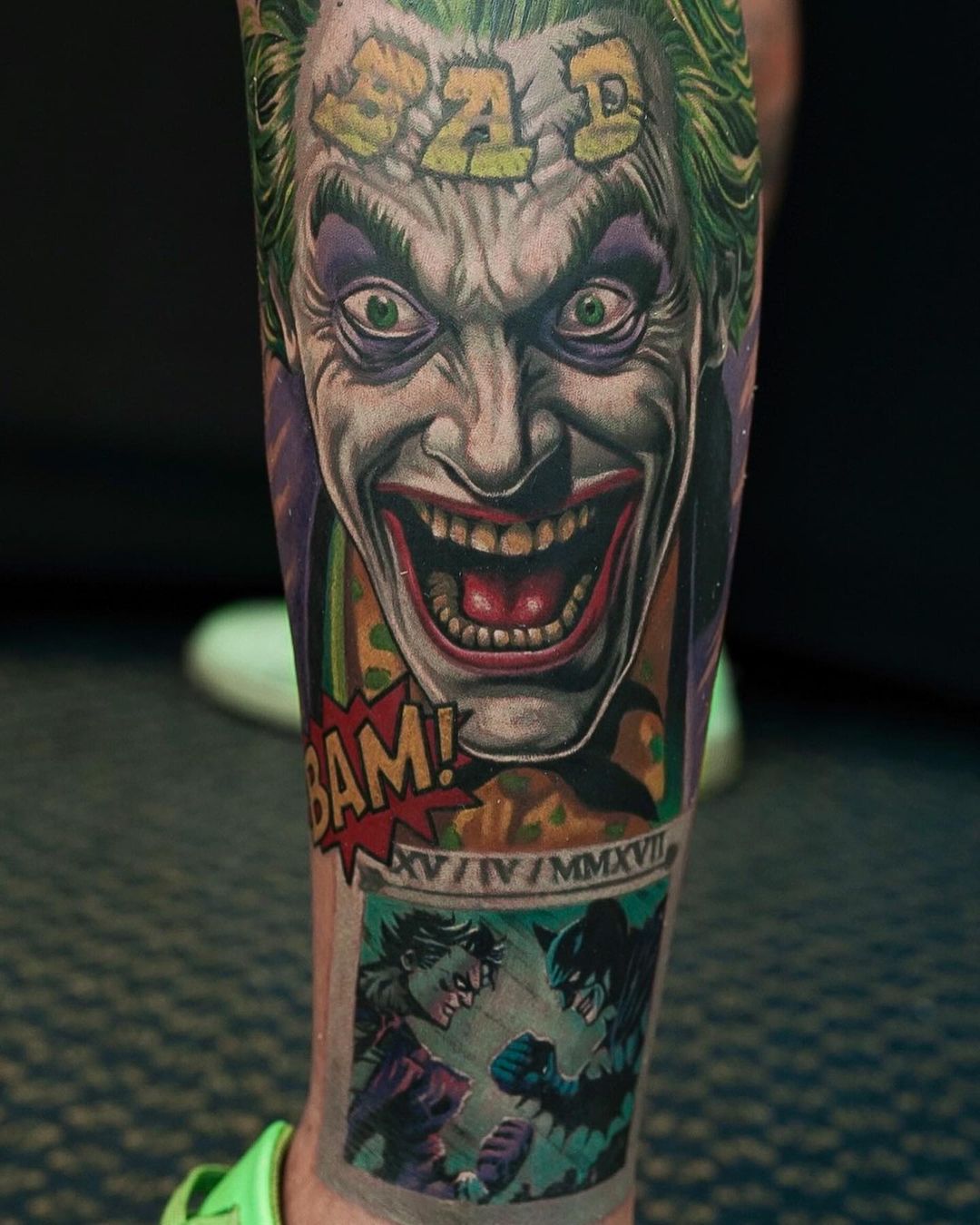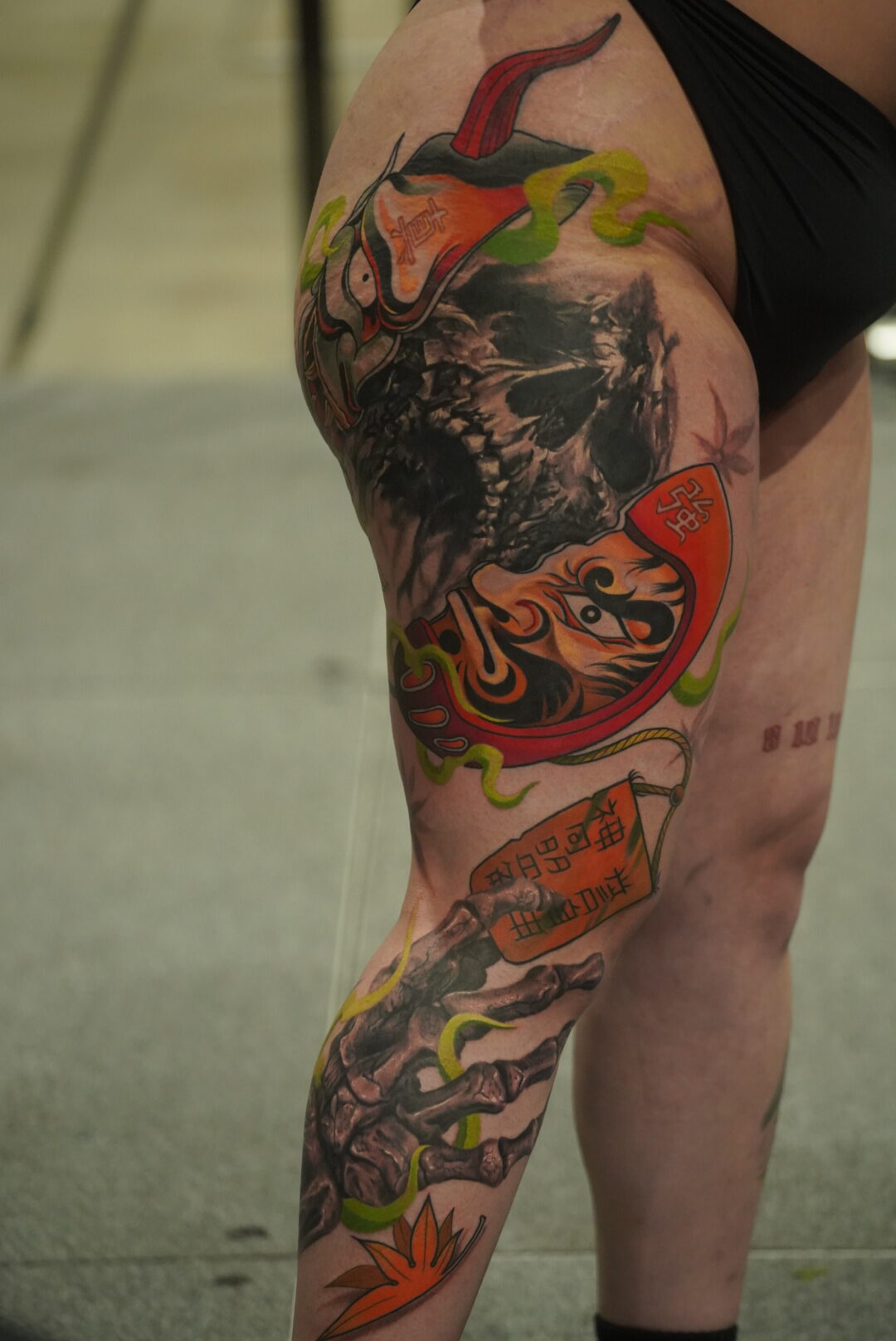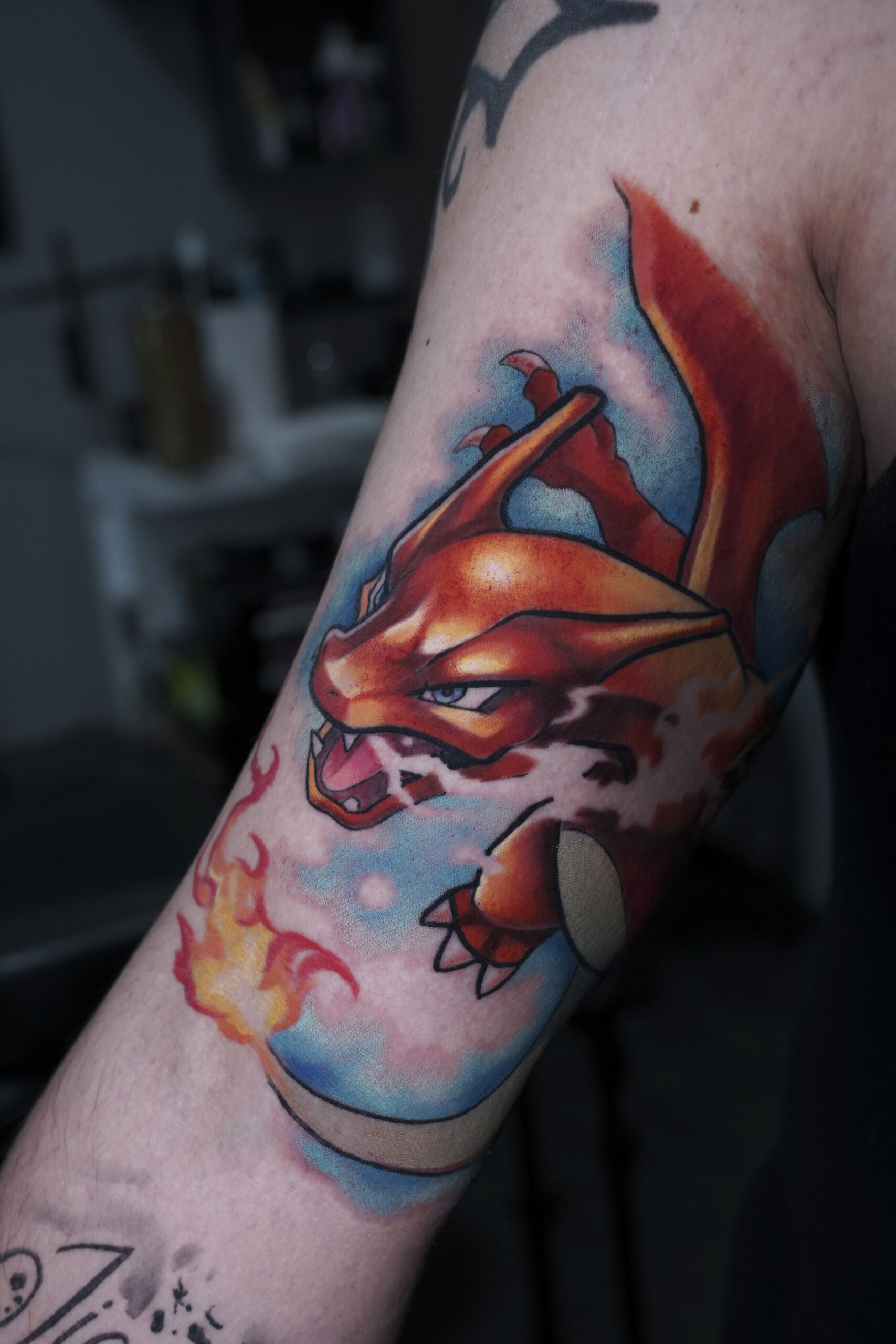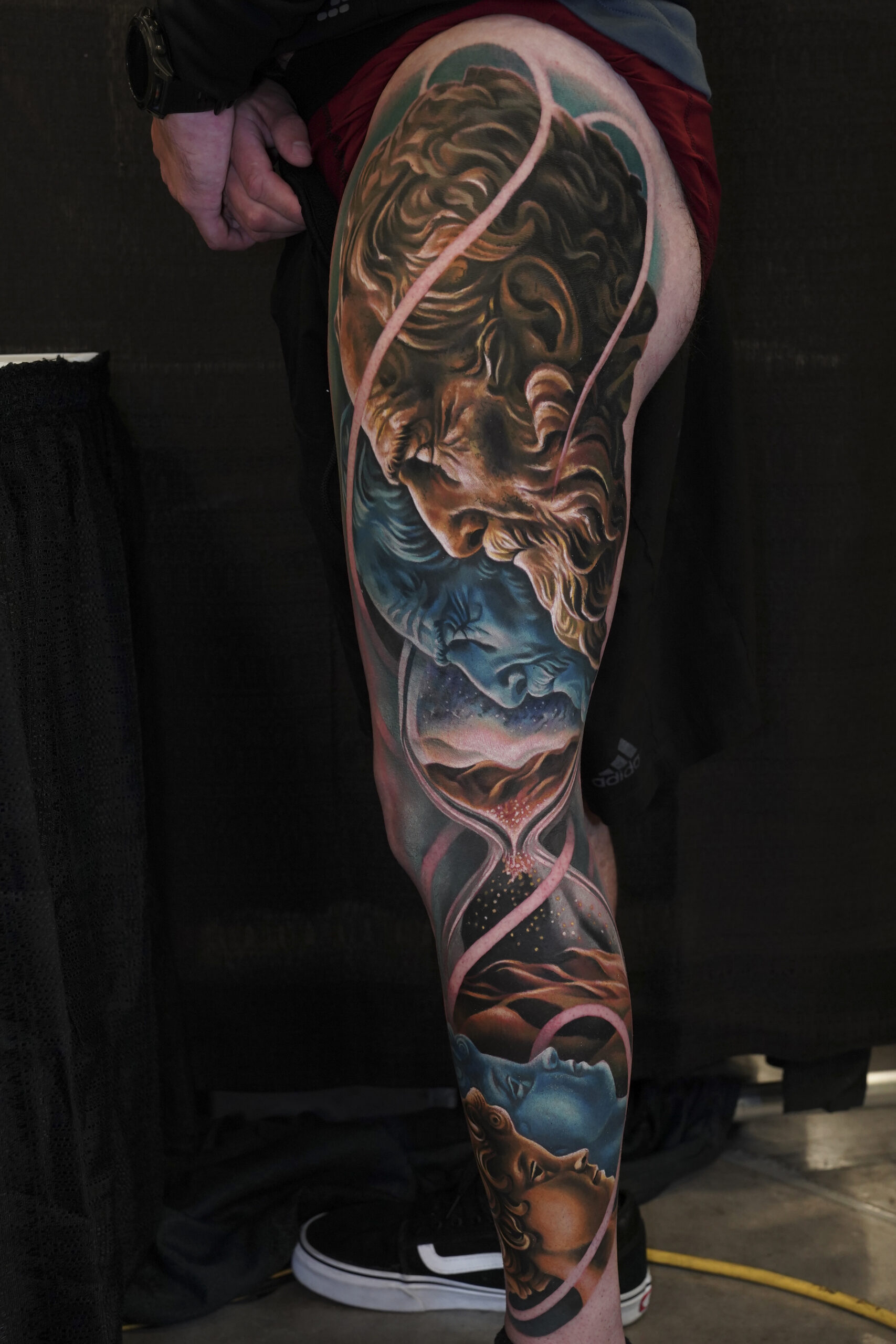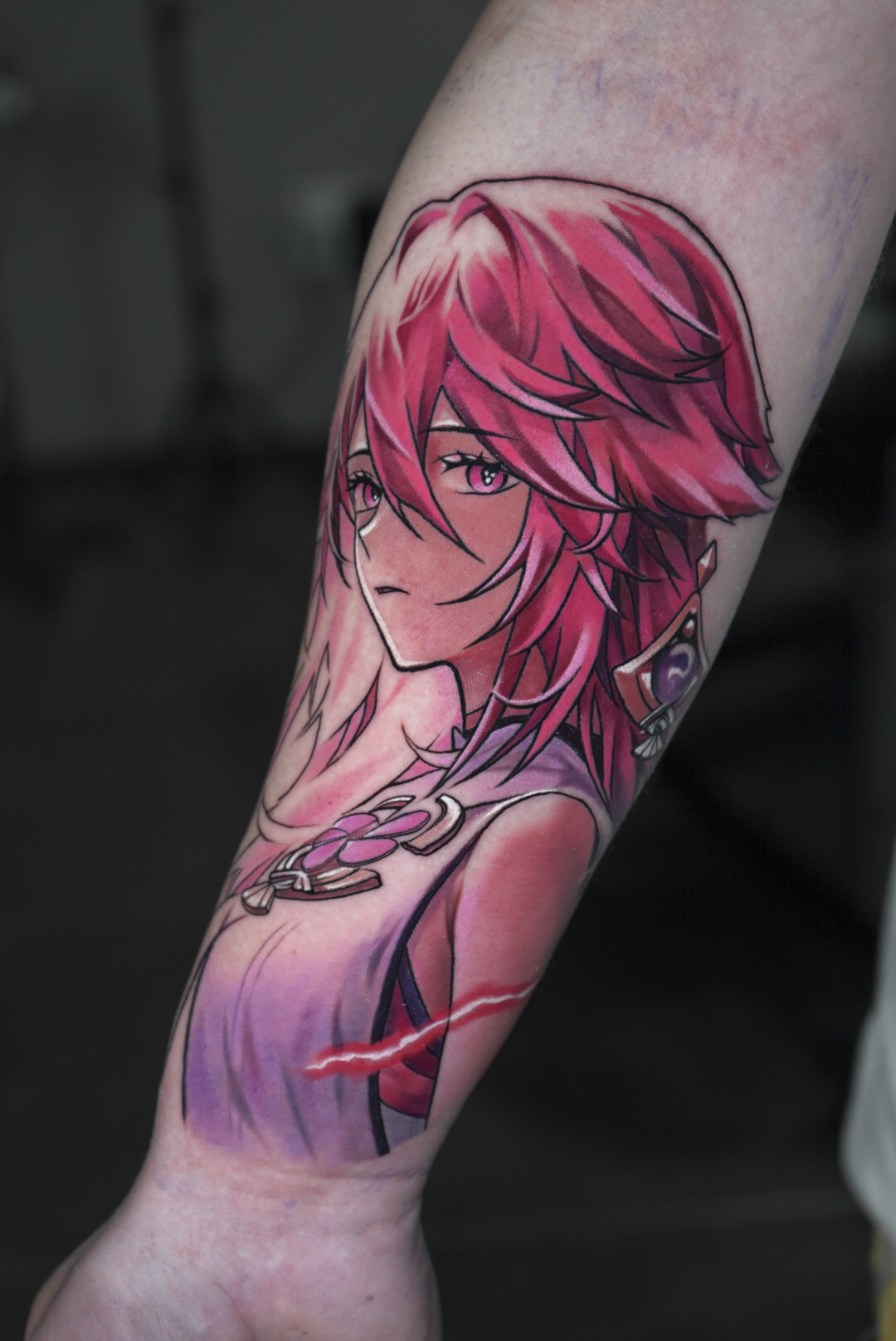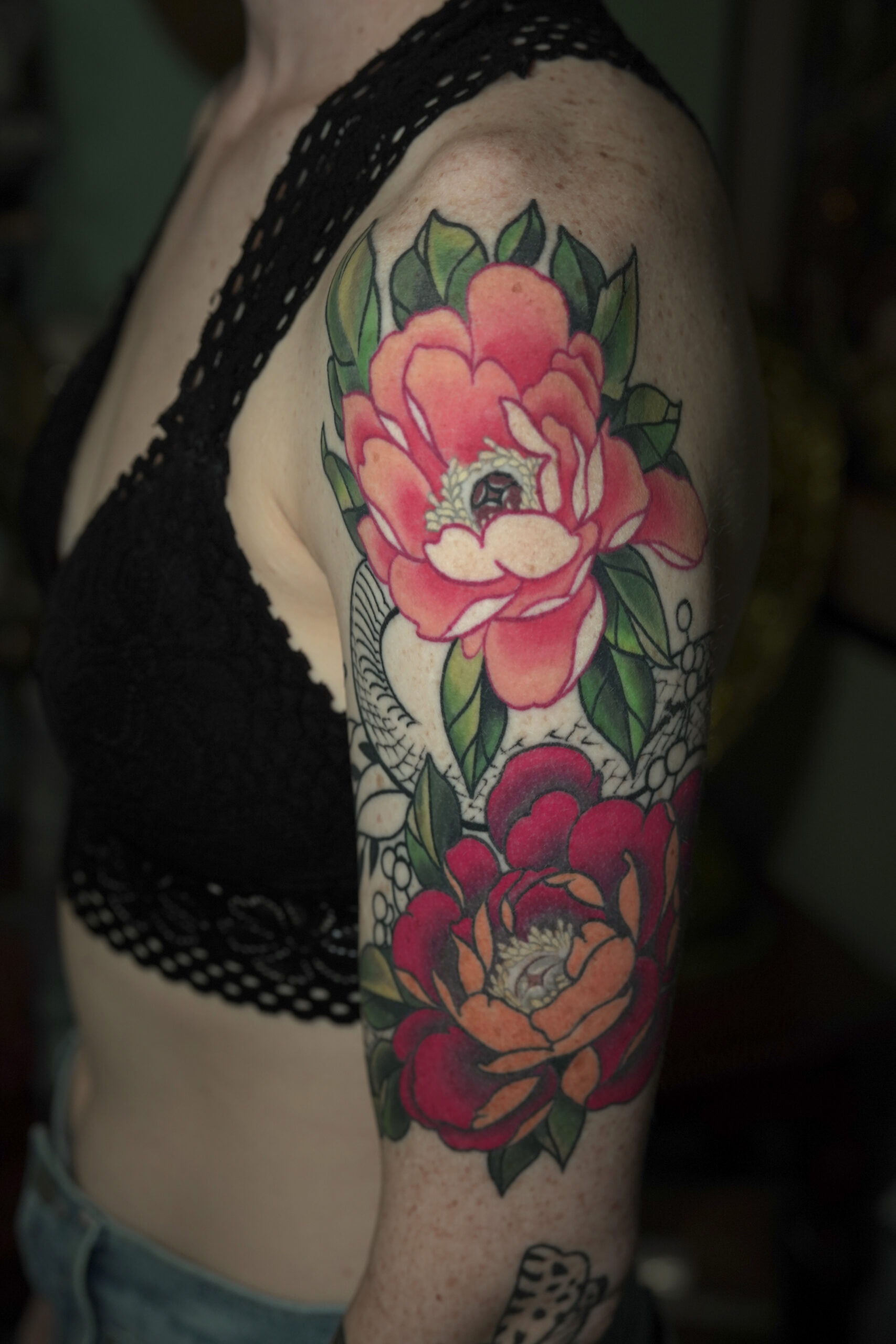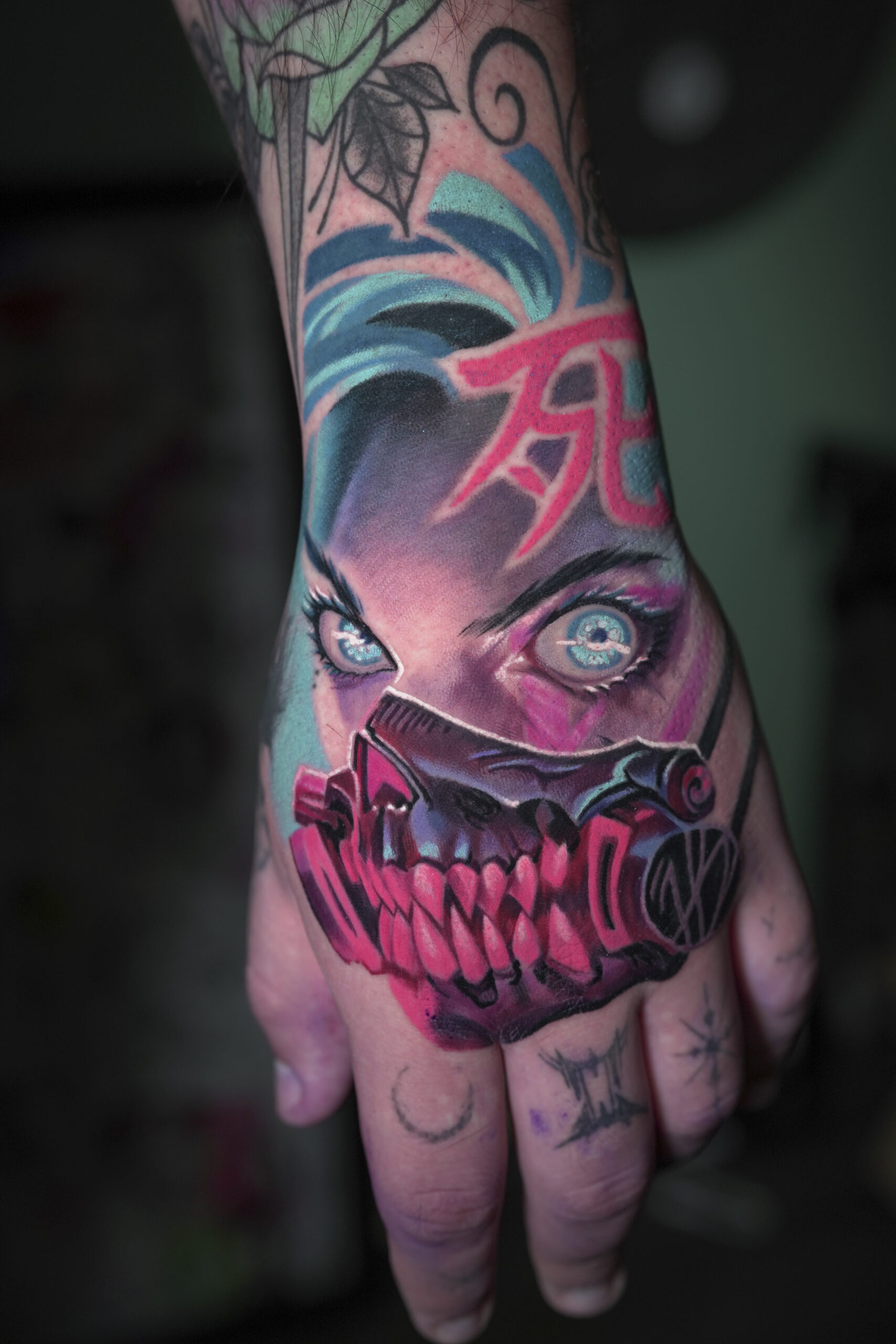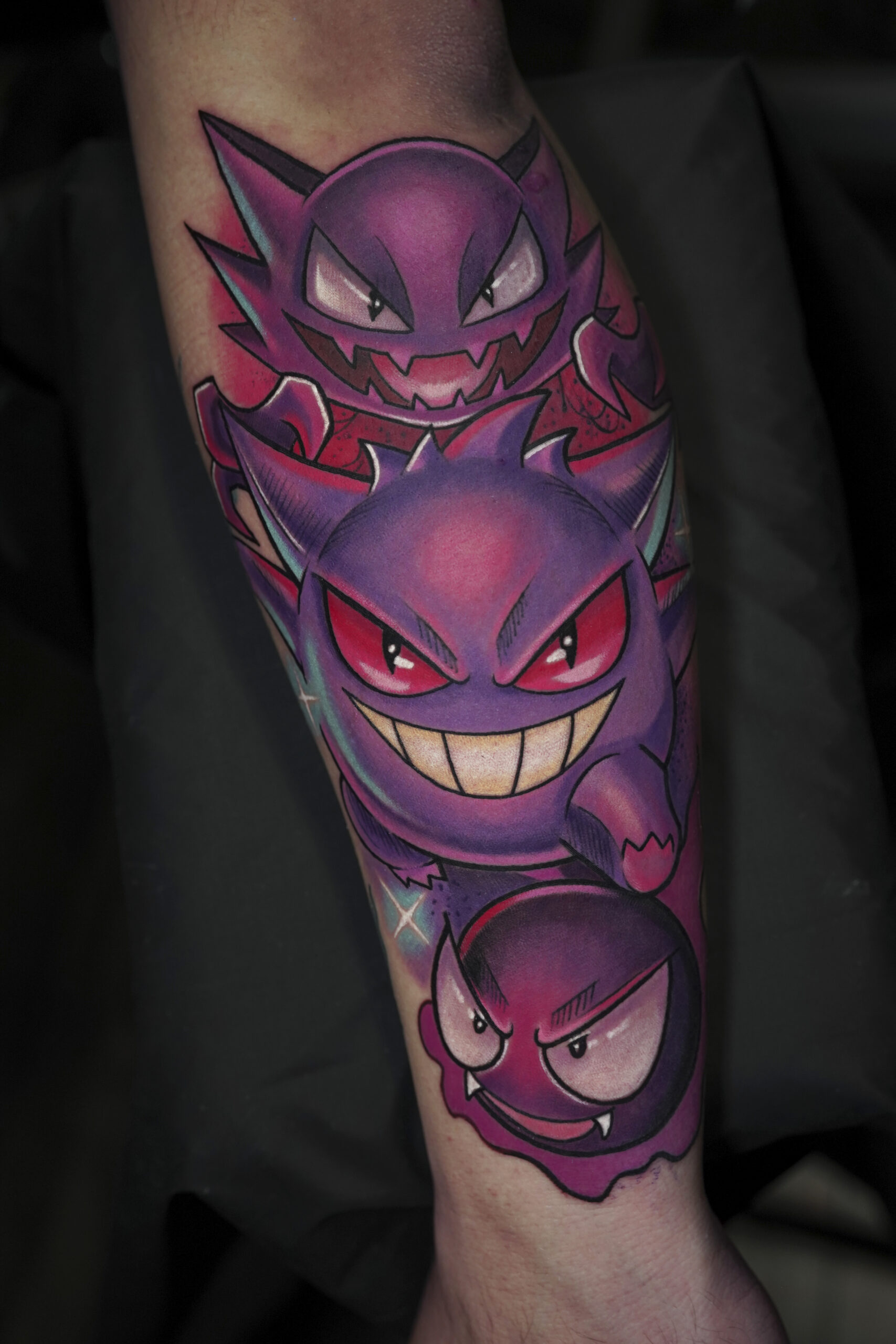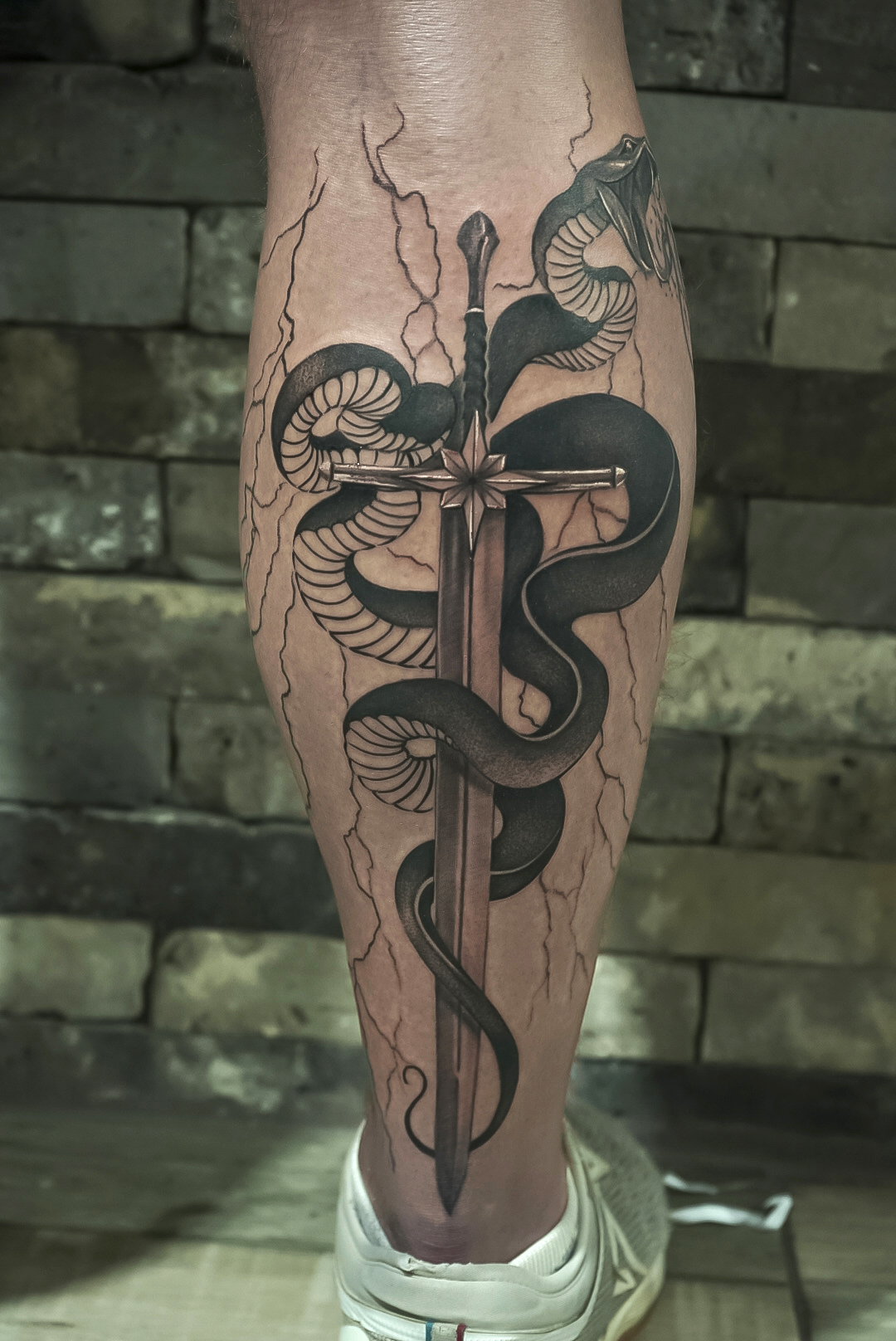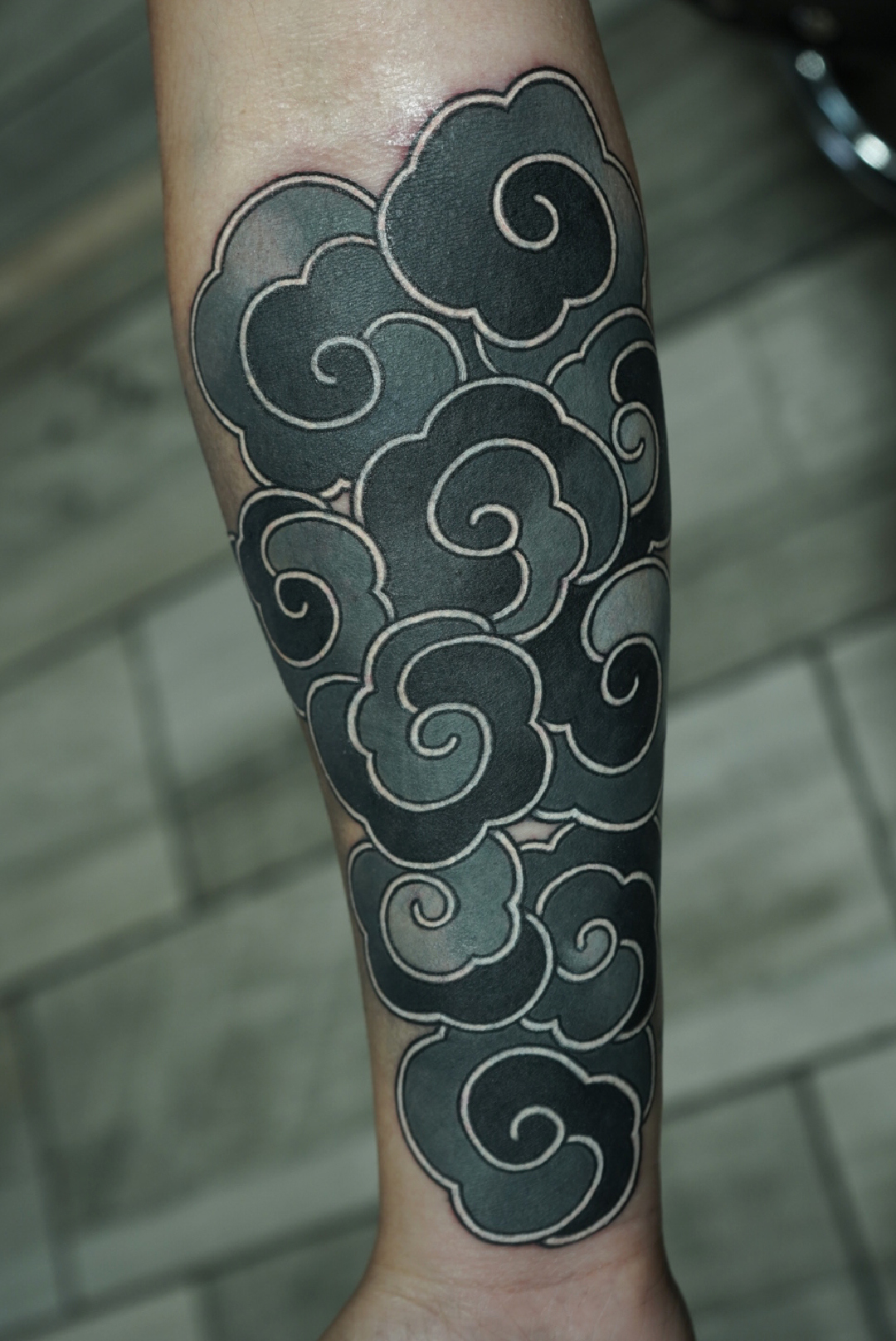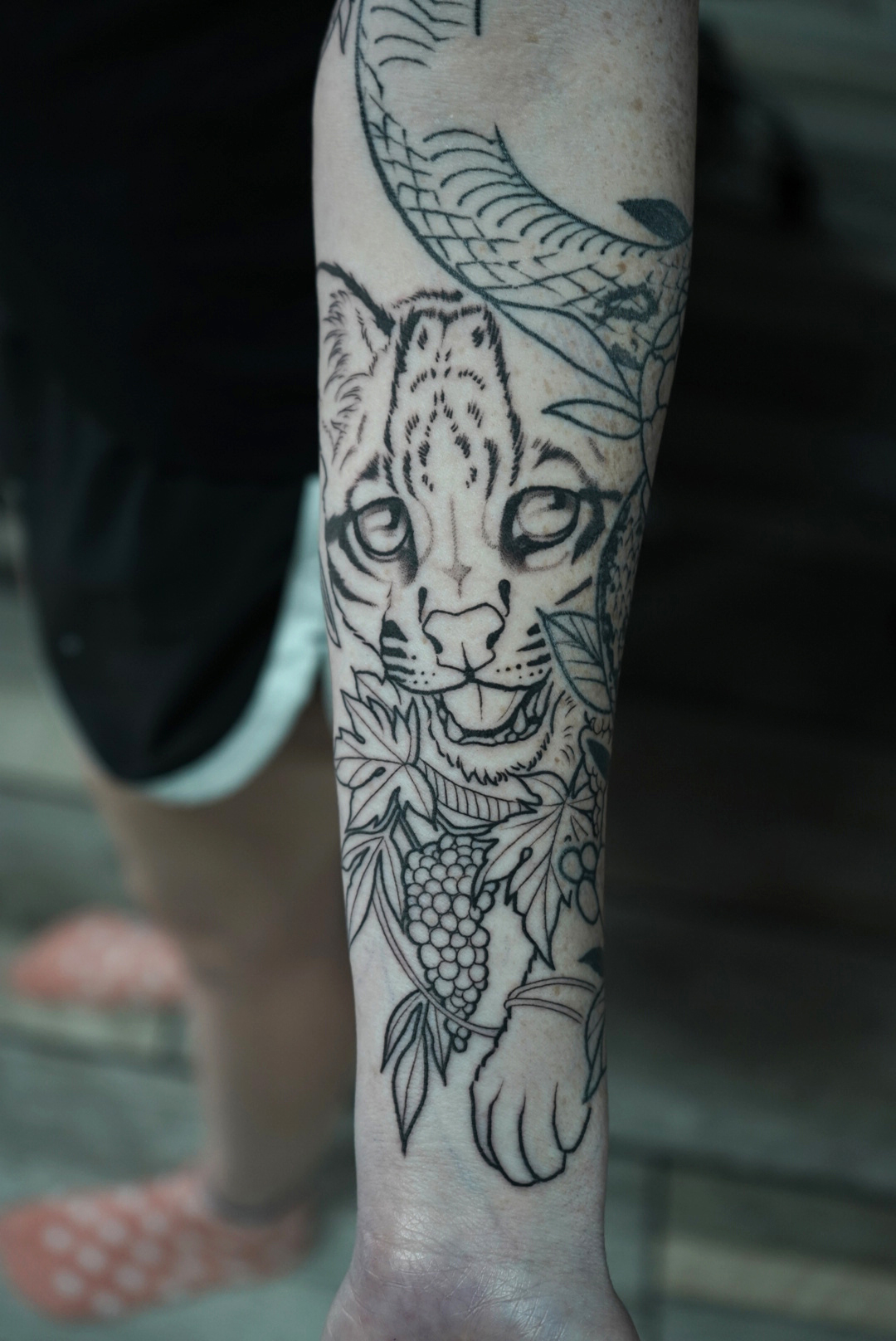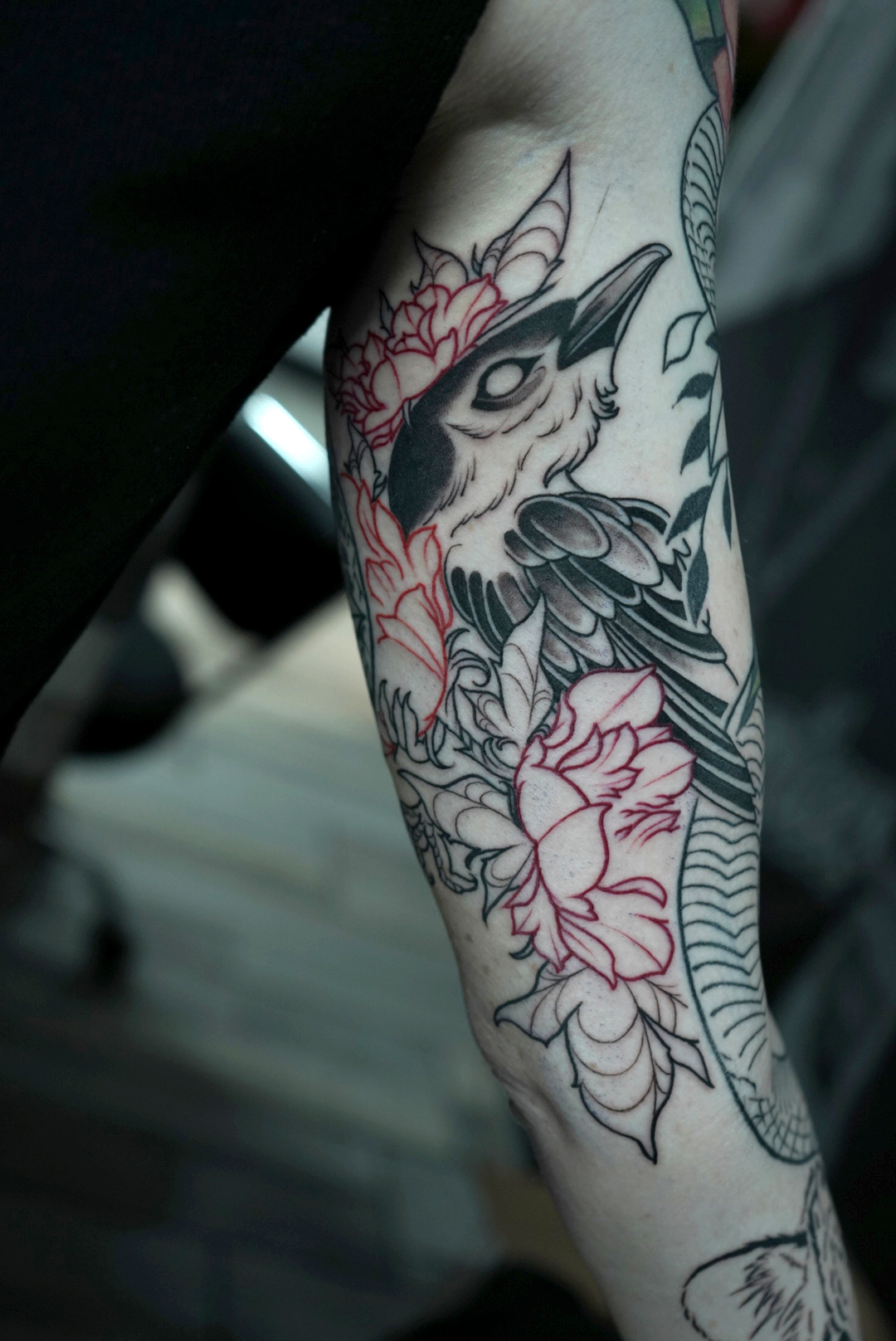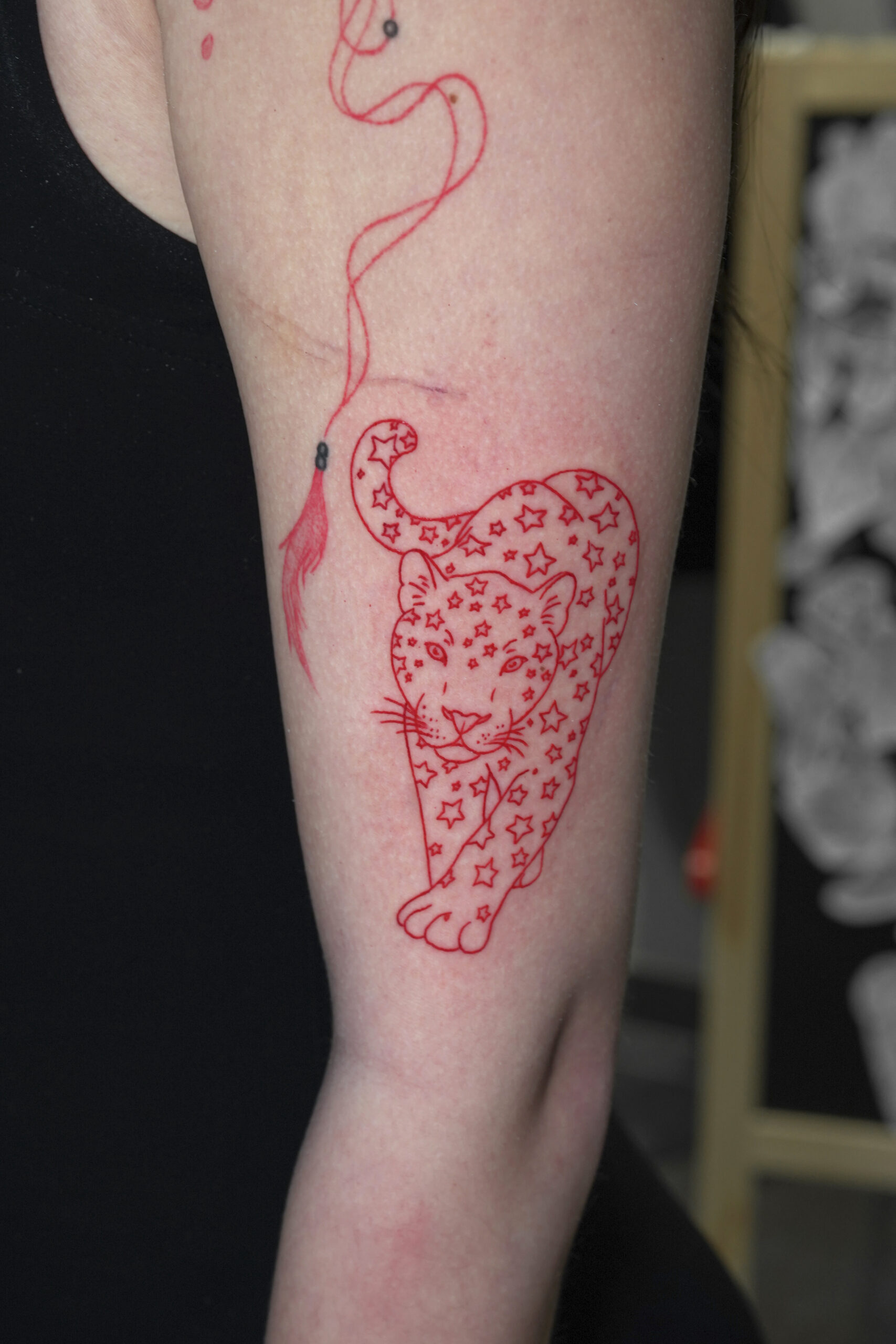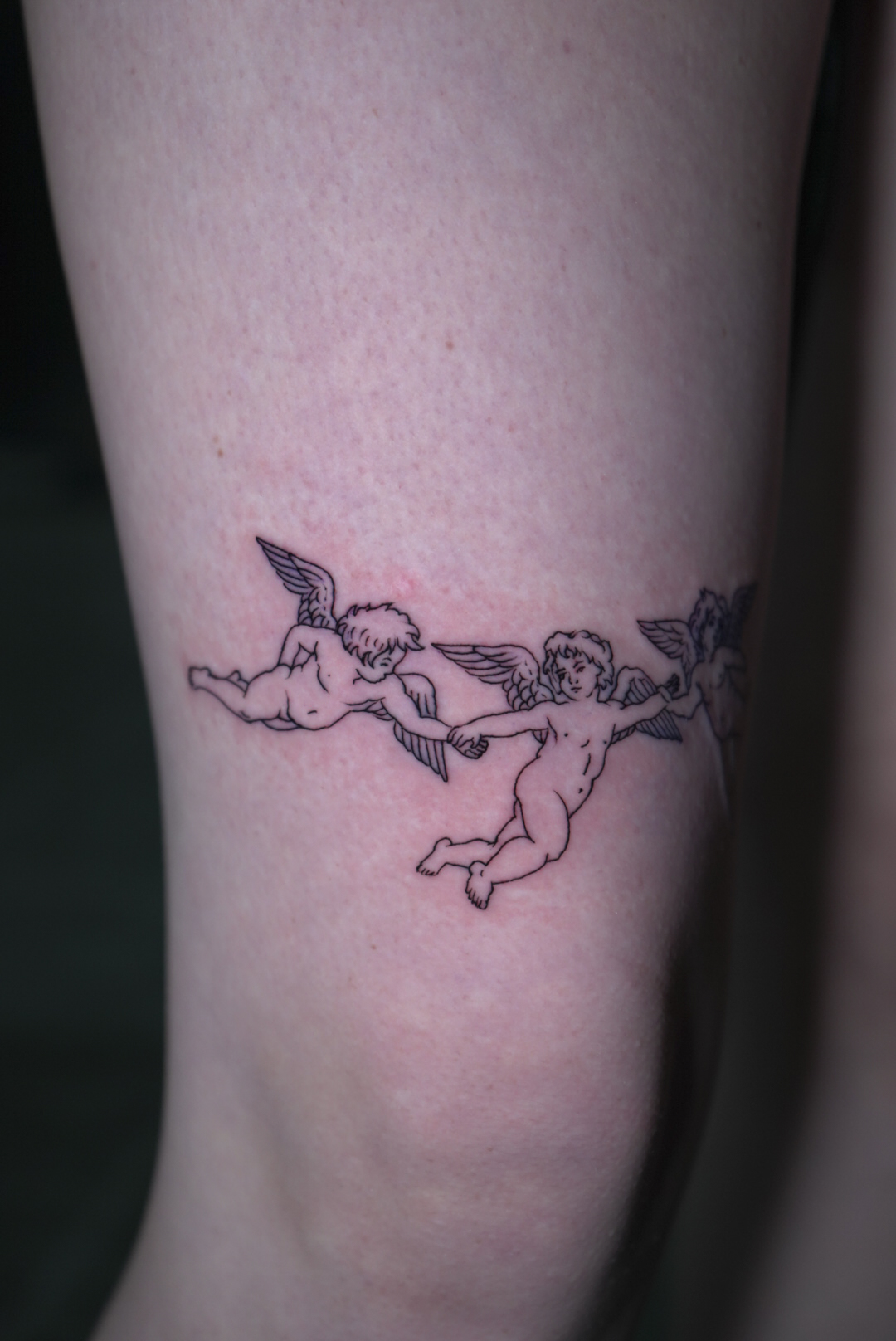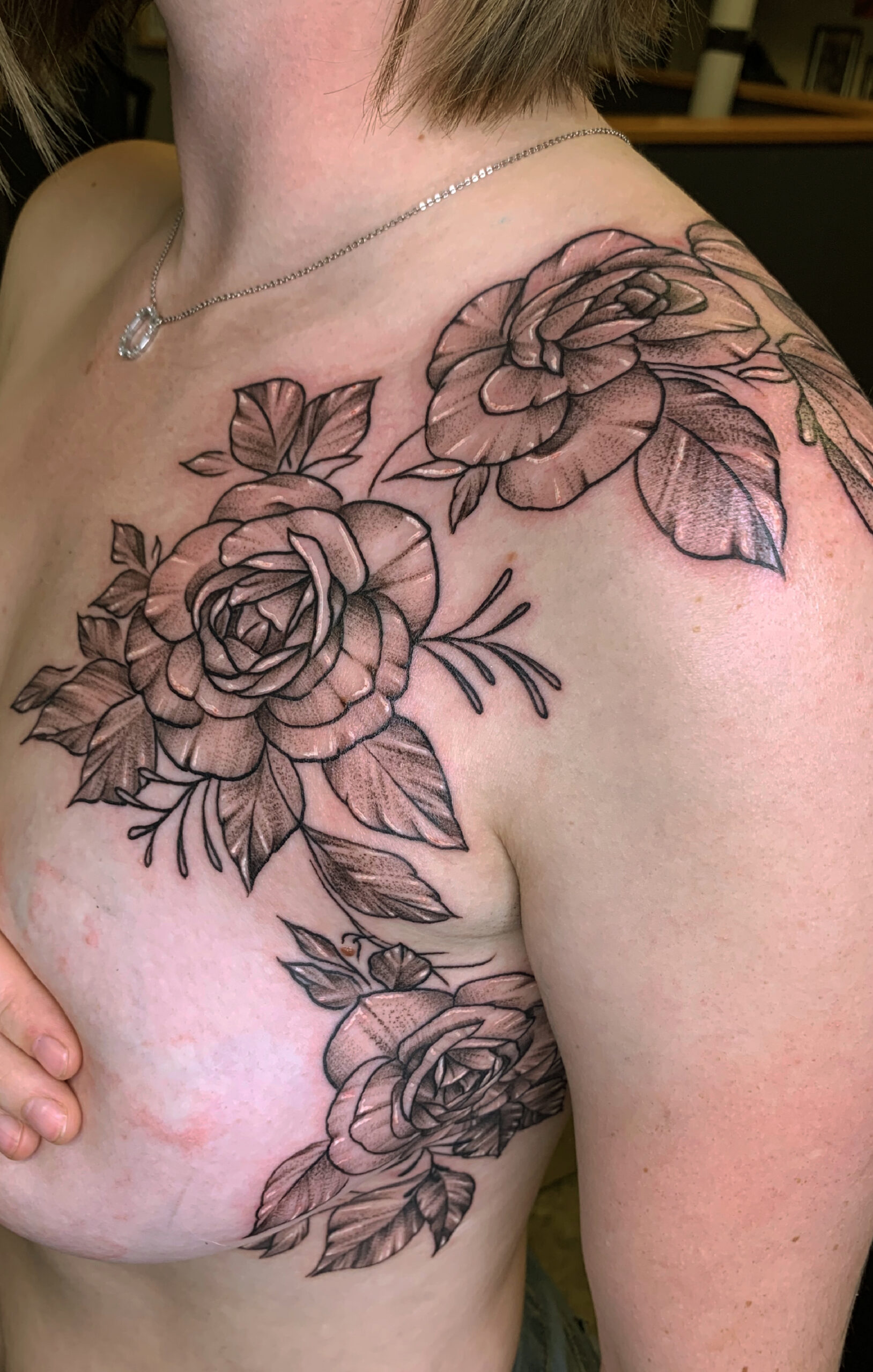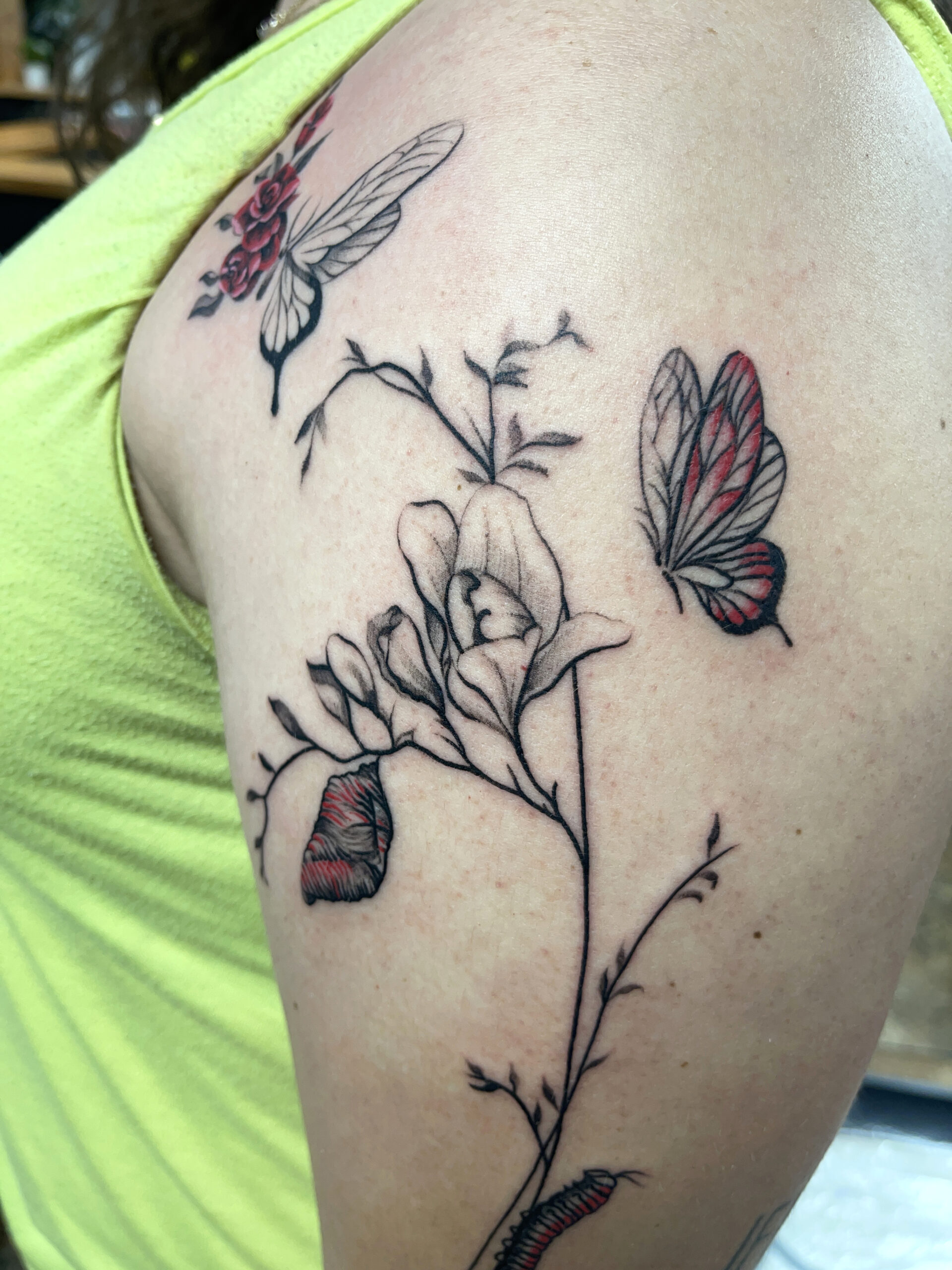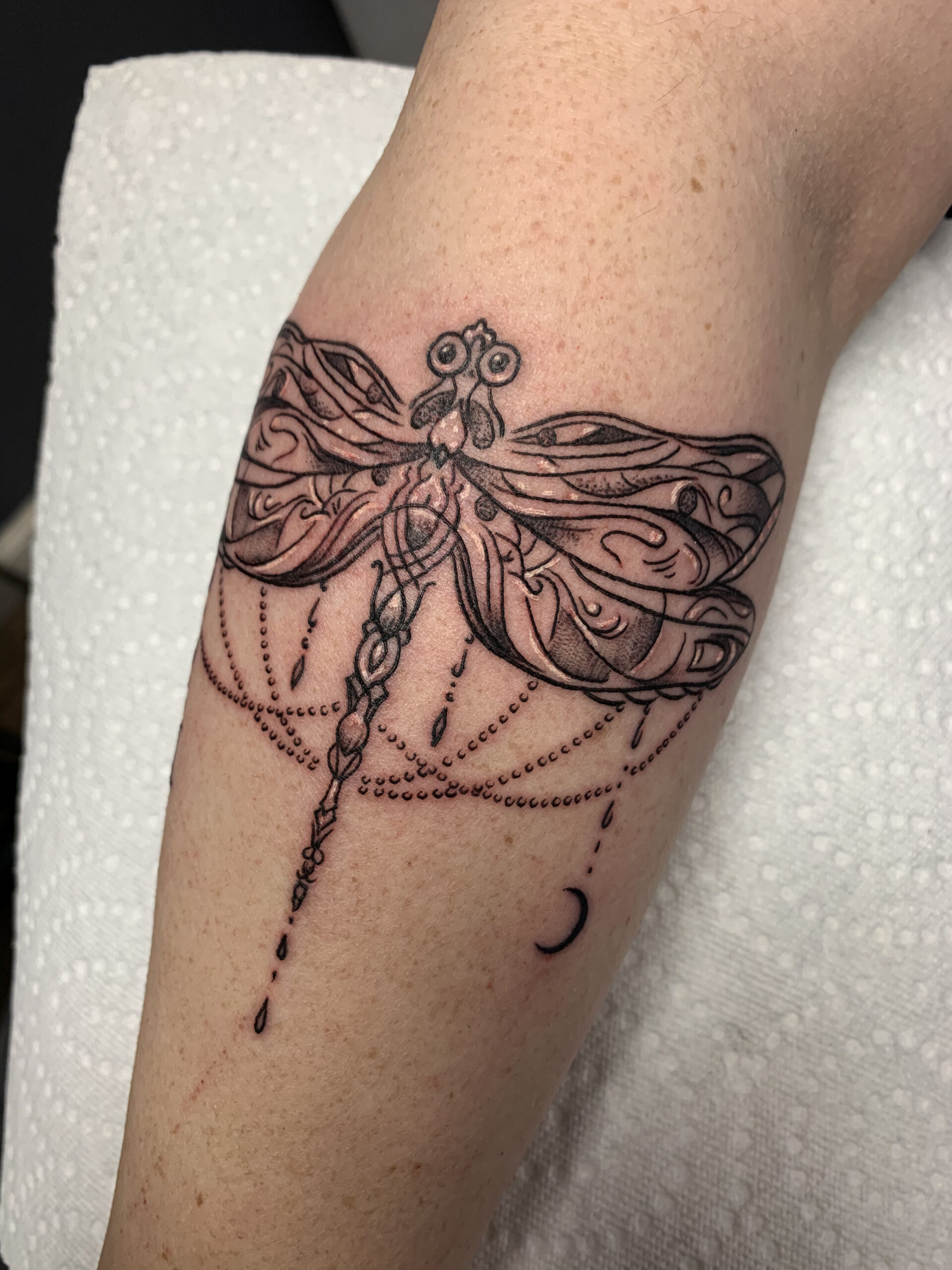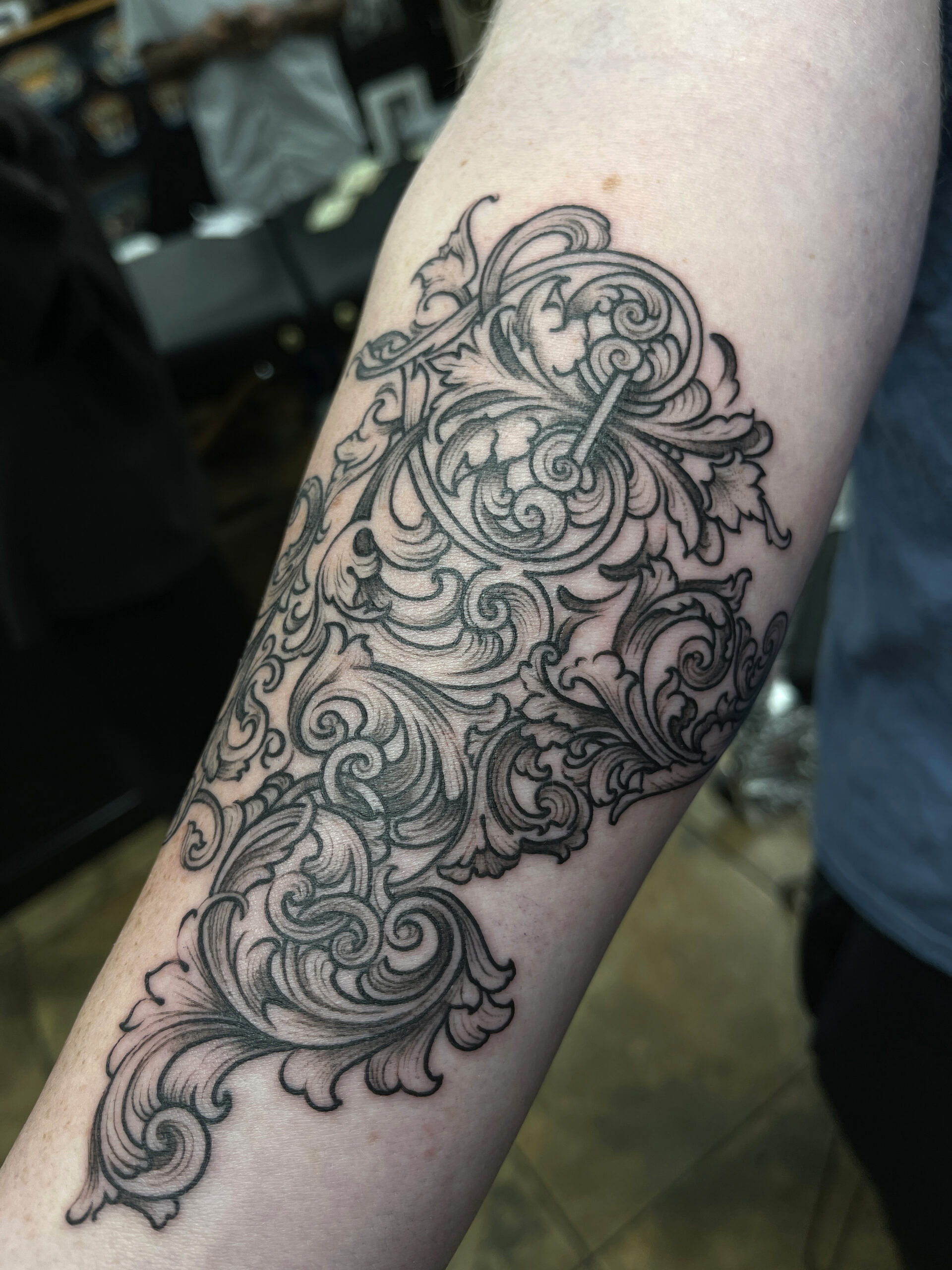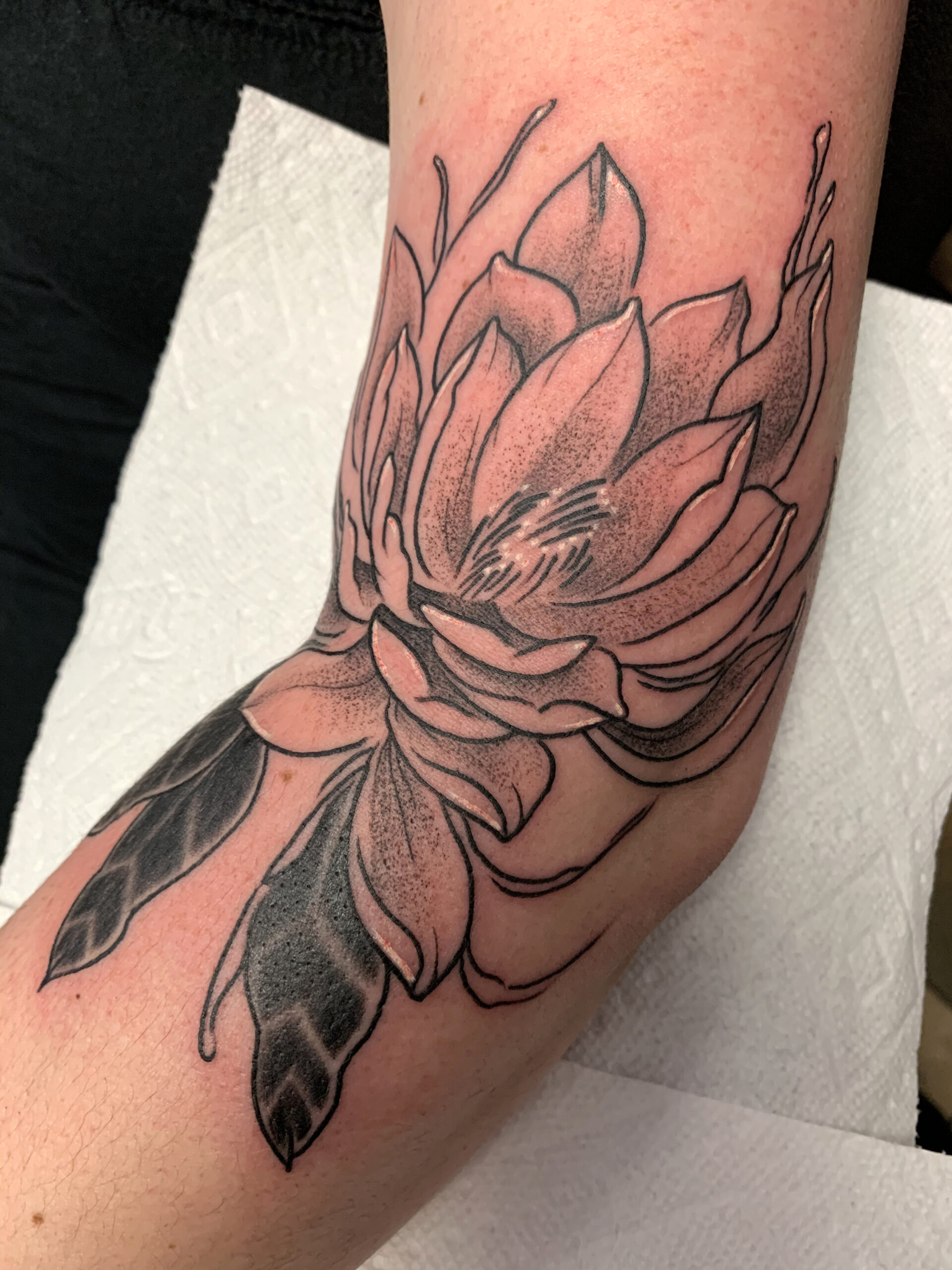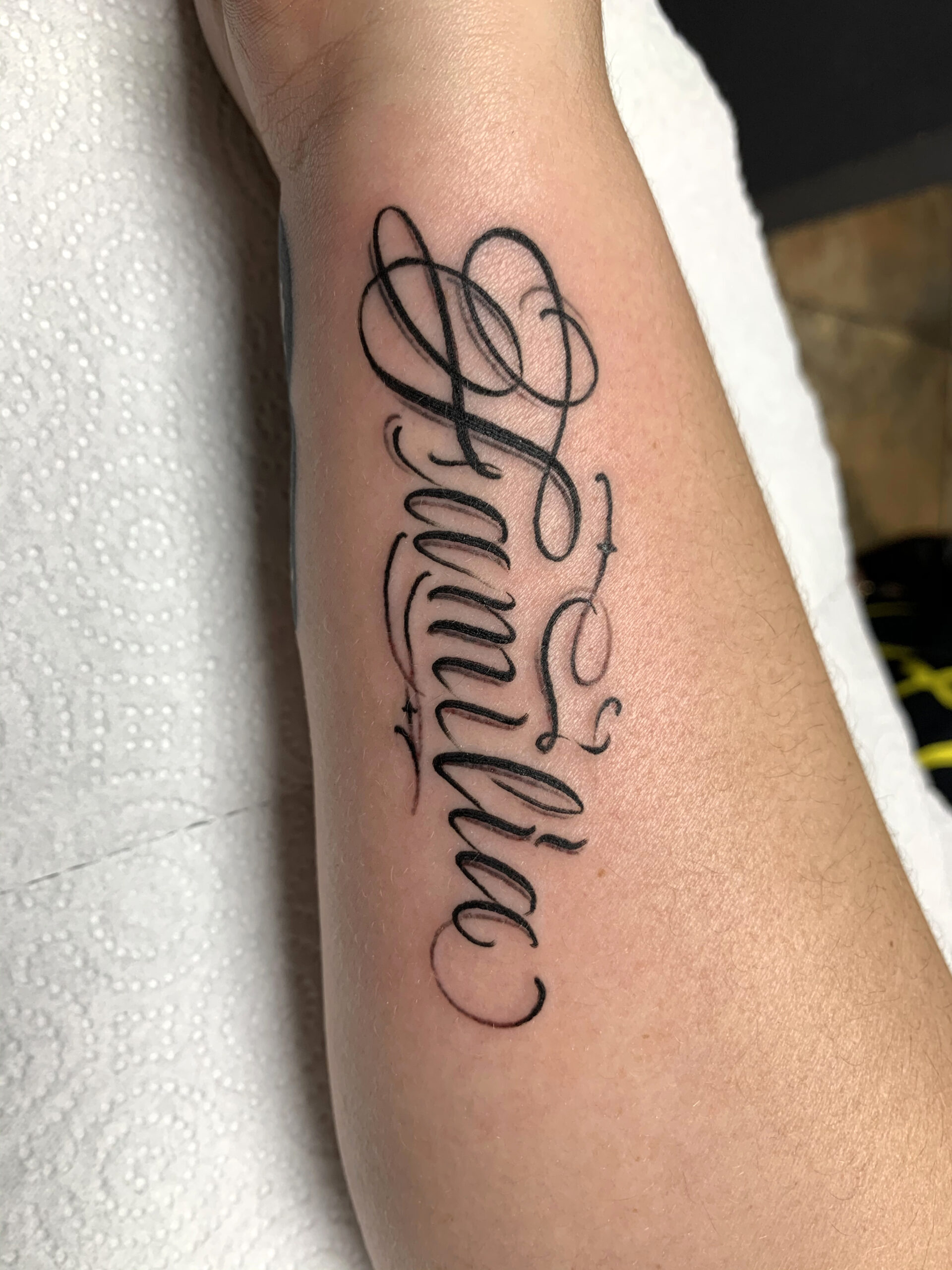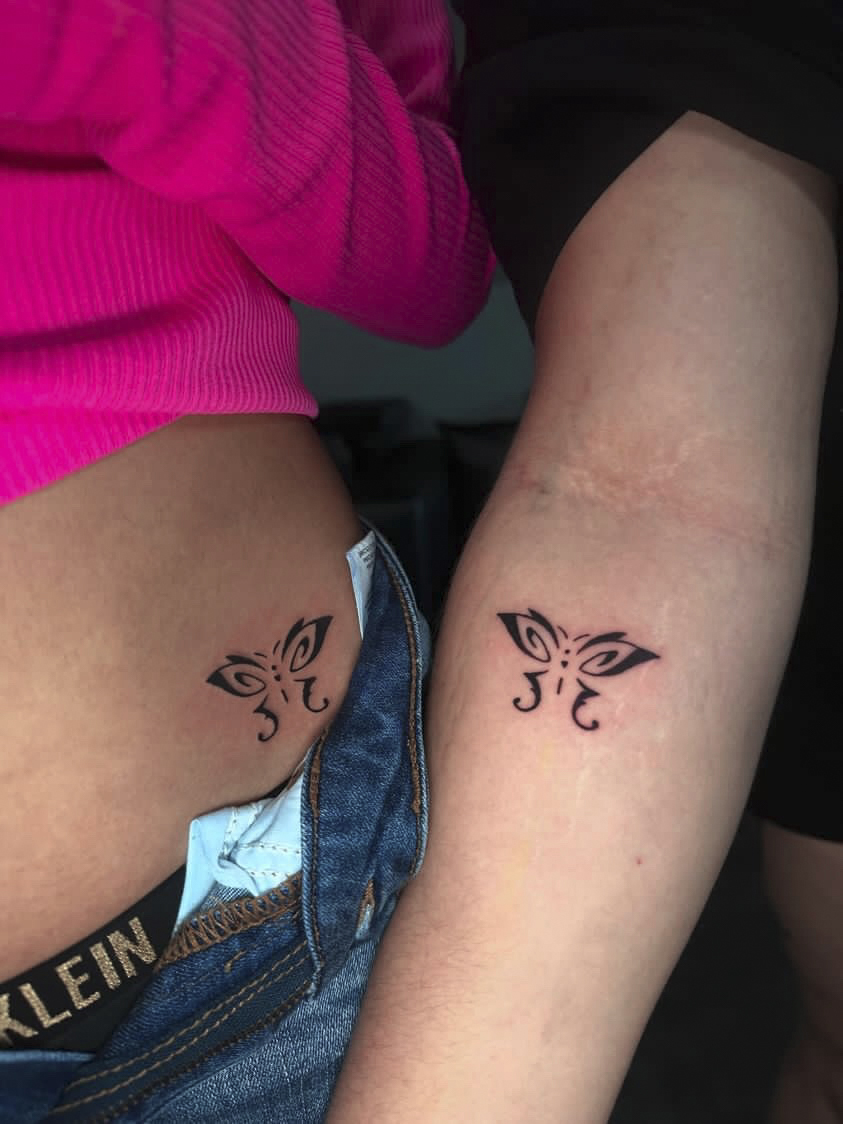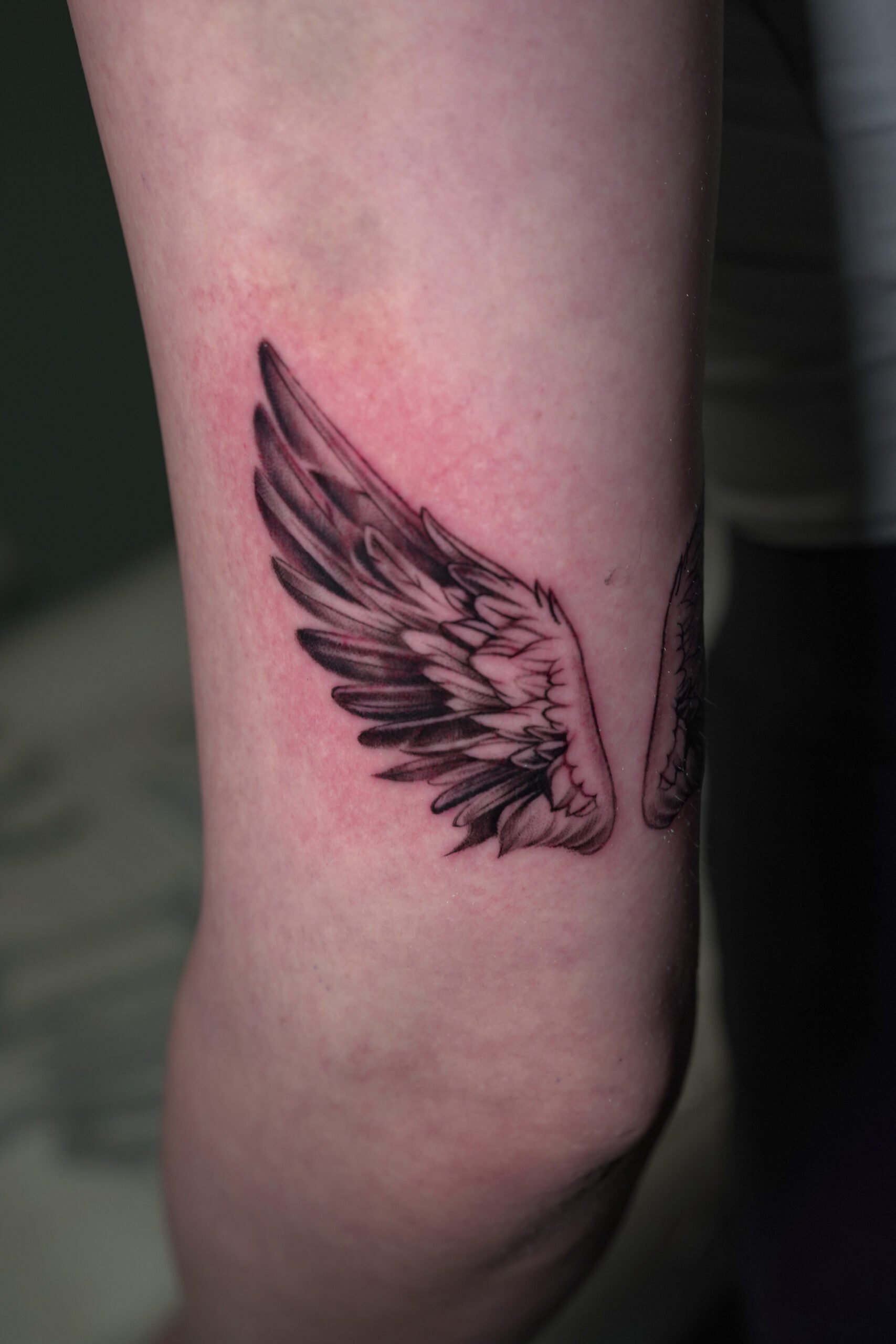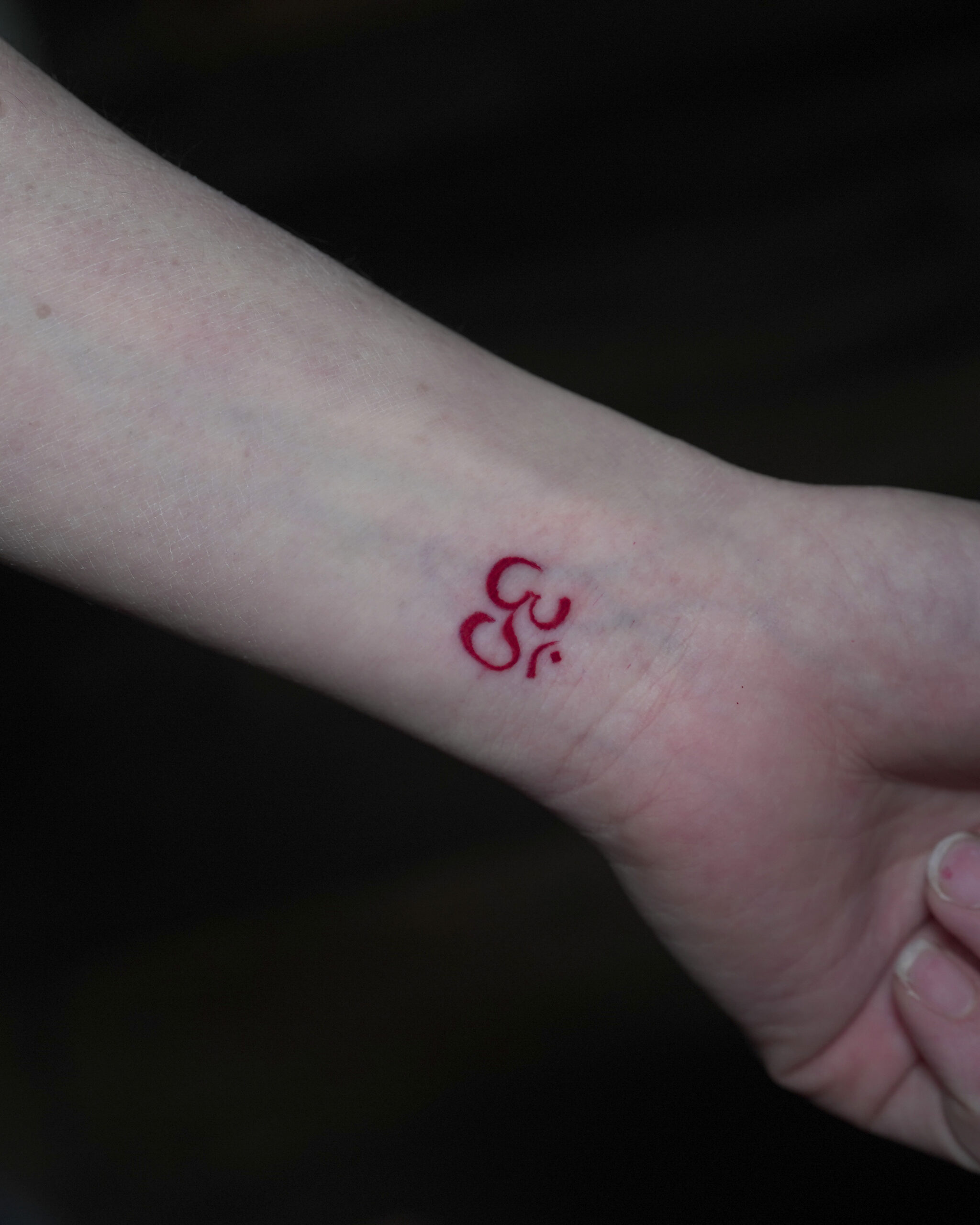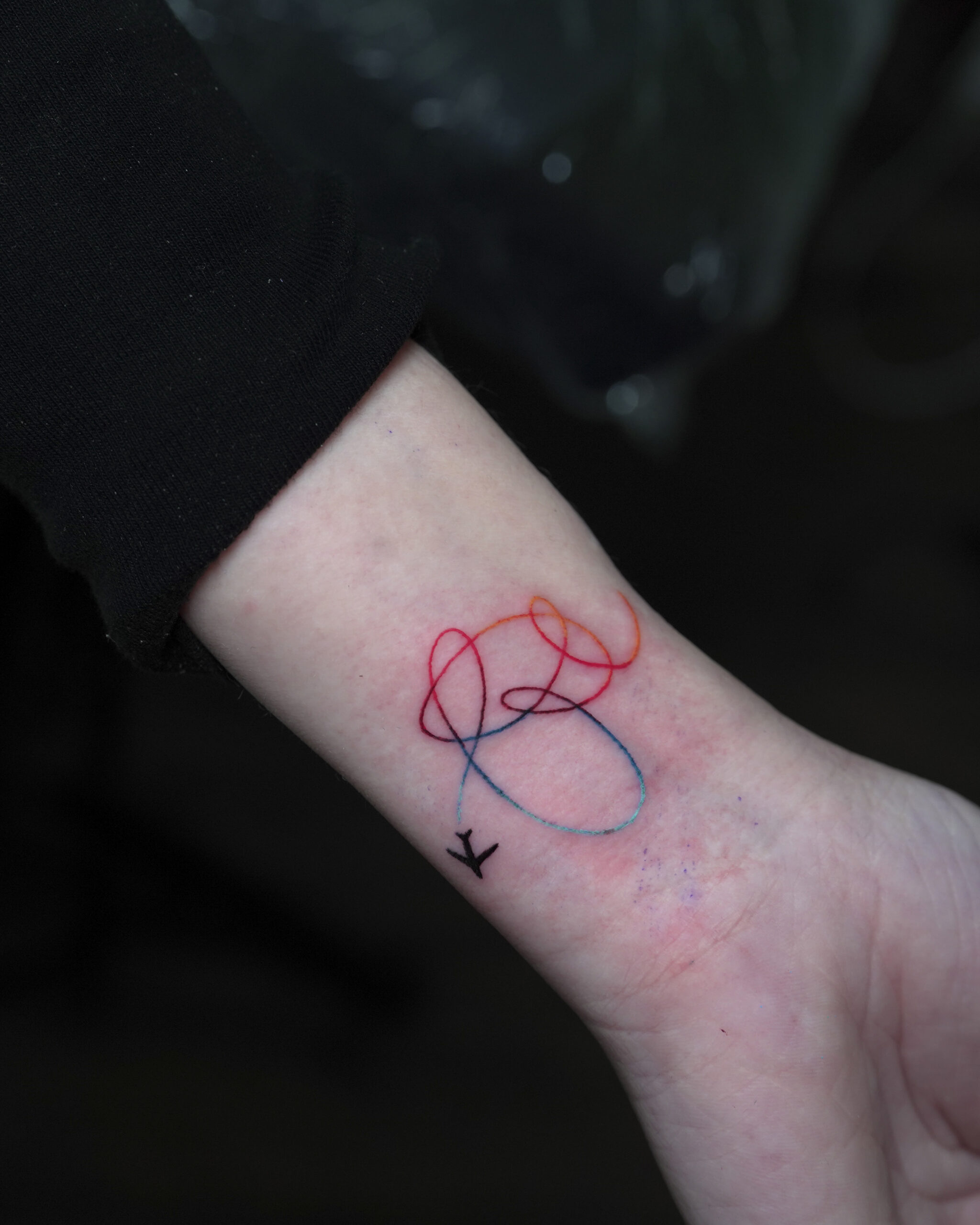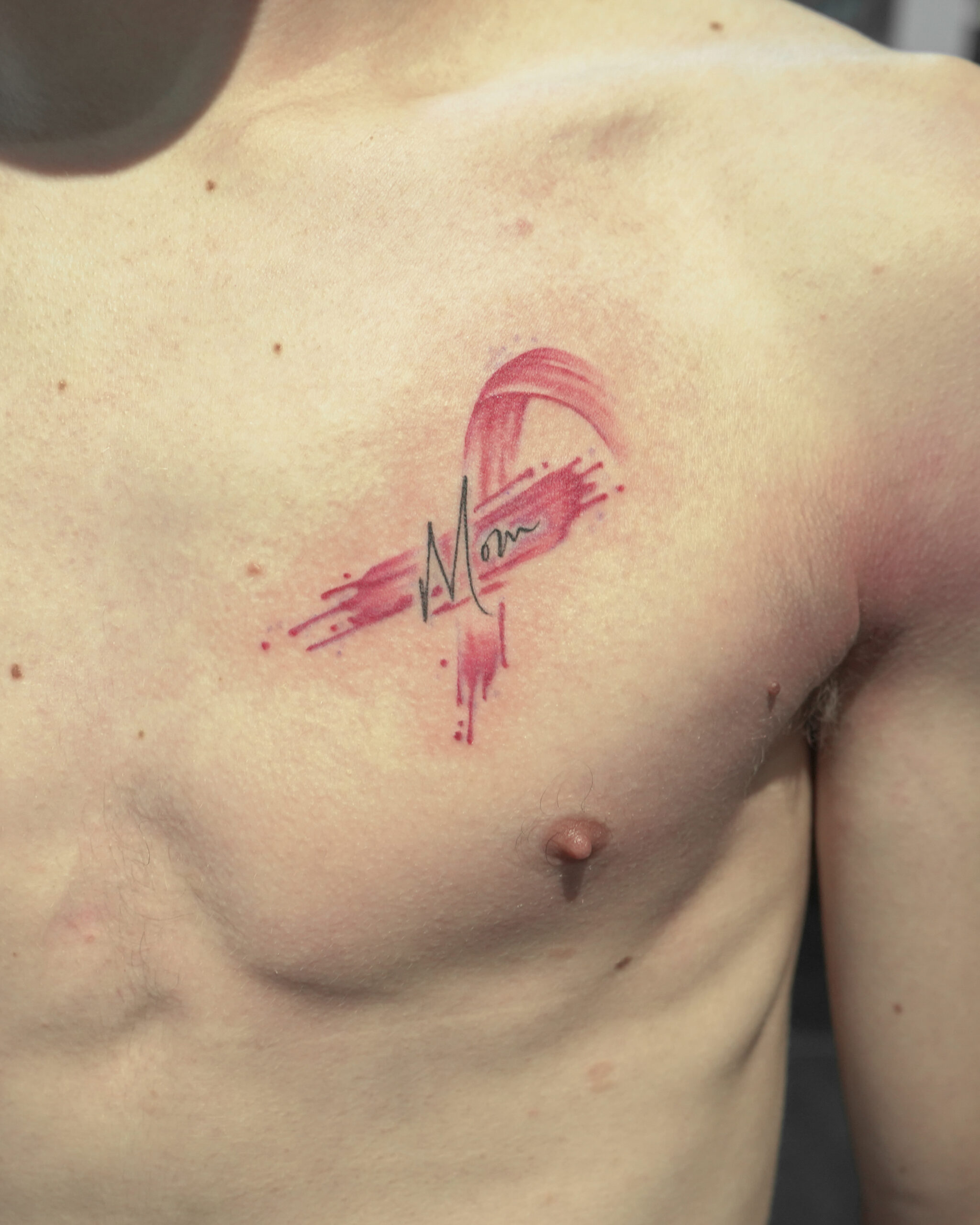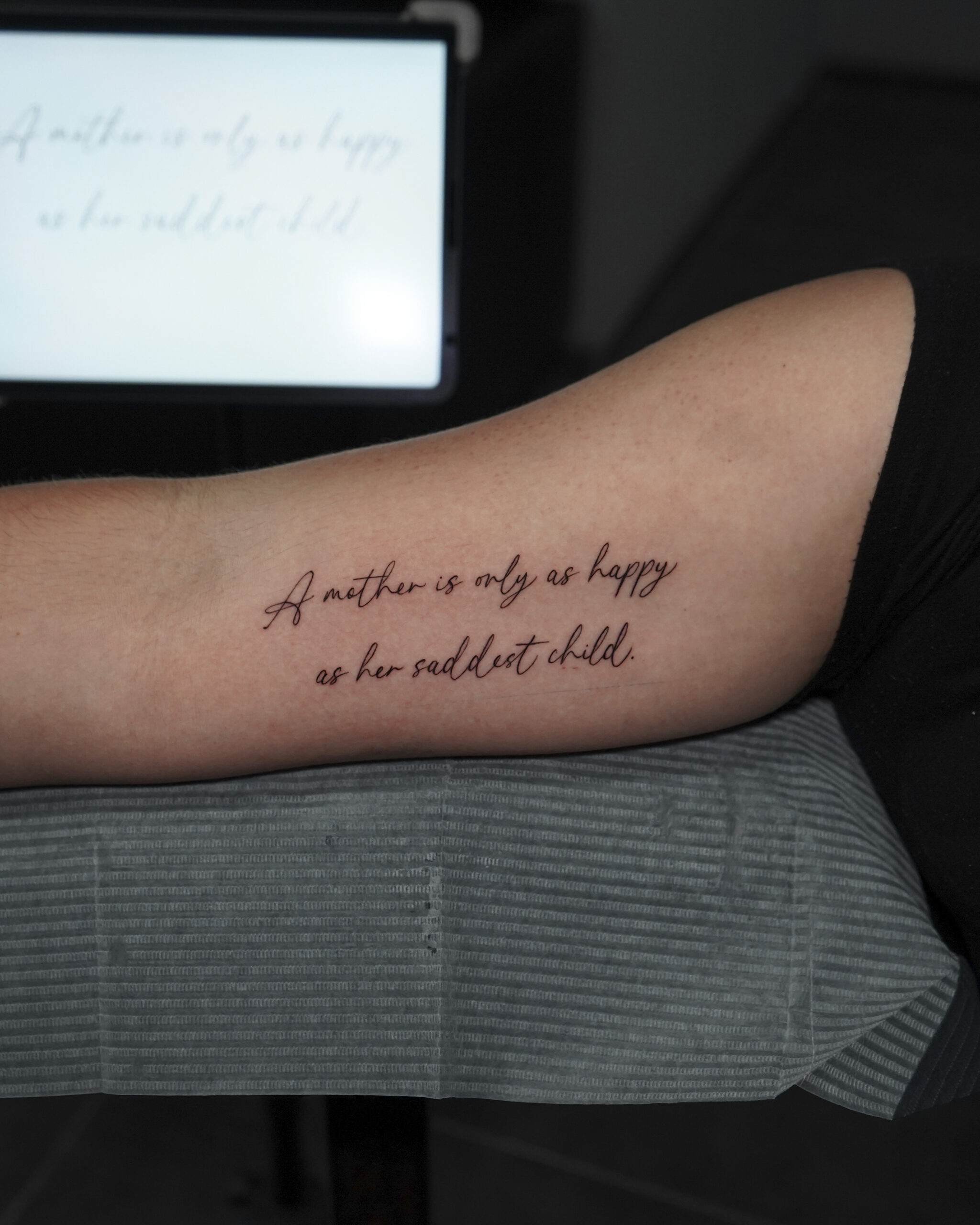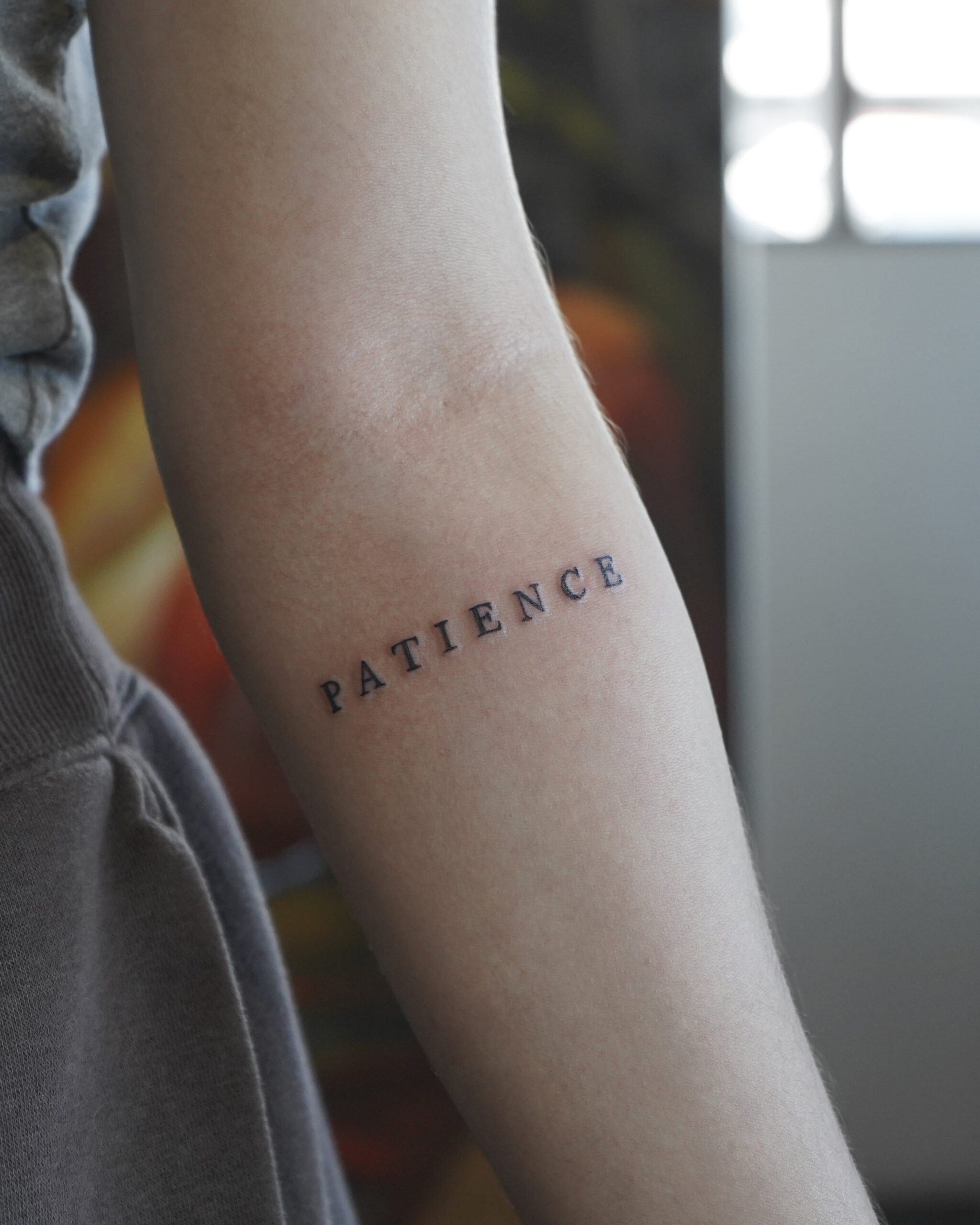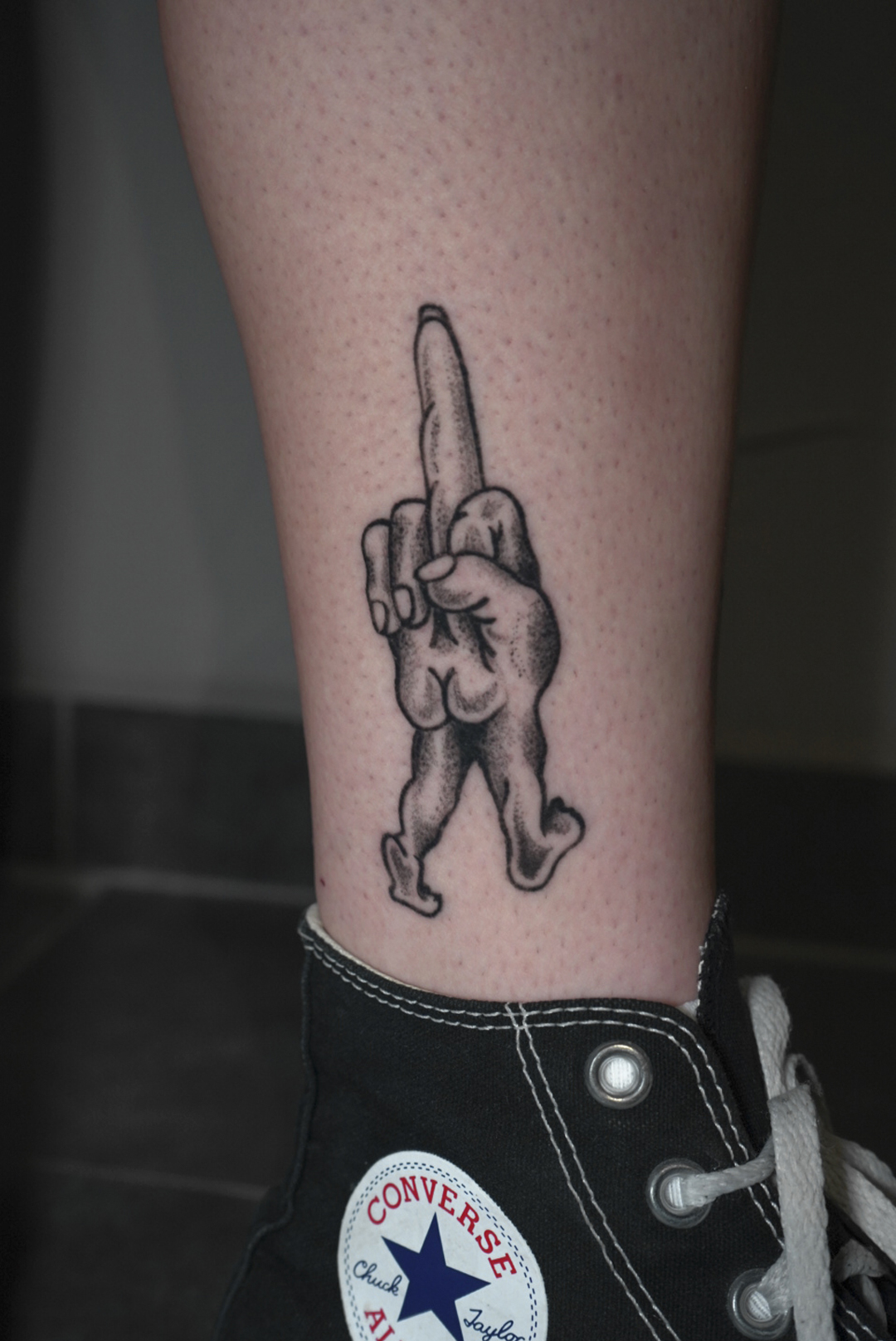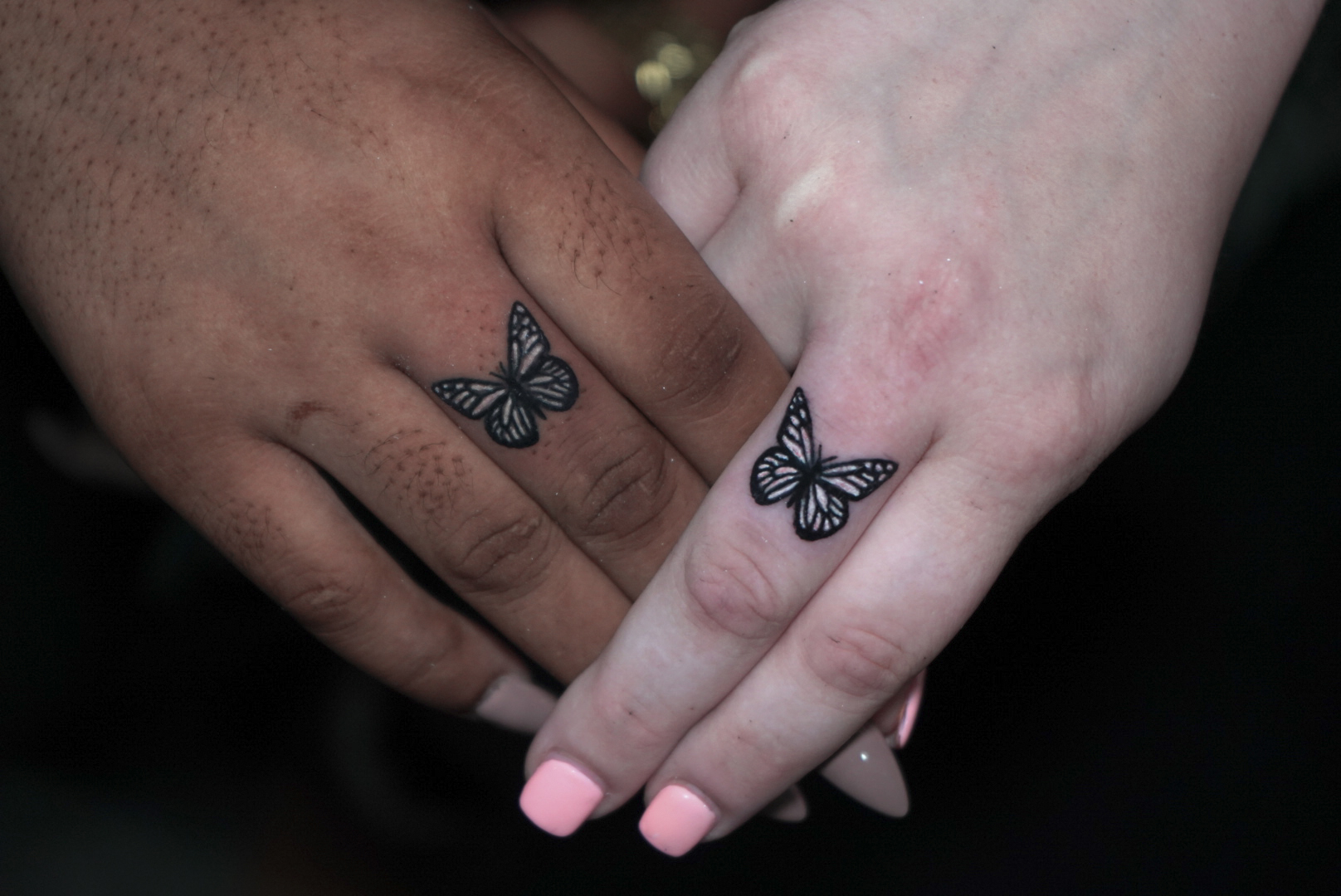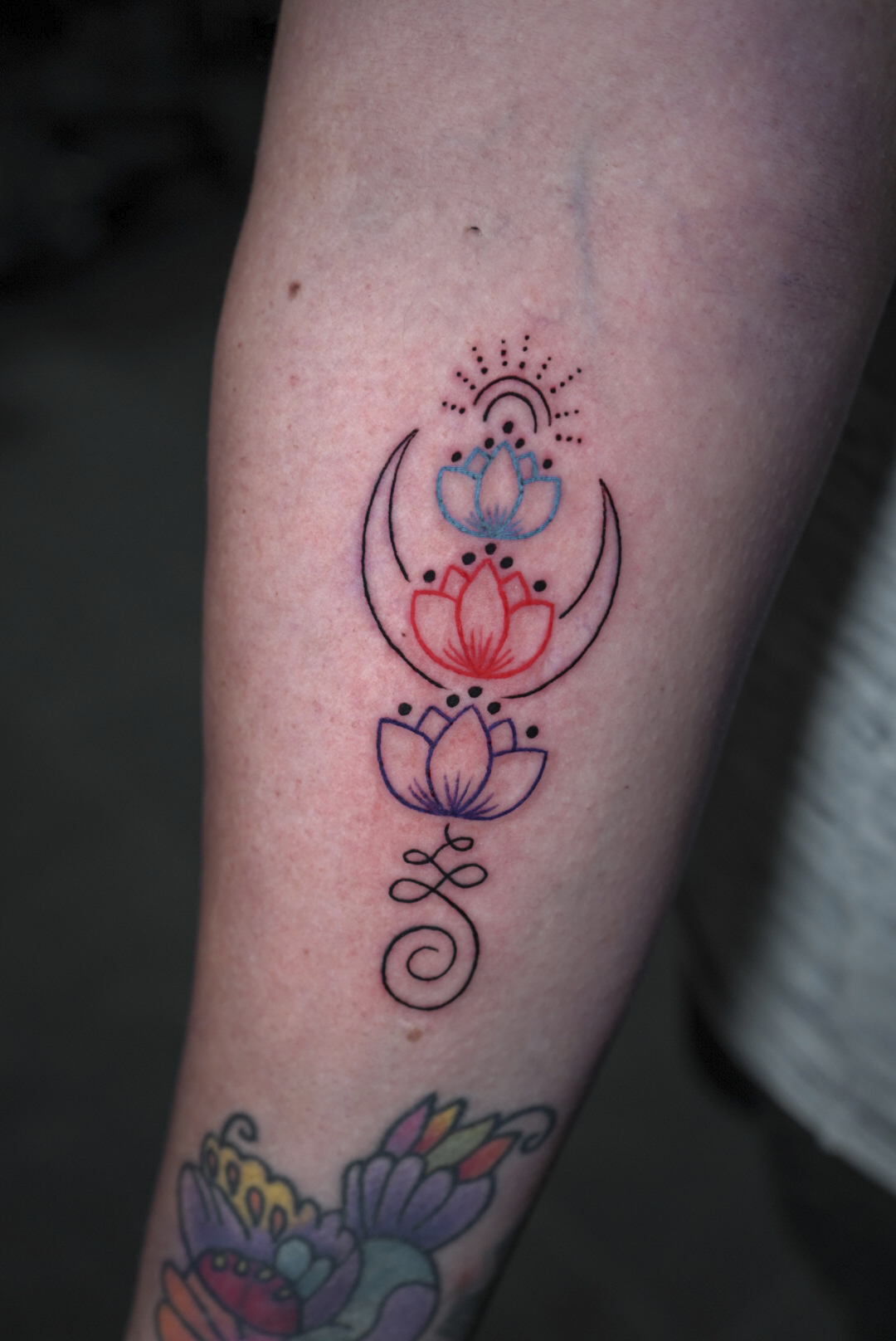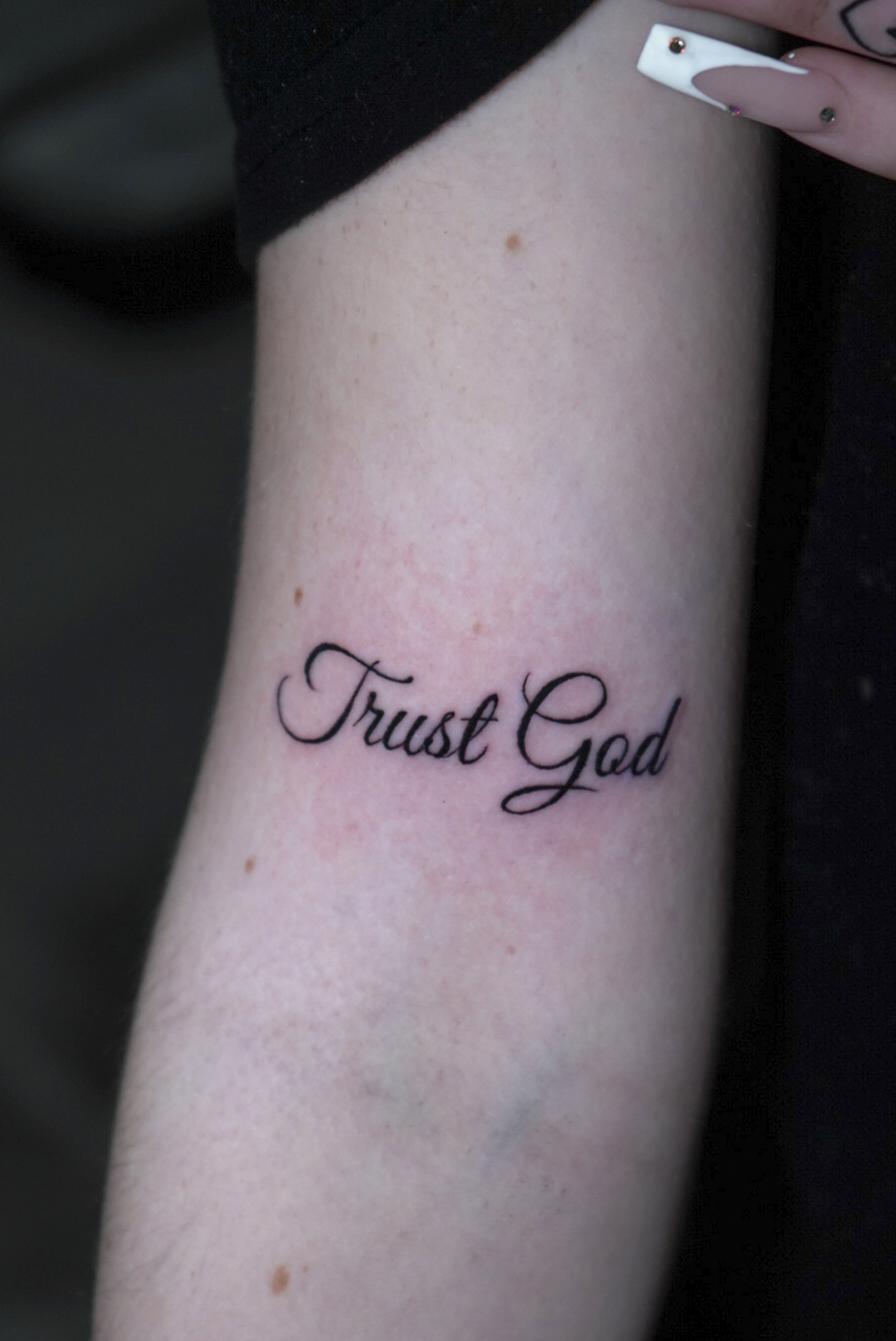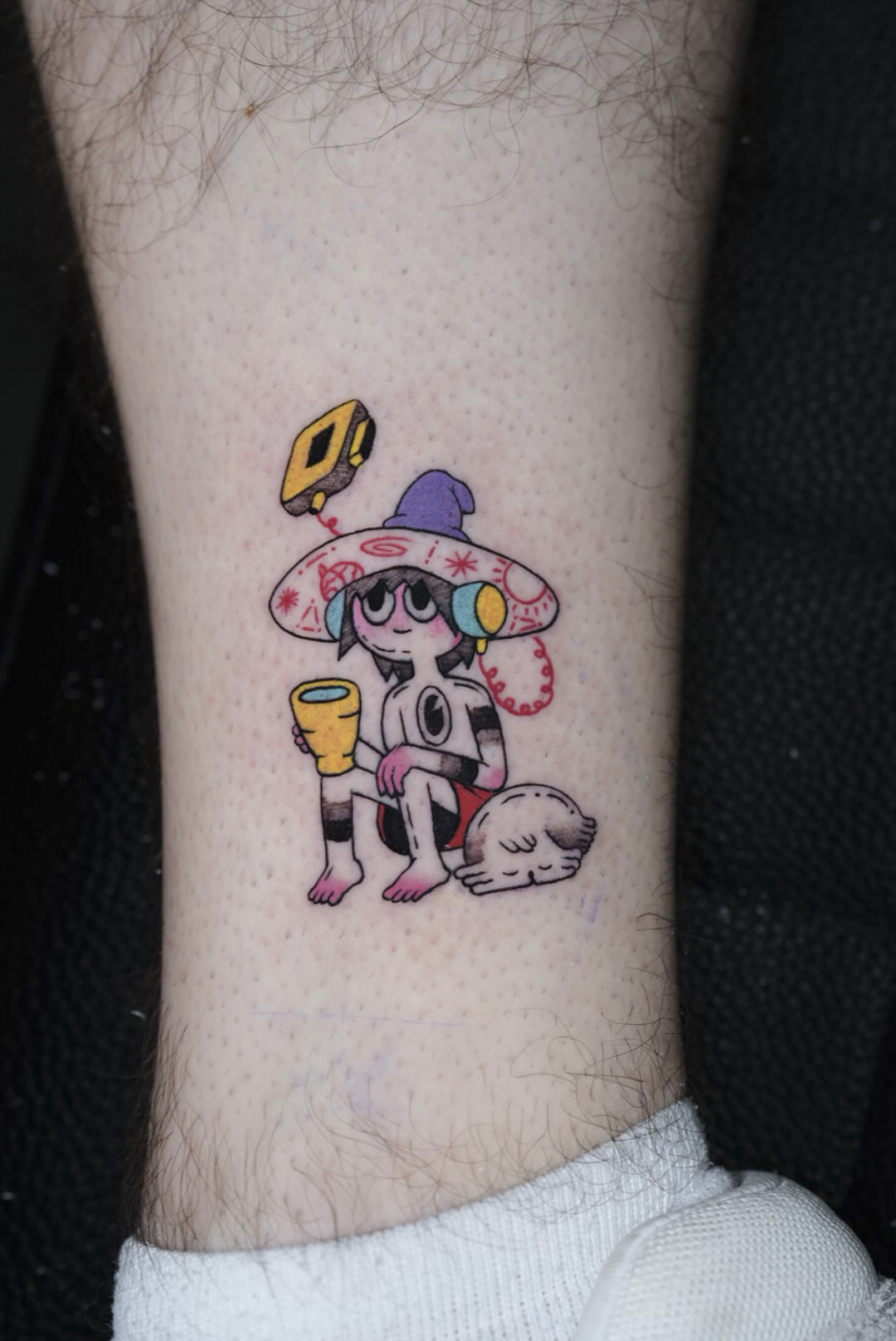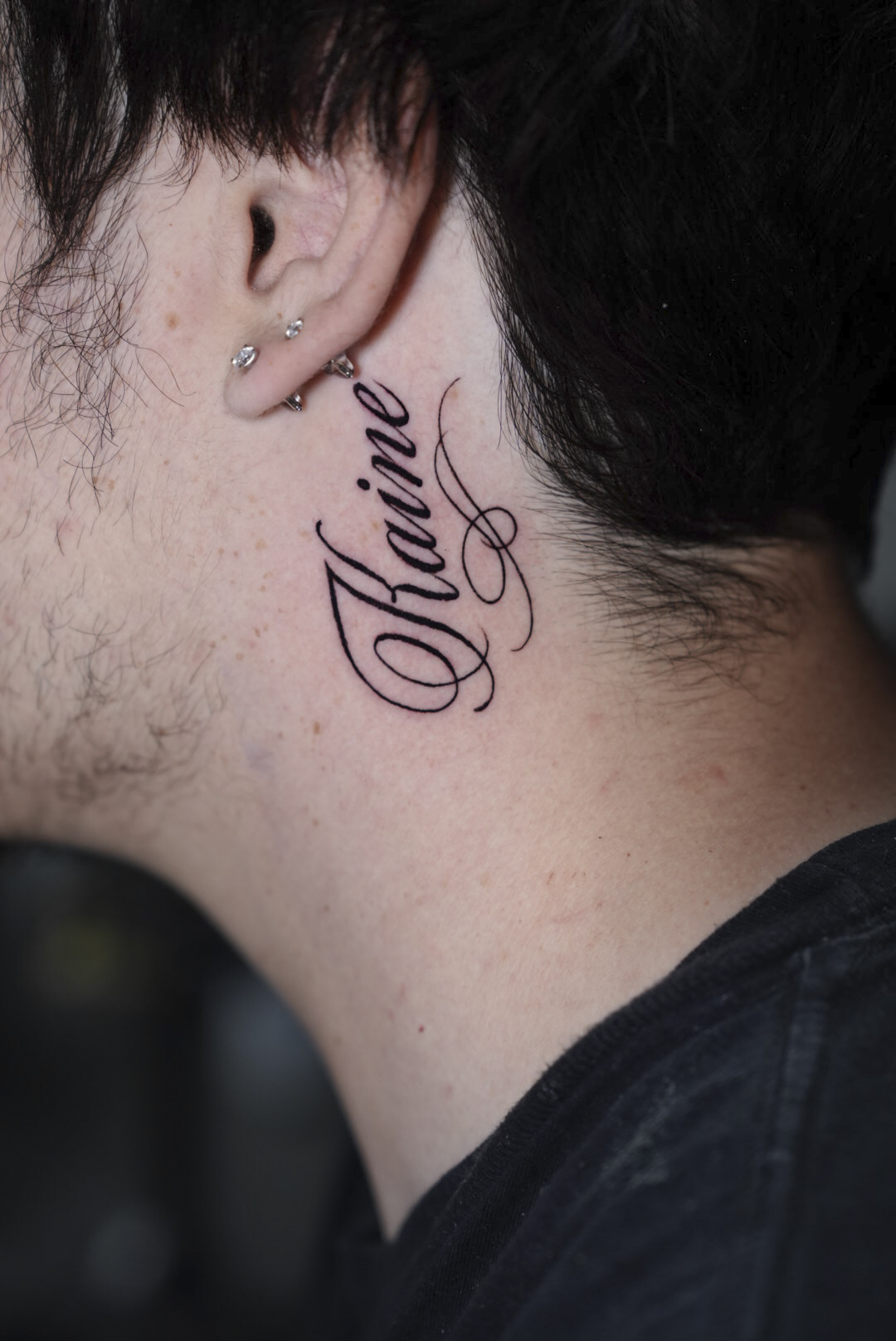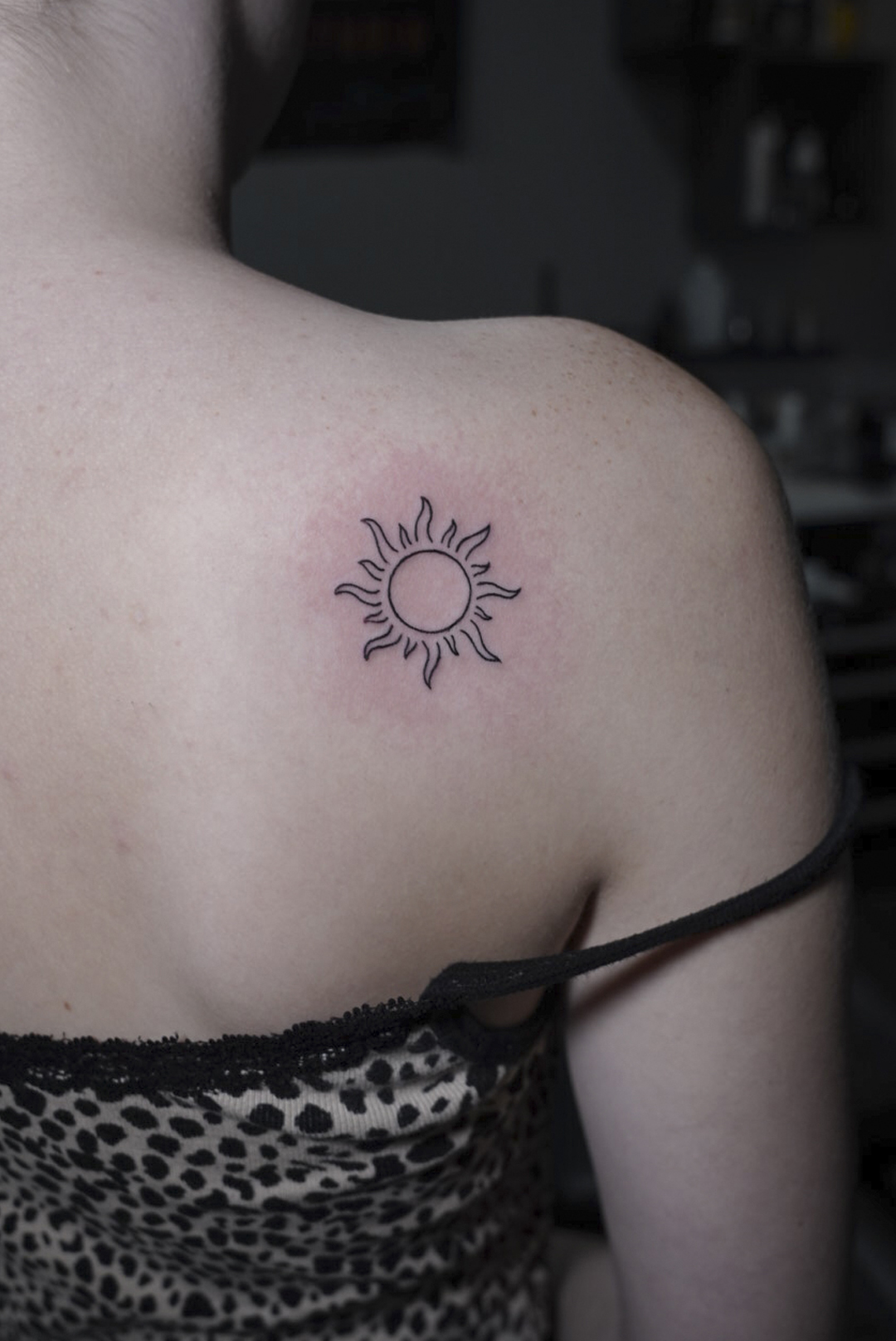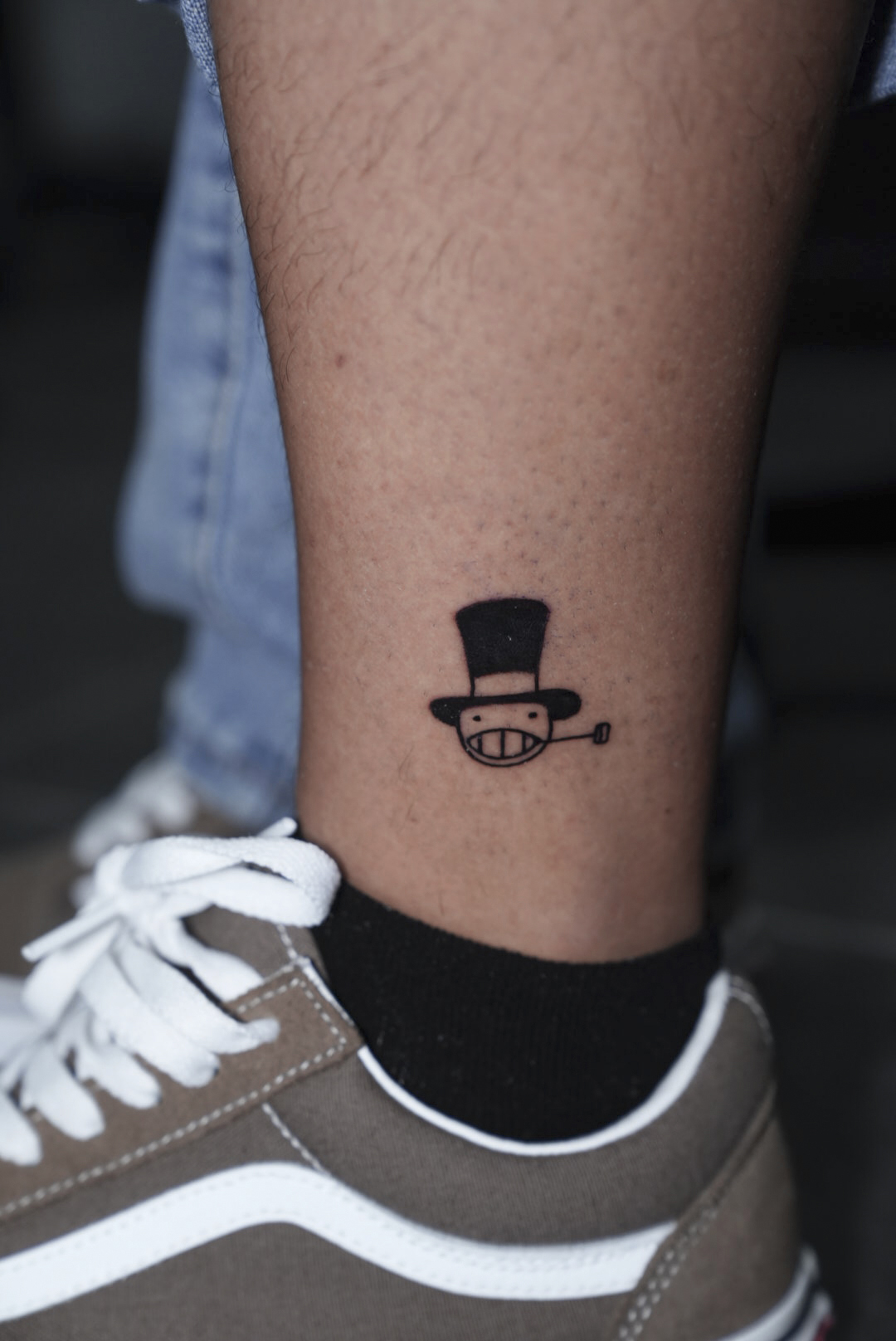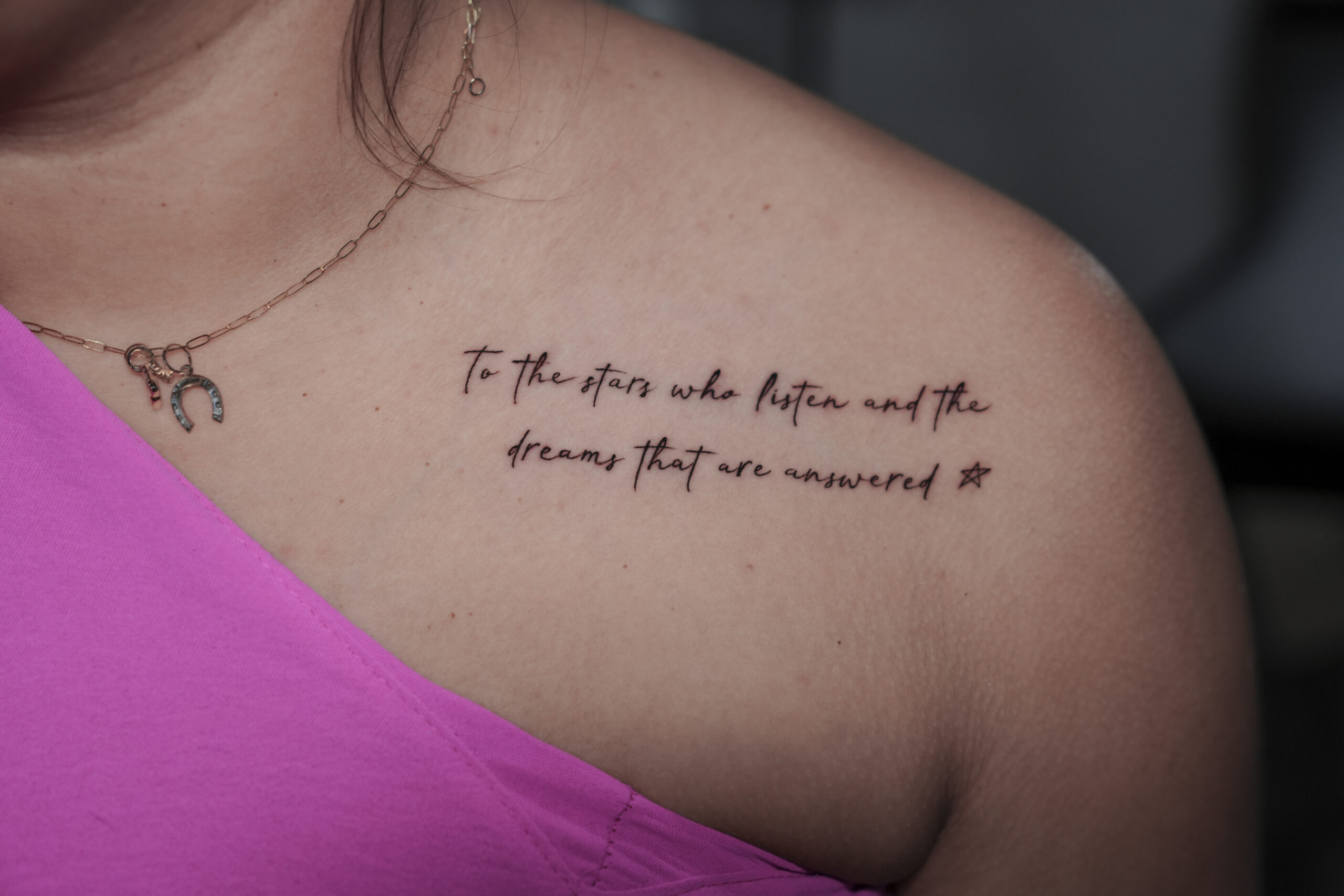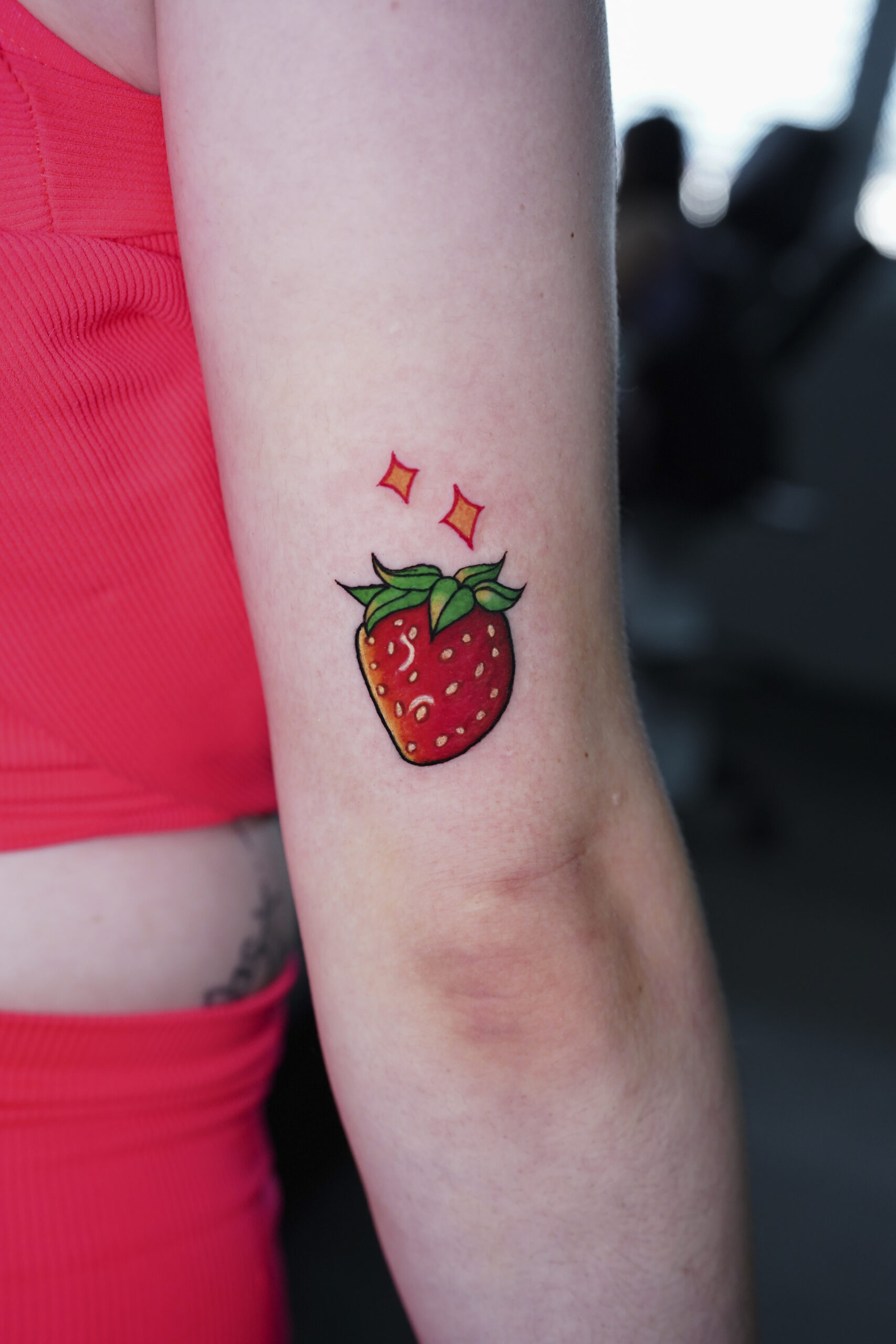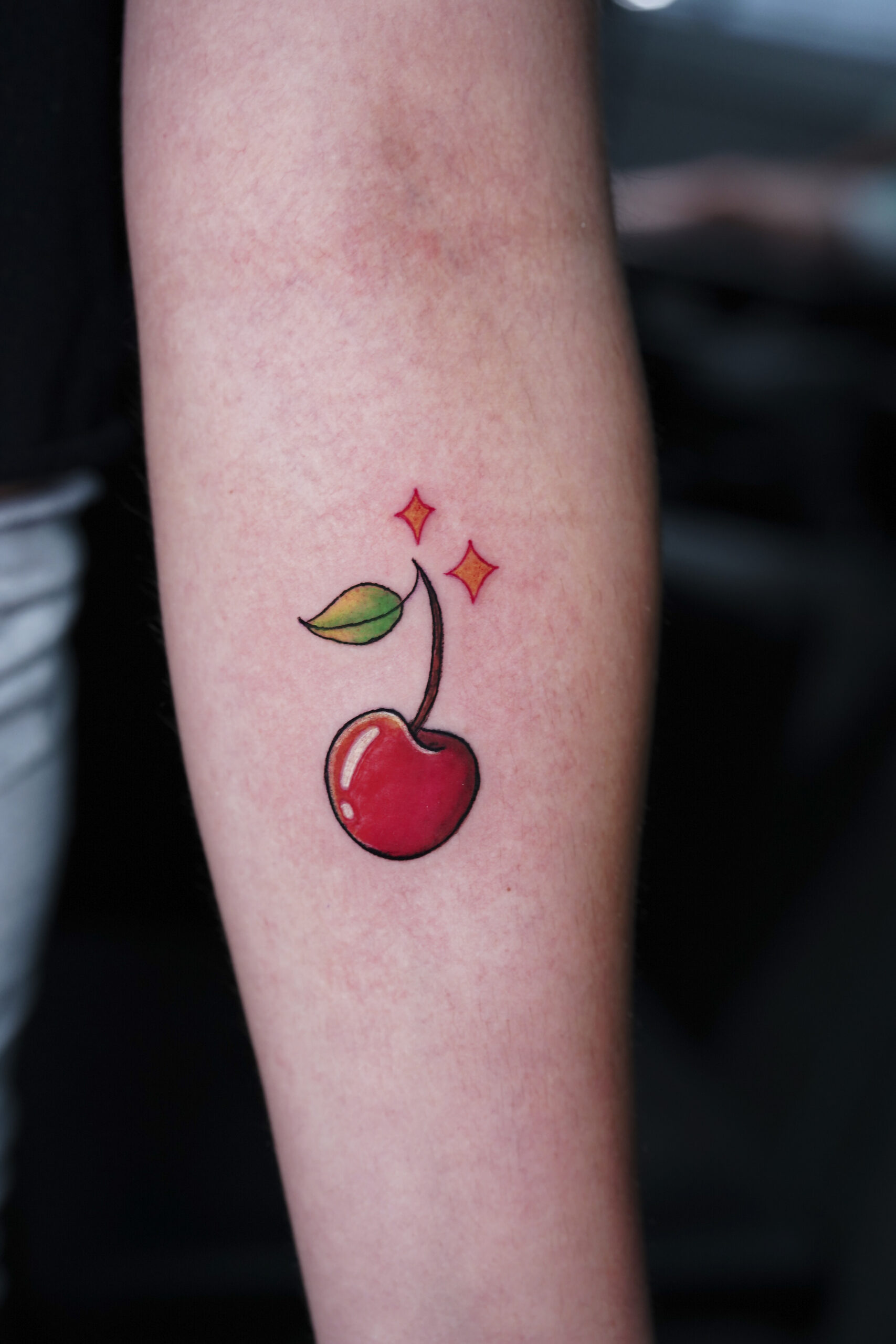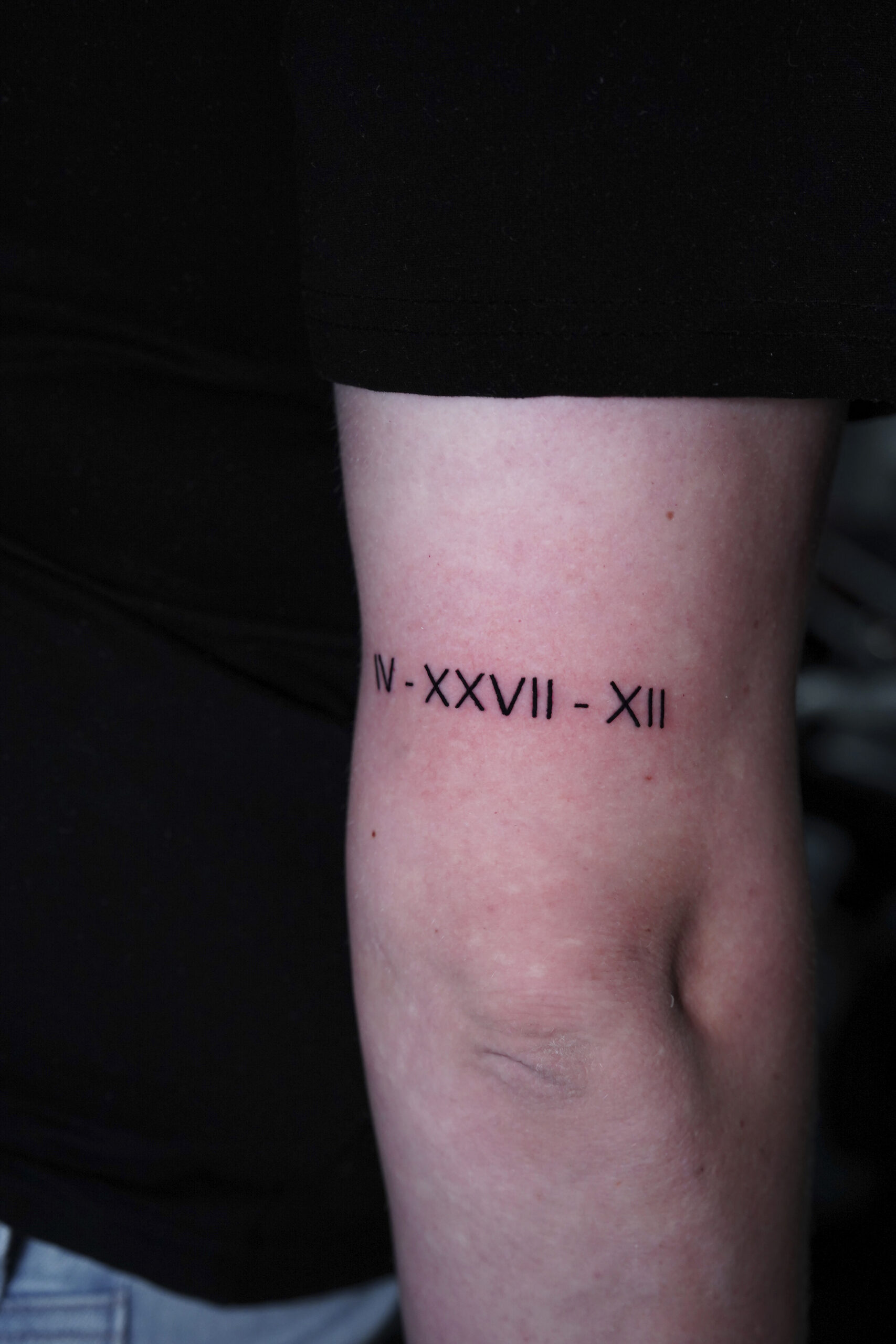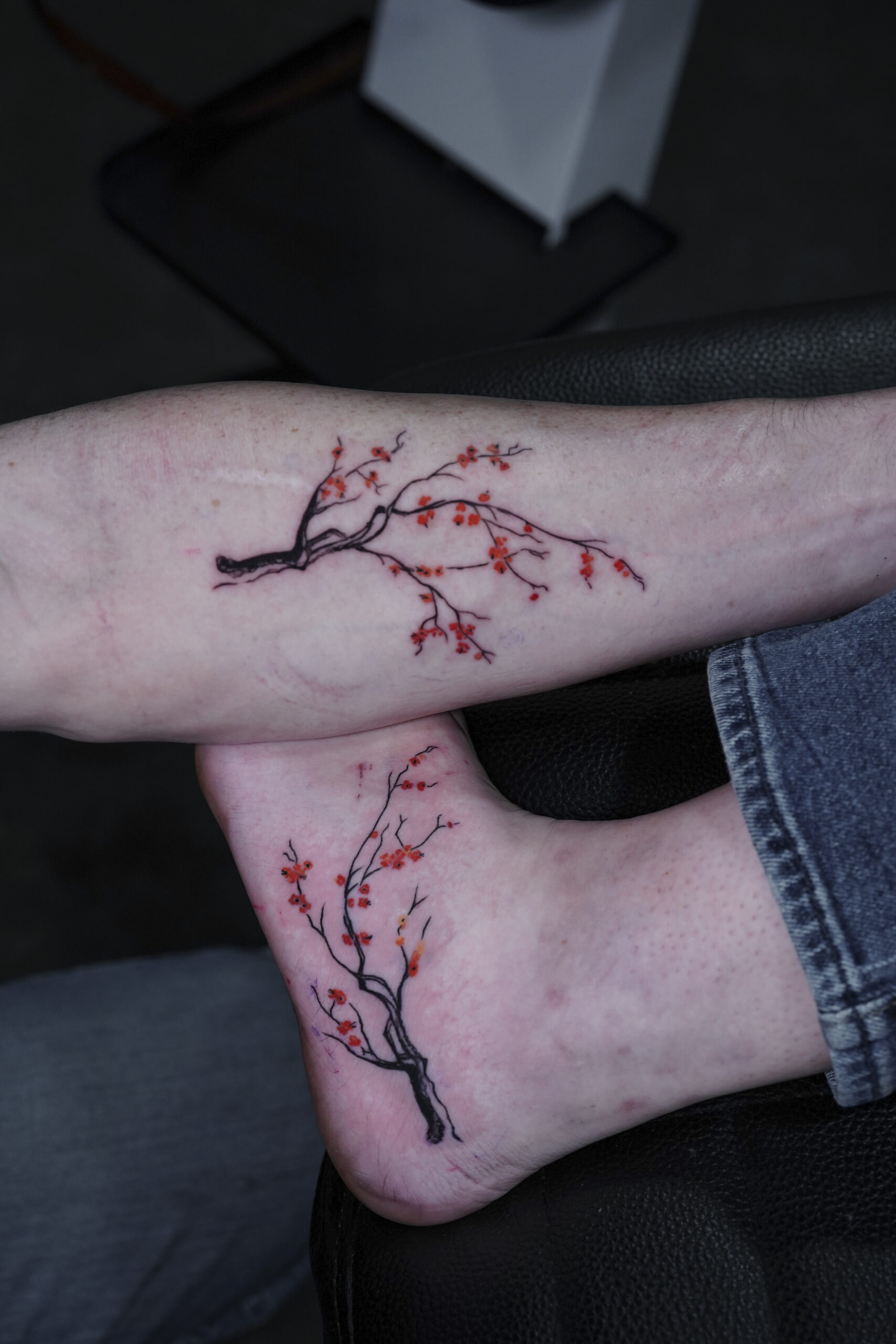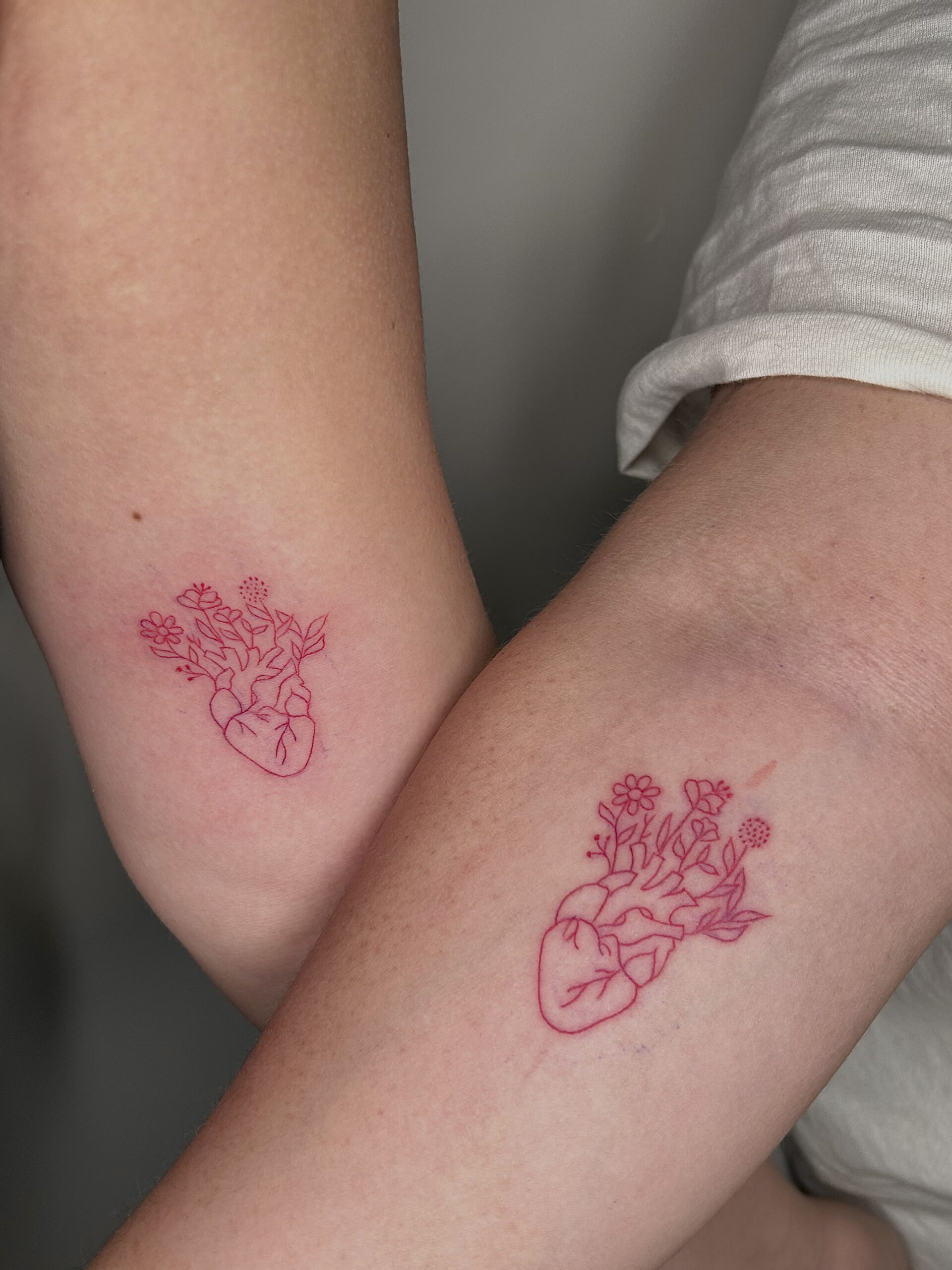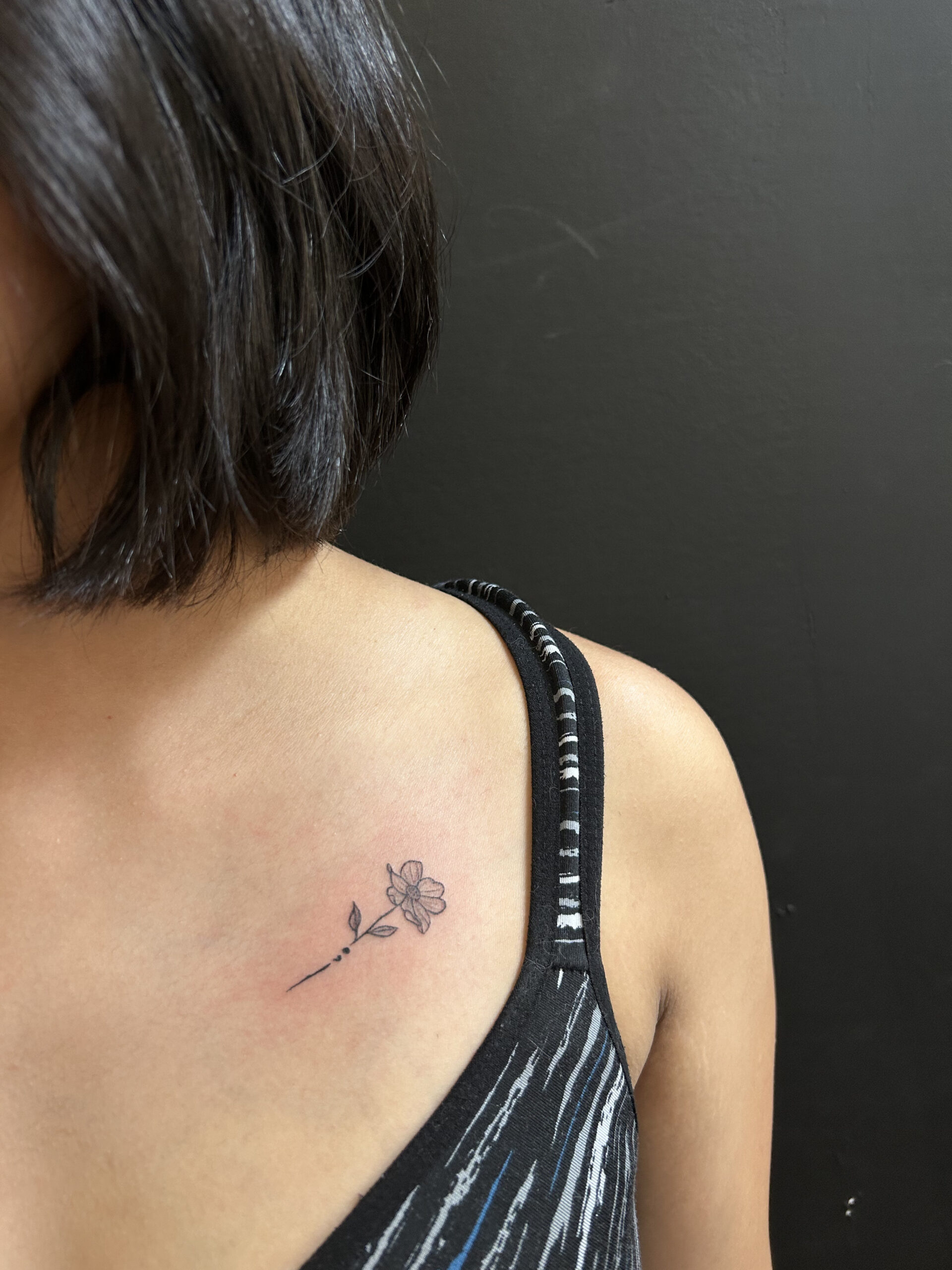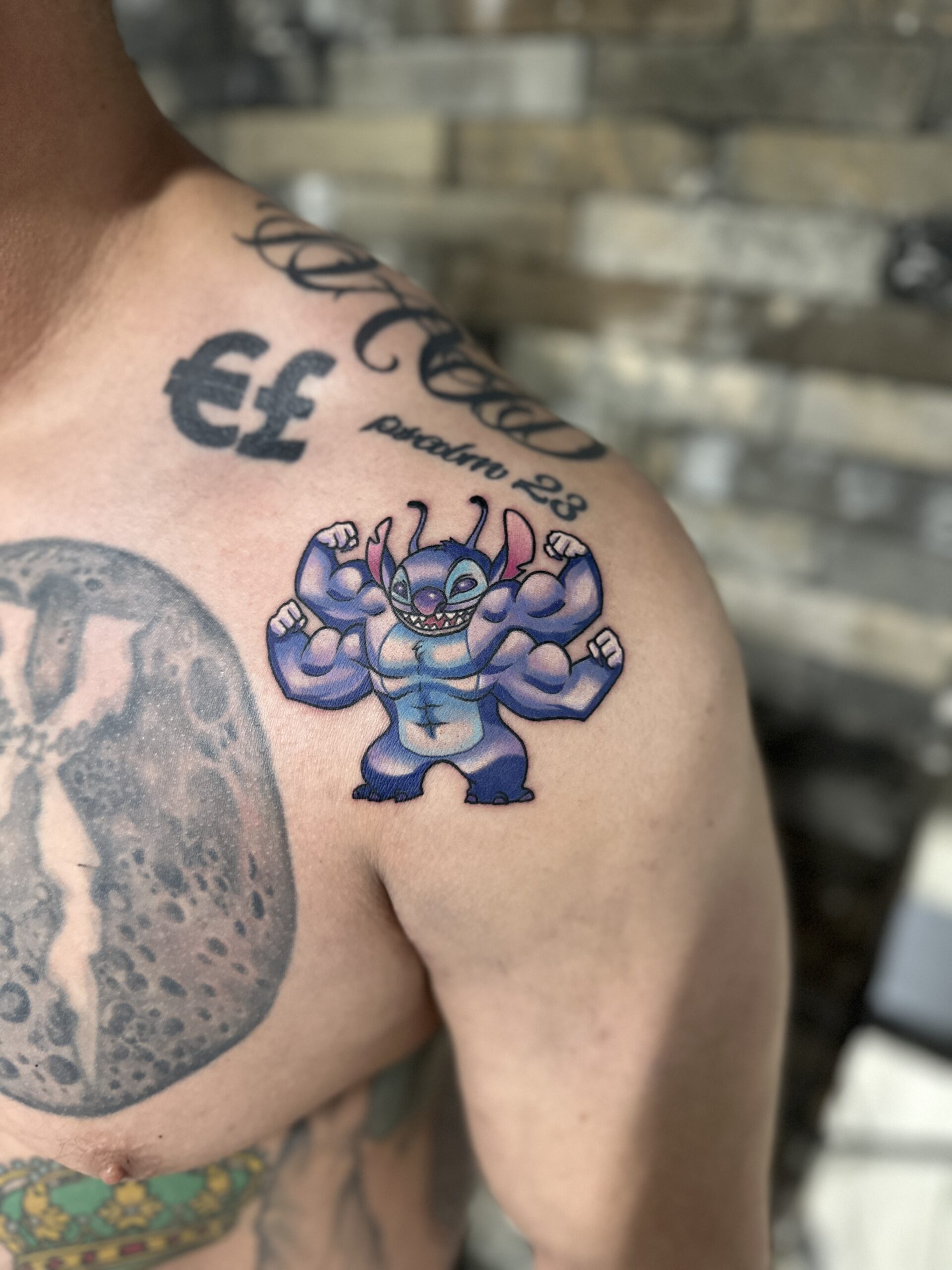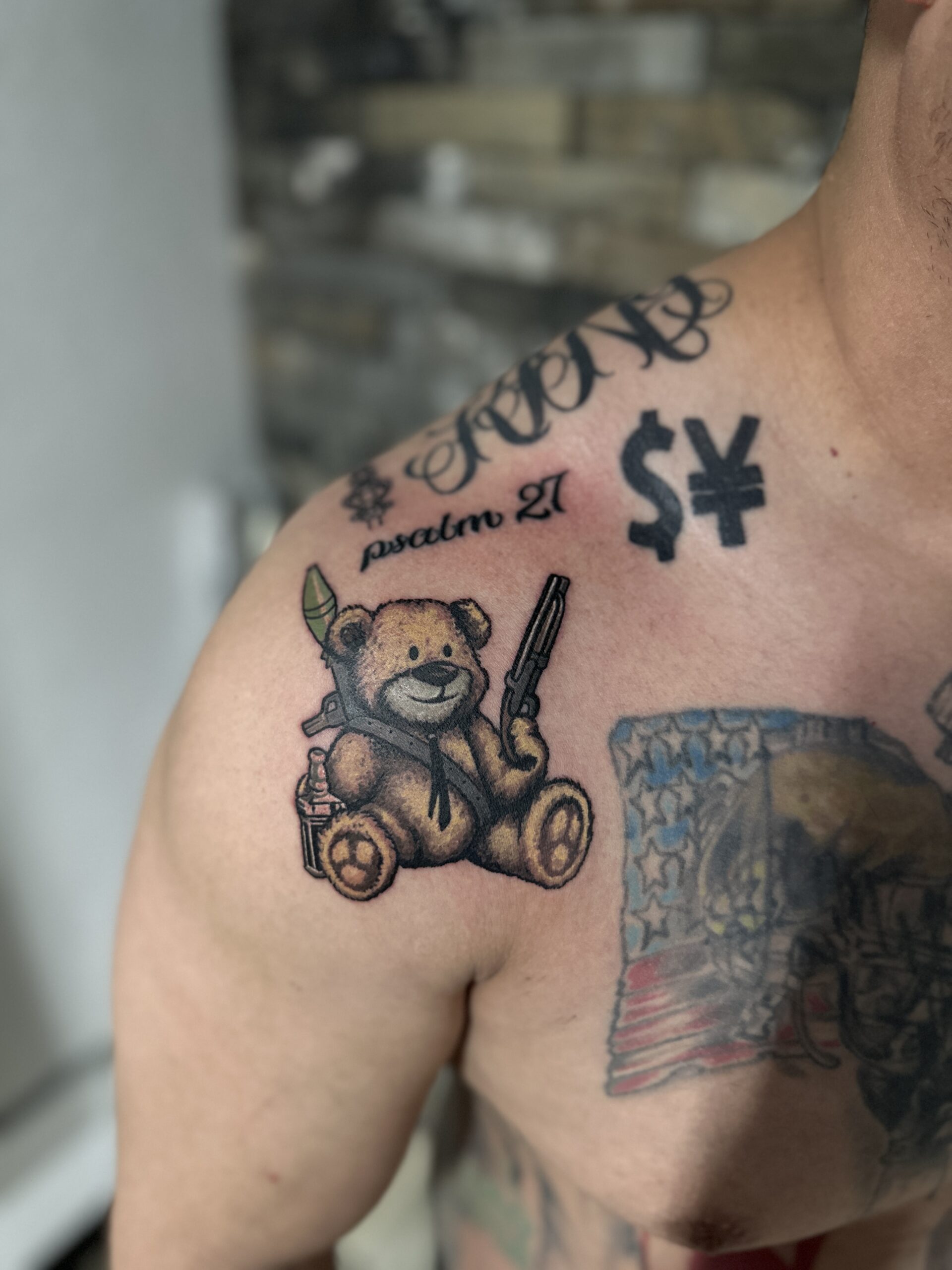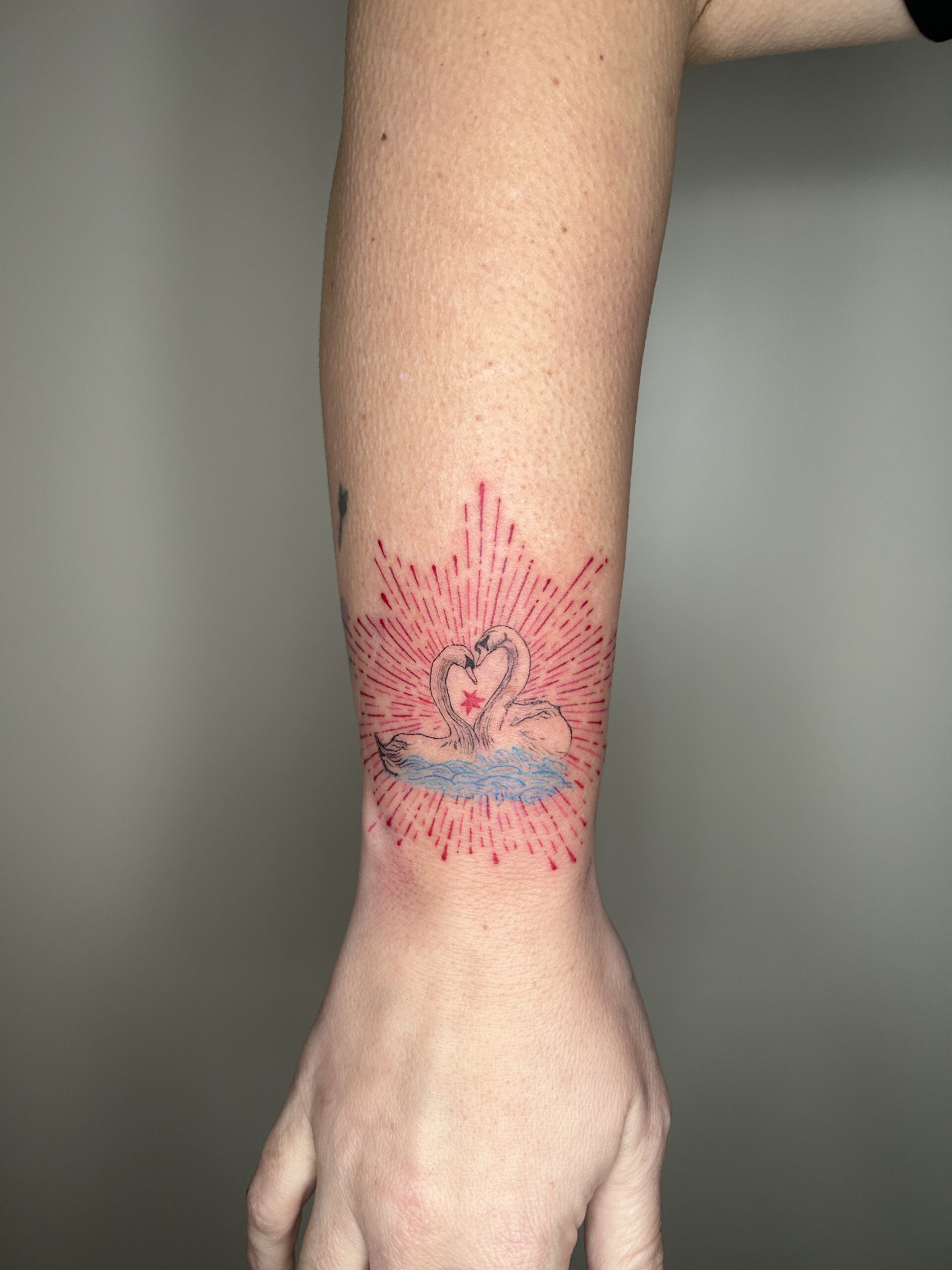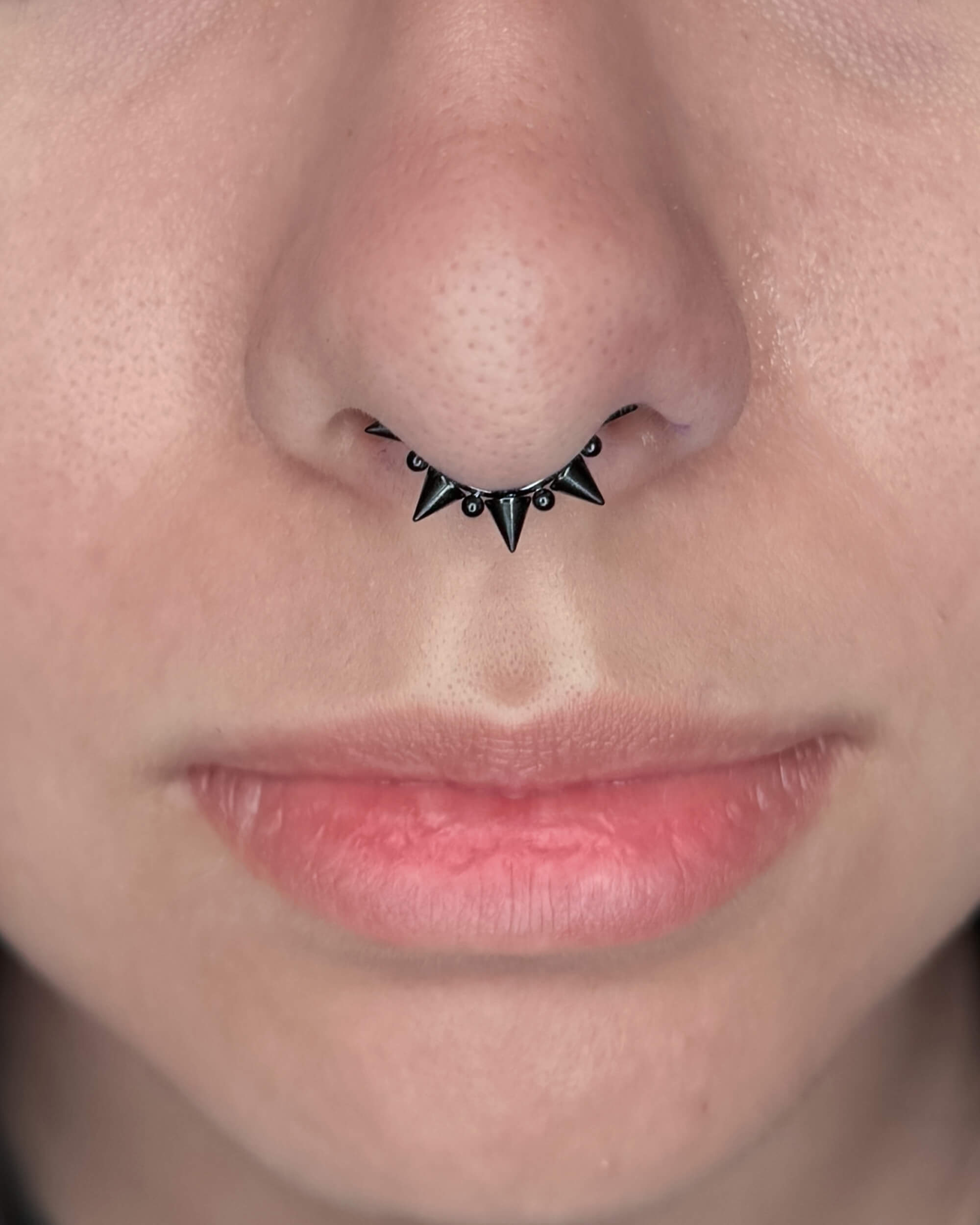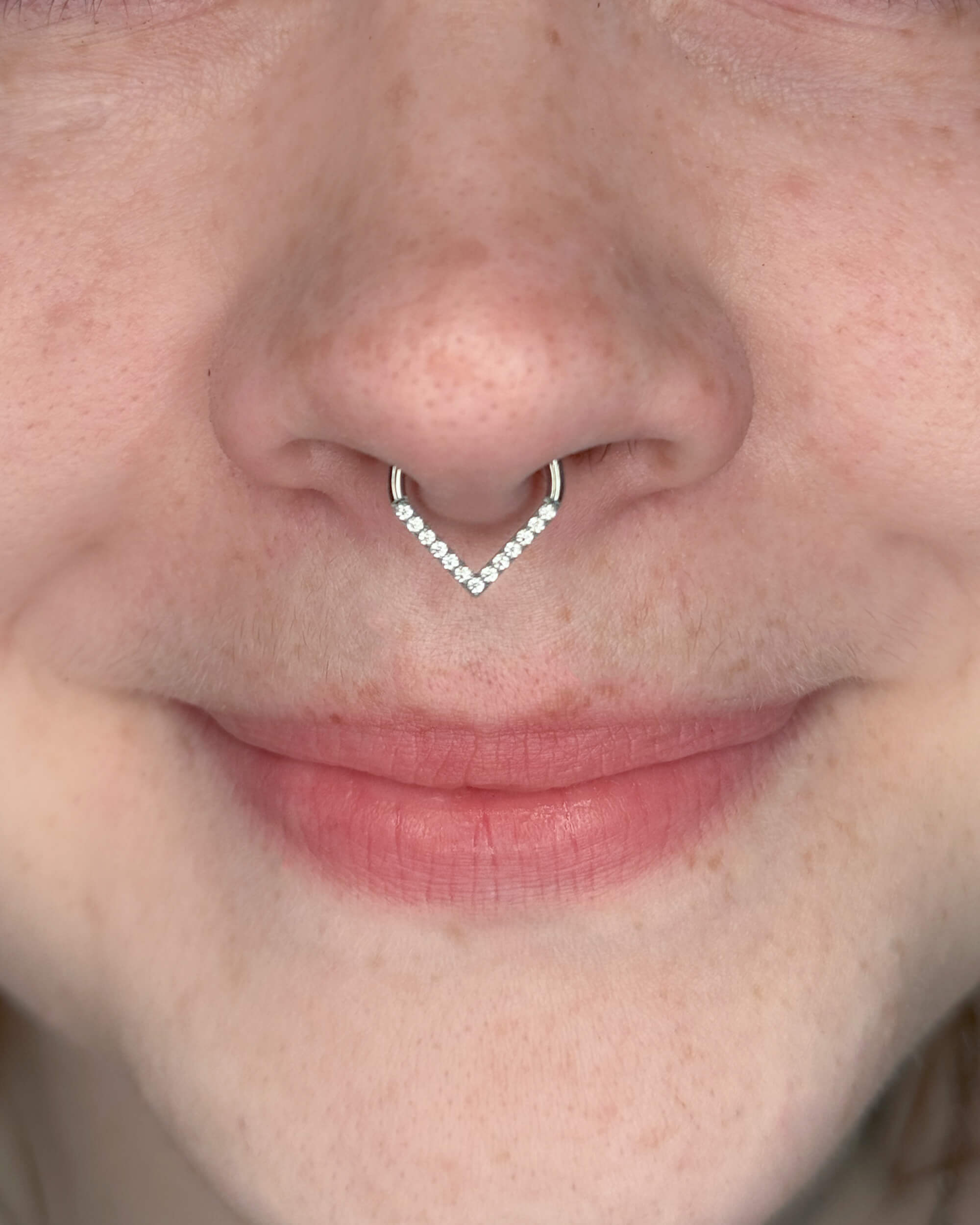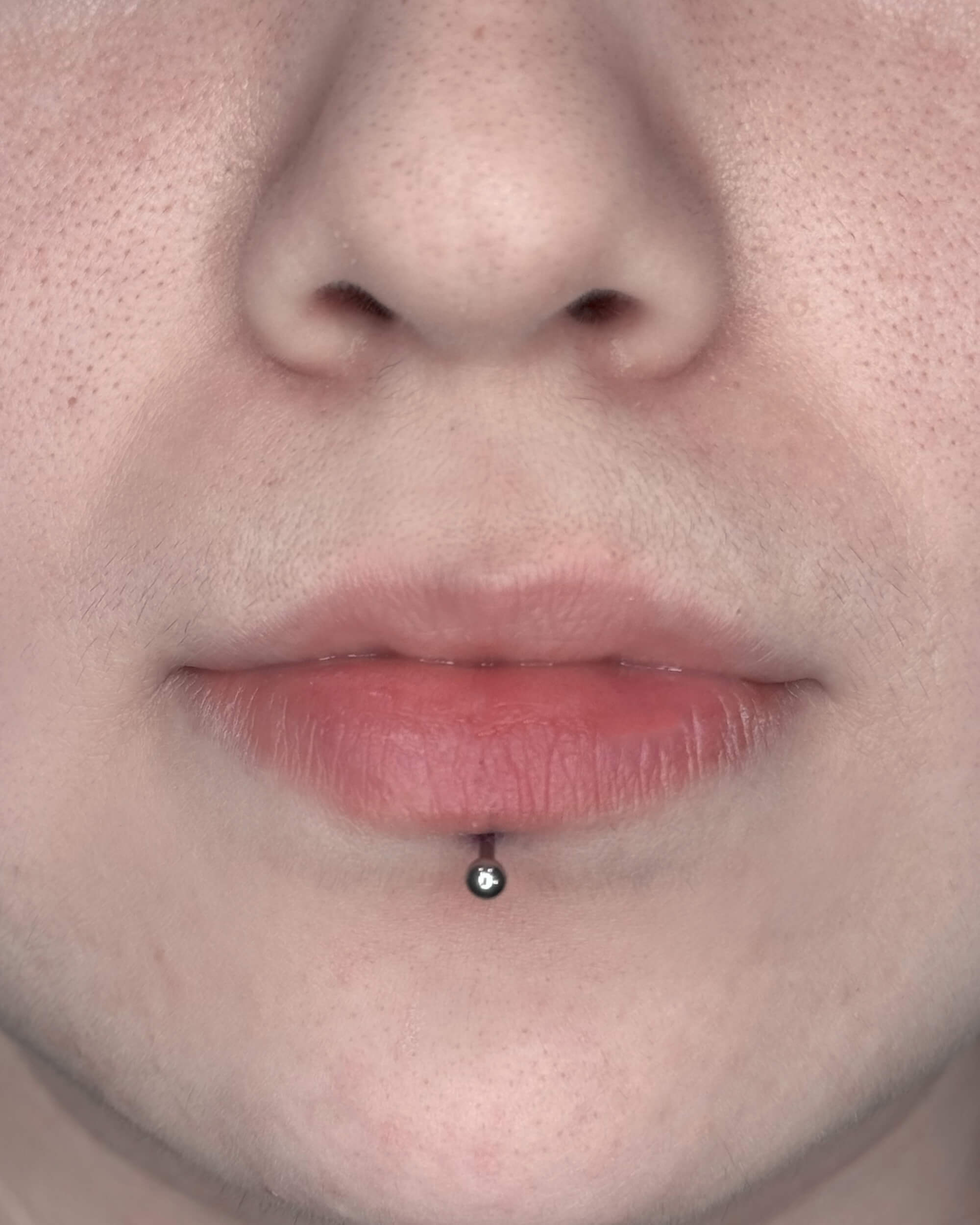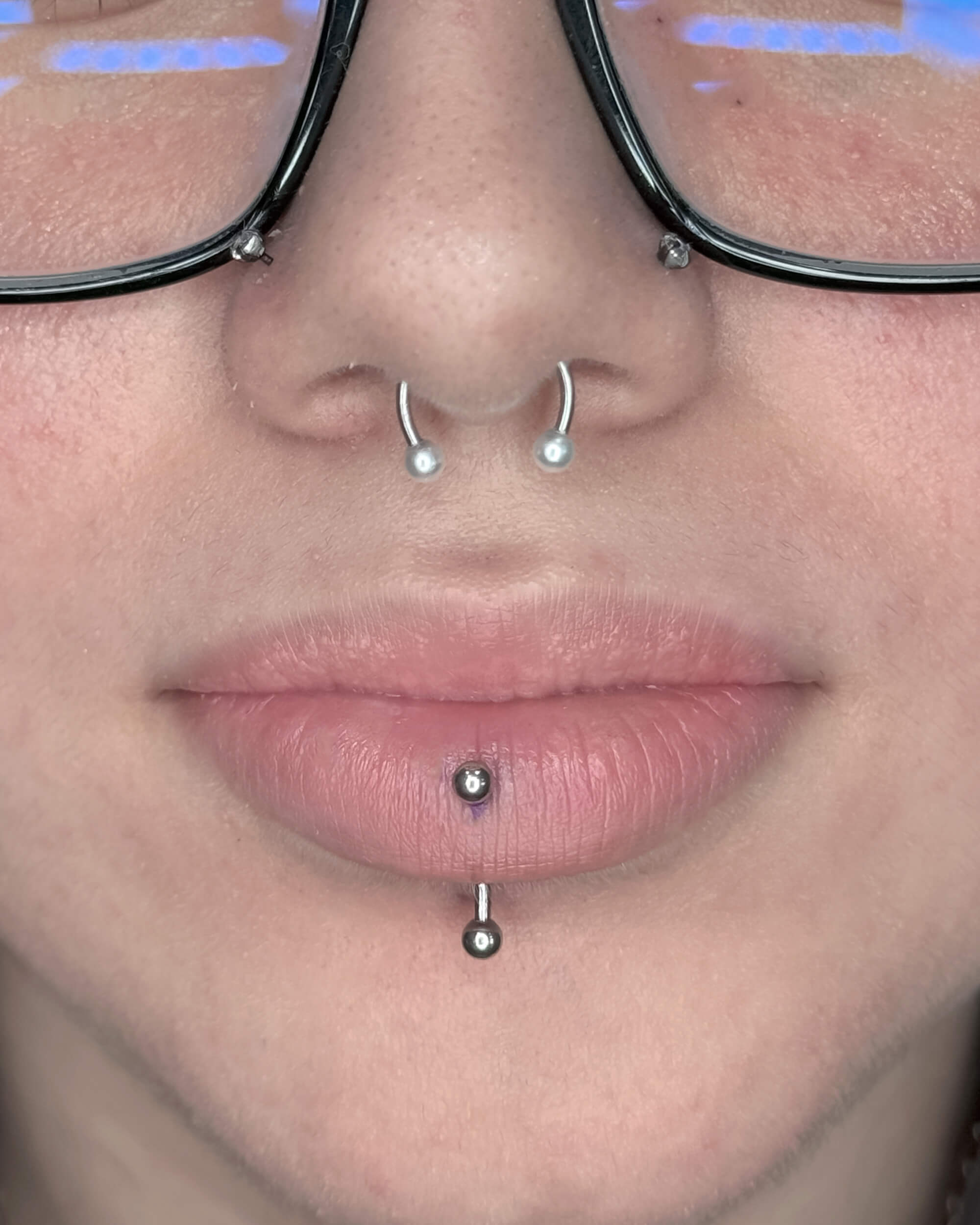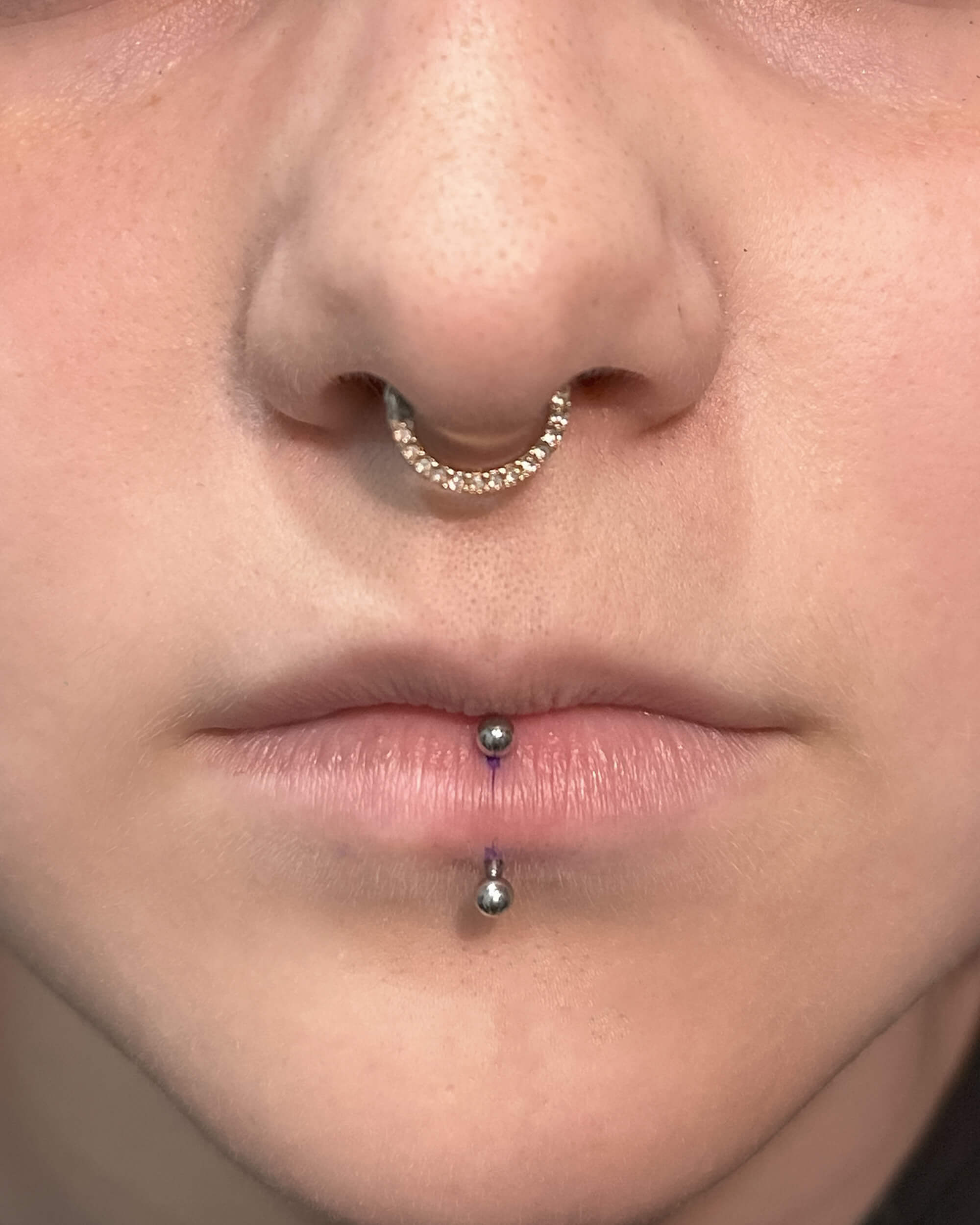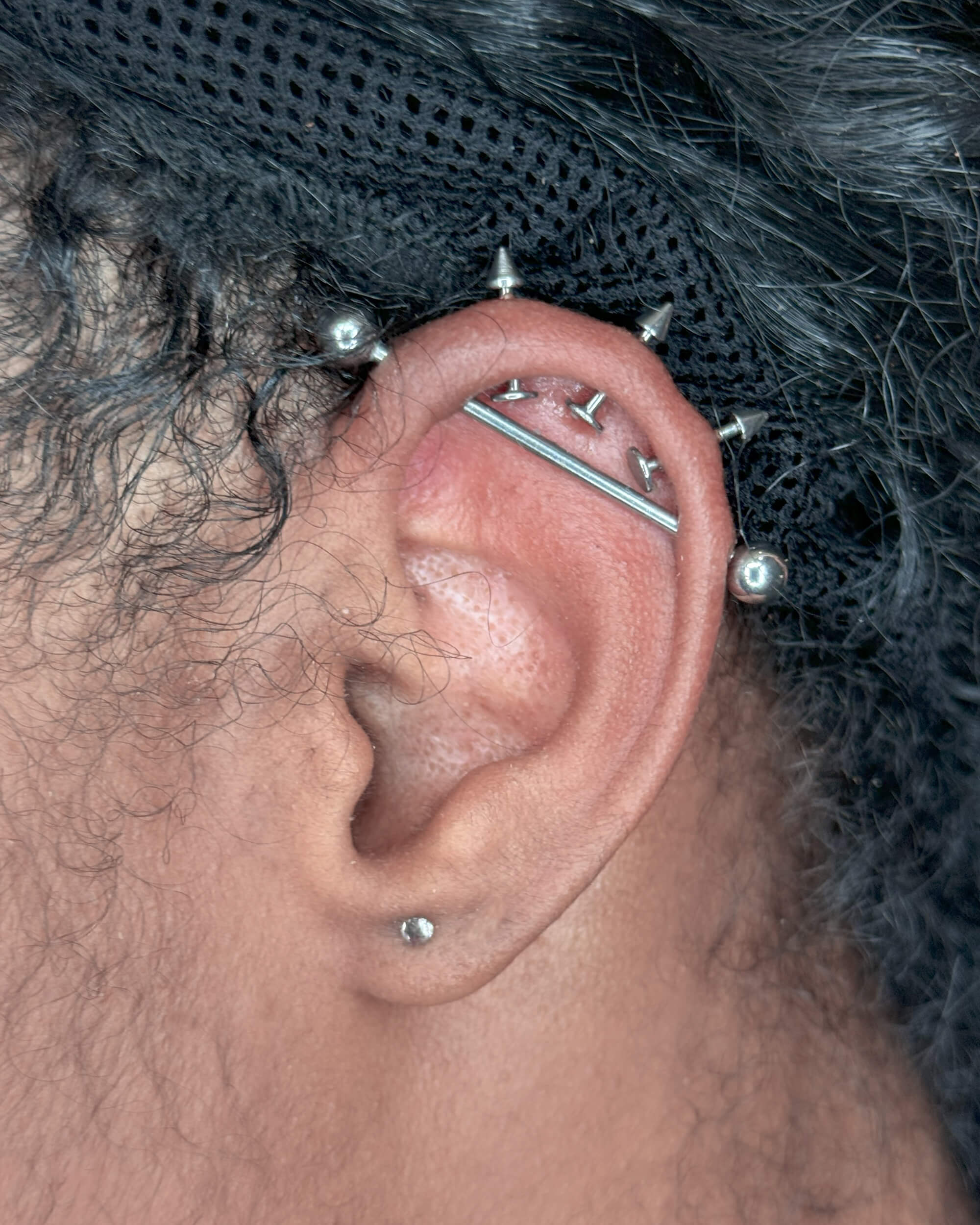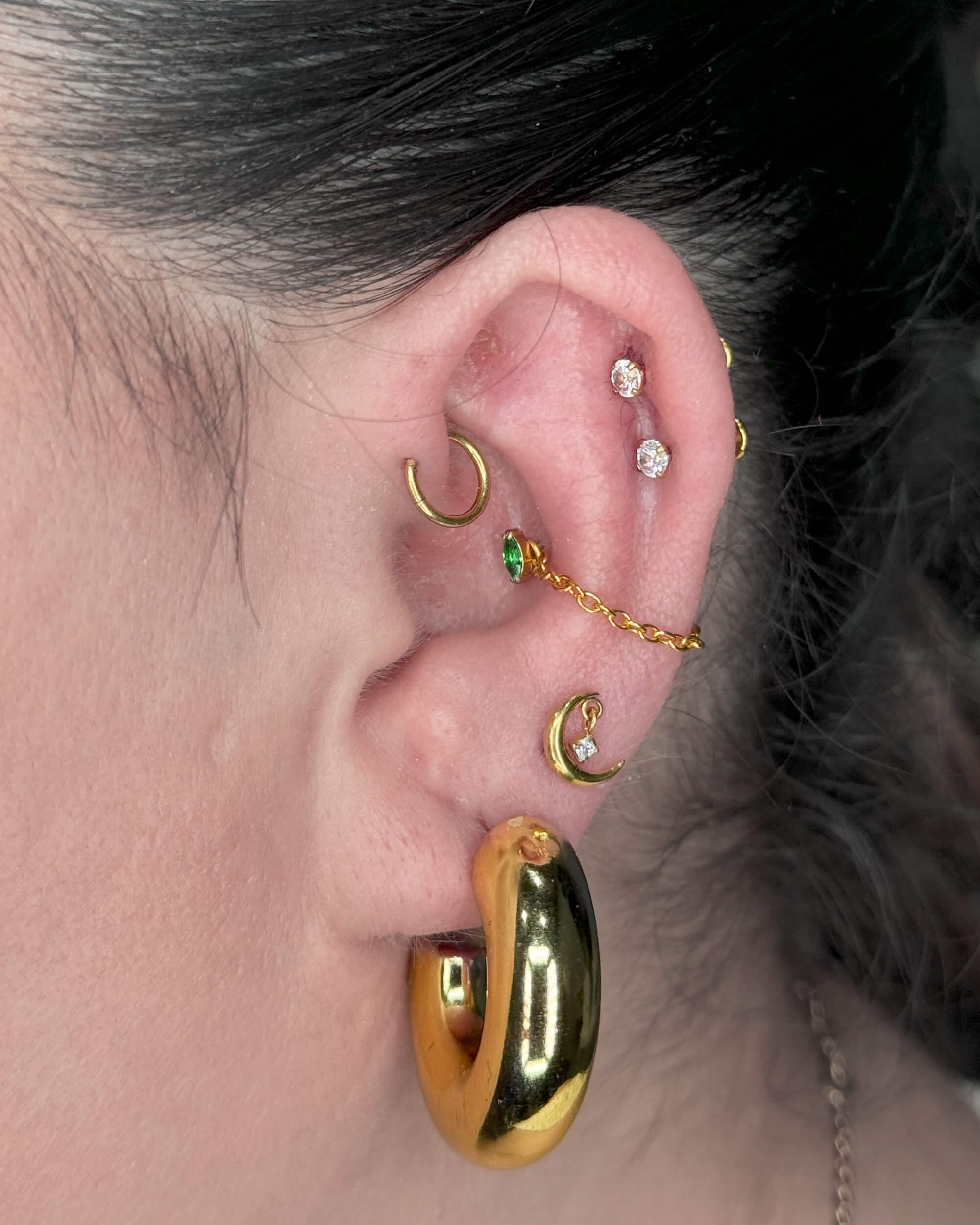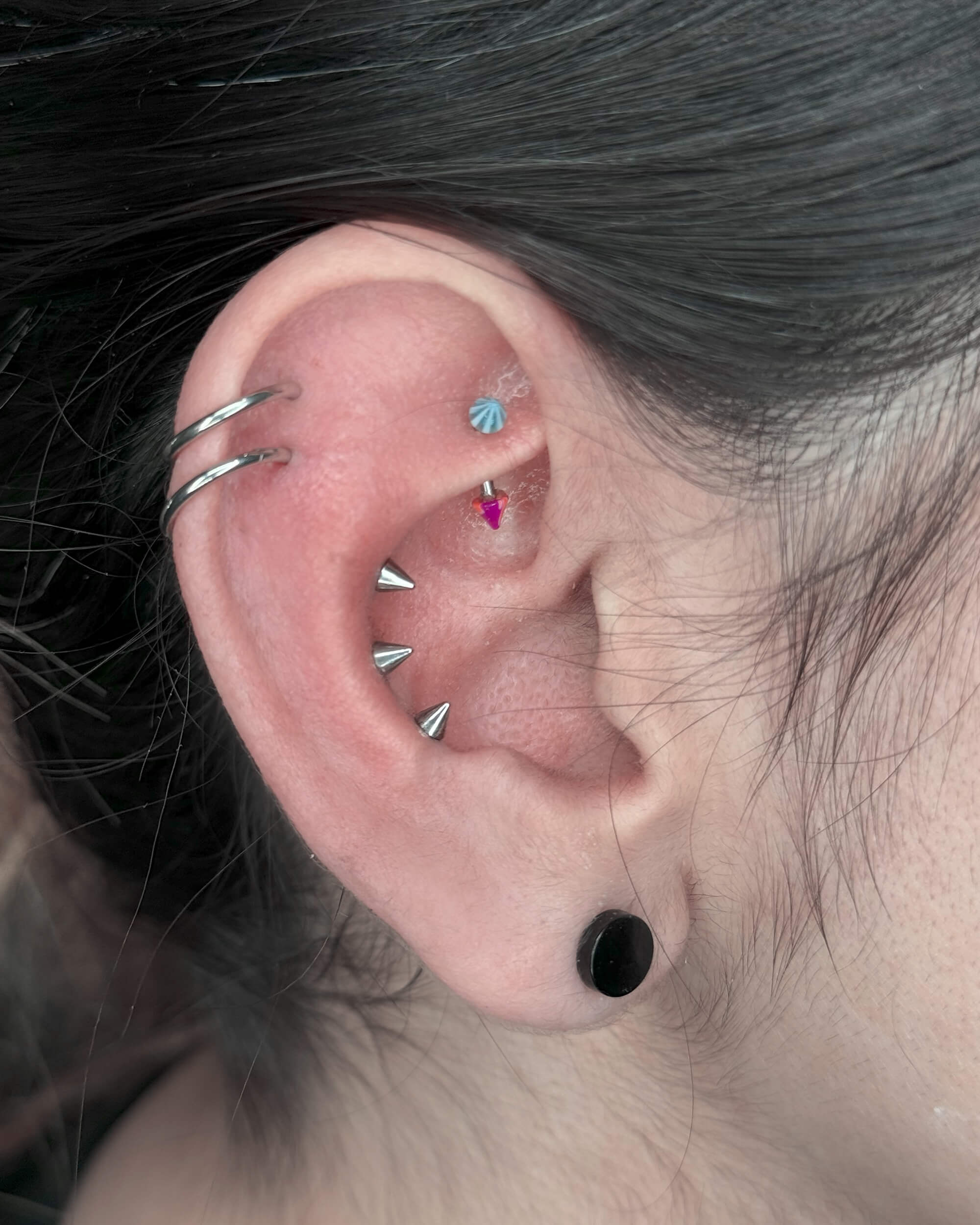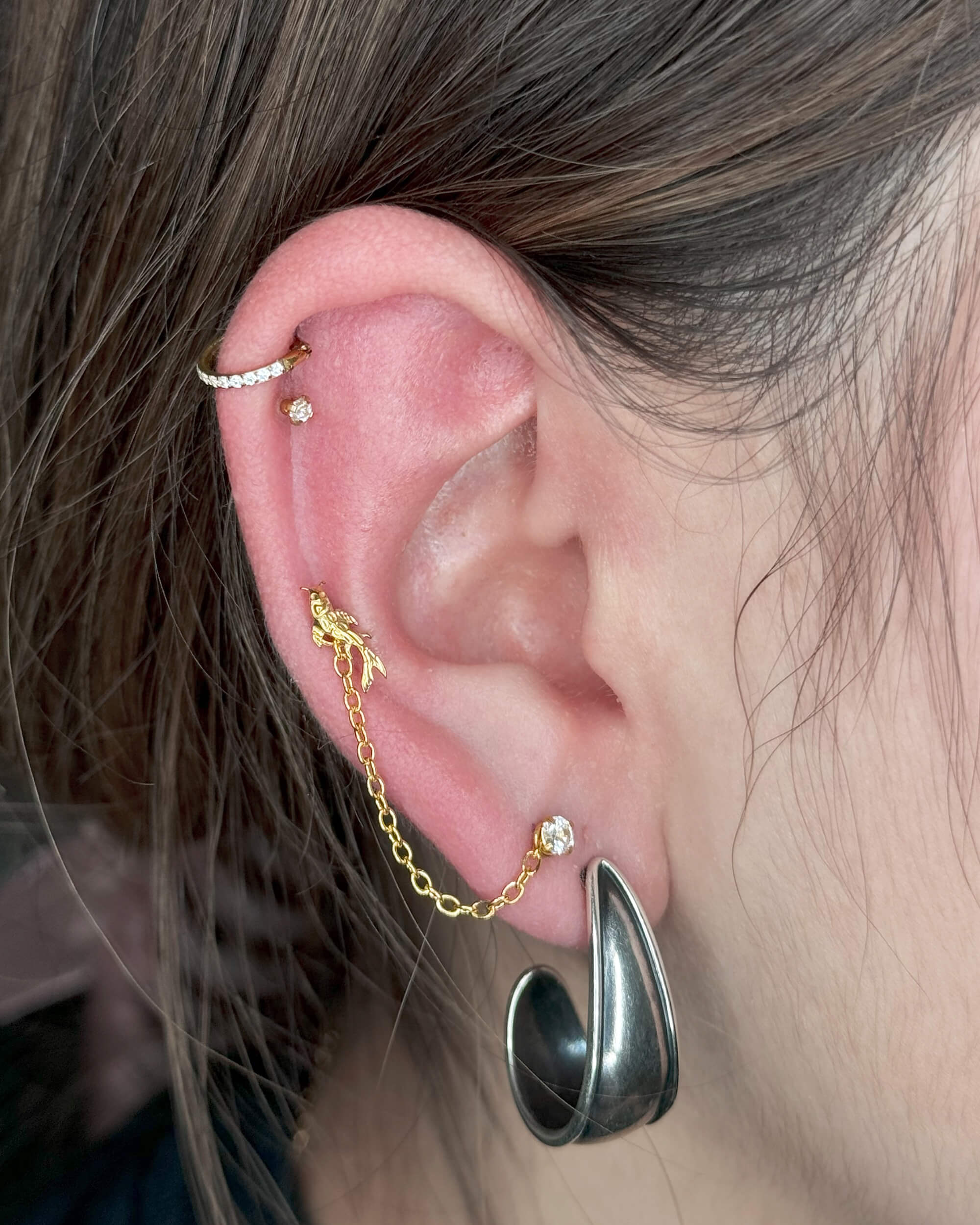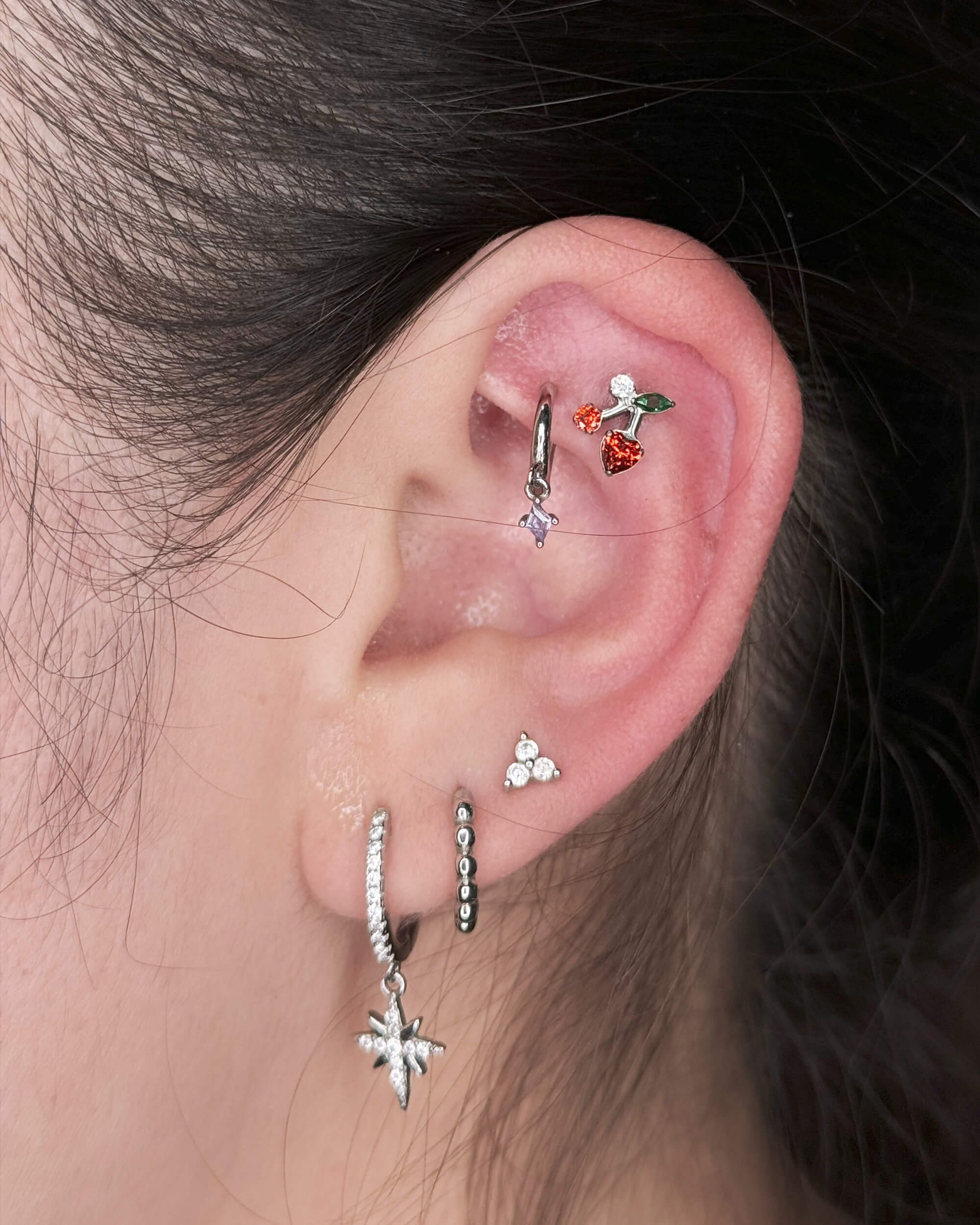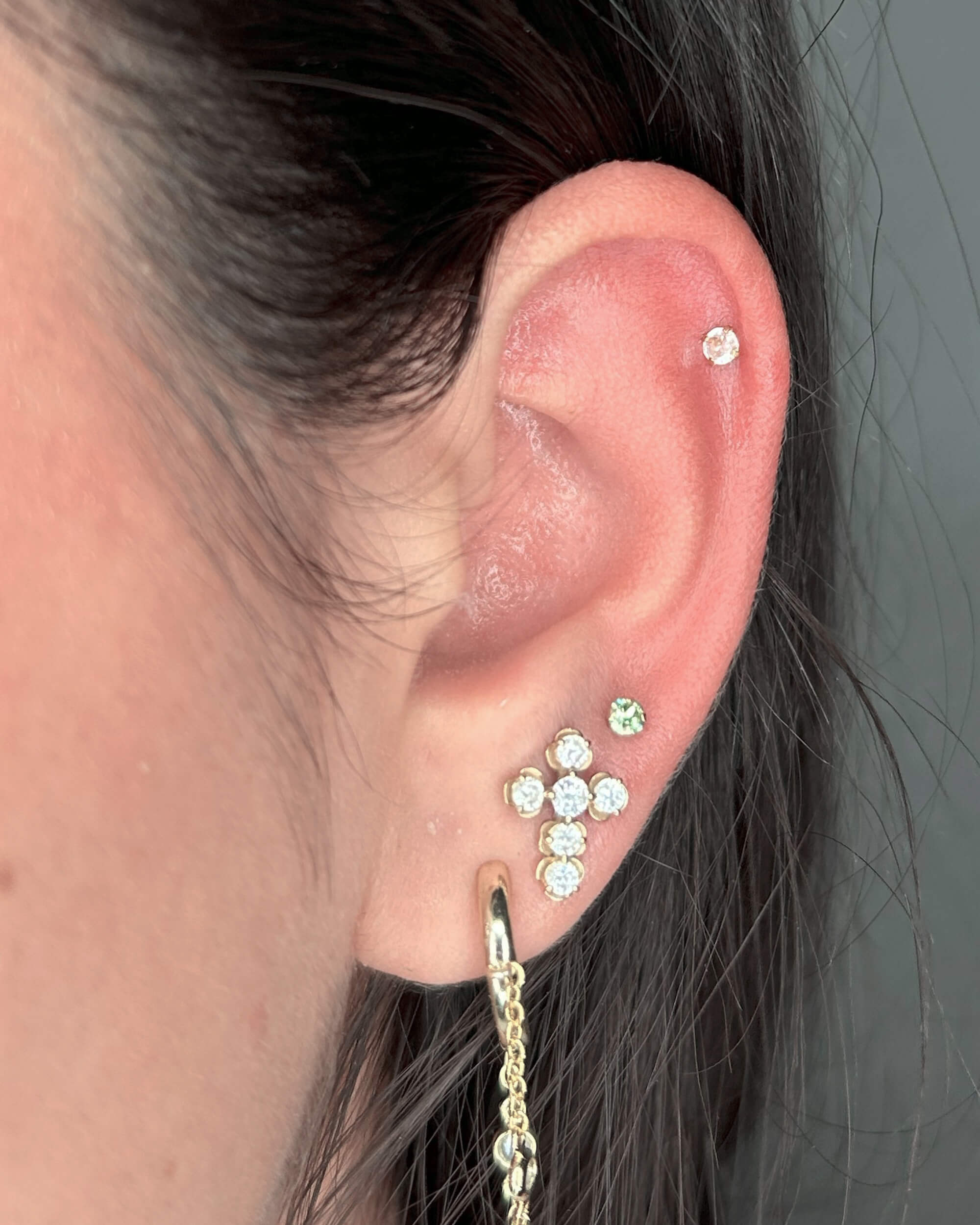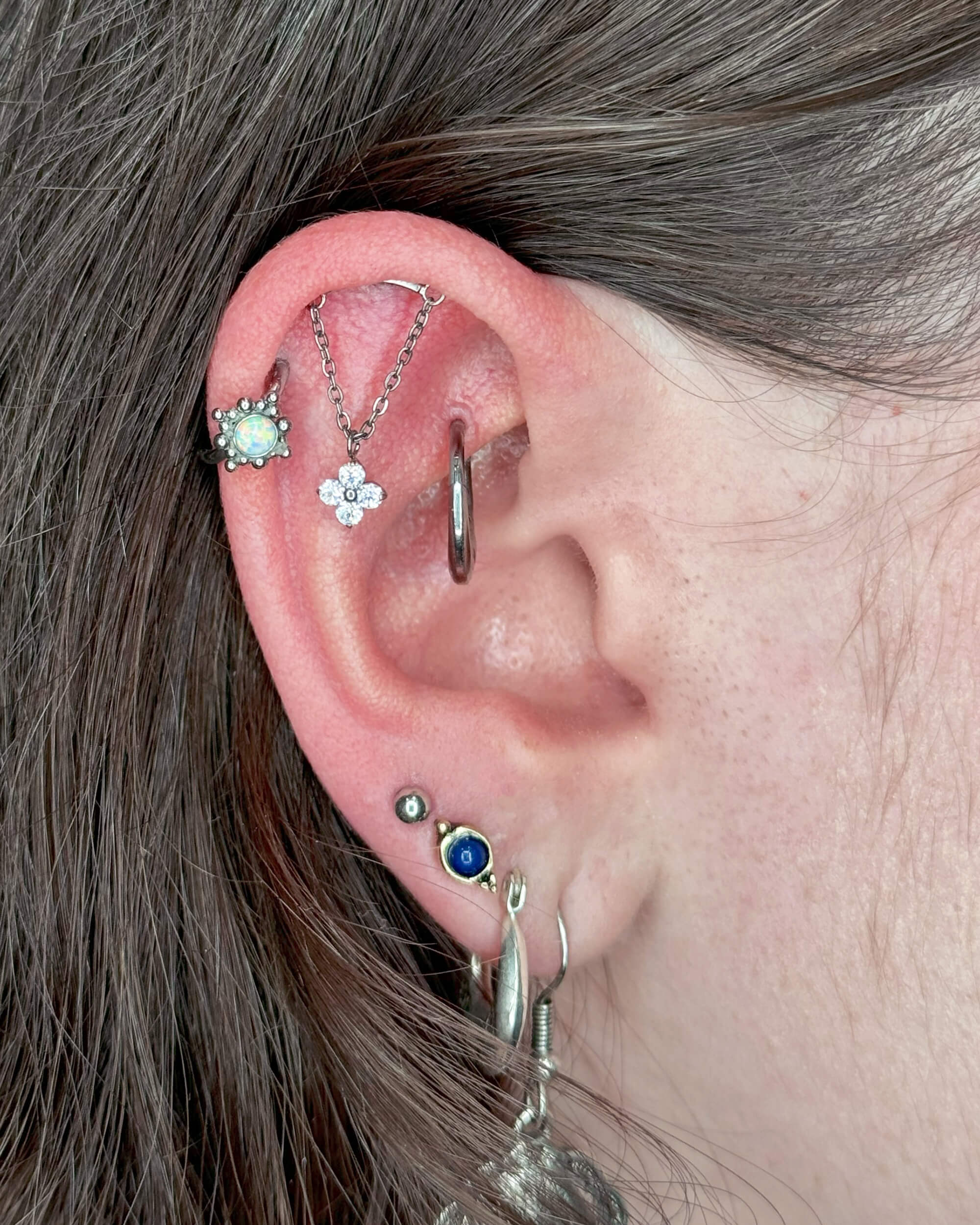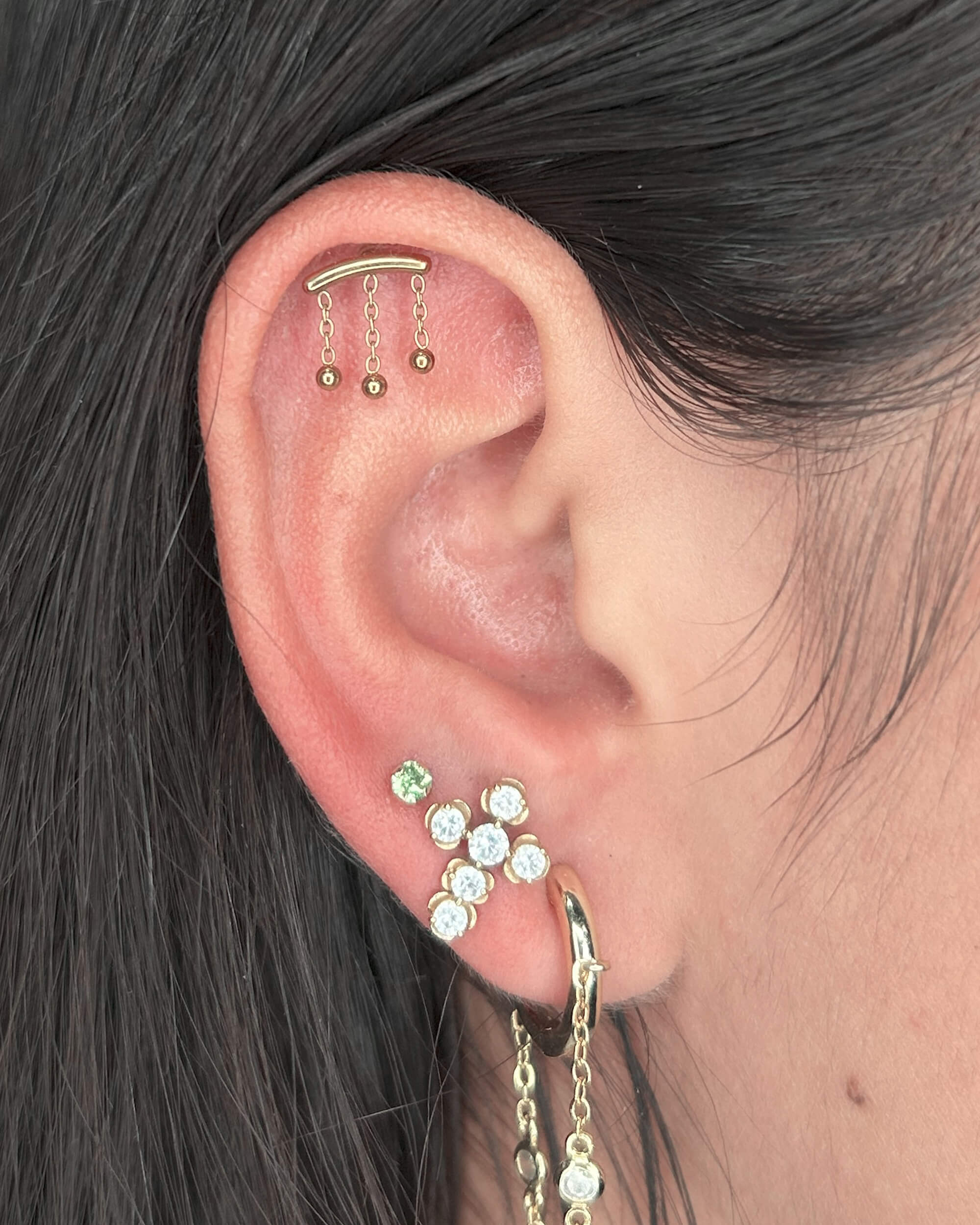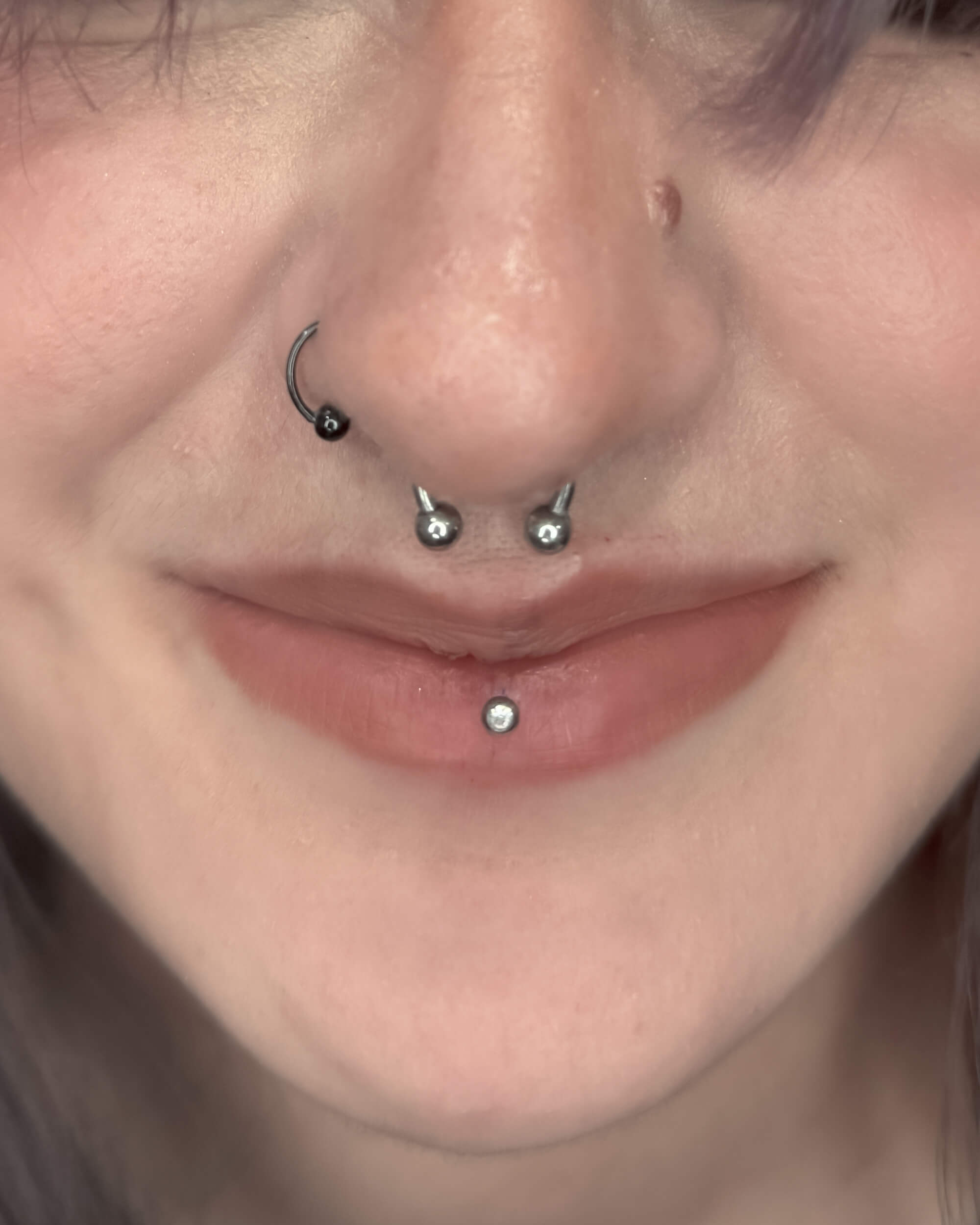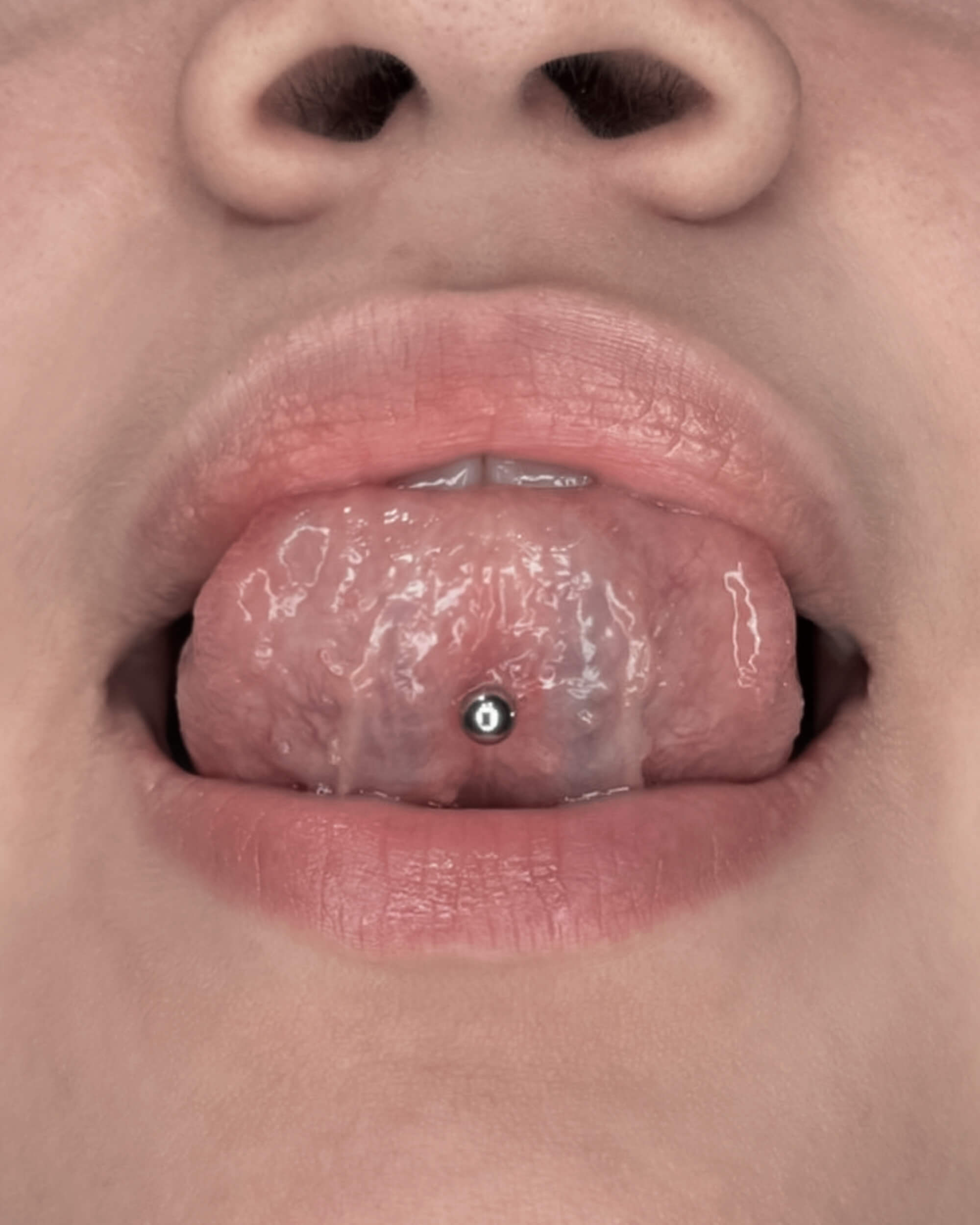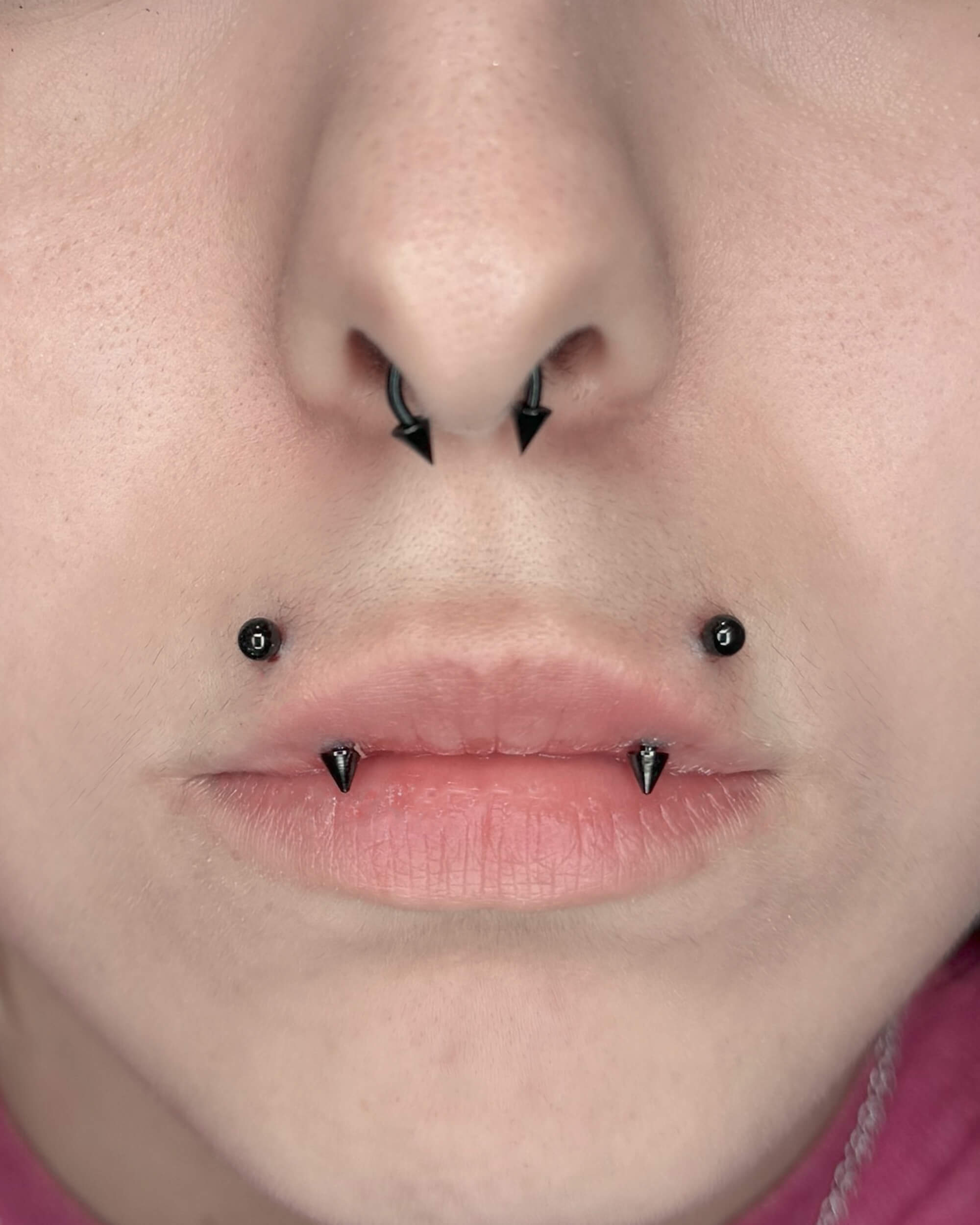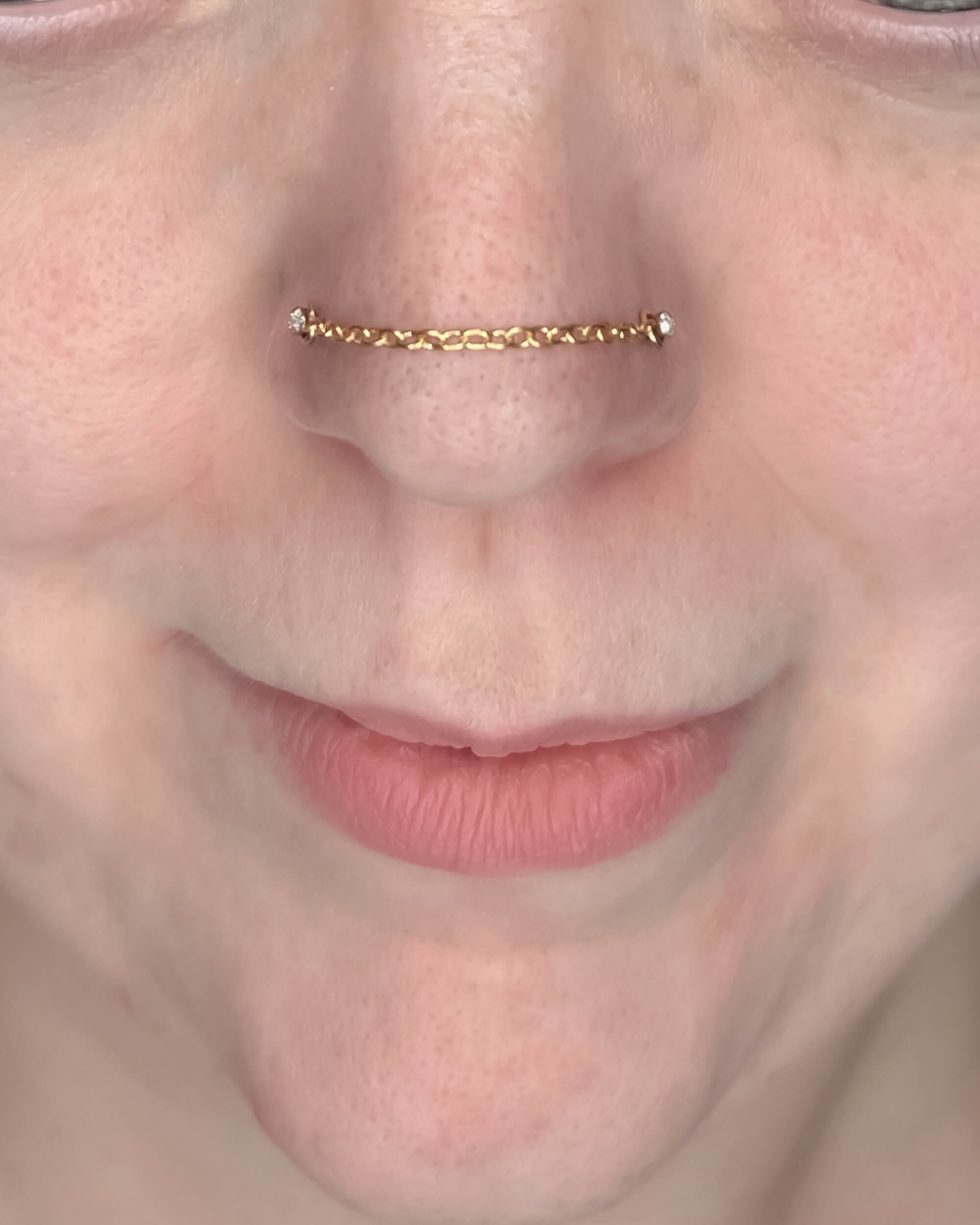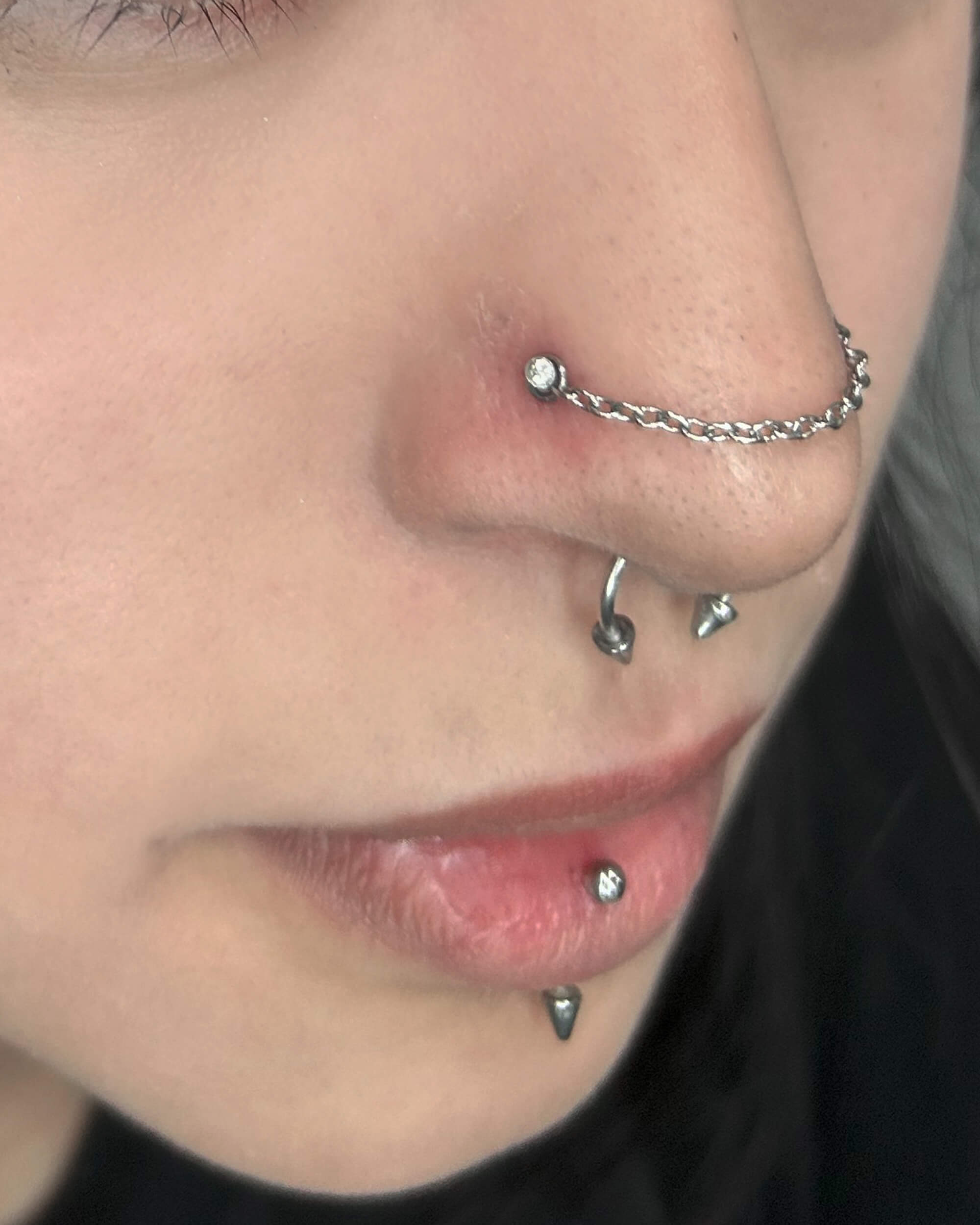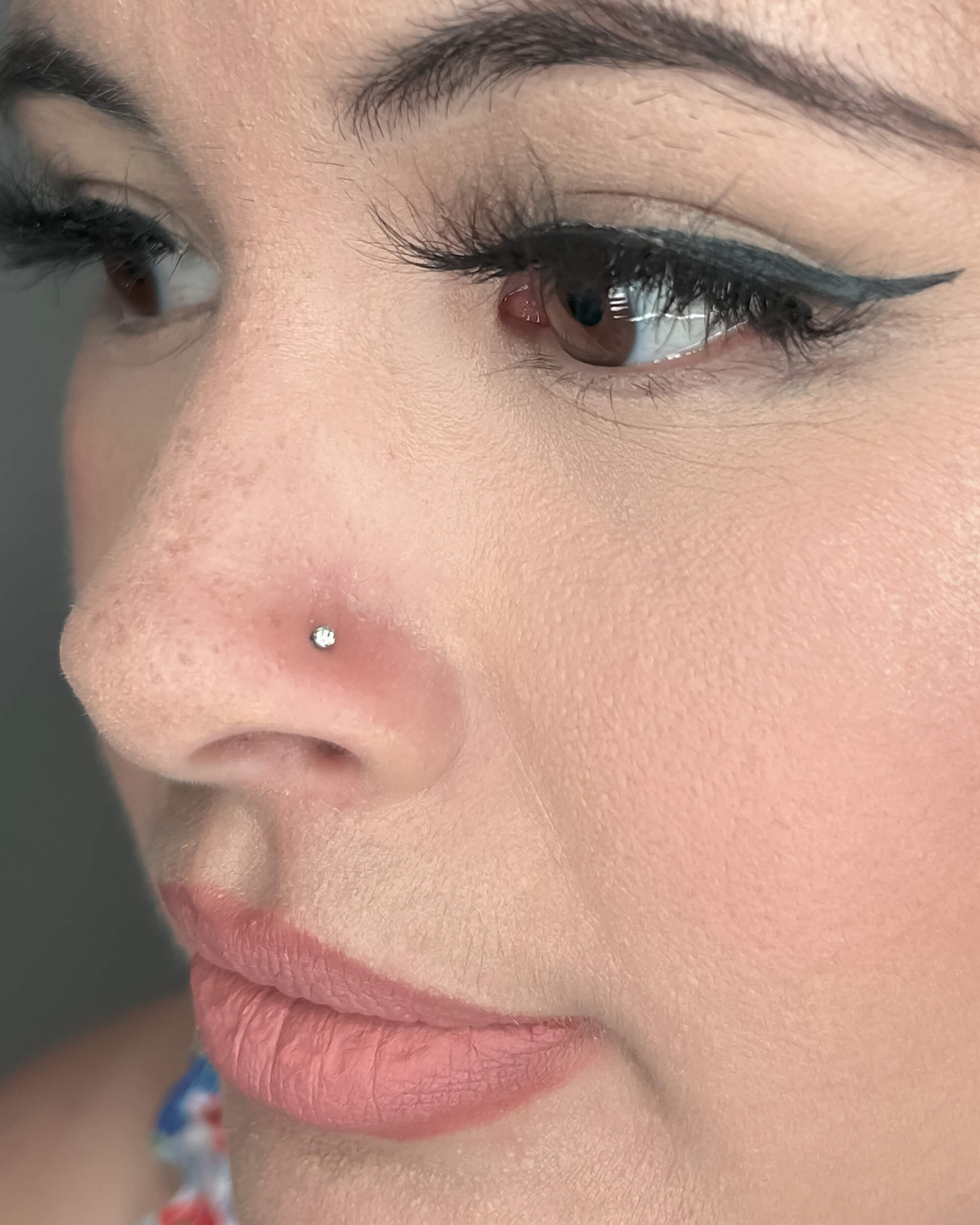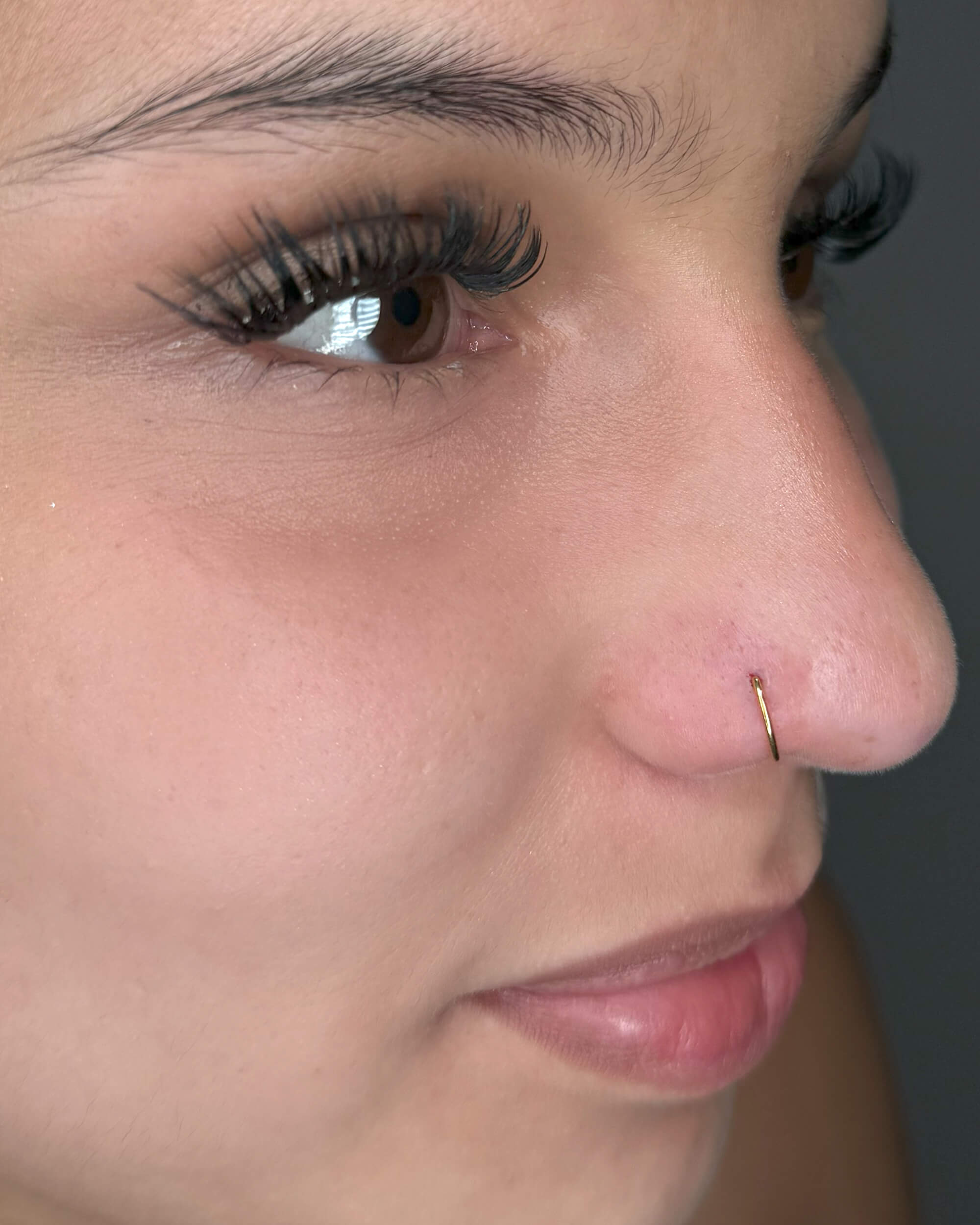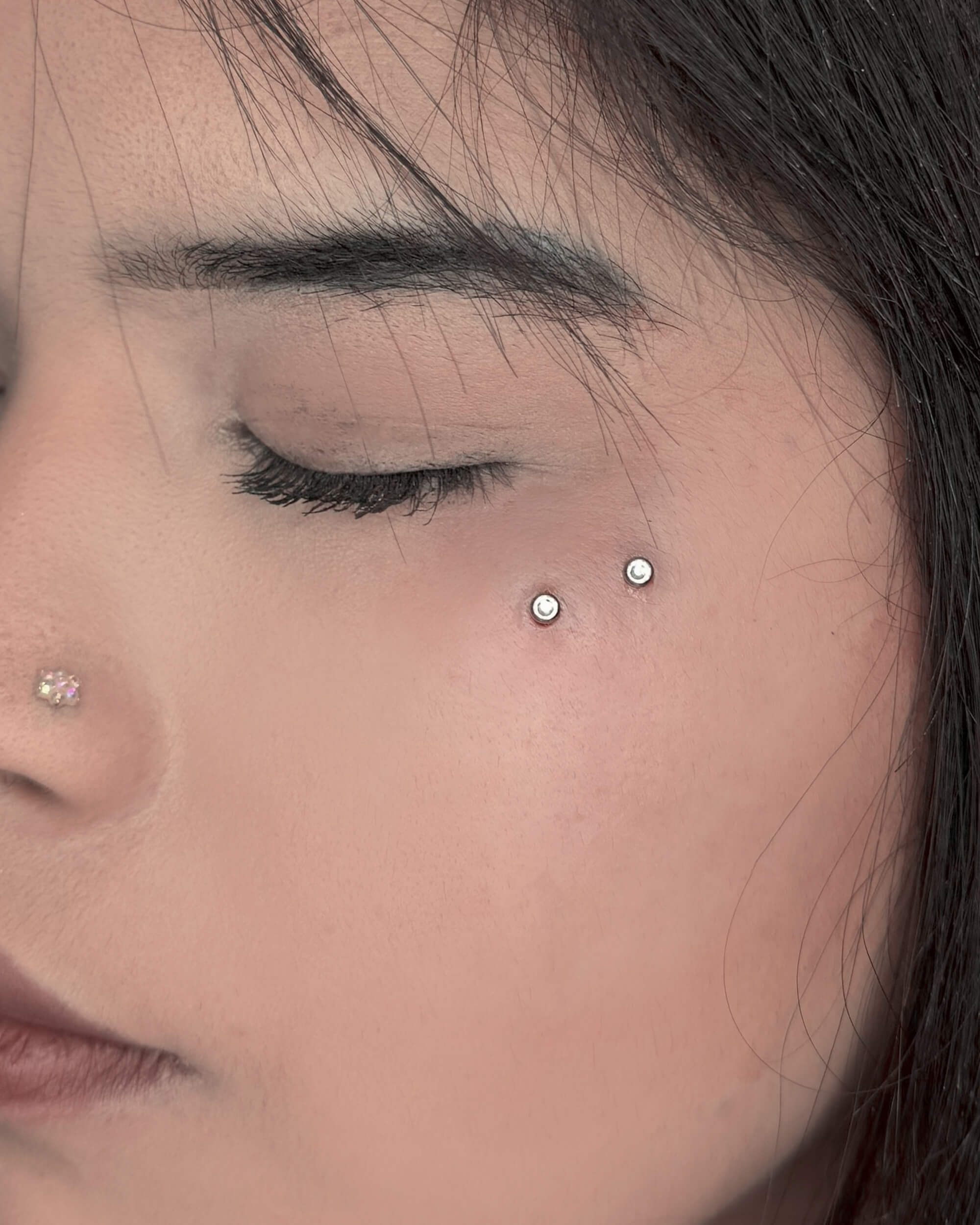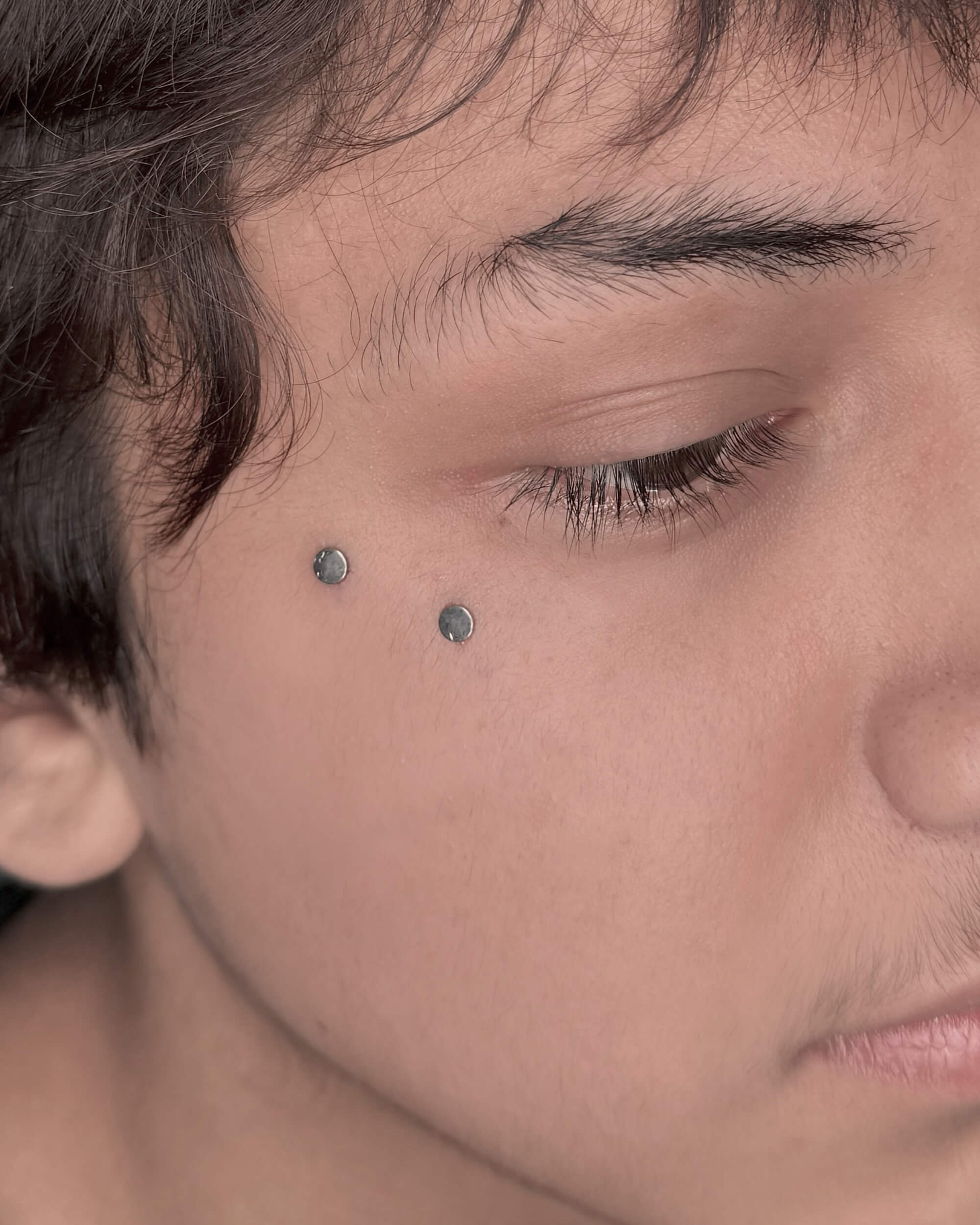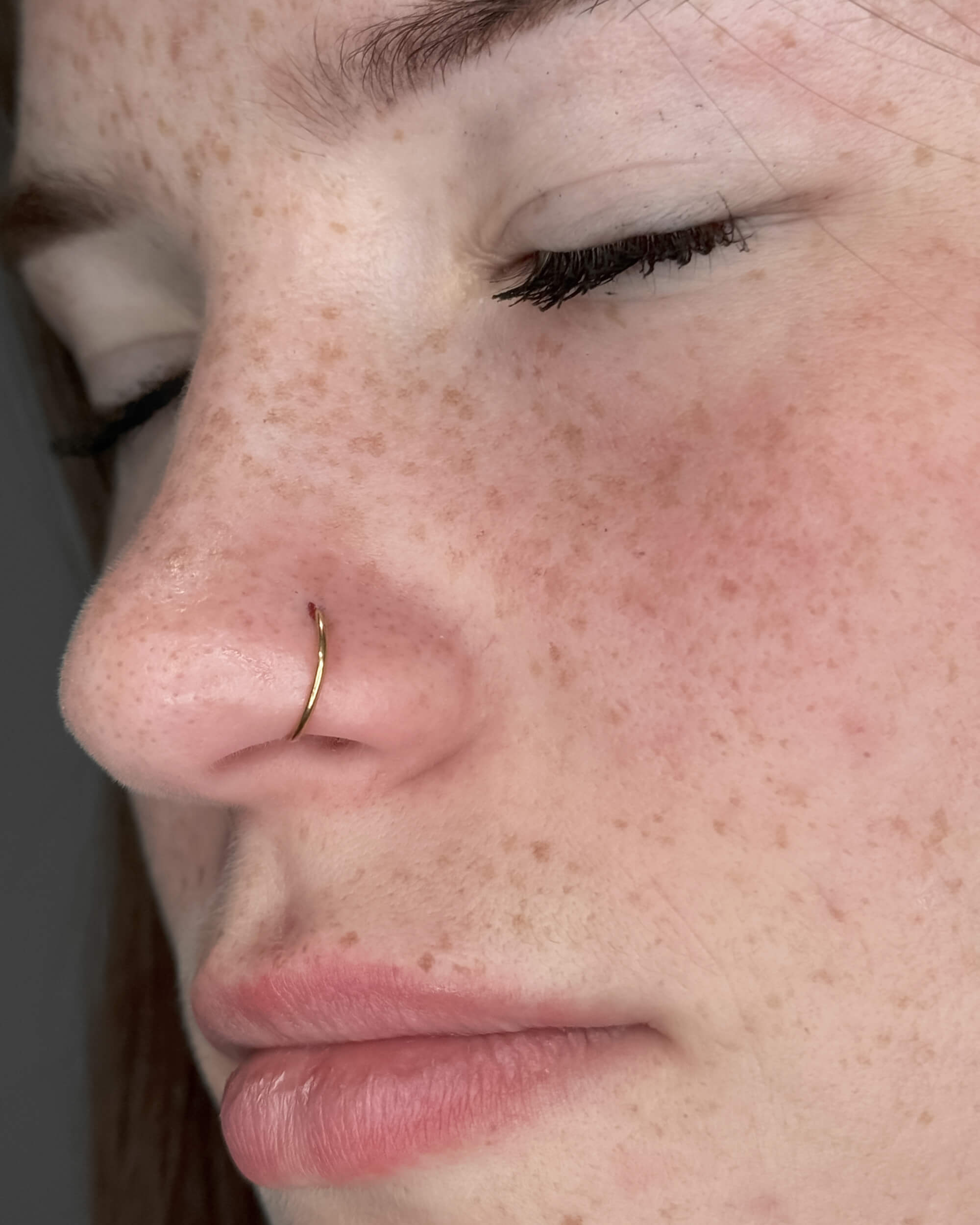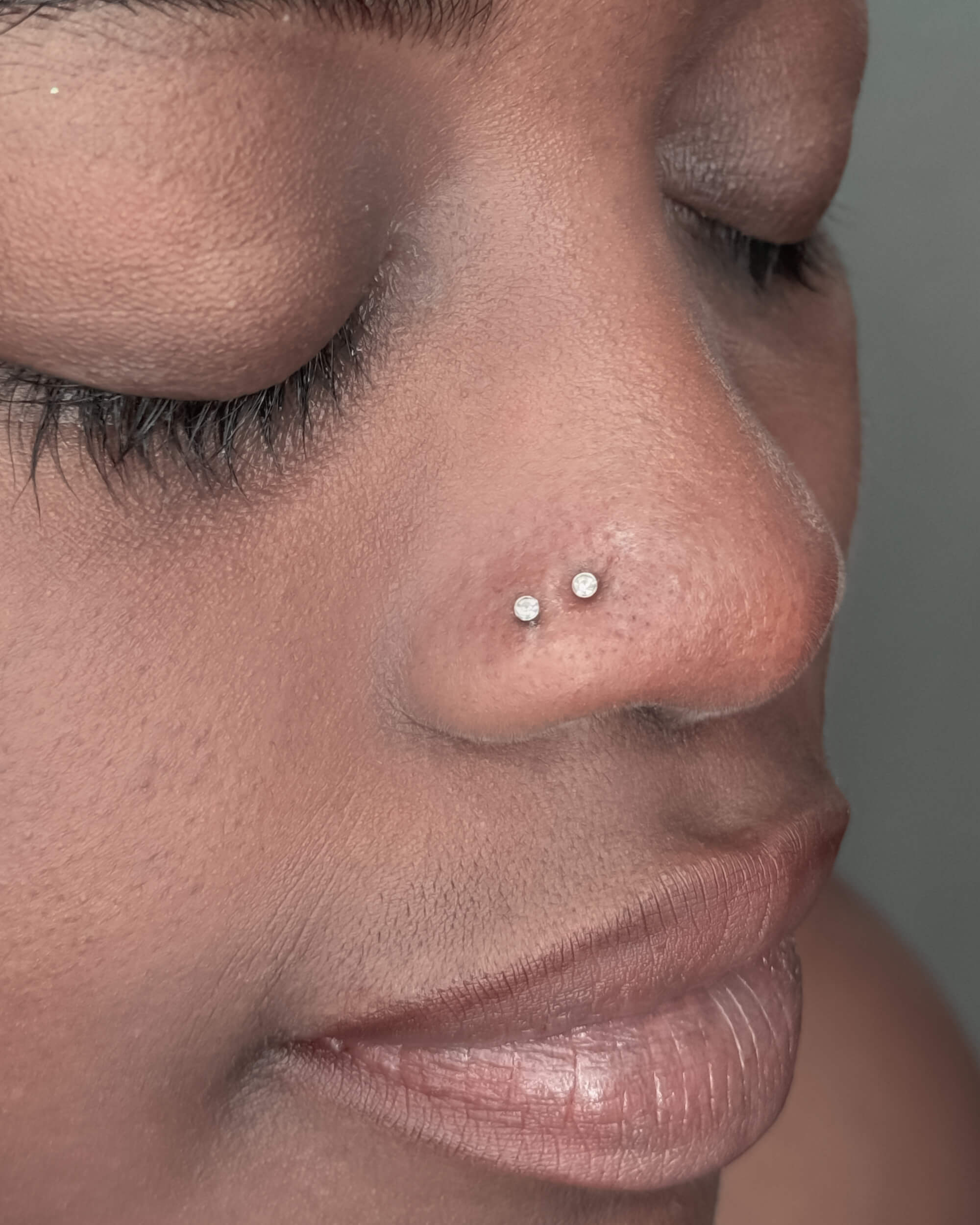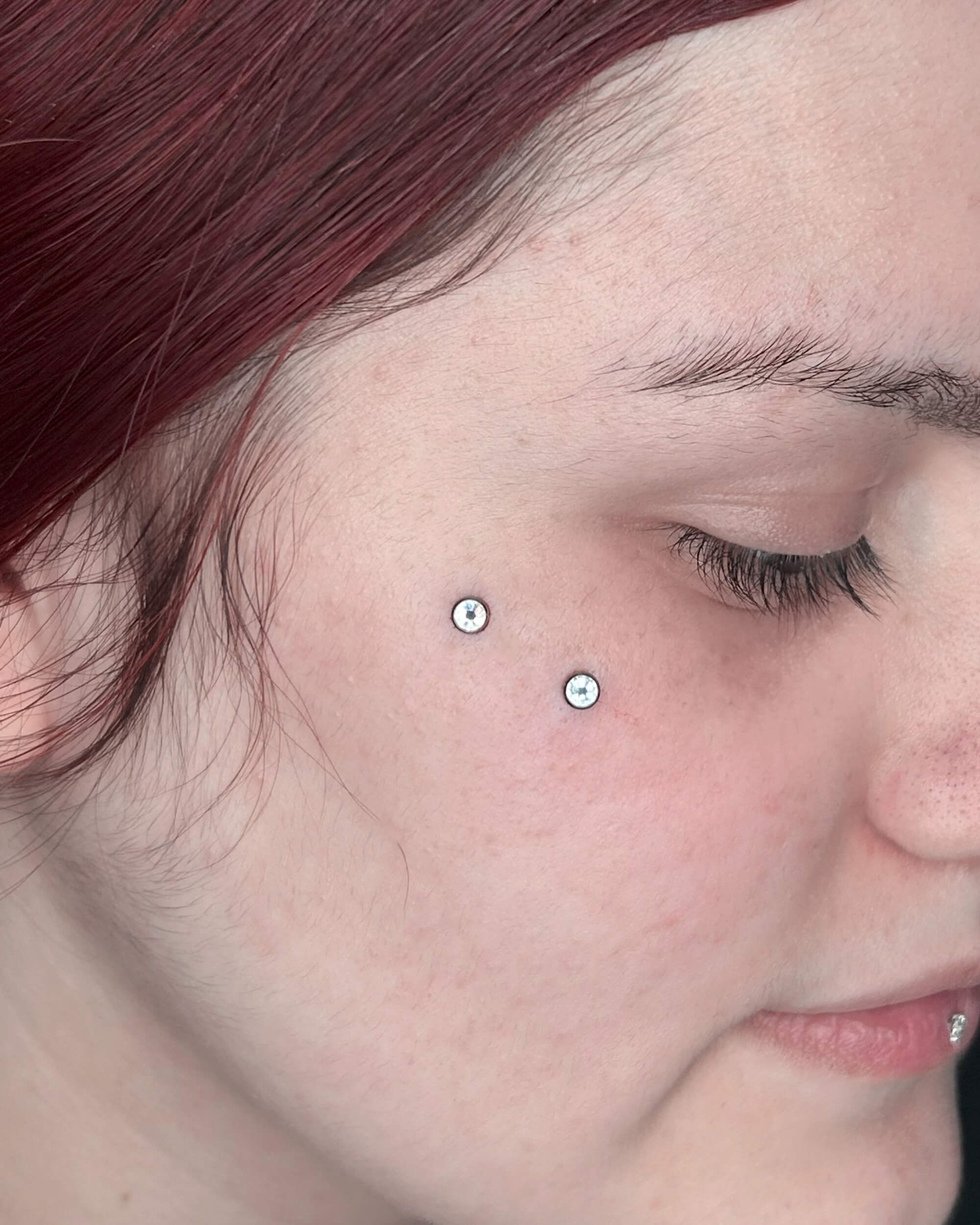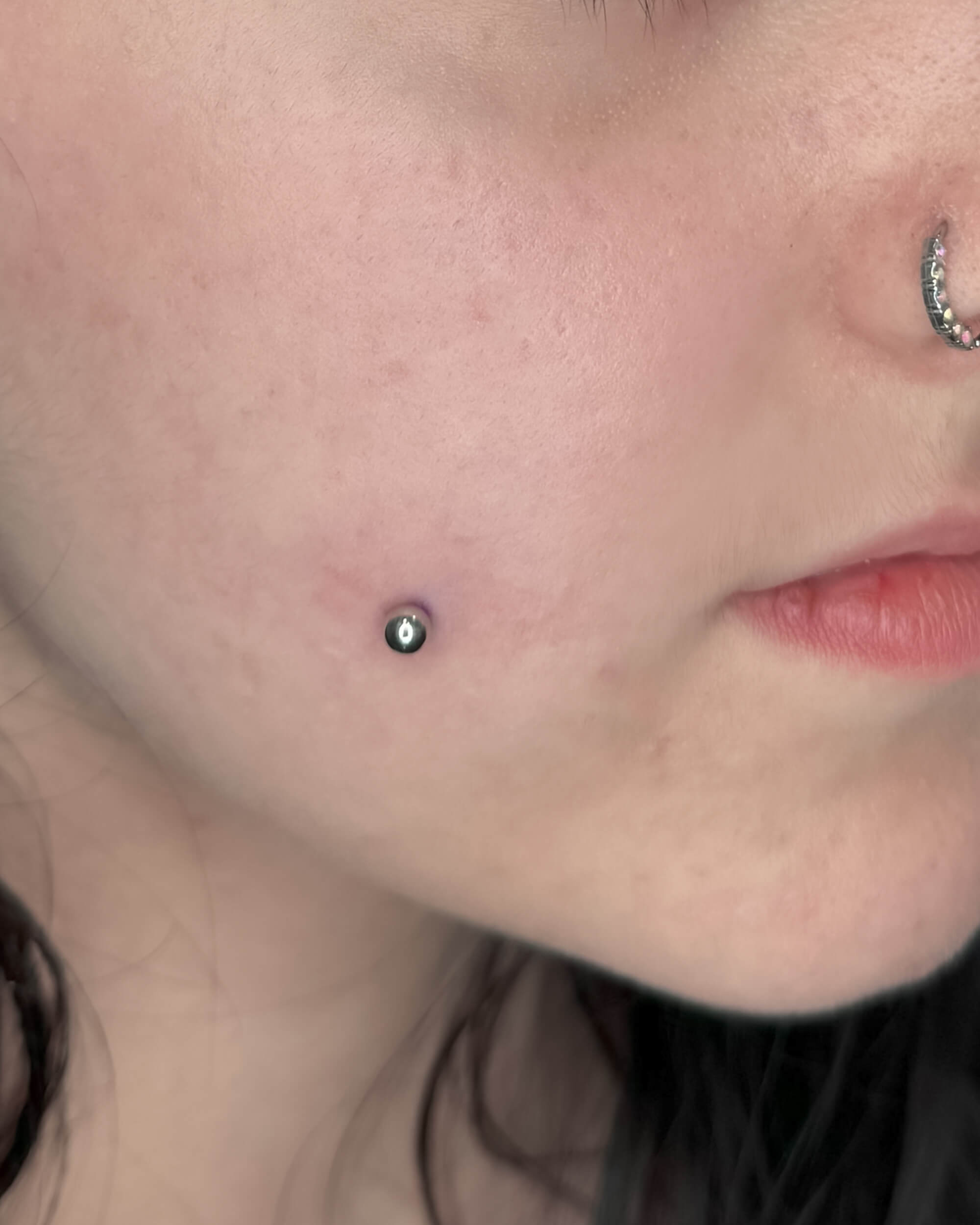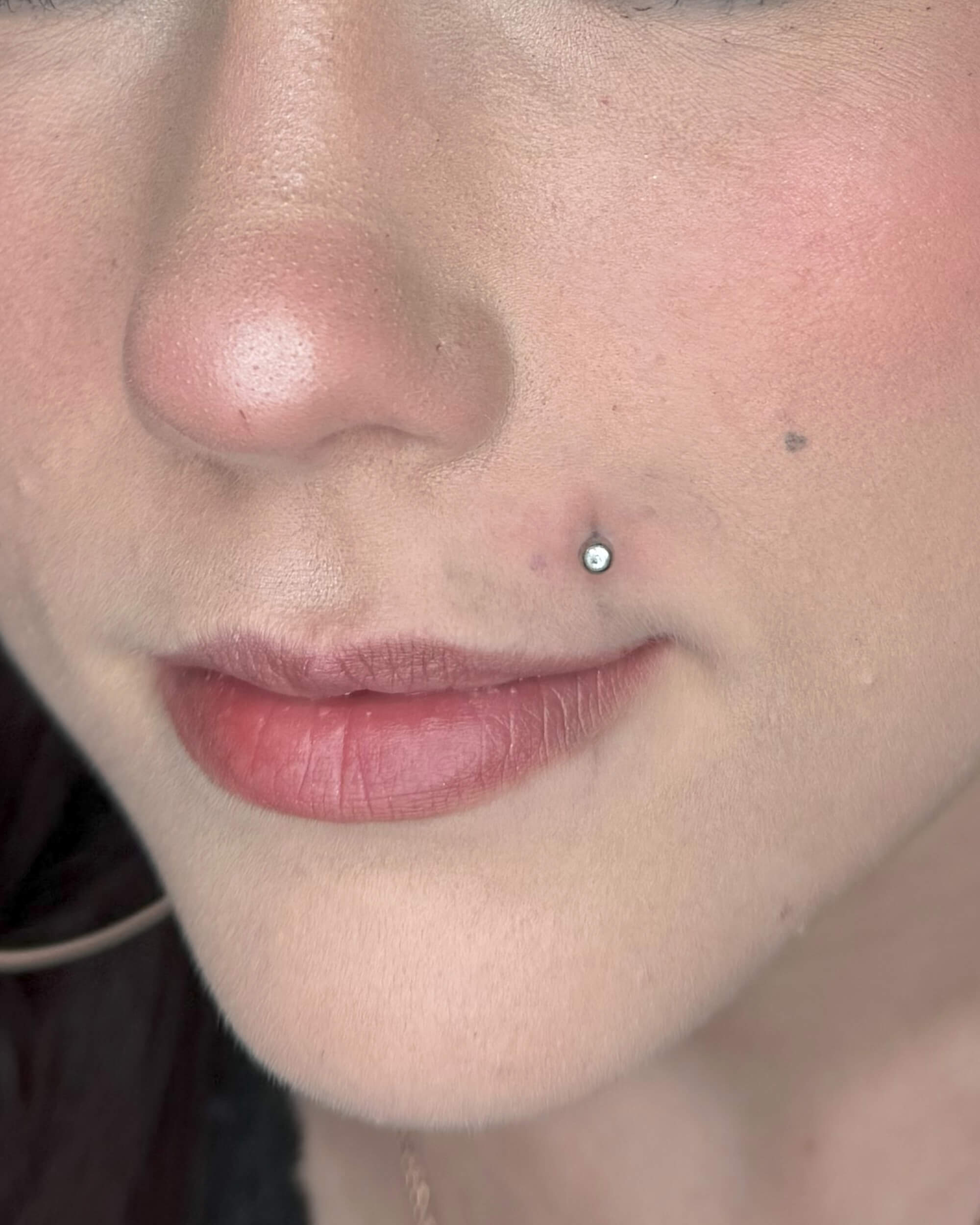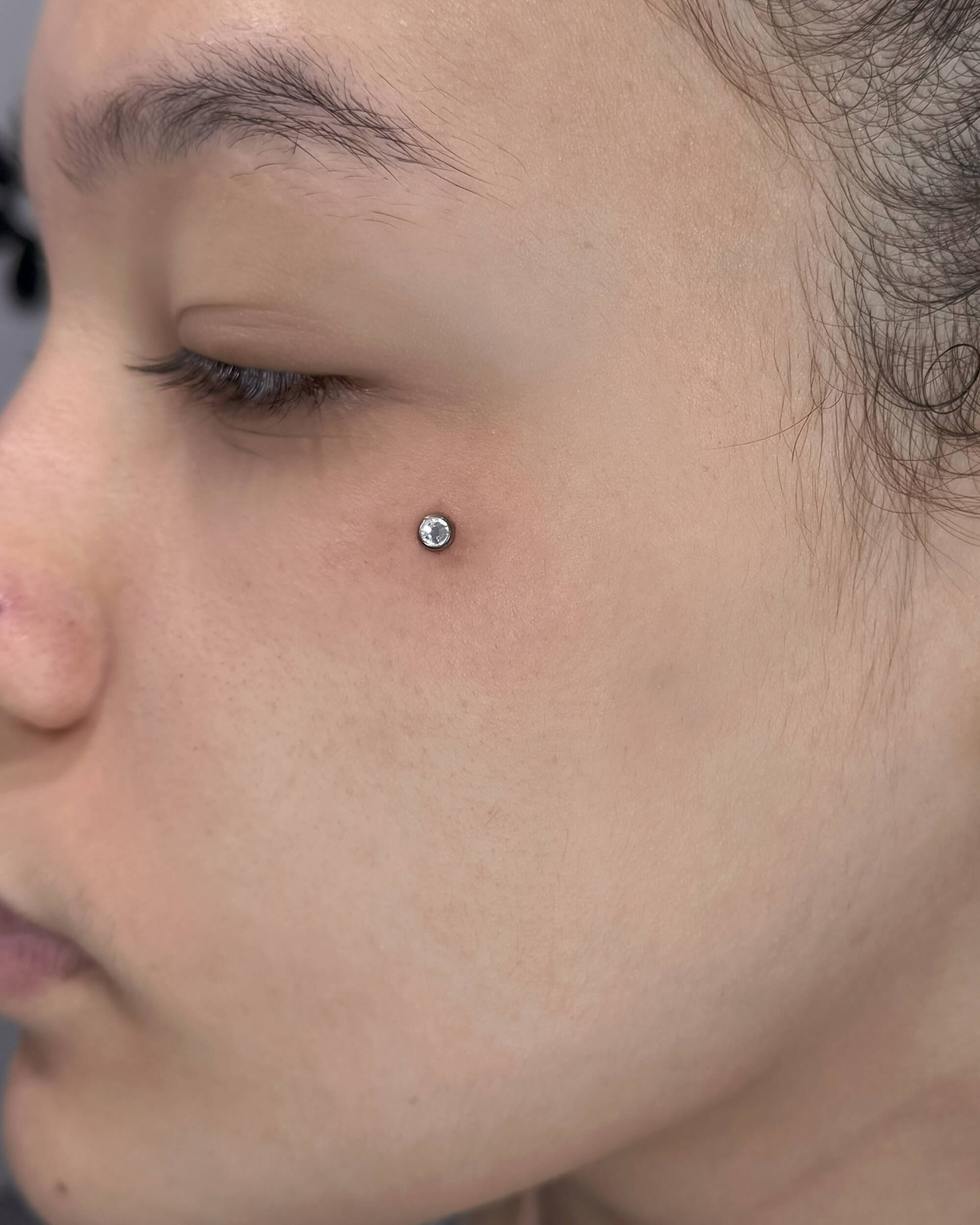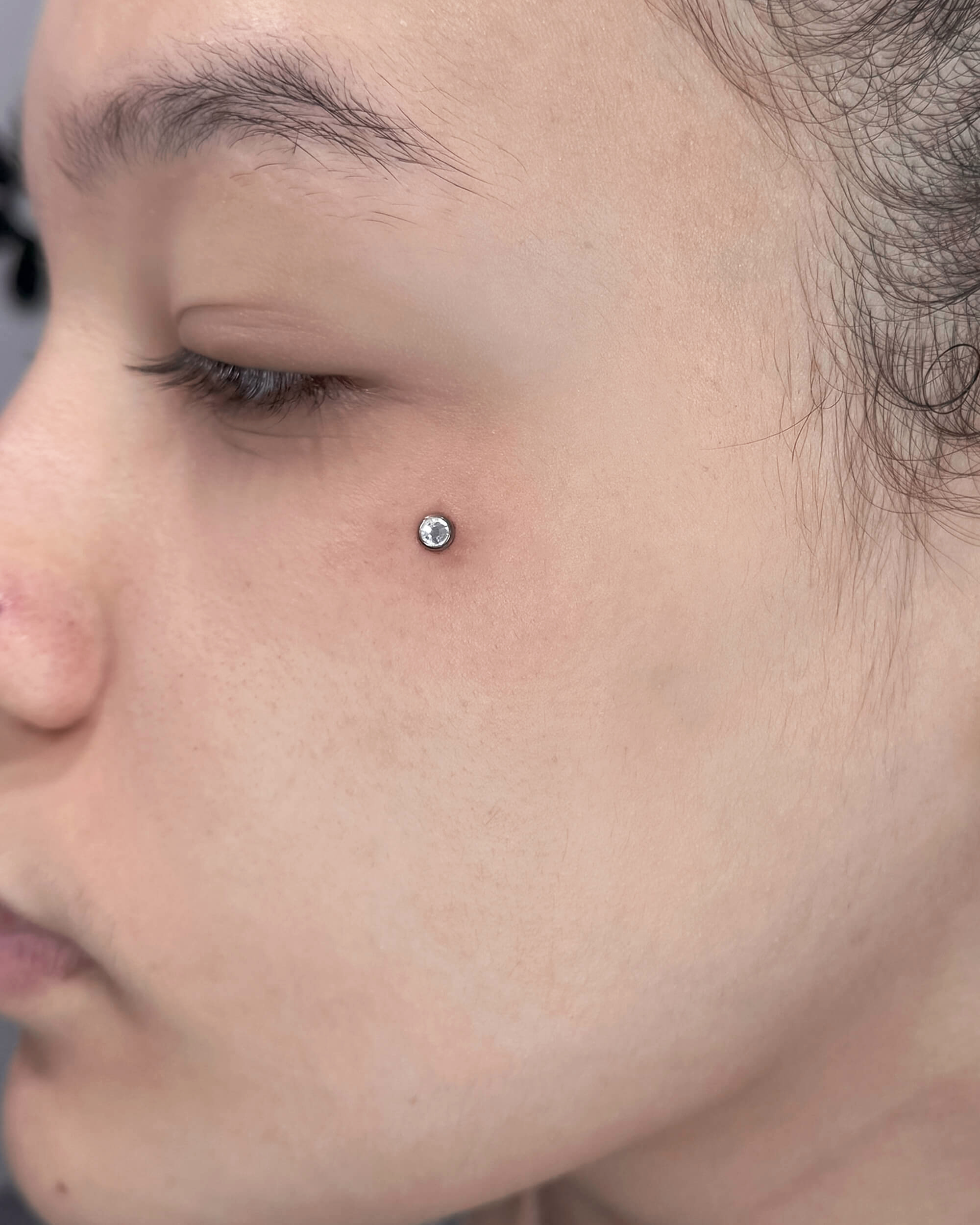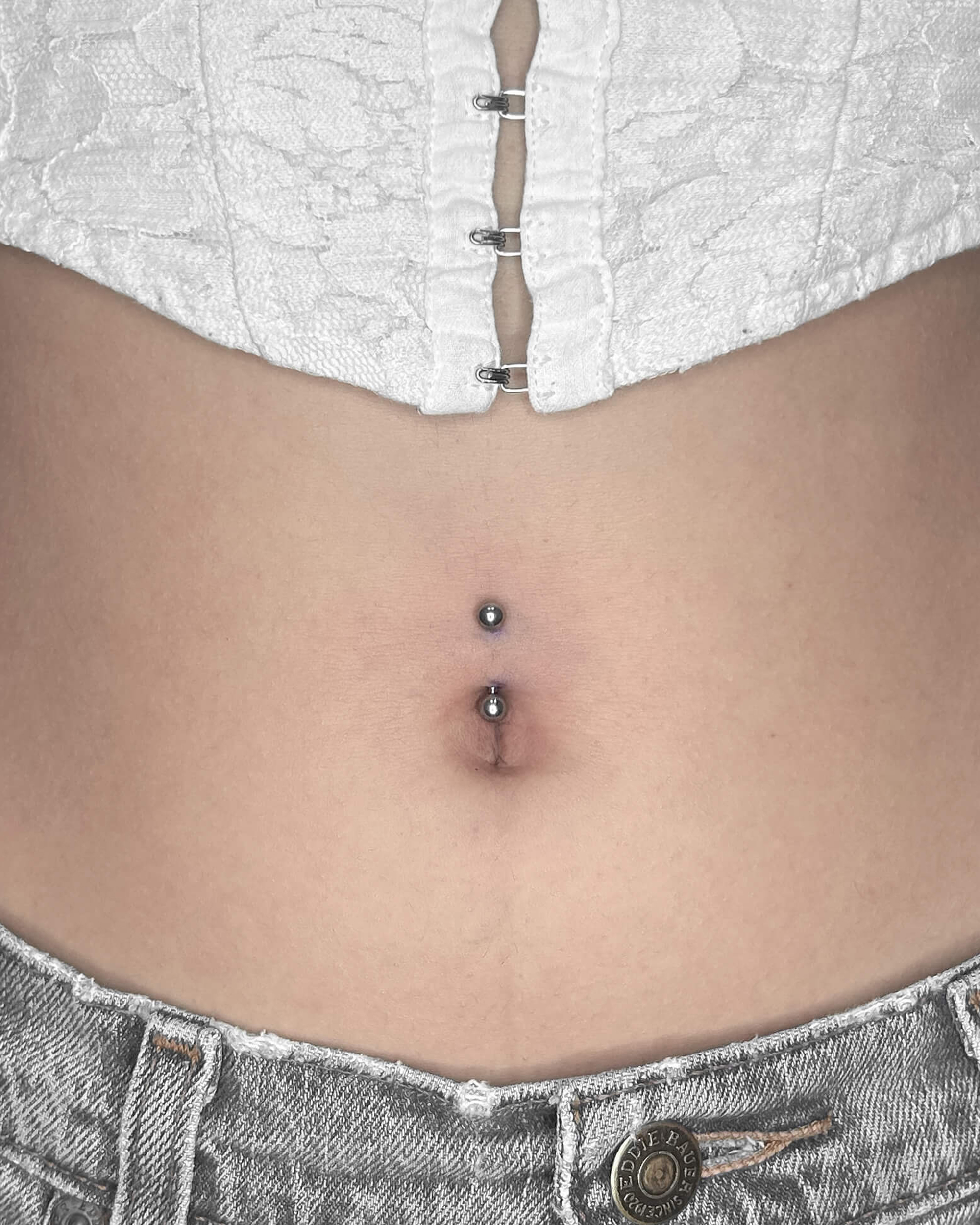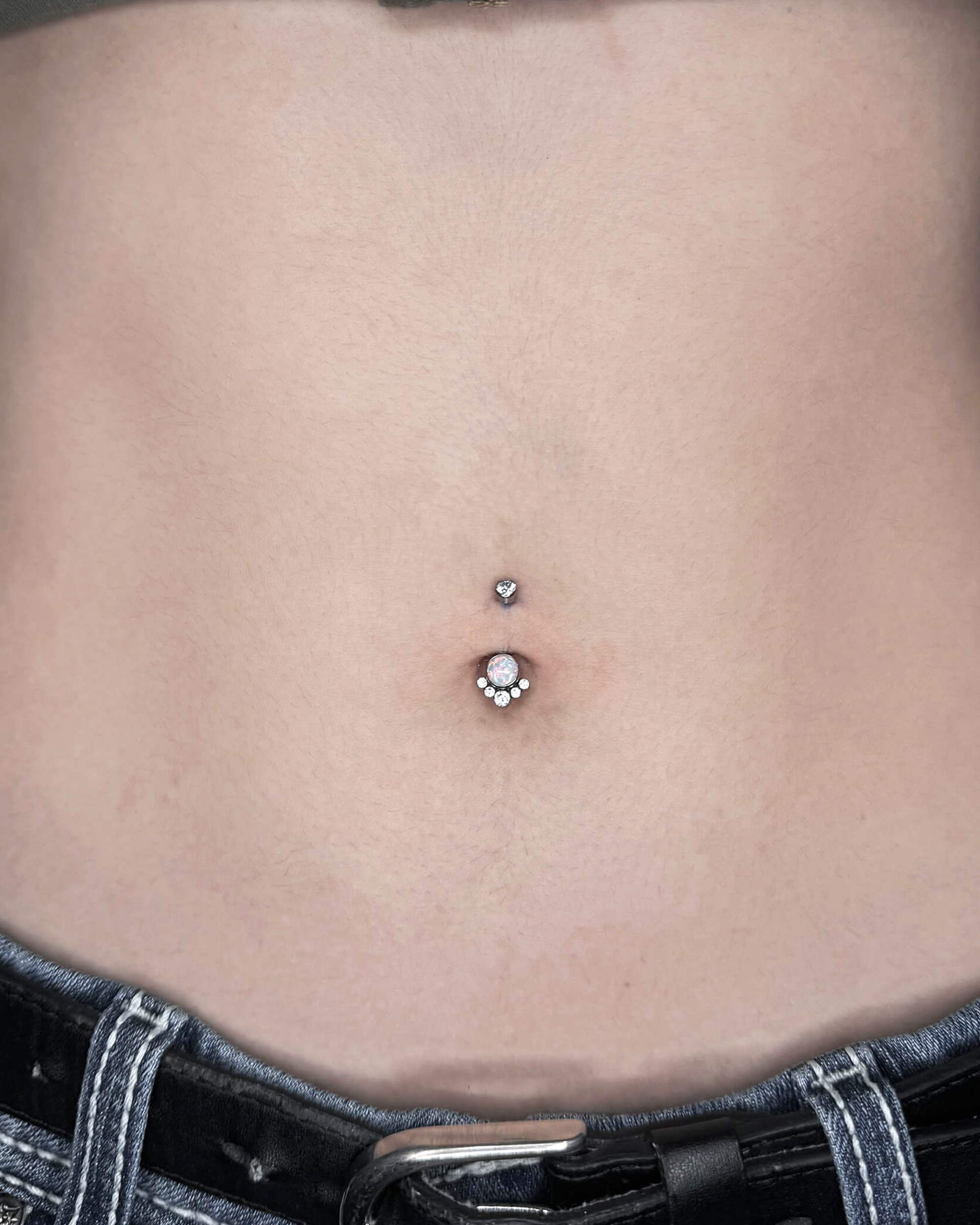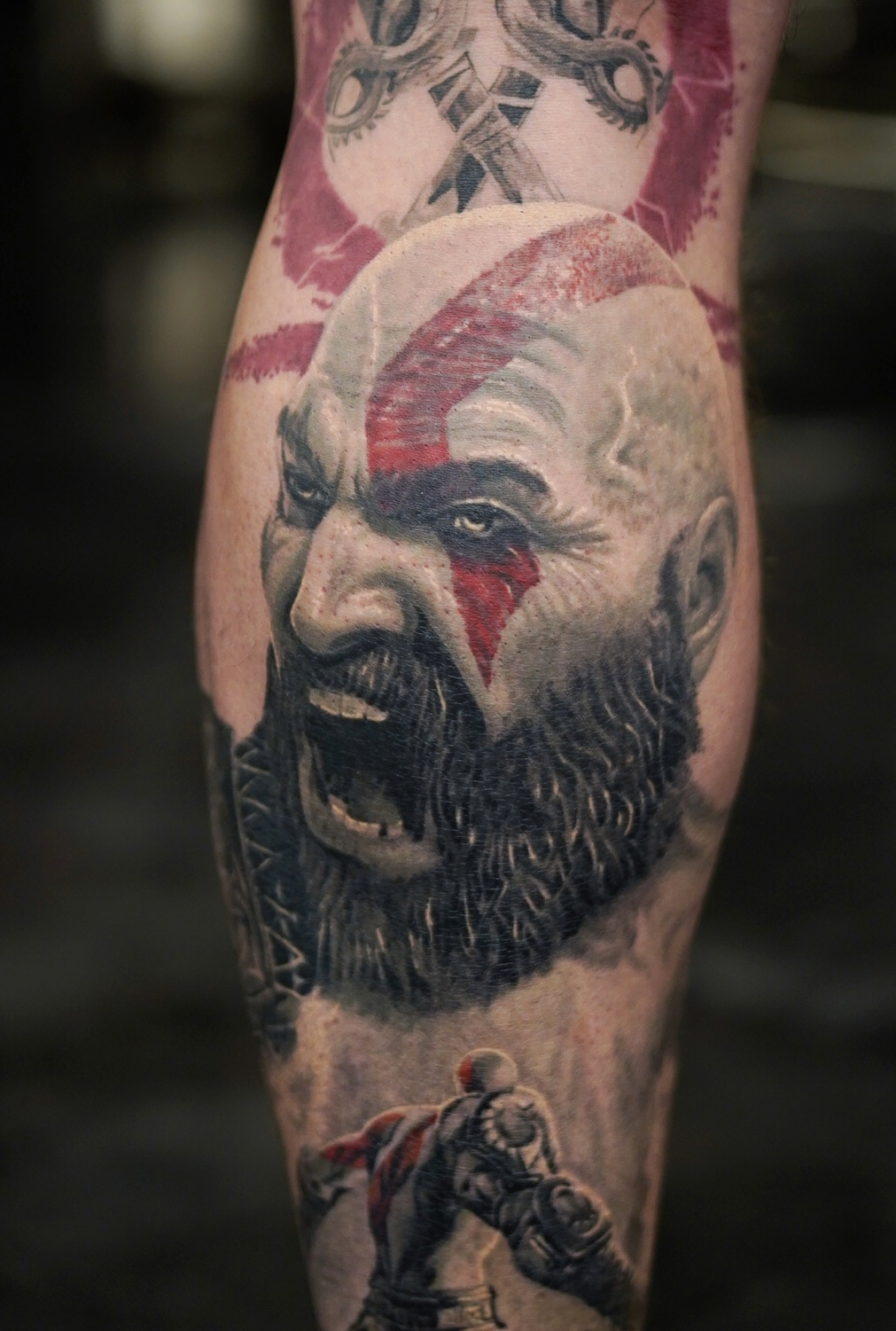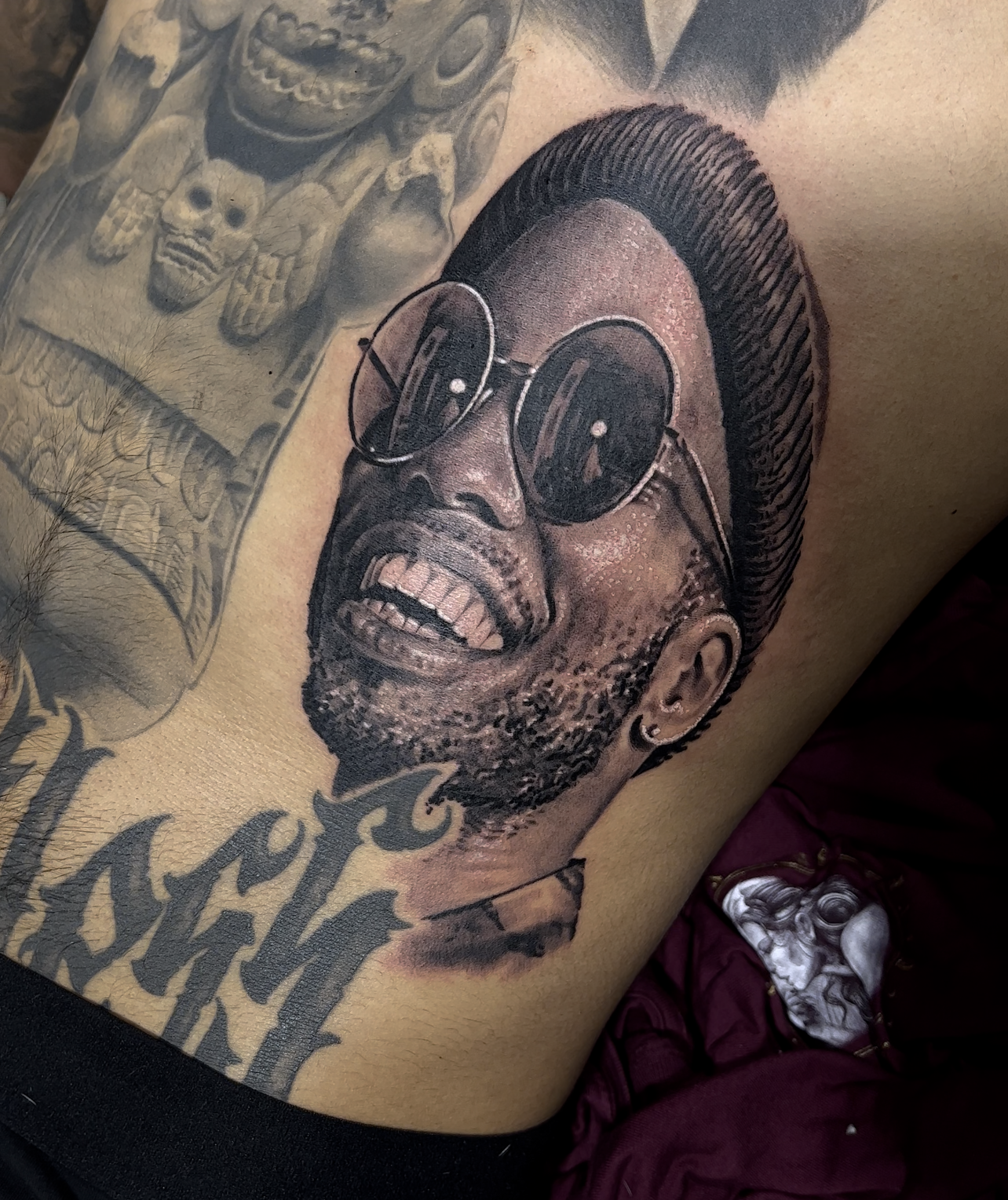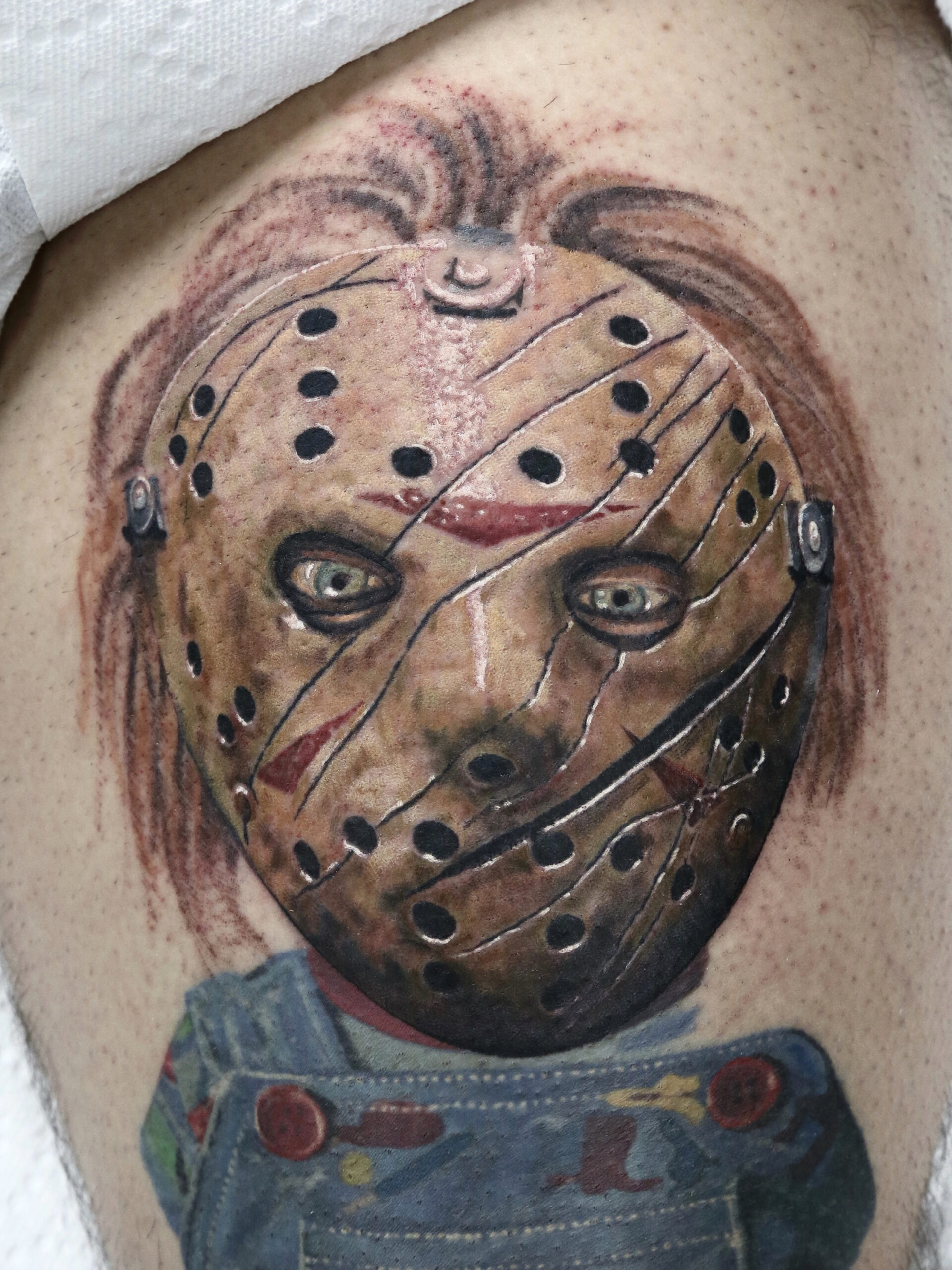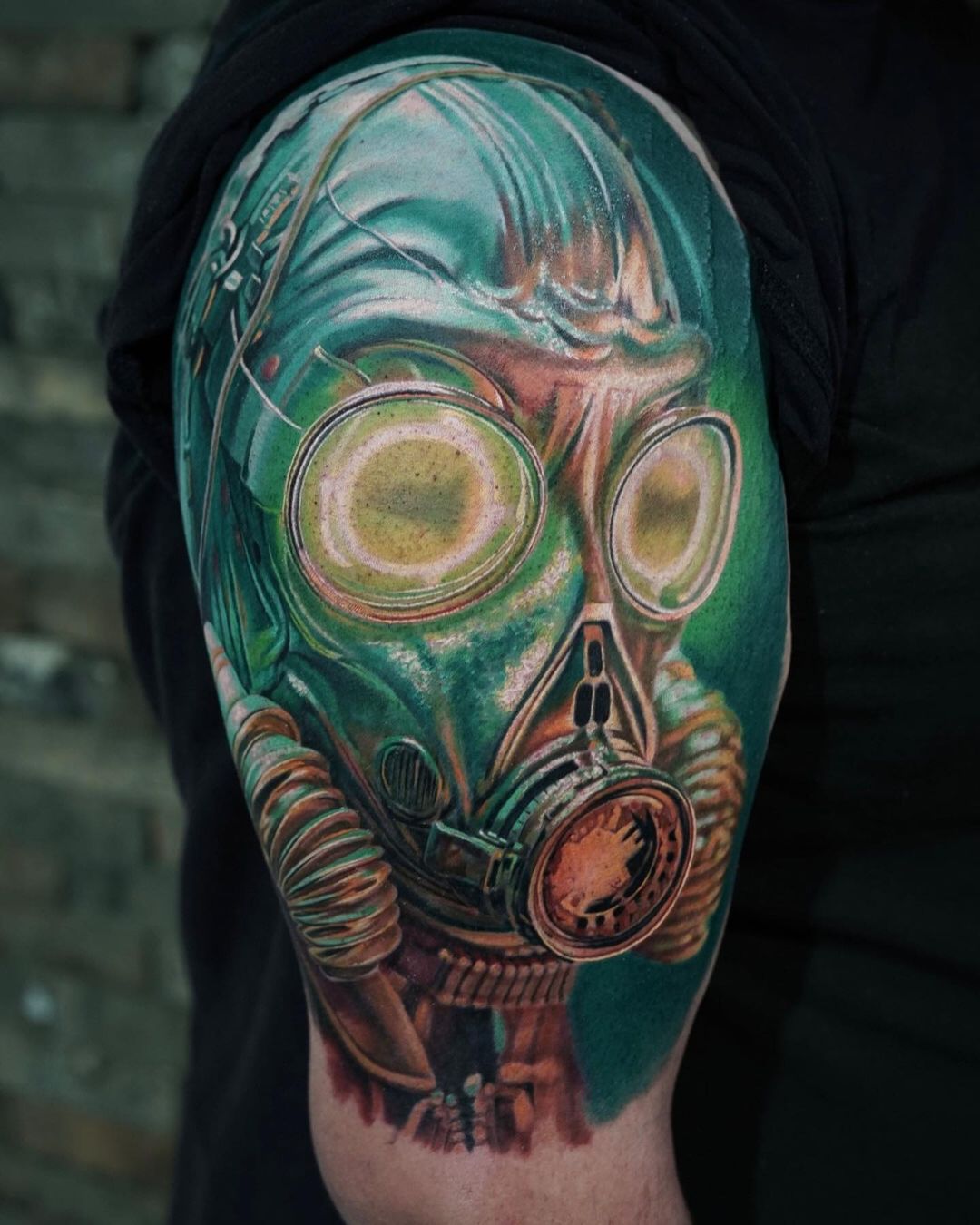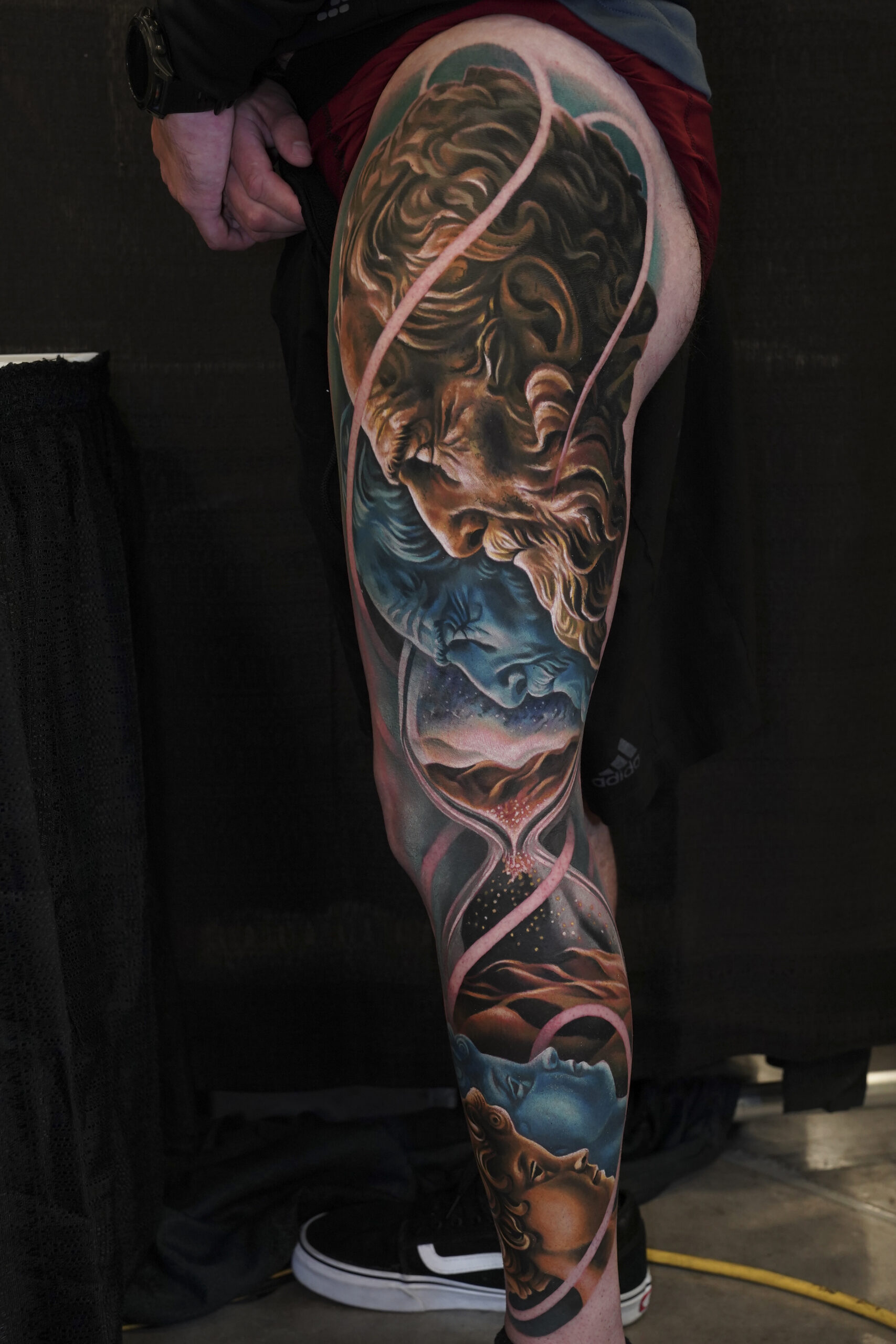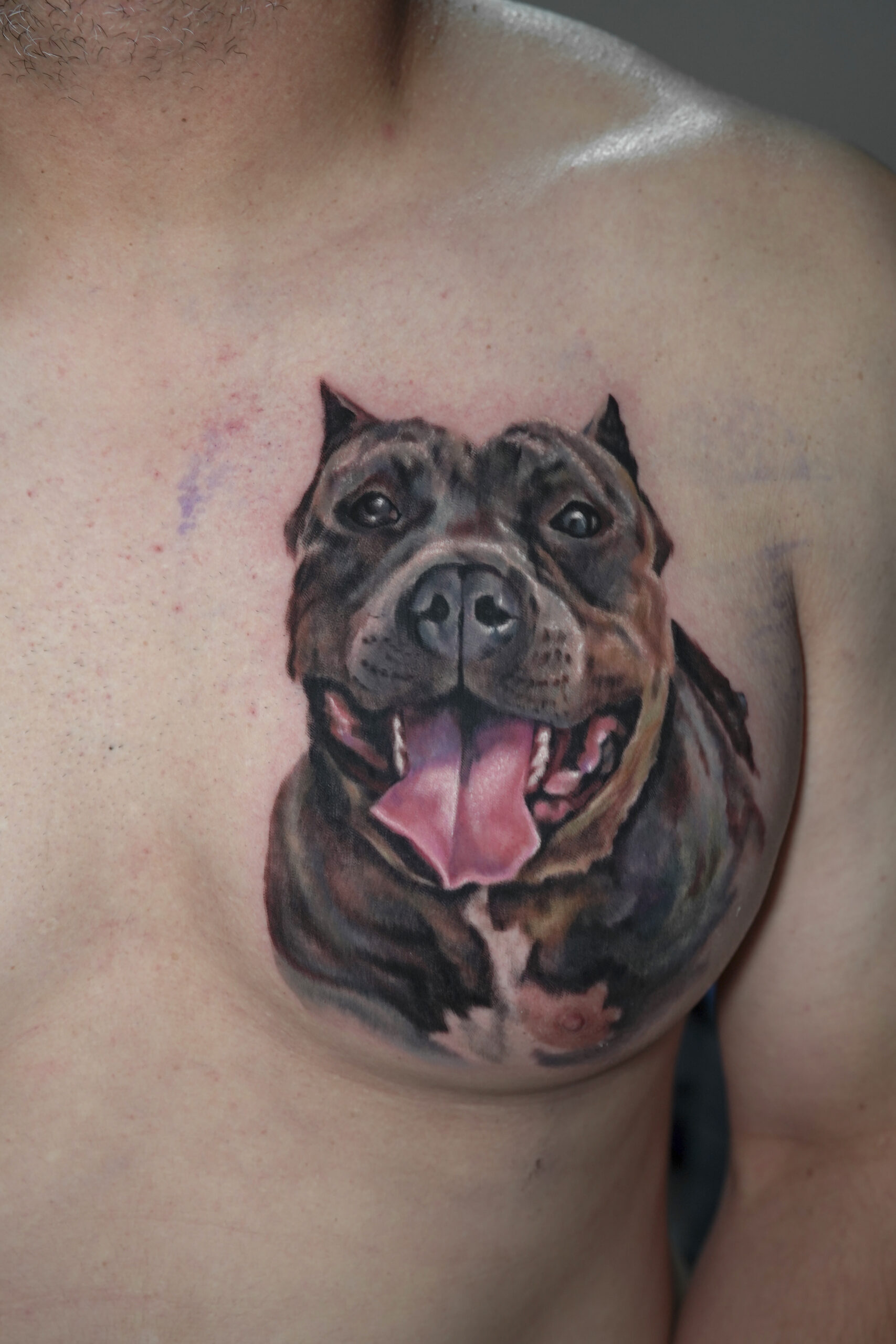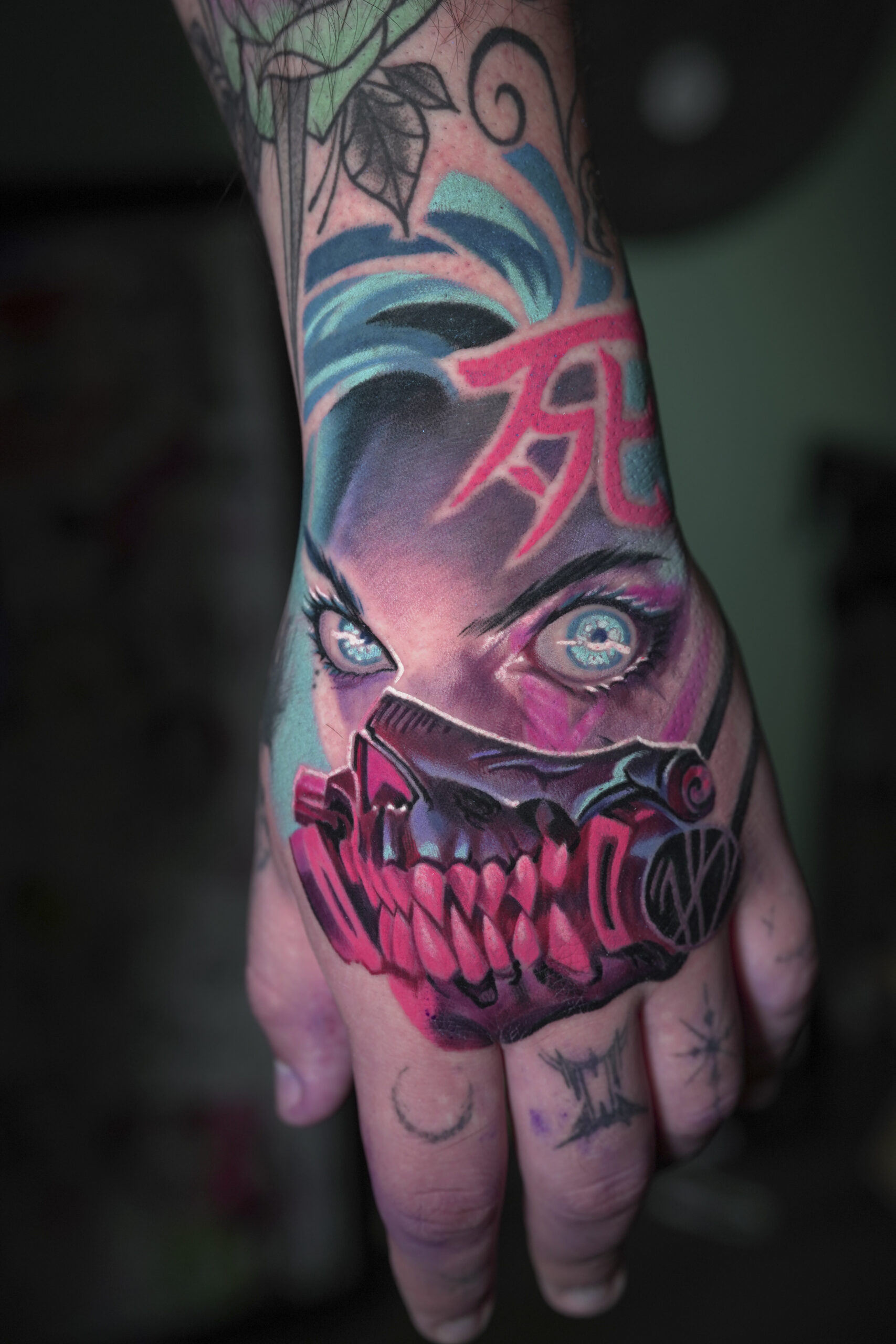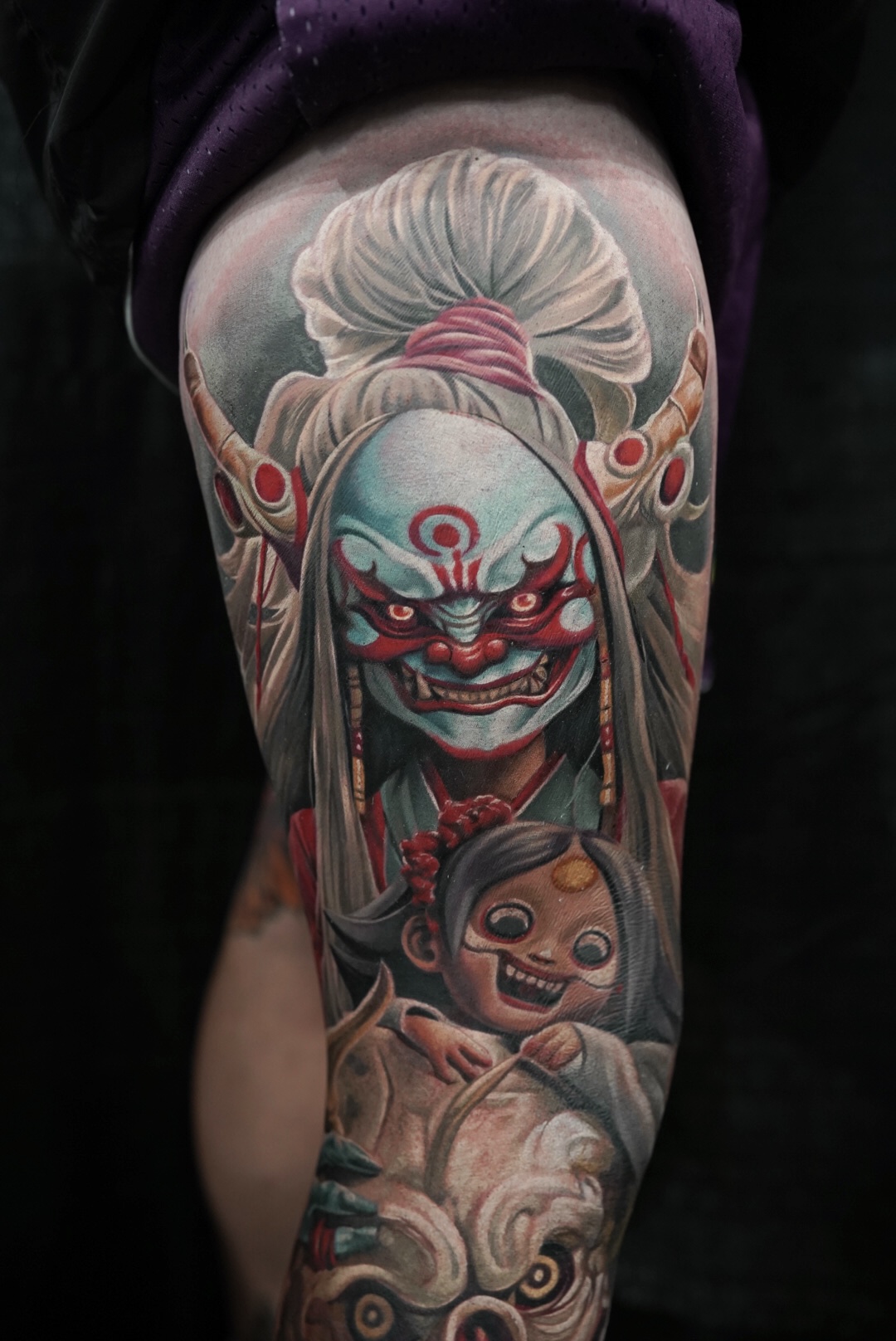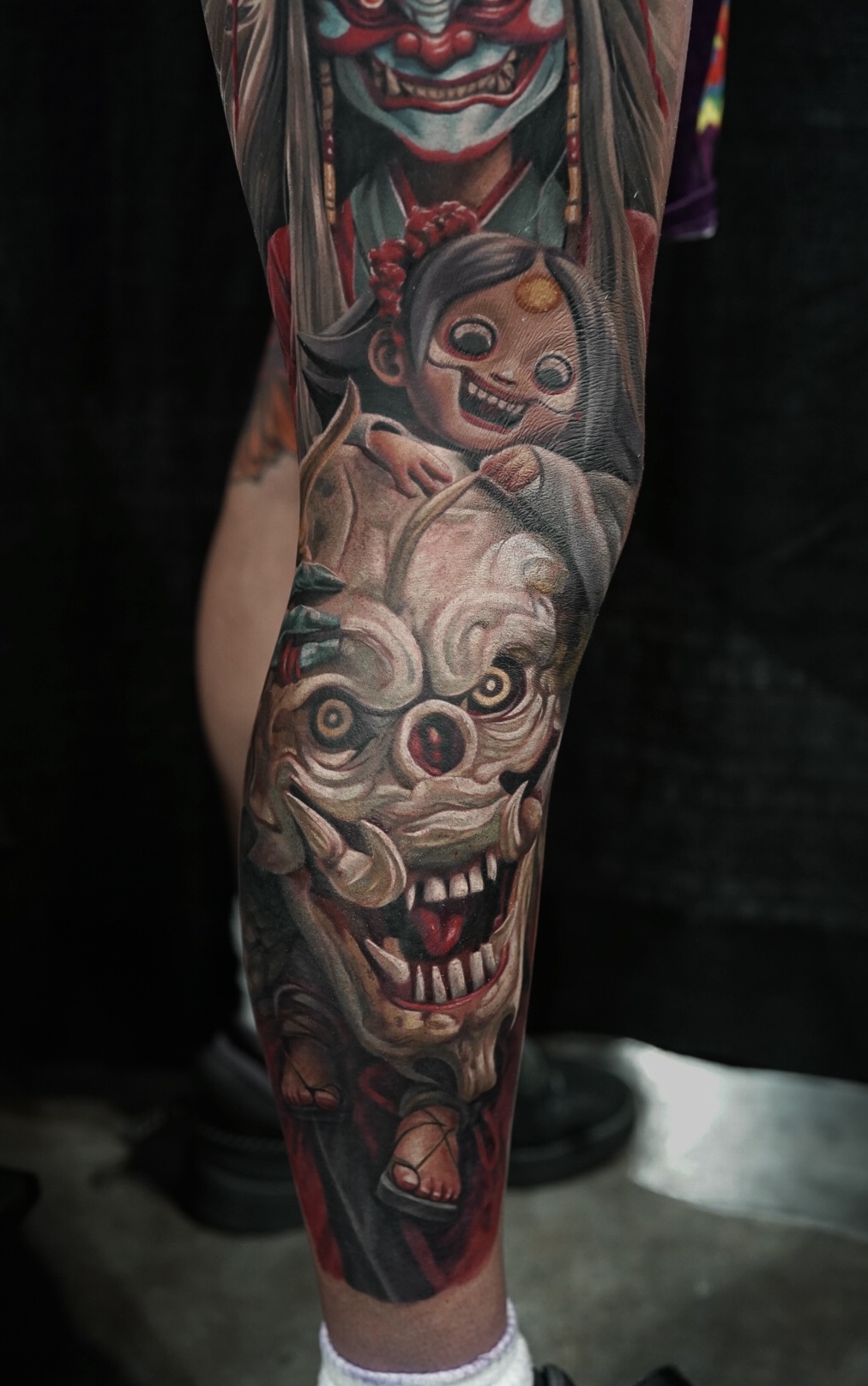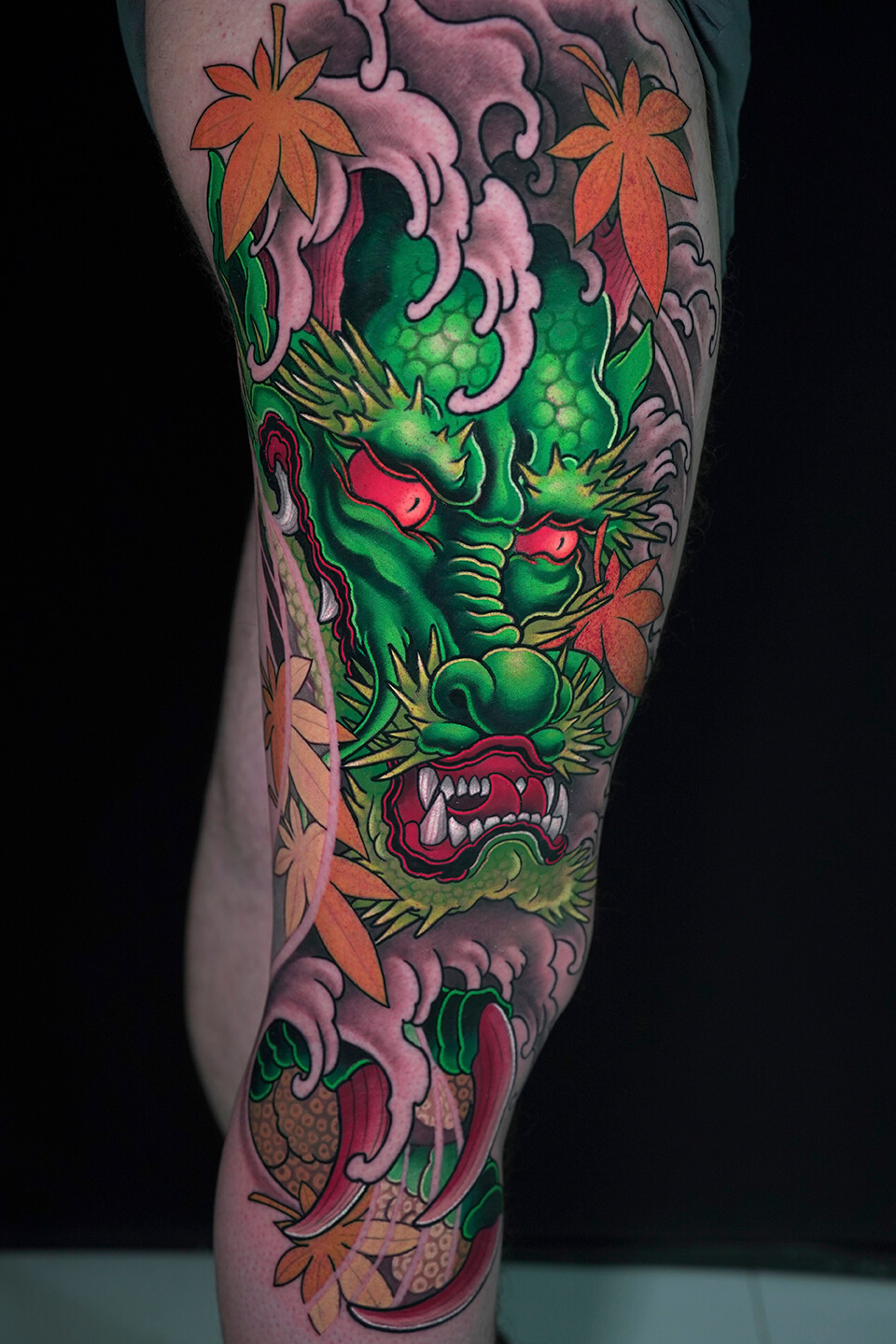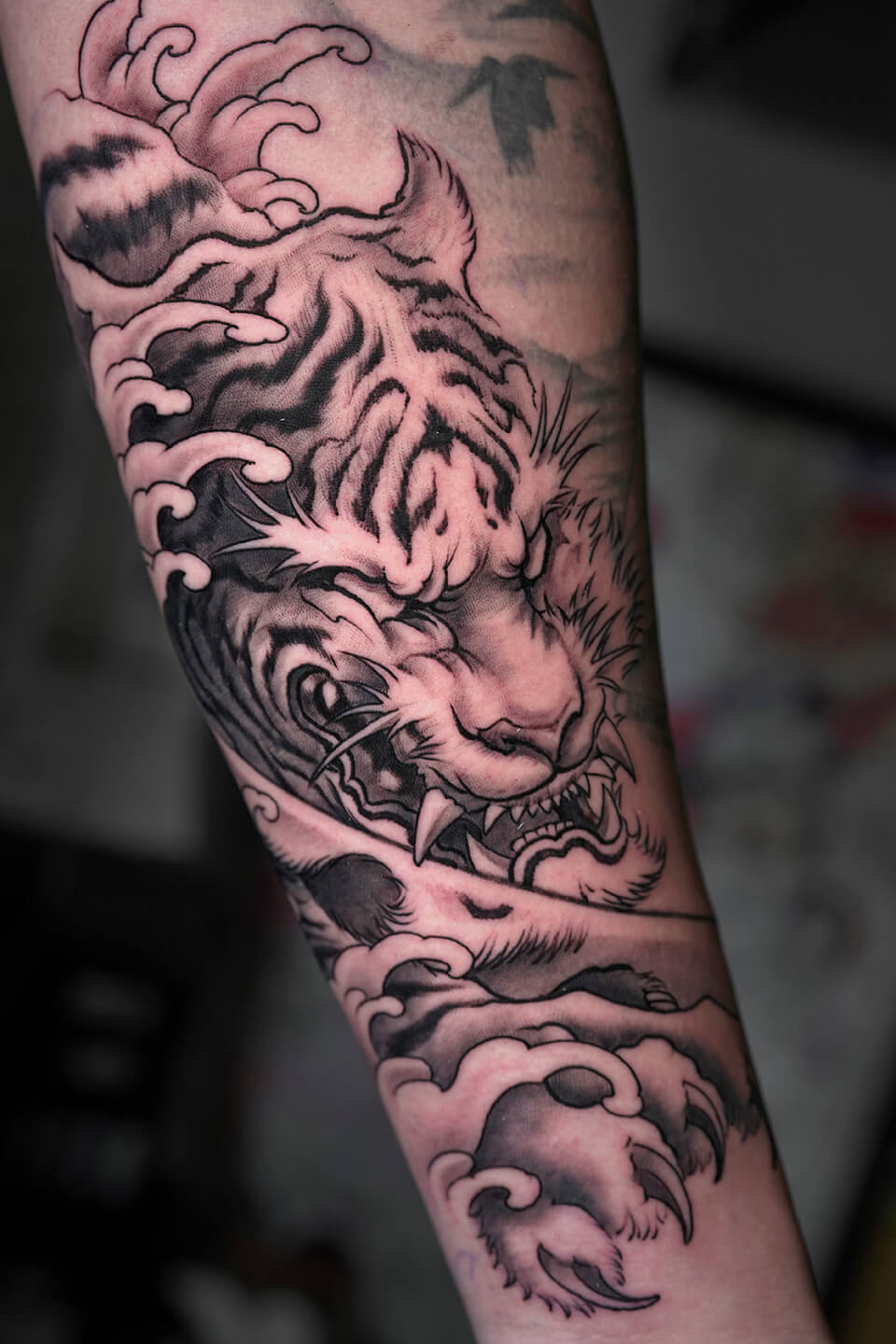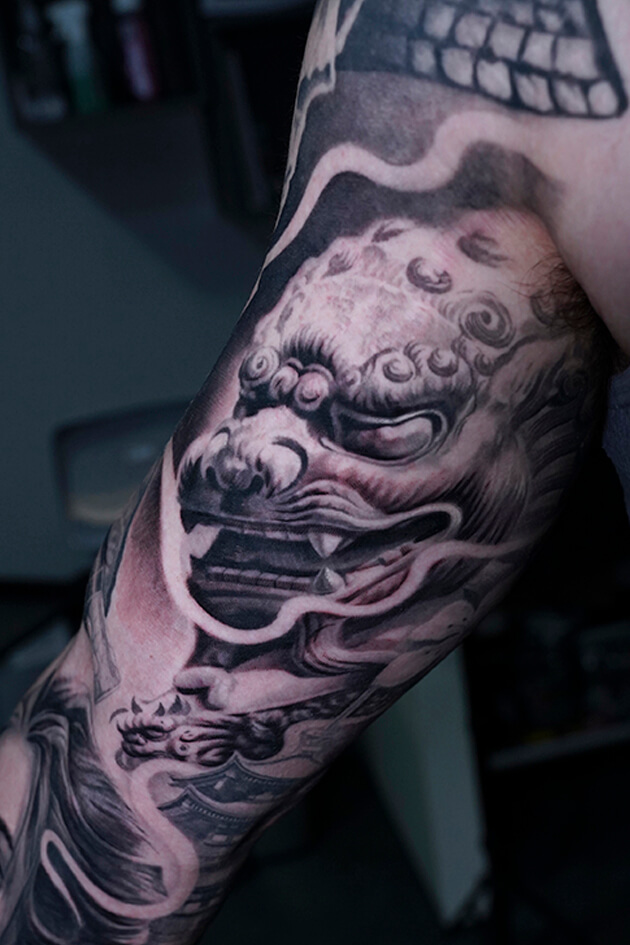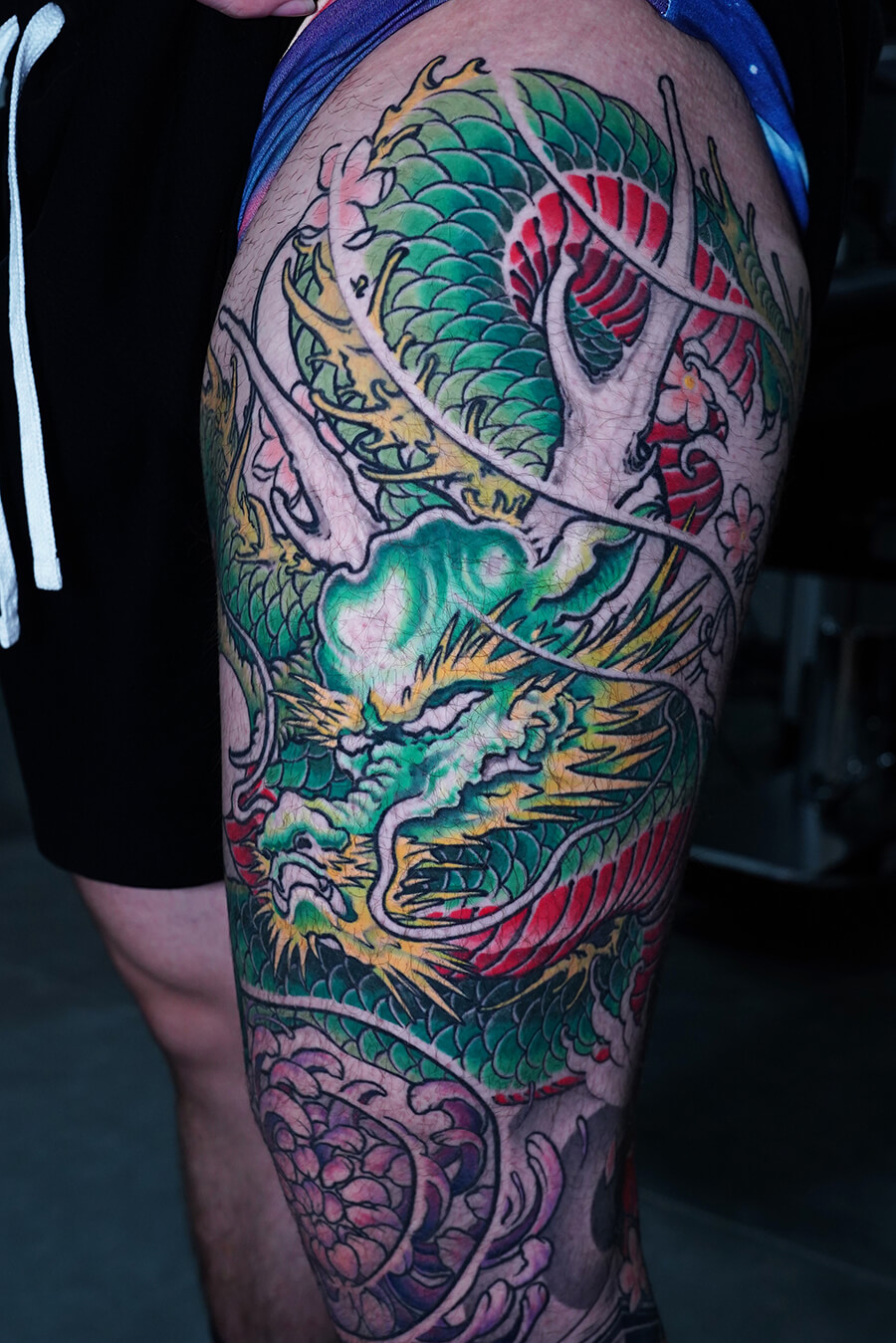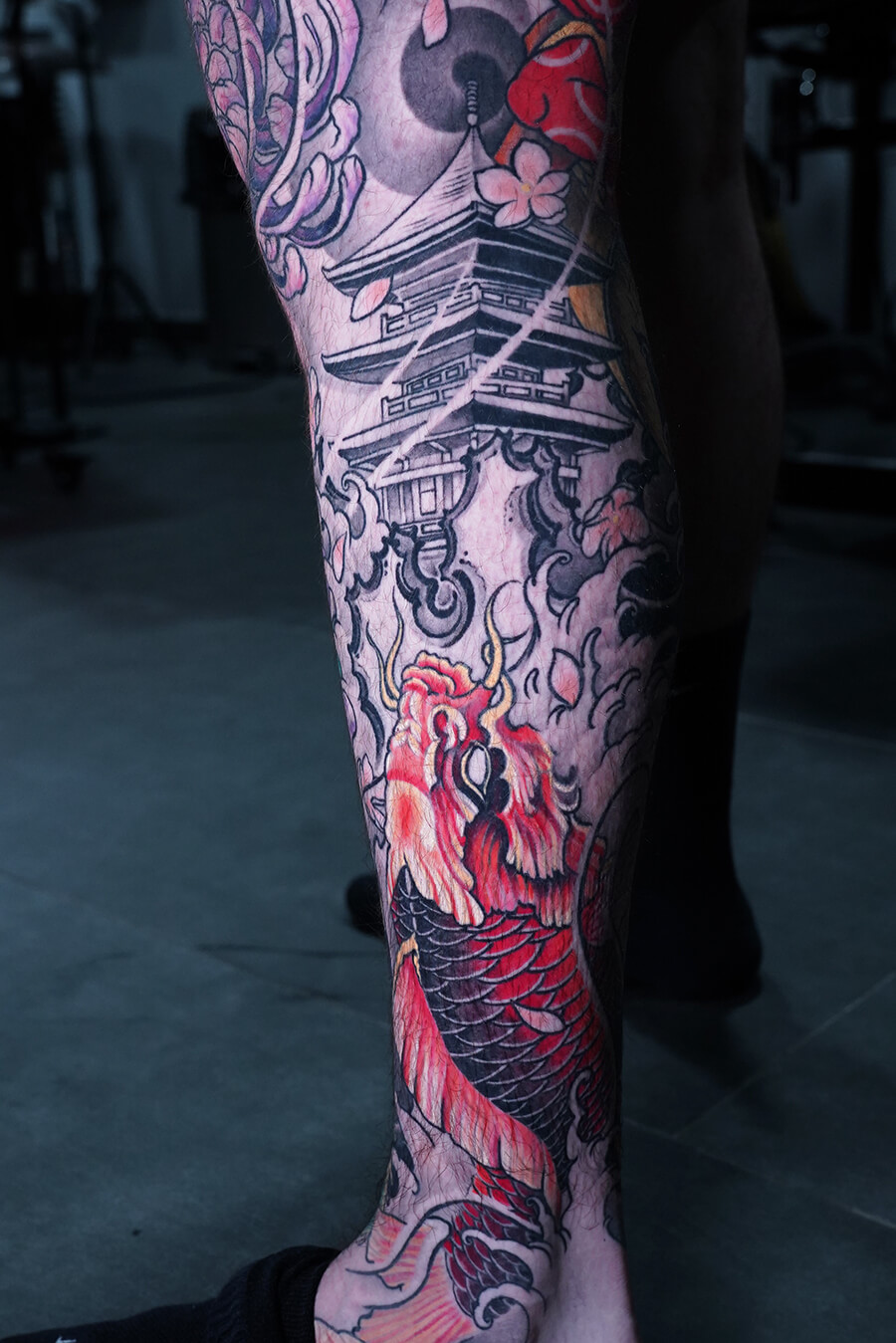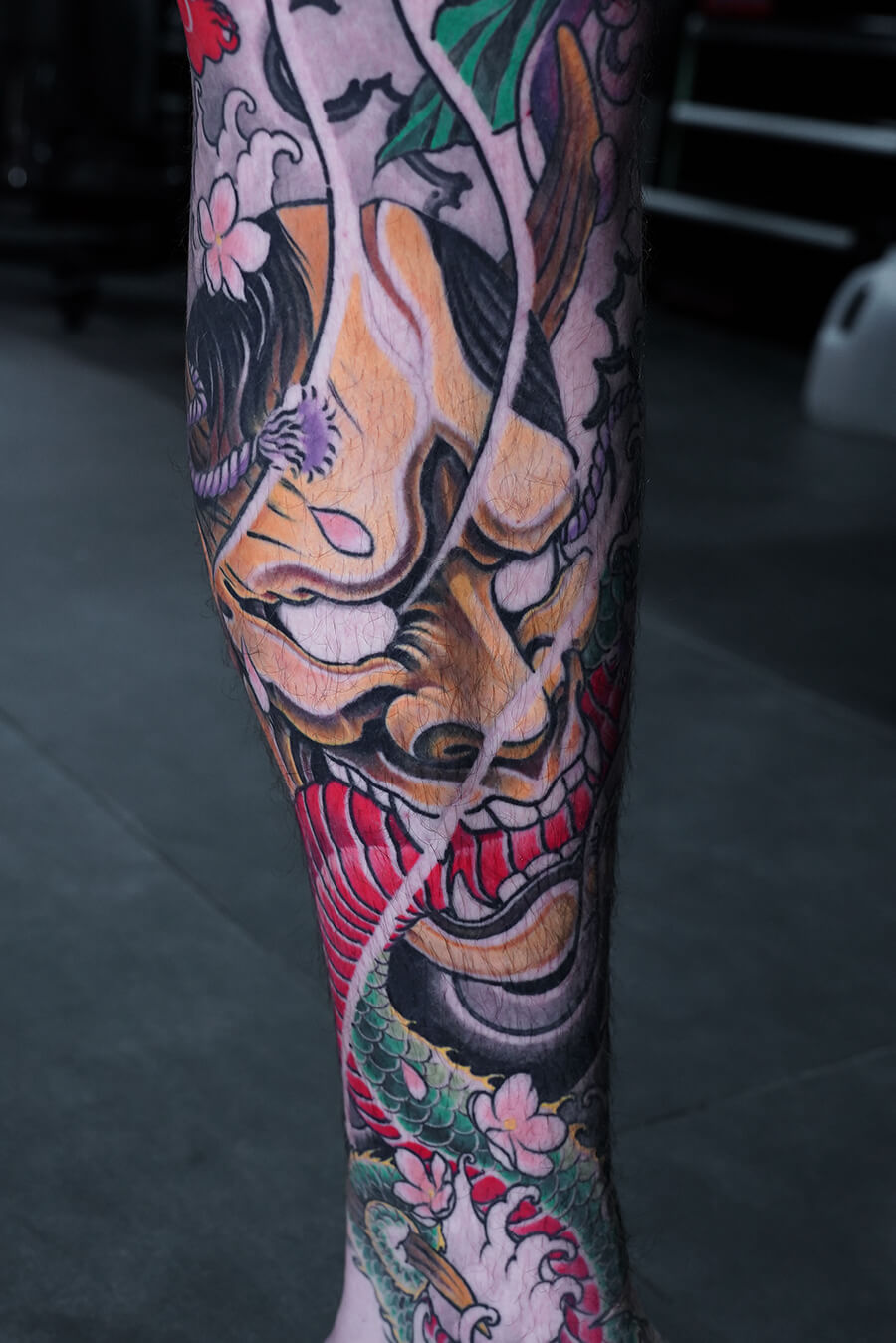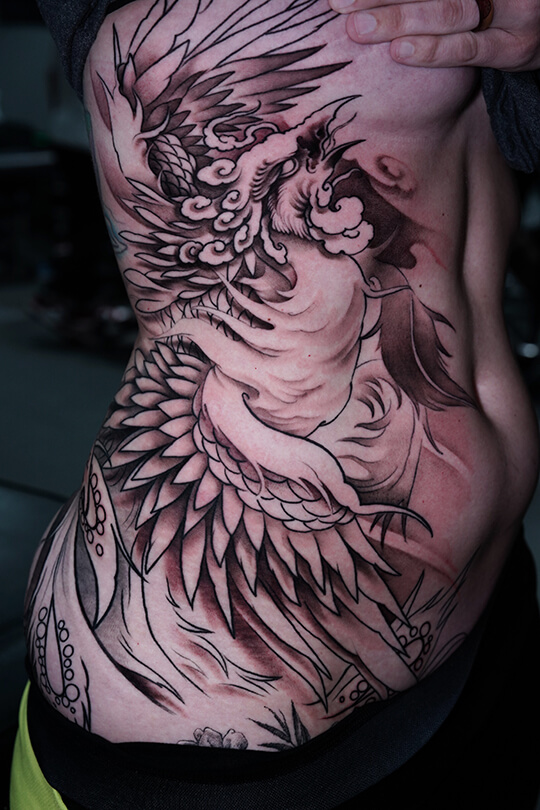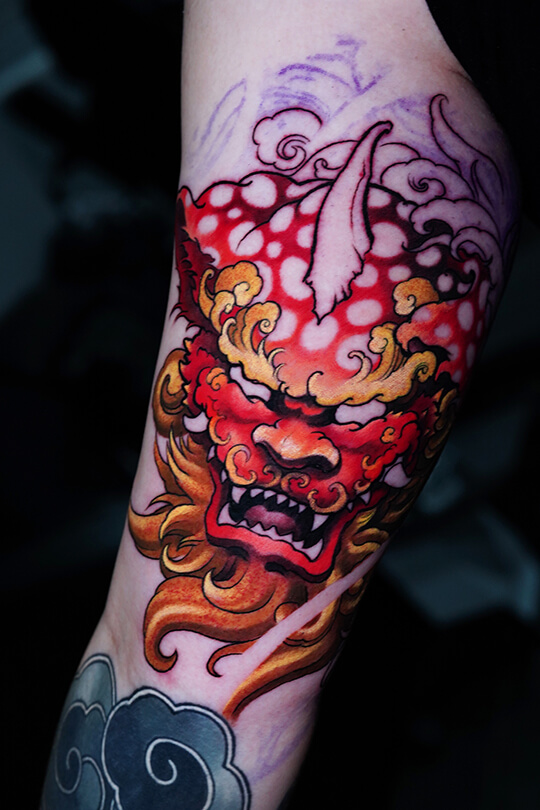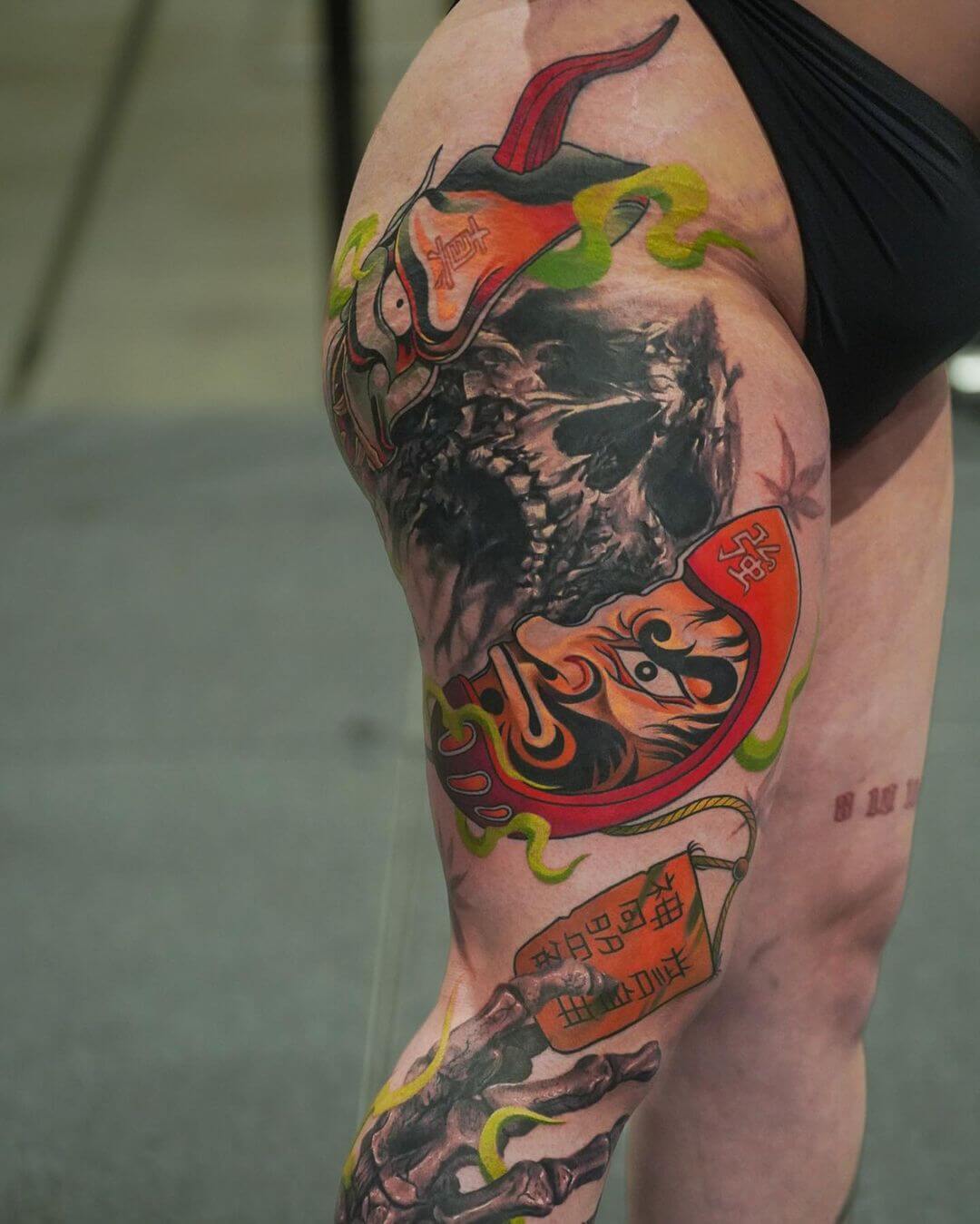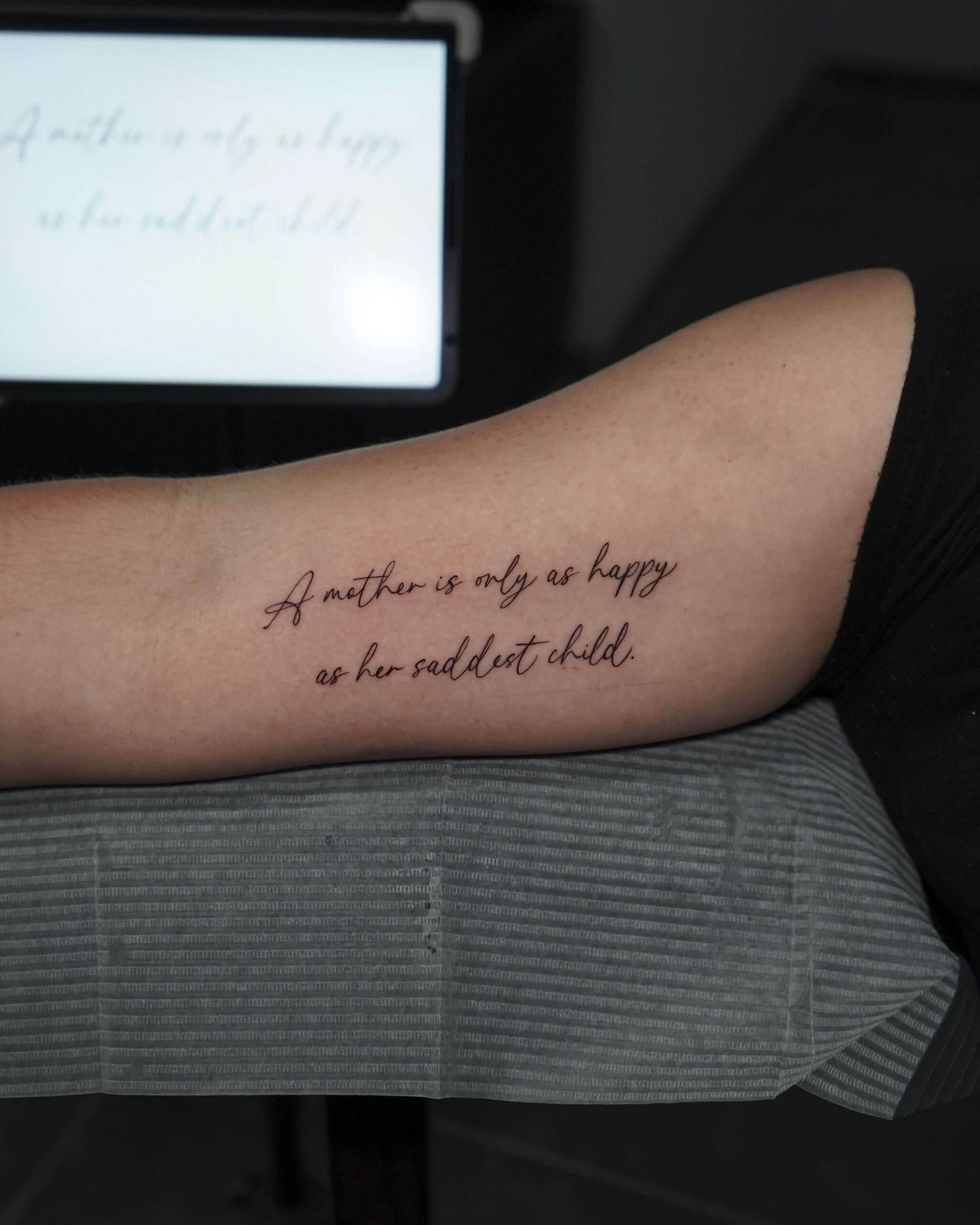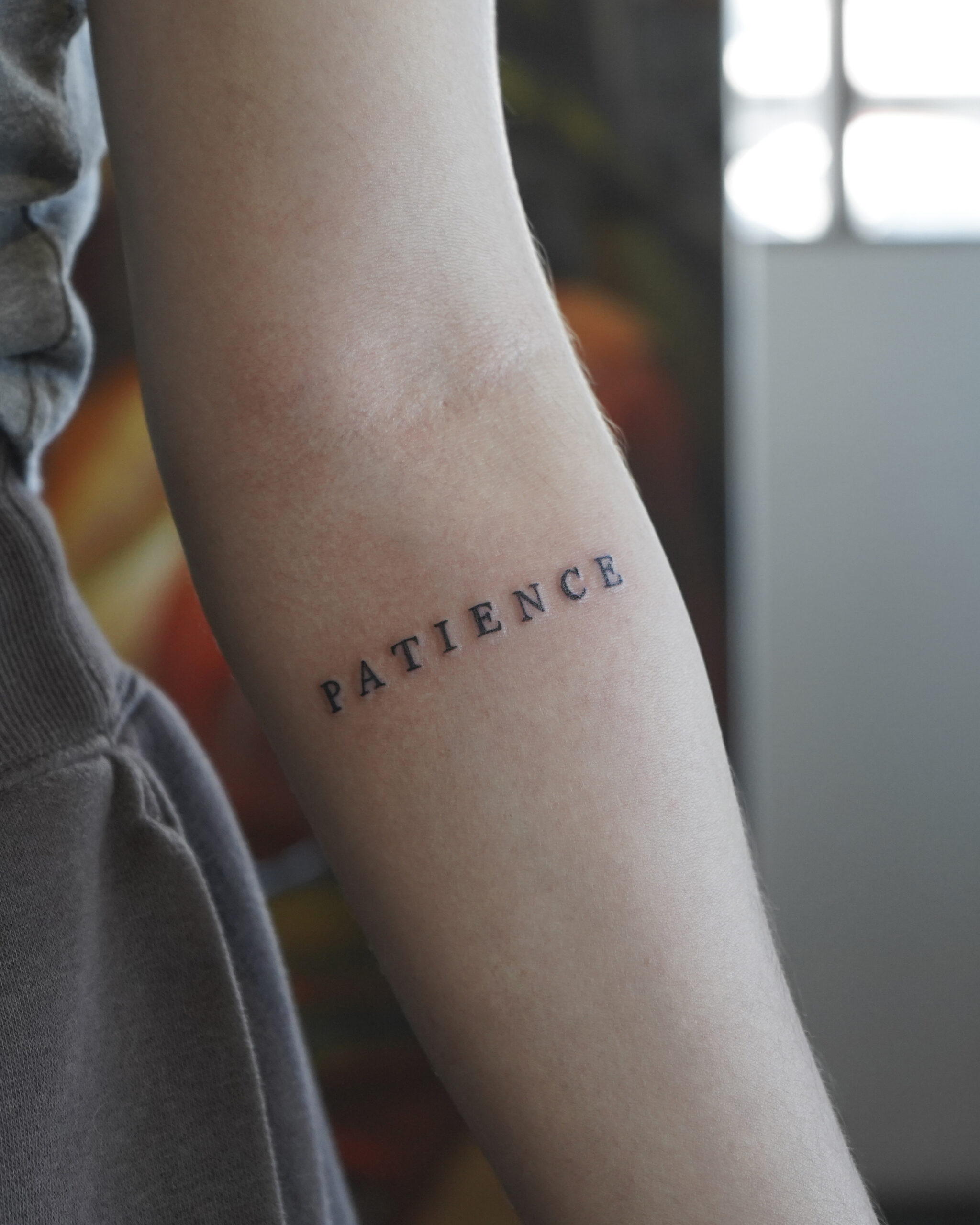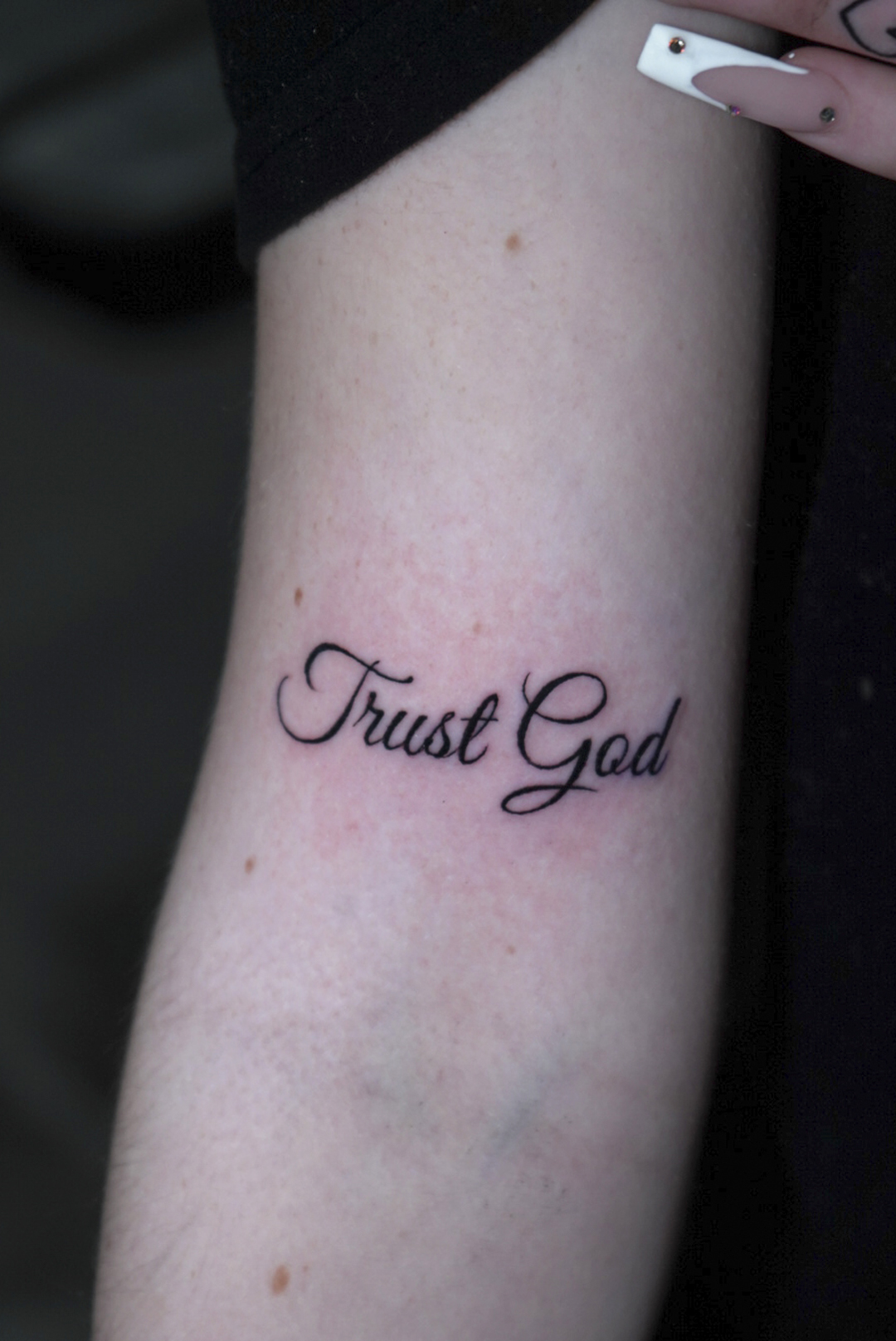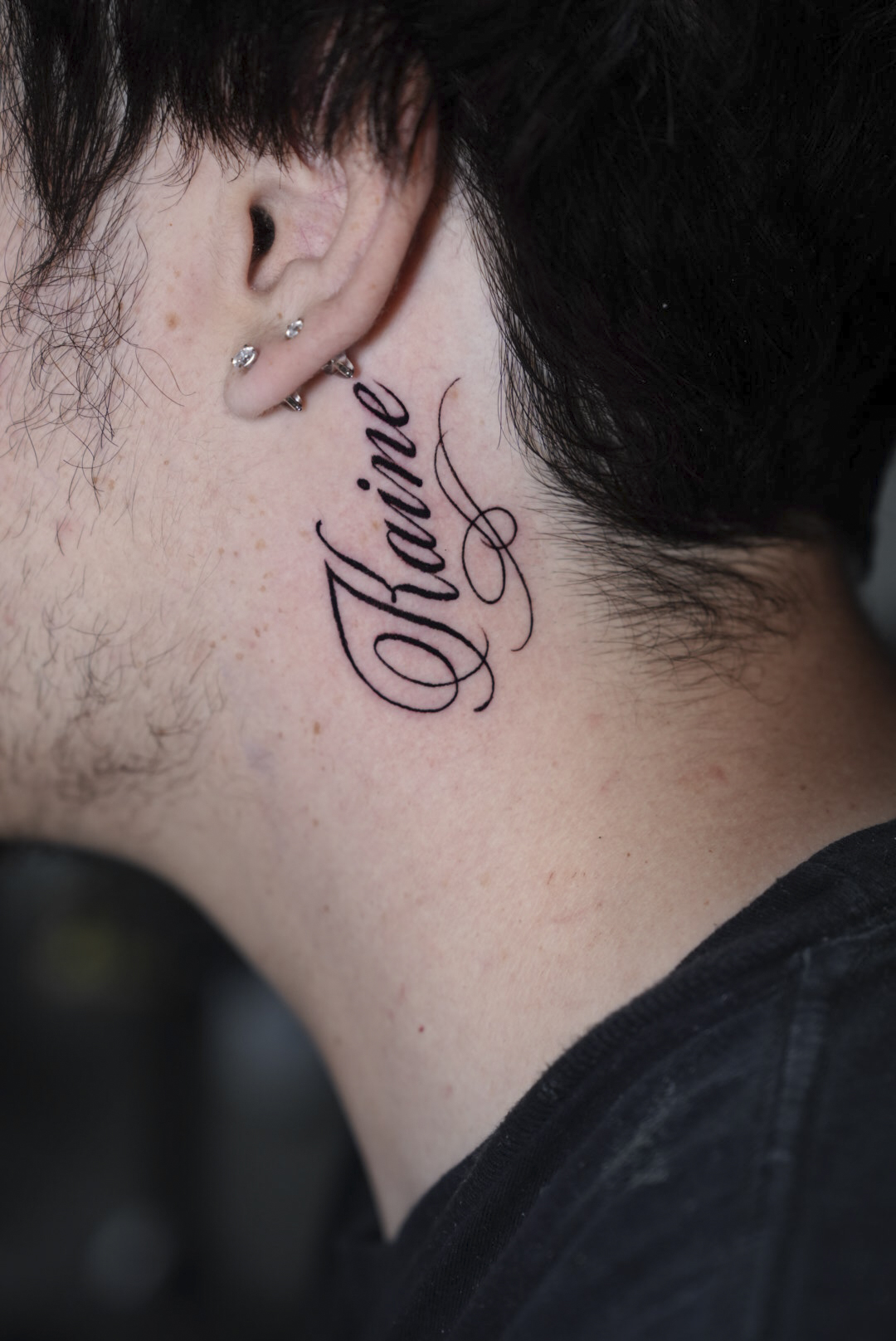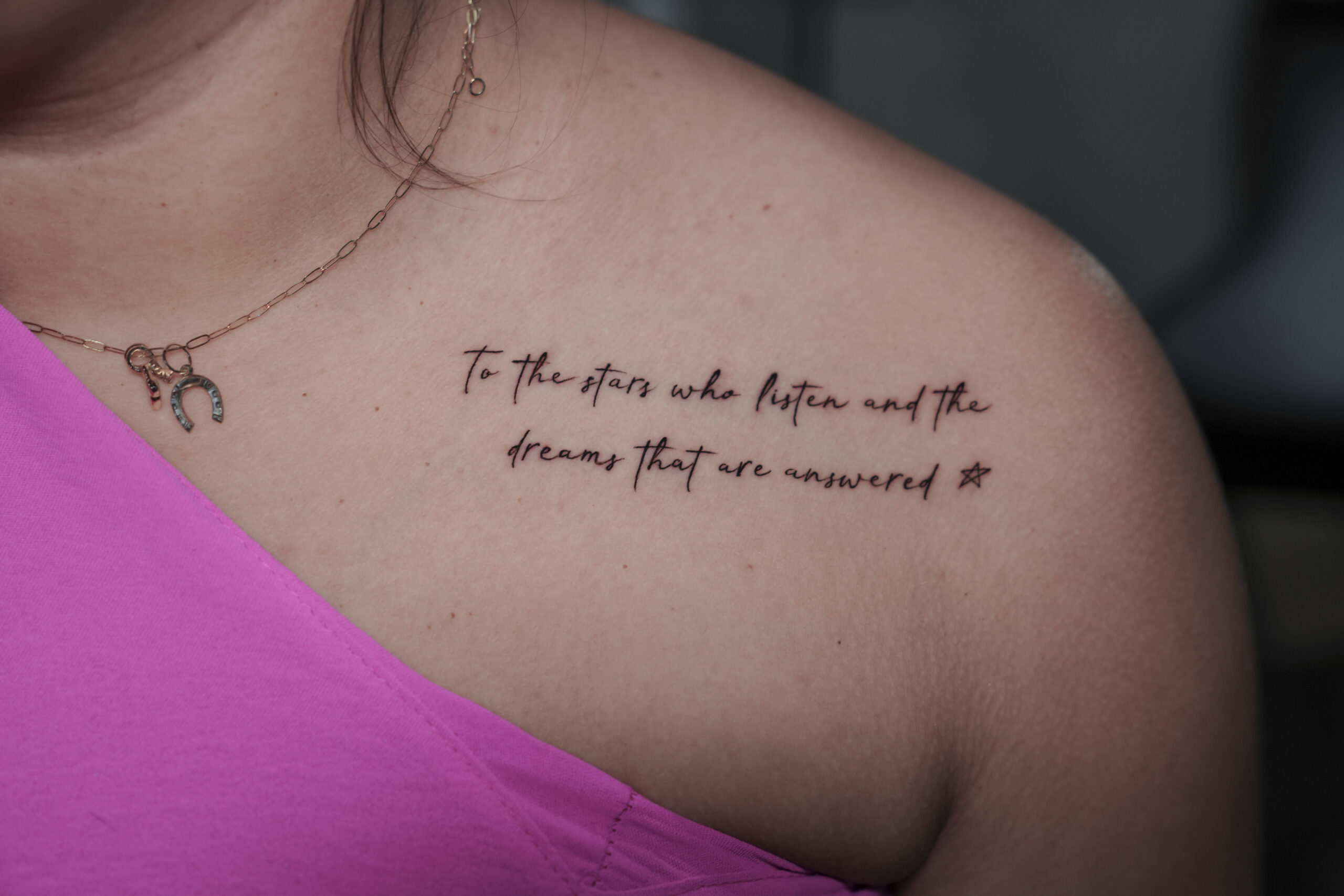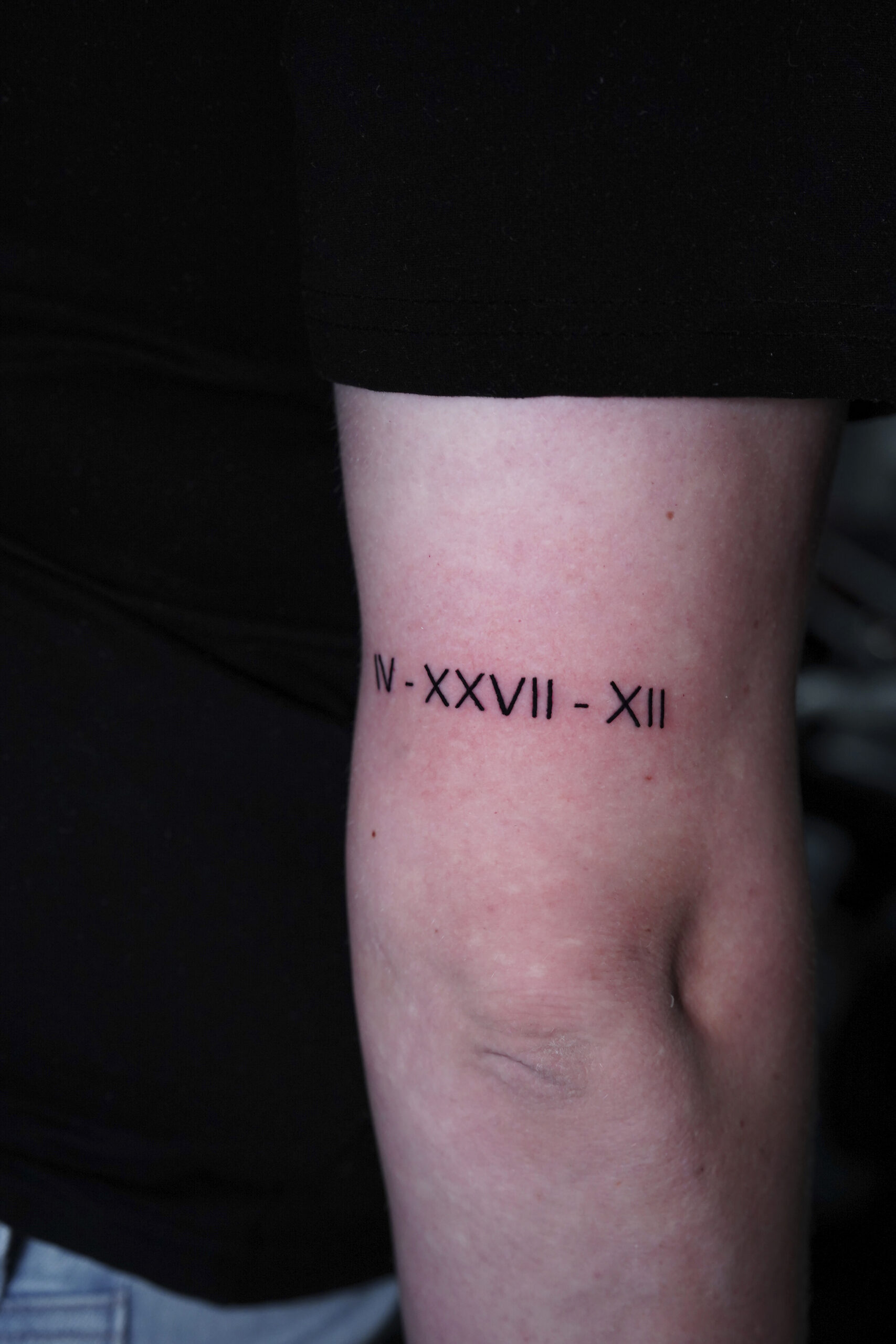TDuring the tattoo process, the needle punctures your skin 50 to 3,000 times per minute, creating an open wound that needs time to heal properly. The complete tattoo healing process typically spans 4-6 weeks for surface healing, though deeper skin layers continue to recover for 3-6 months.
Understanding each healing stage helps you get the best results from your new tattoo. Since your body treats a fresh tattoo as a wound, it activates its natural immune response and healing mechanisms to repair the skin. This process happens in distinct phases, each with specific characteristics and care requirements.
Proper aftercare significantly impacts how your tattoo heals and its final appearance. Following the right procedures helps prevent complications like infections, color fading, and scarring.
At Hyper Inkers, we provide this comprehensive guide to help you recognize what’s normal during healing and when you might need professional attention. Let’s examine each stage of the tattoo healing process so you can properly care for your new body art.
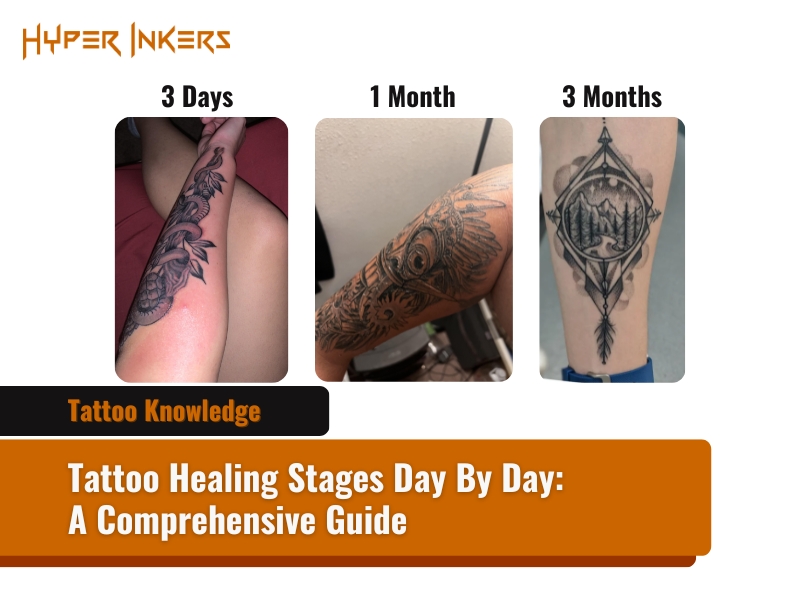
Stage 1: Inflammation and Oozing (First Few Days – Approx. Day 3)
During the initial 1-3 days post-tattoo, your body initiates its natural inflammatory response to the skin trauma caused by the tattooing process. This first healing stage is characterized by several normal symptoms:
Your fresh tattoo will likely appear bright red and inflamed. The area may feel warm, tender to the touch, and possibly exhibit slight swelling. These are all standard indicators of your body’s healing mechanisms at work, as increased blood flow is directed to the site.
In this phase, your tattoo will “weep,” releasing a mixture of blood, plasma (a clear or yellowish fluid, also known as serous fluid or exudate), and residual ink. This fluid mixture will dry on the surface, forming a thin protective layer that eventually develops into light scabs or crusts.
These symptoms should gradually subside with each passing day. If redness, swelling, or discomfort persist or worsen beyond a week, or if you notice any signs of infection, it is important to consult your tattoo artist or a medical professional.
To safely manage this initial swelling and inflammation, see our guide on can you ice a new tattoo for the proper method and crucial precautions.
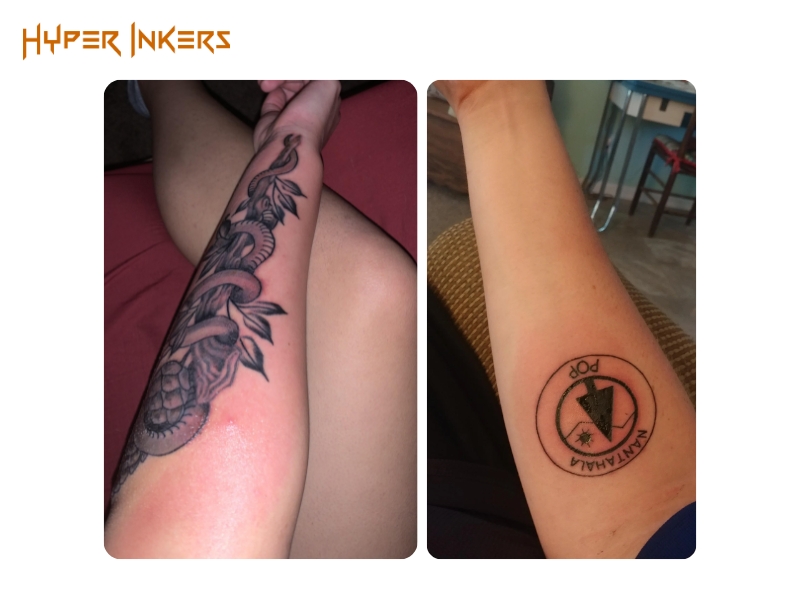
Stage 2: Itching and Peeling (Approx. Day 4 – Week 2/3)
Transitioning from approximately day 4 and typically lasting through weeks 2-3, your tattoo enters the second healing phase. This stage is often compared to the healing process of a mild sunburn:
Itching is a common and expected sensation during this period, indicating that new skin cells are regenerating. You’ll observe the outermost layer of tattooed skin (the epidermis) beginning to flake and peel. Light scabbing may also be present. It’s crucial to understand that it’s not the tattoo ink itself that is peeling, but rather the damaged superficial layer of skin shedding – a natural process known as desquamation or sloughing.
This desquamation is a positive sign that your tattoo is healing as expected. The flakes of skin will appear dry, and may look somewhat crusty, before naturally detaching.

Stage 3: Settling and Visible Recovery (Approx. Weeks 2/3 – Month 1)
Beginning around weeks 2-3 and extending towards the one-month milestone, your tattoo enters the visible recovery stage, where surface healing becomes apparent:
The peeling and itching experienced in the previous stage should now significantly subside or cease entirely. While the surface of your tattoo may appear healed, it might initially look somewhat dull, faded, or darker than anticipated. This is due to a newly formed, thin layer of regenerated epidermis covering the ink. As this new skin continues to mature and become more transparent over the coming weeks, typically around the one-month mark, your tattoo will begin to reveal its true vibrancy and color saturation.
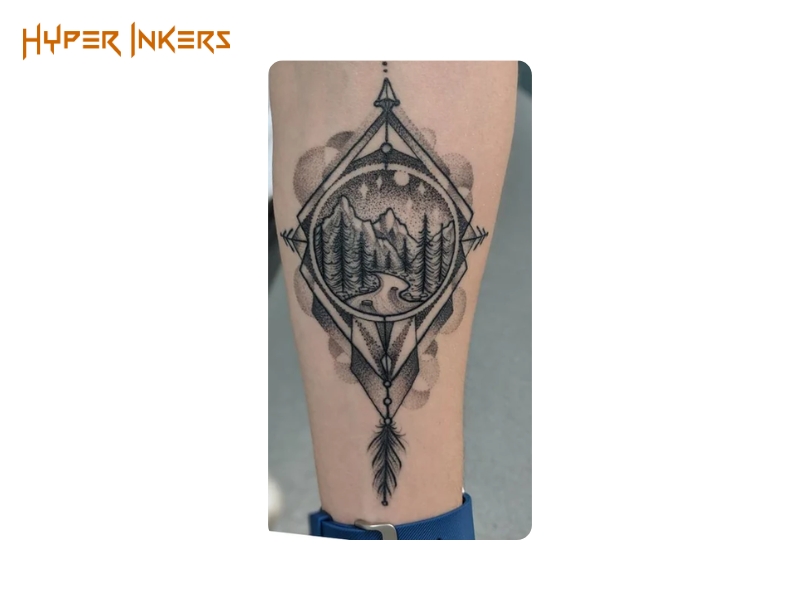
Stage 4: Invisible Recovery / Skin Remodeling (Month 1 – Month 3/6)
Commencing from approximately the one-month mark and potentially extending up to 3-6 months, your tattoo enters its final maturation phase of healing:
Although your tattoo may appear fully healed on the surface, the deeper dermal layer (dermis) is still actively undergoing cellular regeneration and collagen remodeling. This intricate process strengthens the tattooed skin from within and is crucial for the ink to fully settle and for your tattoo to achieve its ultimate vibrancy and optimal appearance. While this deeper healing isn’t externally visible, it is essential for the long-term integrity and quality of your tattoo as the skin completes its full recovery and structural reinforcement.
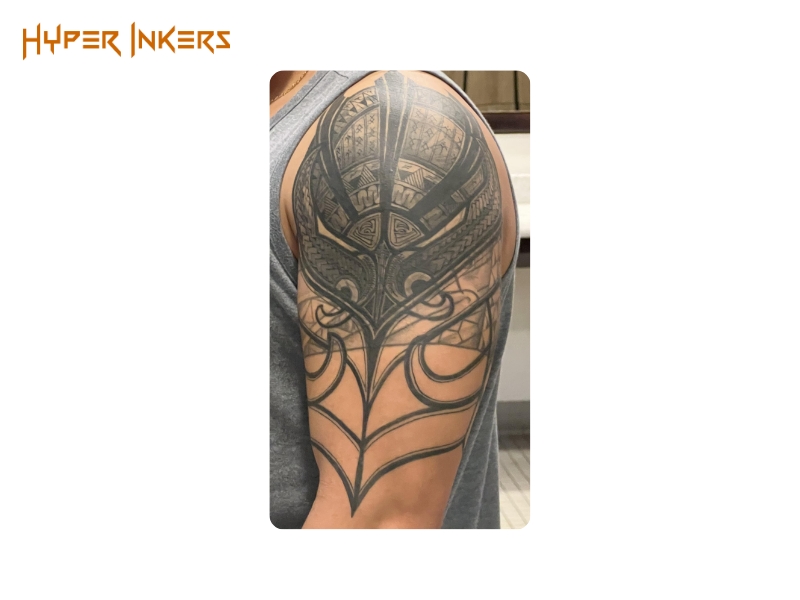
How Long Does a Tattoo Really Take to Heal?
While the epidermis (the outermost layer of your skin where the tattoo resides) will typically appear superficially healed within an average of 2 to 4 weeks, the comprehensive healing process, encompassing the intricate remodeling of the deeper dermal layer (dermis), can span from 3 to 6 months. It is during this more extensive timeframe that the ink truly settles and the skin regains its full structural integrity.
It’s crucial to understand that healing timelines are highly individual and can vary significantly from person to person and tattoo to tattoo. Several key factors influence the rate and efficacy of this process:
- Tattoo Location/Placement: Tattoos situated near joints or in areas of high mobility/flexion (e.g., hands, wrists, elbows, knees, ankles) generally require a longer healing period due to constant movement and stretching of the skin.
- Tattoo Size and Complexity: Larger tattoos, or those featuring intricate linework and extensive color packing/saturation, inherently involve a greater extent of skin trauma. Consequently, they necessitate more healing time. Certain ink colors or dense applications may also require more intensive needlework, potentially leading to a longer recovery.
- Individual Physiological Factors & Overall Health: Your body’s intrinsic healing capacity plays a paramount role. Younger individuals and those in robust health typically heal faster than individuals with compromised immune function or pre-existing medical conditions. Factors such as adequate hydration, a nutrient-rich diet, and overall skin health also significantly contribute to the healing outcome.
- Adherence to Aftercare Protocols: Diligently following the prescribed aftercare instructions directly impacts both the healing duration and the final quality of the tattoo.
- Presence of Complications: Any adverse reactions, such as infections or allergic responses to ink or aftercare products, can substantially prolong the recovery period and may require medical attention.
Essential Aftercare Tips for Optimal Tattoo Healing
Following new tattoo care instructions is the cornerstone of achieving a beautifully healed and vibrant tattoo. Below is a consolidated summary of key actions to implement throughout the various tattoo healing stages:
- Follow Artist Instructions: Your tattoo artist’s specific recommendations take priority, as they may adjust care based on your tattoo’s characteristics.
- Keep it Clean: Wash gently 1-3 times daily using lukewarm water and fragrance-free, hypoallergenic, and possibly mildly antibacterial soap. Use distilled water if your tap water quality is questionable. Always wash your hands before touching your tattoo.
- Keep it Moisturized: Apply a thin layer of recommended ointment (during initial days) or fragrance-free lotion/cream. Avoid over-moisturizing as this can clog pores. Proper moisturizing prevents heavy scabbing and promotes comfortable healing. Some artists recommend coconut oil for its antimicrobial properties.
- Protect from Sun: Avoid direct sun exposure and tanning beds for at least 4-6 weeks. Once healed, always use sunscreen or protective clothing on tattooed areas when in the sun to prevent tattoo fading from UV light.
- Avoid Submerging: Keep your tattoo out of baths, pools, hot tubs, lakes, or oceans until fully healed. Quick showers are acceptable.
- Wear Loose Clothing: Choose loose-fitting, natural fabrics like cotton over your tattooed area to prevent friction and irritation.
- Support Healing from Within: Maintaining good hydration and a balanced diet can support your body’s natural healing processes.
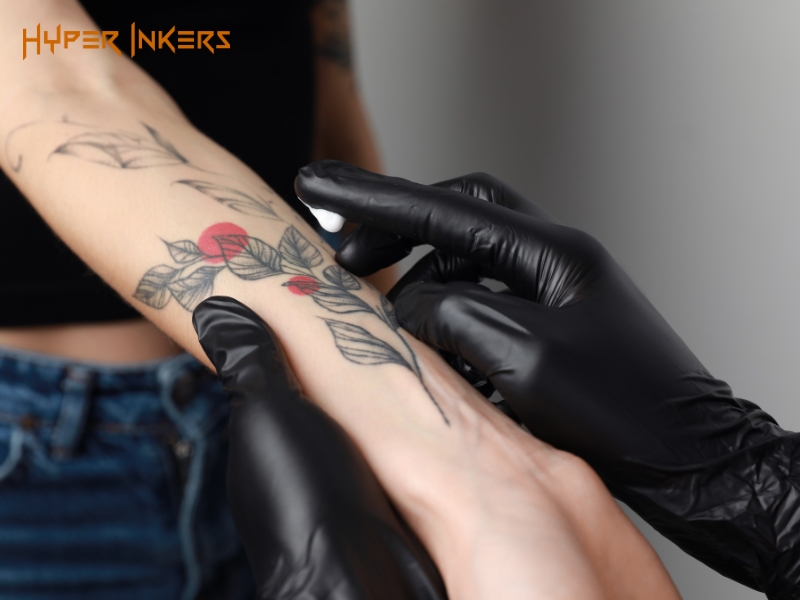
What to Avoid While Your Tattoo is Healing?
Understanding what to avoid after getting a tattoo is as vital as following proper aftercare protocols during the tattoo healing stages. Adhering to these precautions can significantly prevent complications and ensure the optimal outcome for your new tattoo:
- Do NOT Scratch or Pick: This critical rule prevents damage, ink loss, and scarring.
- Avoid Submerging in Water: Standing water harbors bacteria that can cause infections in your healing tattoo.
- Avoid Harsh Products: Stay away from soaps, lotions, or ointments containing fragrances, alcohol, or strong chemicals. Avoid petroleum-based products like Vaseline (unless specifically recommended by your artist) as they prevent air circulation and potentially fade ink.
- Avoid Excessive Sun Exposure: UV rays damage healing skin and cause premature fading.
- Avoid Intense Exercise (initially): Excessive sweating or friction should be avoided, especially in the first week. Clean your tattoo after light exercise.
- Avoid Unnecessary Touching: Only touch when cleaning, and always after washing your hands thoroughly.
Signs Your Tattoo Isn’t Healing Properly
While temporary redness, swelling, oozing, itching, and peeling are normal, persistent or worsening symptoms indicate potential problems:
- Persistent Redness: Redness that doesn’t improve after several days/weeks, darkens, or spreads beyond the tattoo.
- Excessive/Prolonged Swelling: Significant puffiness on or around the tattoo that persists for weeks.
- Abnormal Discharge: Green or yellow fluid (pus) appearing after the first week.
- Prolonged/Excessive Itching or Hives/Rash: Hives or rashes appearing days or weeks after getting tattooed. Severe itching continuing beyond the normal healing phase. Note that allergic reactions can occur months or even years later.
- Painful Nodules: Hard, painful bumps within the tattooed area.
- Spreading Rash: Skin irritation extending beyond the tattoo boundaries.
- Scarring: Properly healing tattoos shouldn’t scar; picking at scabs often causes this issue.
- Fever or Chills: Flu-like symptoms may indicate infection or serious allergic reaction.
If you experience any of these signs, especially if they are persistent, worsening, or if you have multiple concerning symptoms, it’s crucial to contact your tattoo artist and consult a healthcare professional (like a doctor or dermatologist) promptly. Do not try to self-diagnose or treat a suspected infection. Early intervention can prevent more severe complications and help ensure the best possible outcome for your health and your tattoo.
FAQ
How do you tell if a tattoo is healing properly?
The tattoo gradually becomes clearer with no persistent pain, unusual discharge, or spreading redness. A properly healing tattoo progresses through predictable stages: initial redness and mild swelling subsides within days; light peeling occurs without thick scabbing; itching is mild and temporary.
How should a tattoo look after 3 days?
After 3 days, your tattoo should show reduced redness and swelling. It will appear slightly dry with a thin film forming over it. Some clear fluid and ink may still seep out, but significantly less than the first day. The colors will appear bright but may have a shiny, tight feeling.
Is it normal for a tattoo to sting after 3 days?
Mild stinging or tenderness after 3 days is normal. The area should feel less painful than the first two days. However, increased pain, severe burning sensations, or growing discomfort indicates possible infection requiring professional attention.
Can I shower with a 3 day old tattoo?
Yes, you can take quick showers with a 3-day old tattoo. Use lukewarm water, avoid direct water pressure on the tattoo, wash gently with fragrance-free soap, pat dry with a clean paper towel, and apply the recommended moisturizer afterward. Avoid soaking in baths or pools.
By understanding each tattoo healing stage and following proper aftercare, you’ll help ensure your tattoo heals correctly and maintains its quality for years to come. If you notice any concerning symptoms, contact your tattoo artist at Hyper Inkers, one of the best tattoo parlors in San Antonio, or a healthcare professional for guidance. Remember that each body heals differently, so be patient with your unique healing journey.


